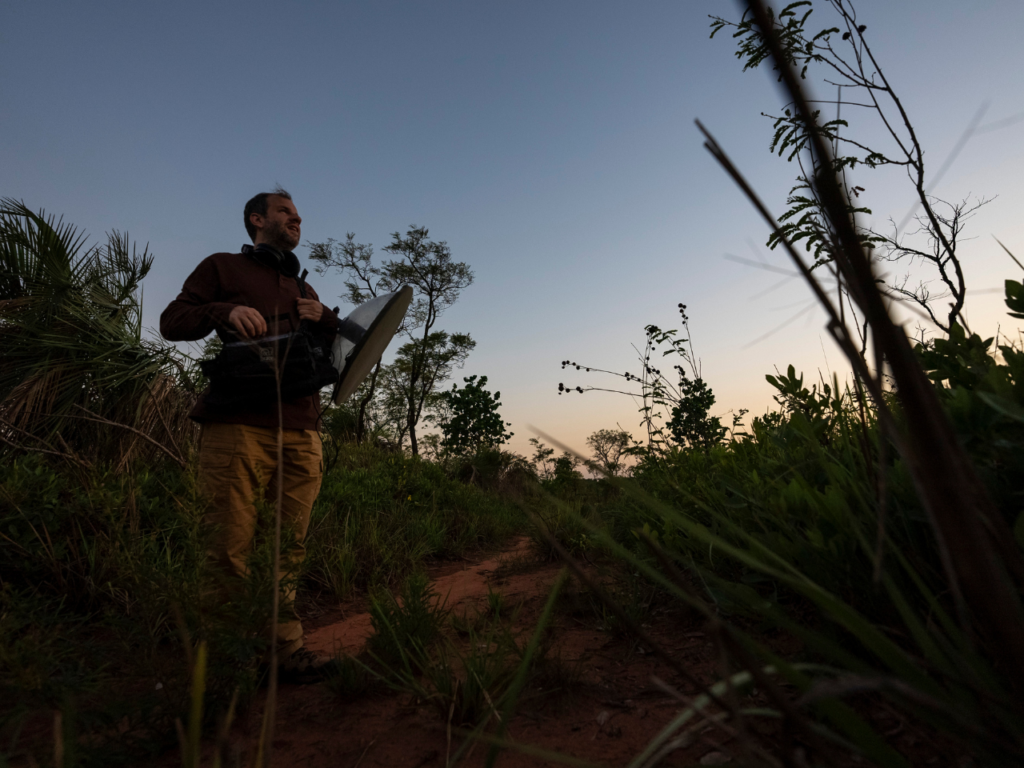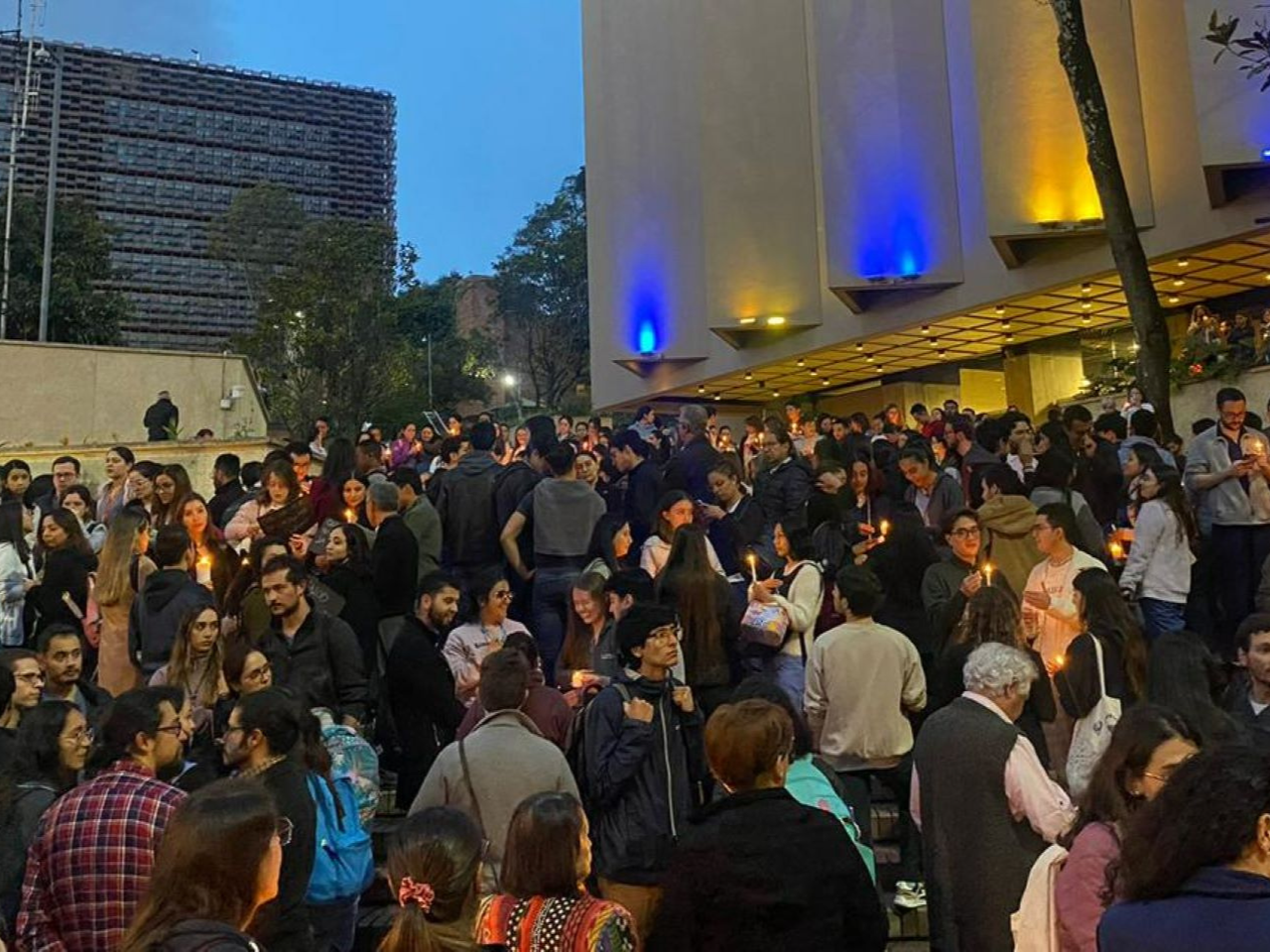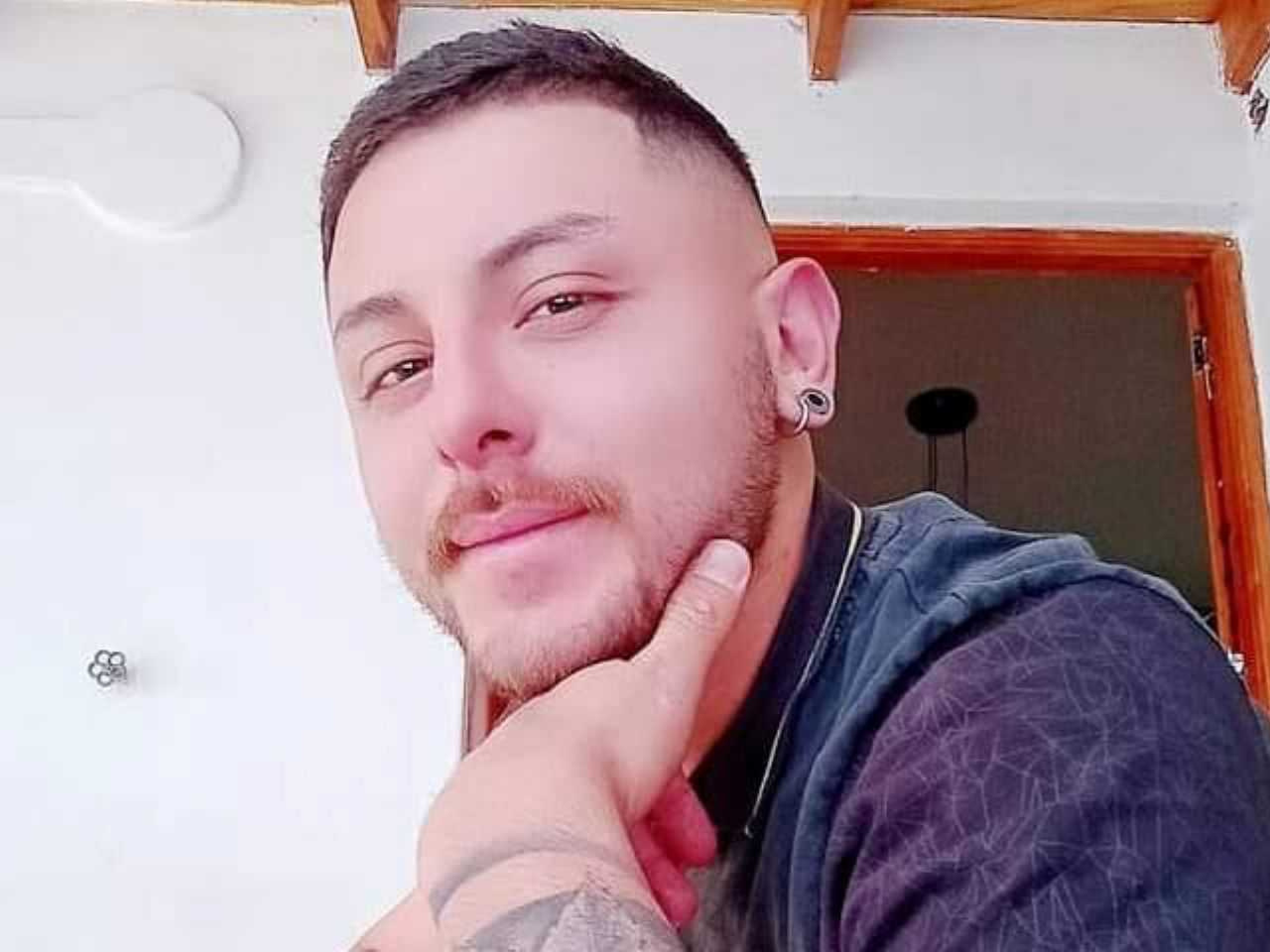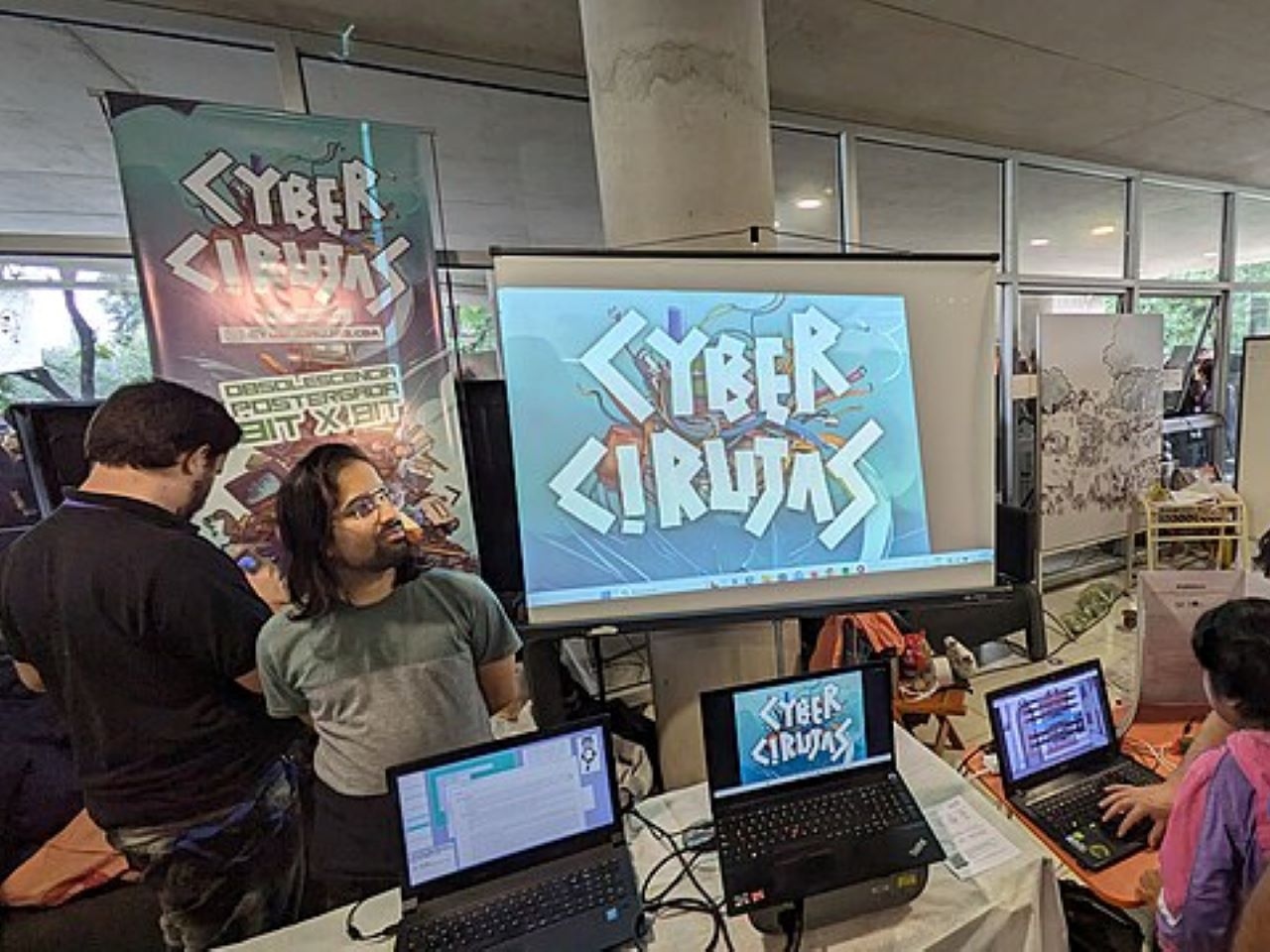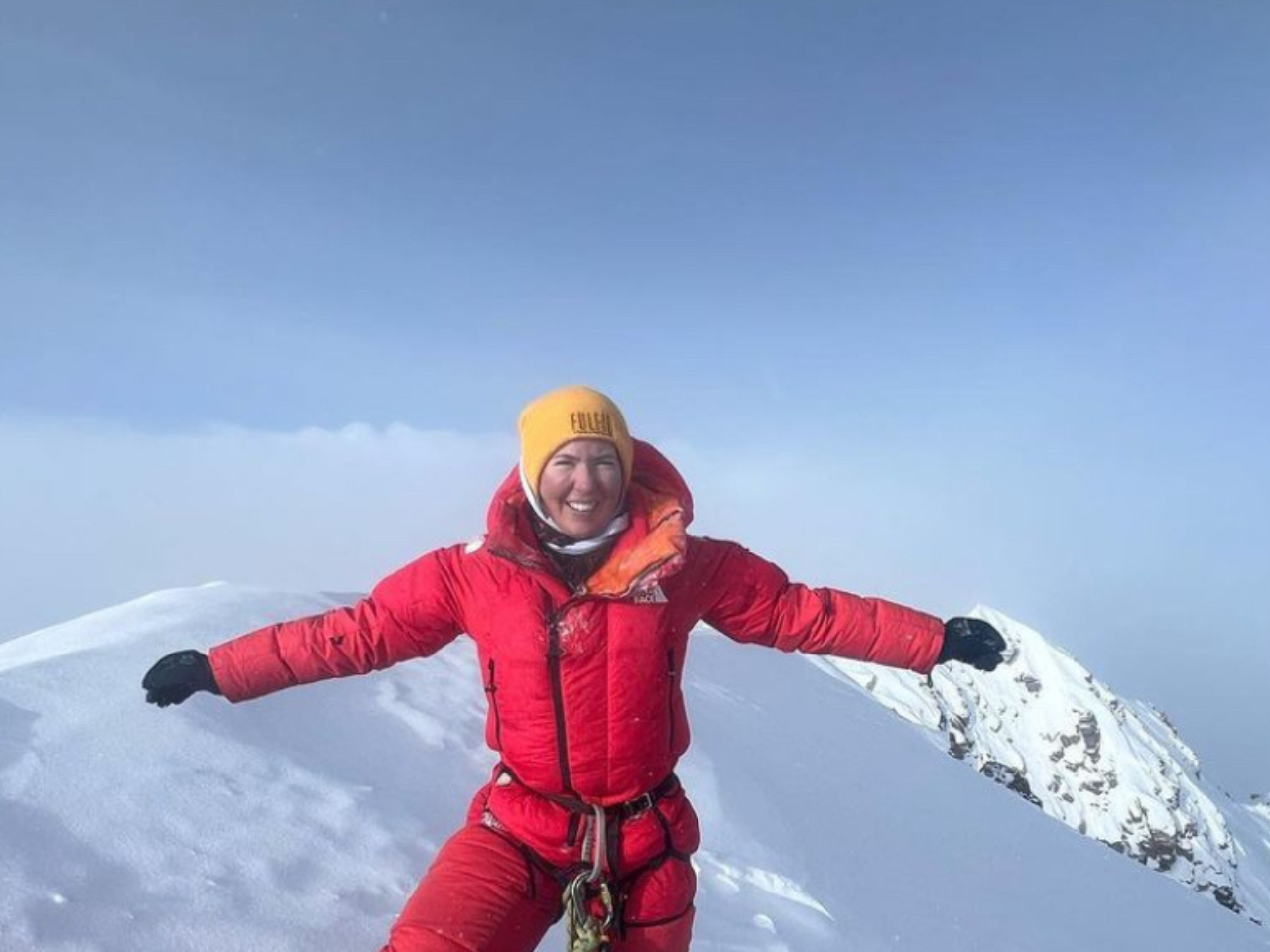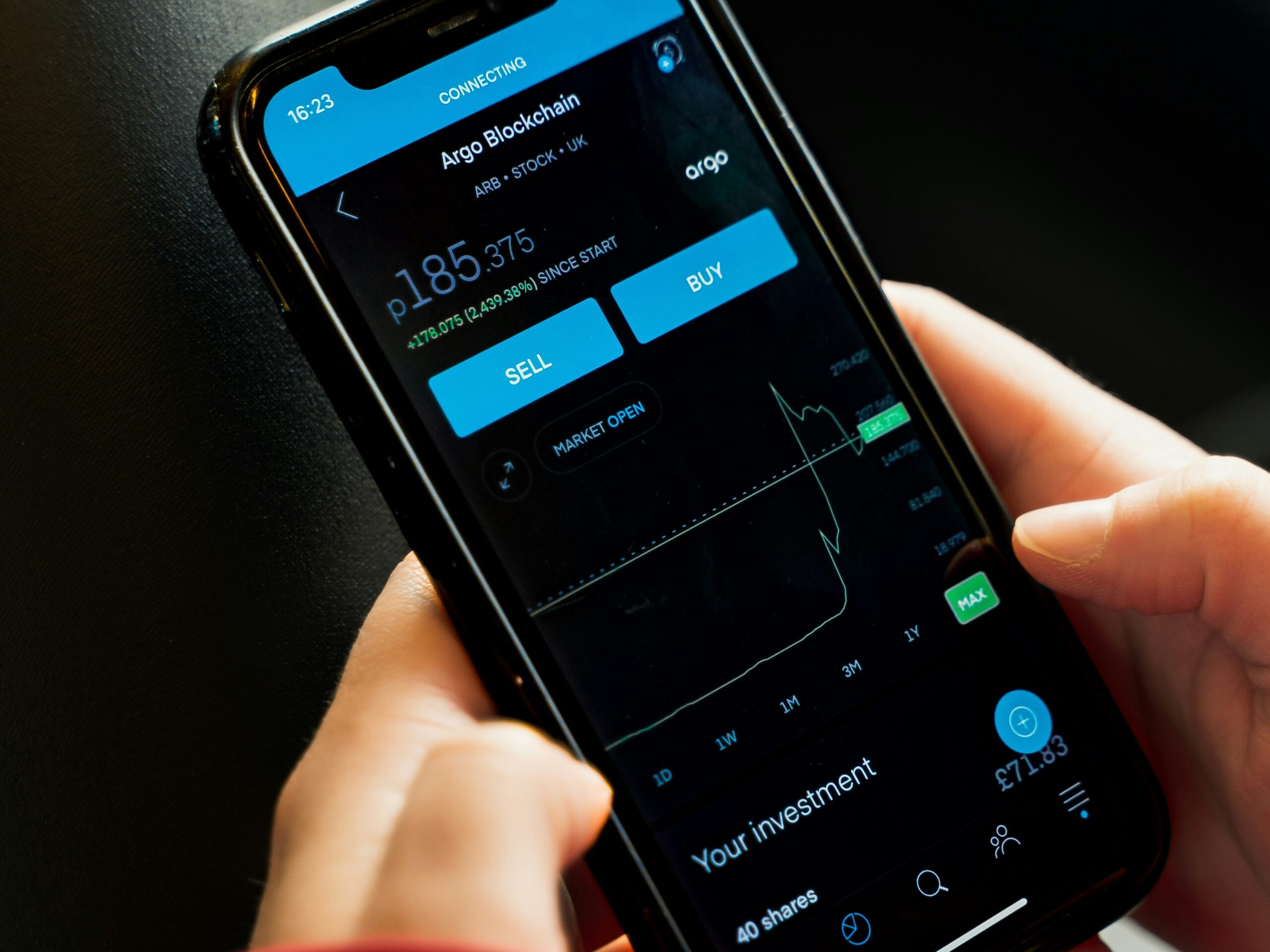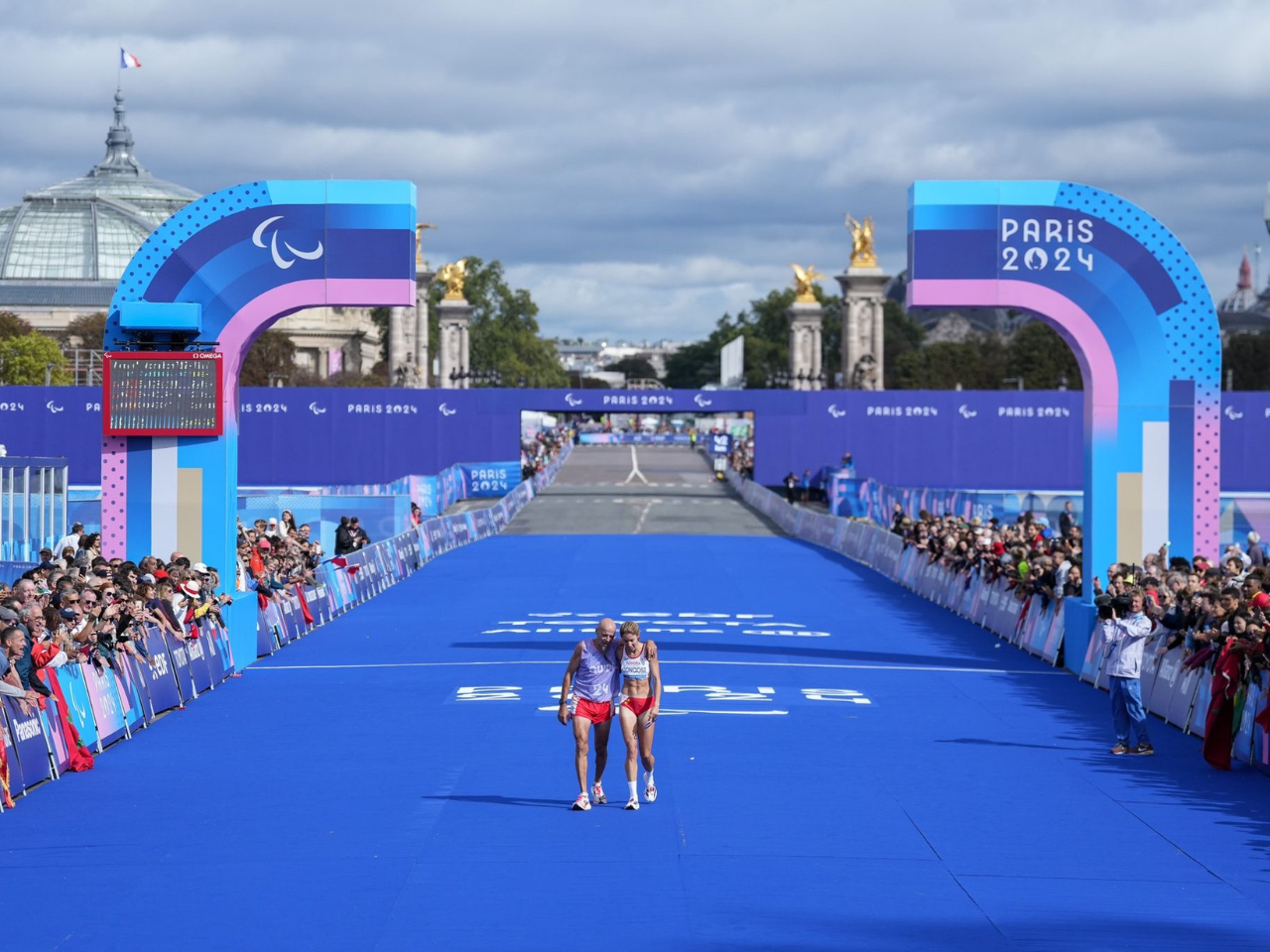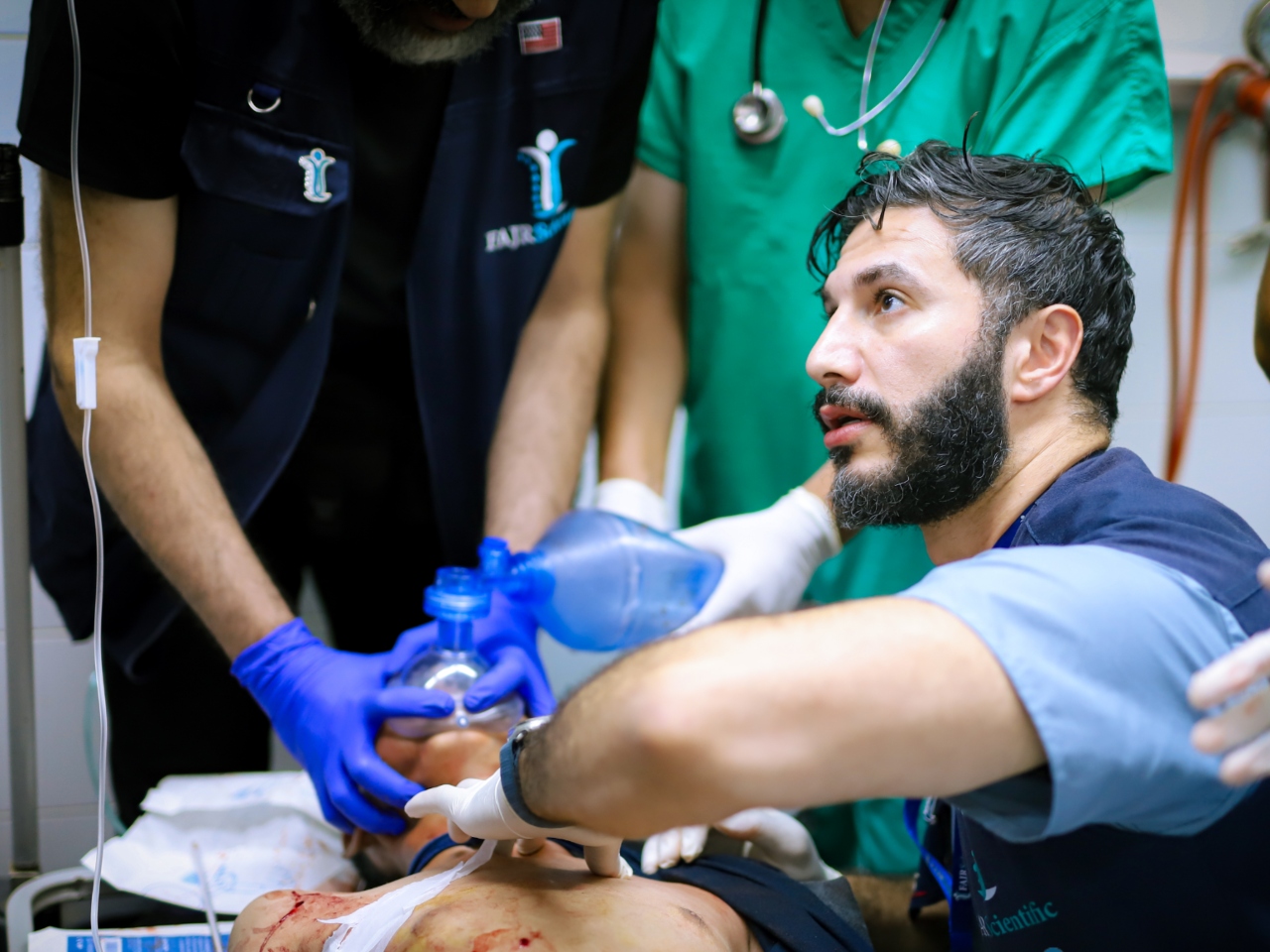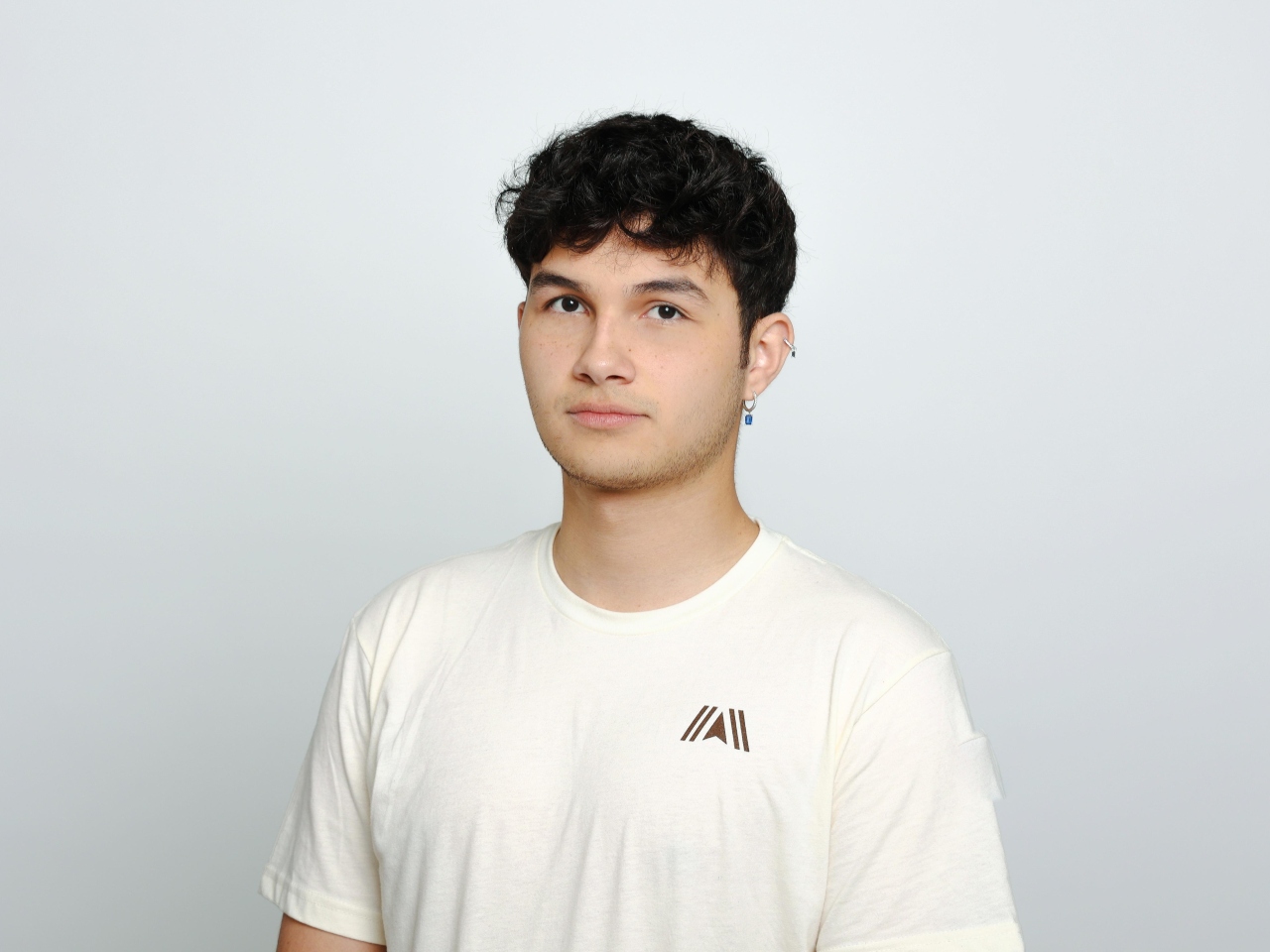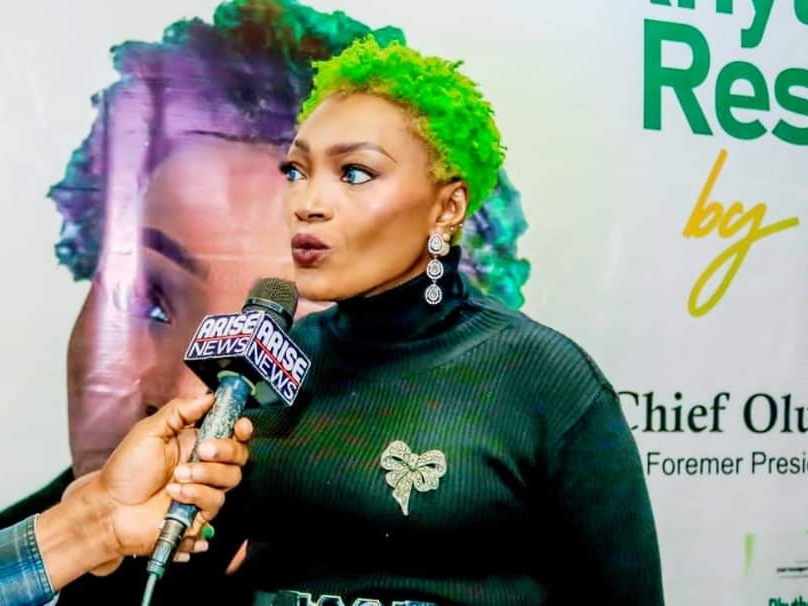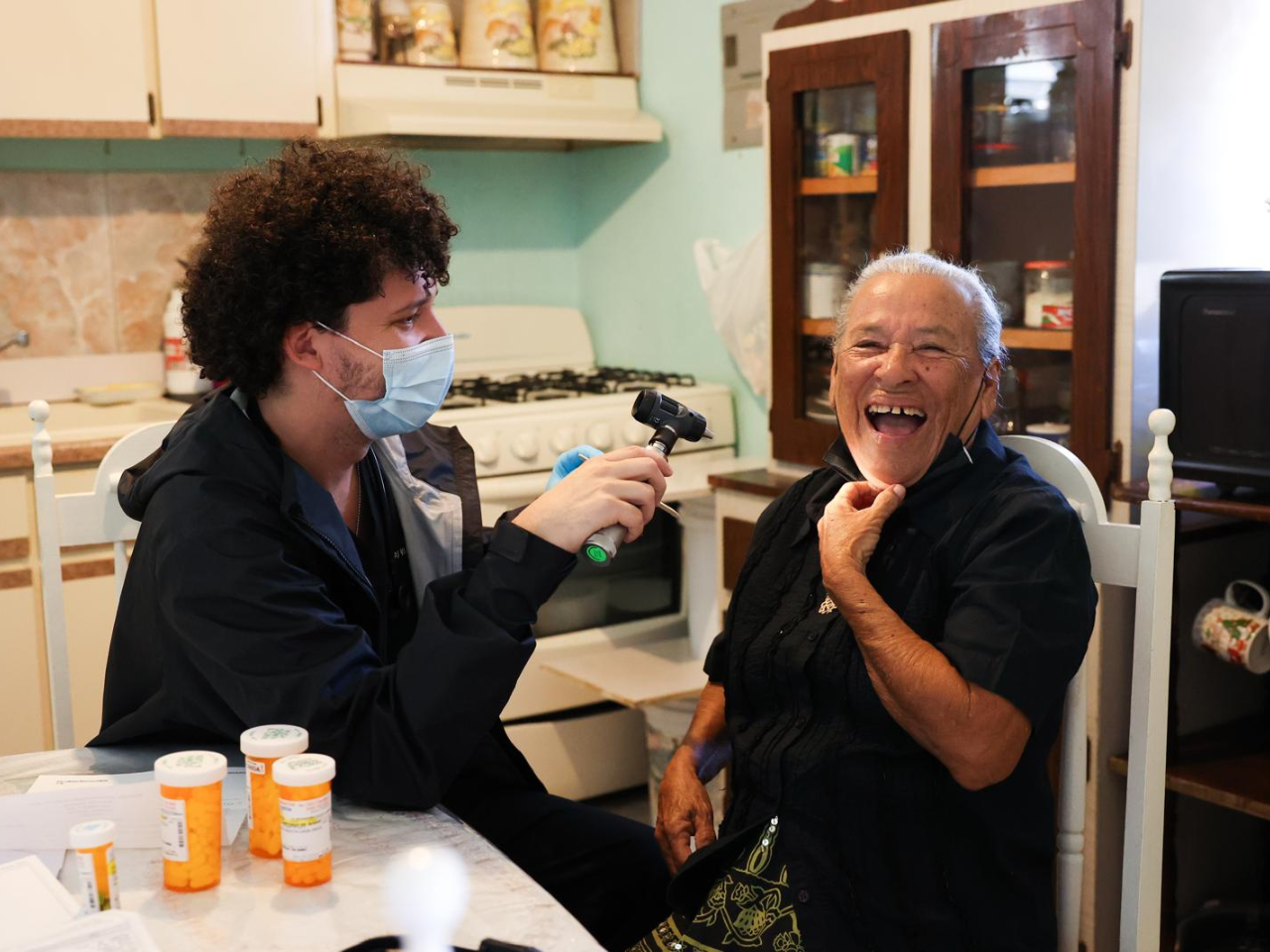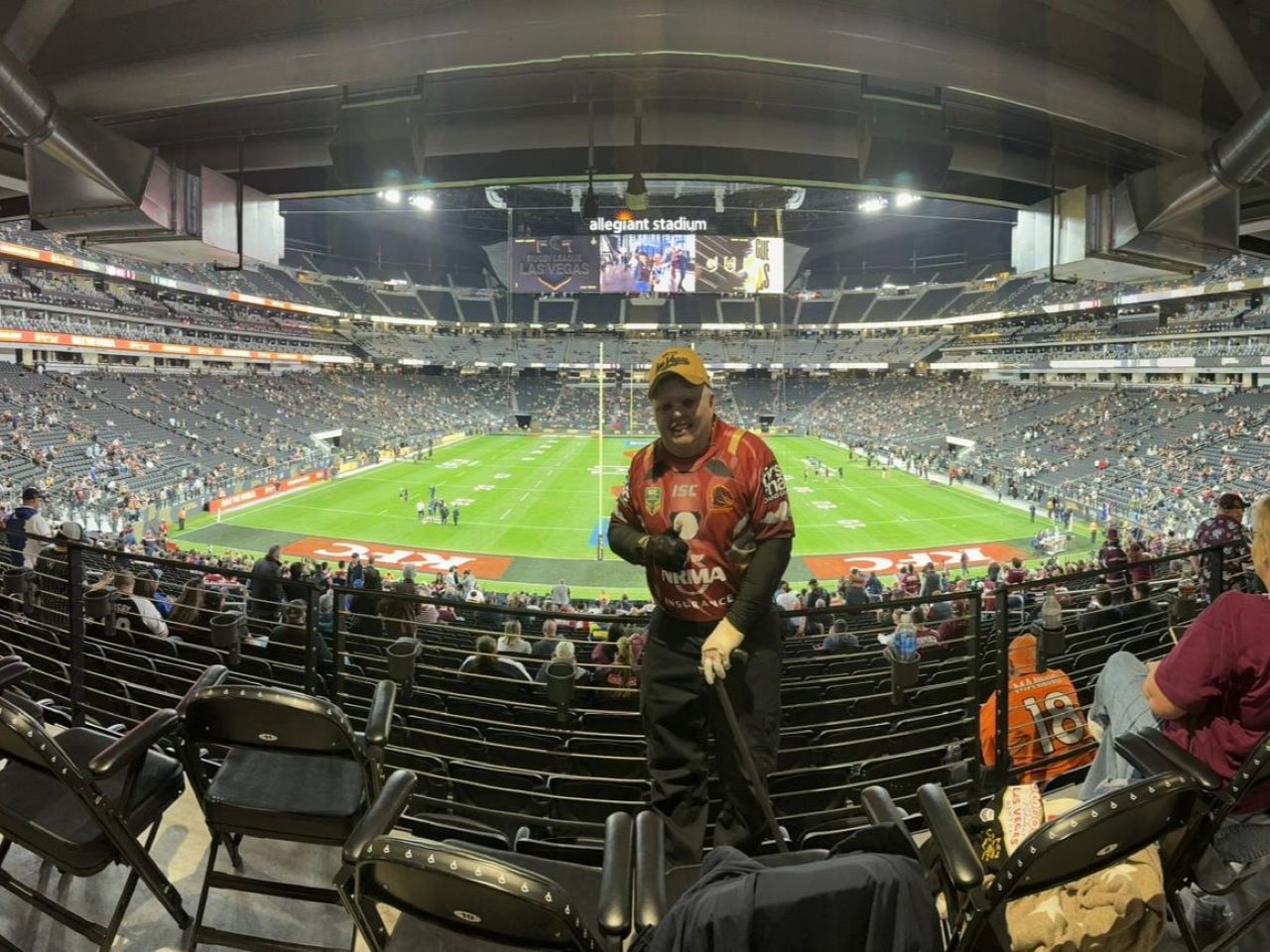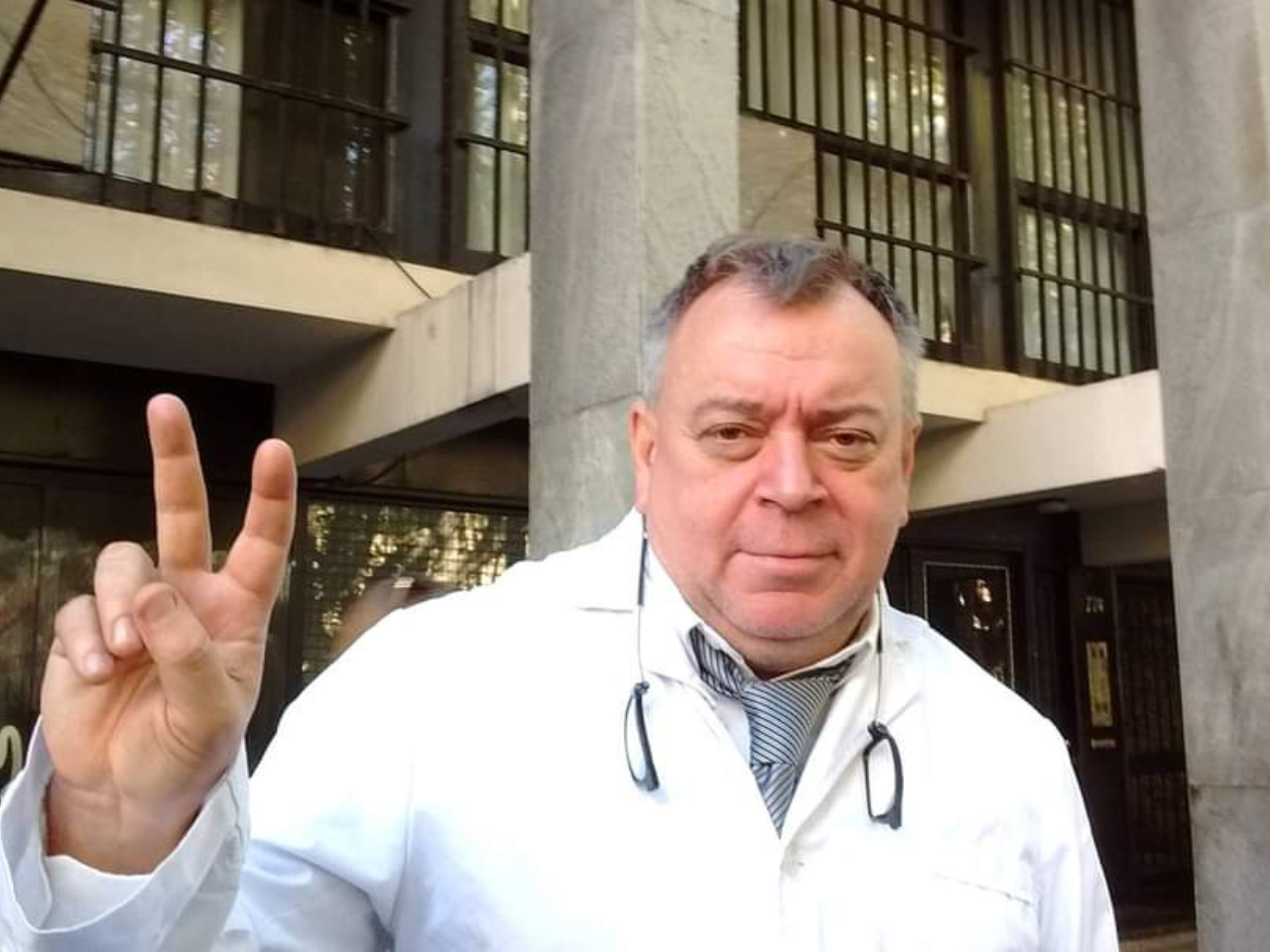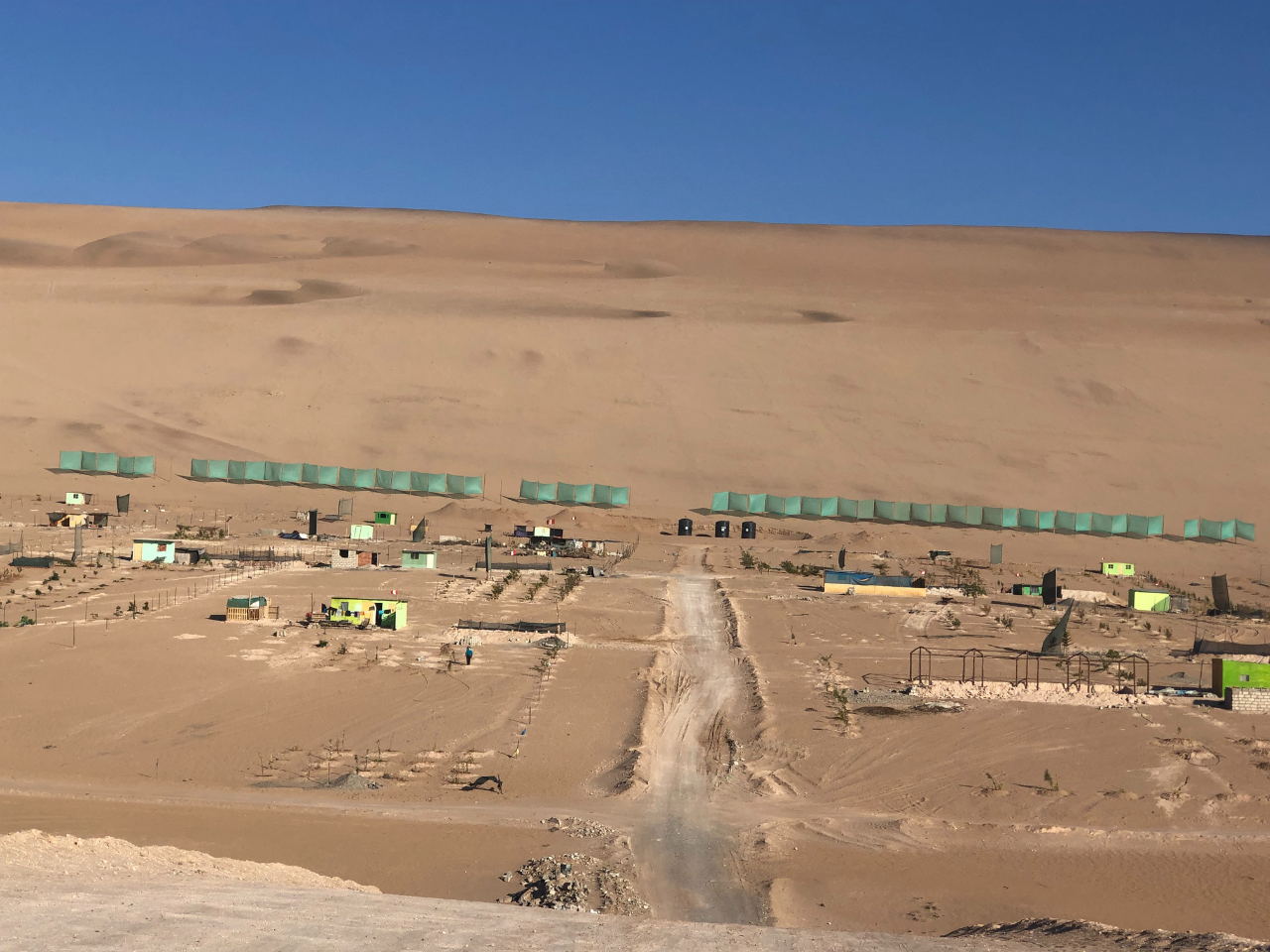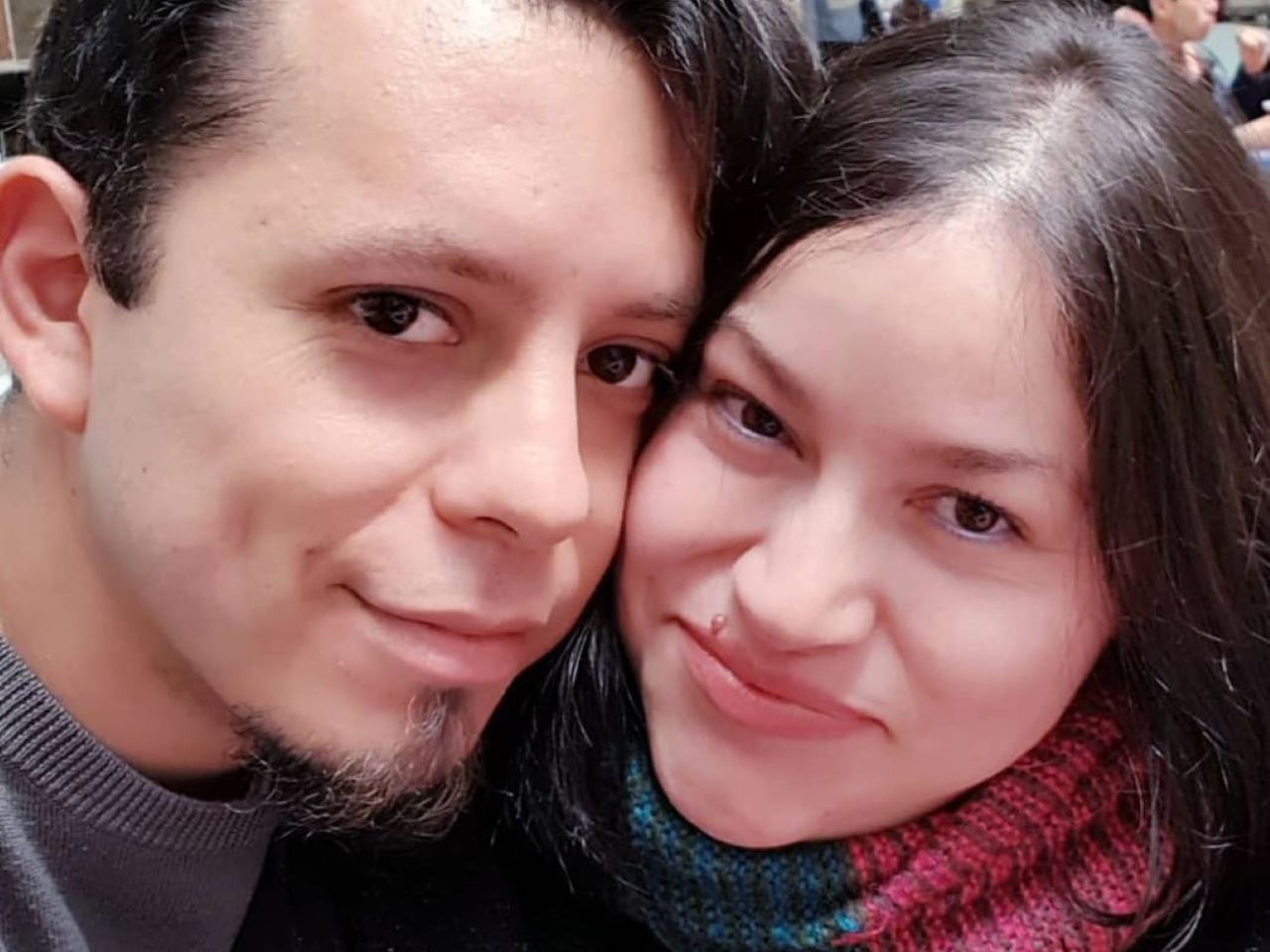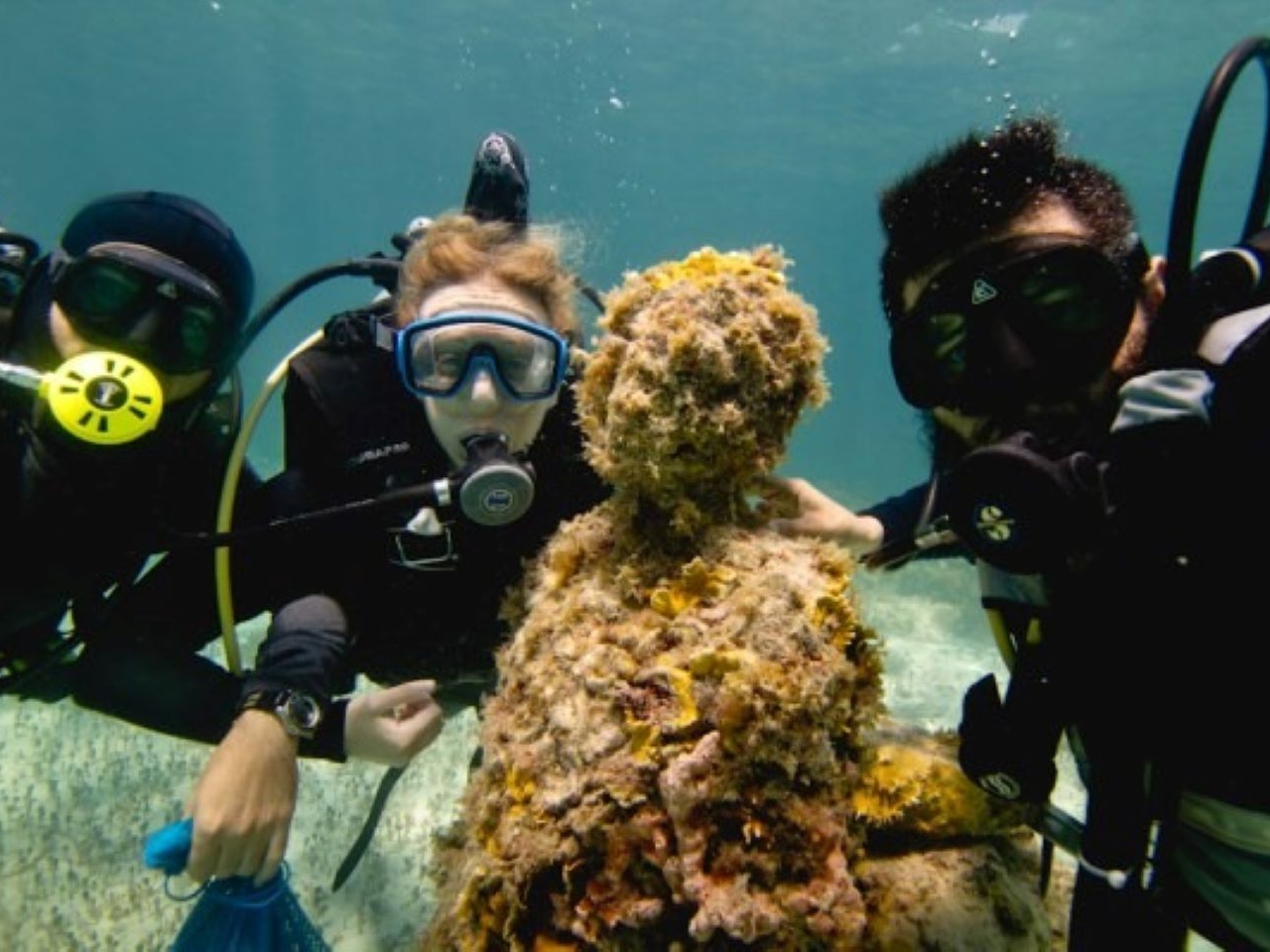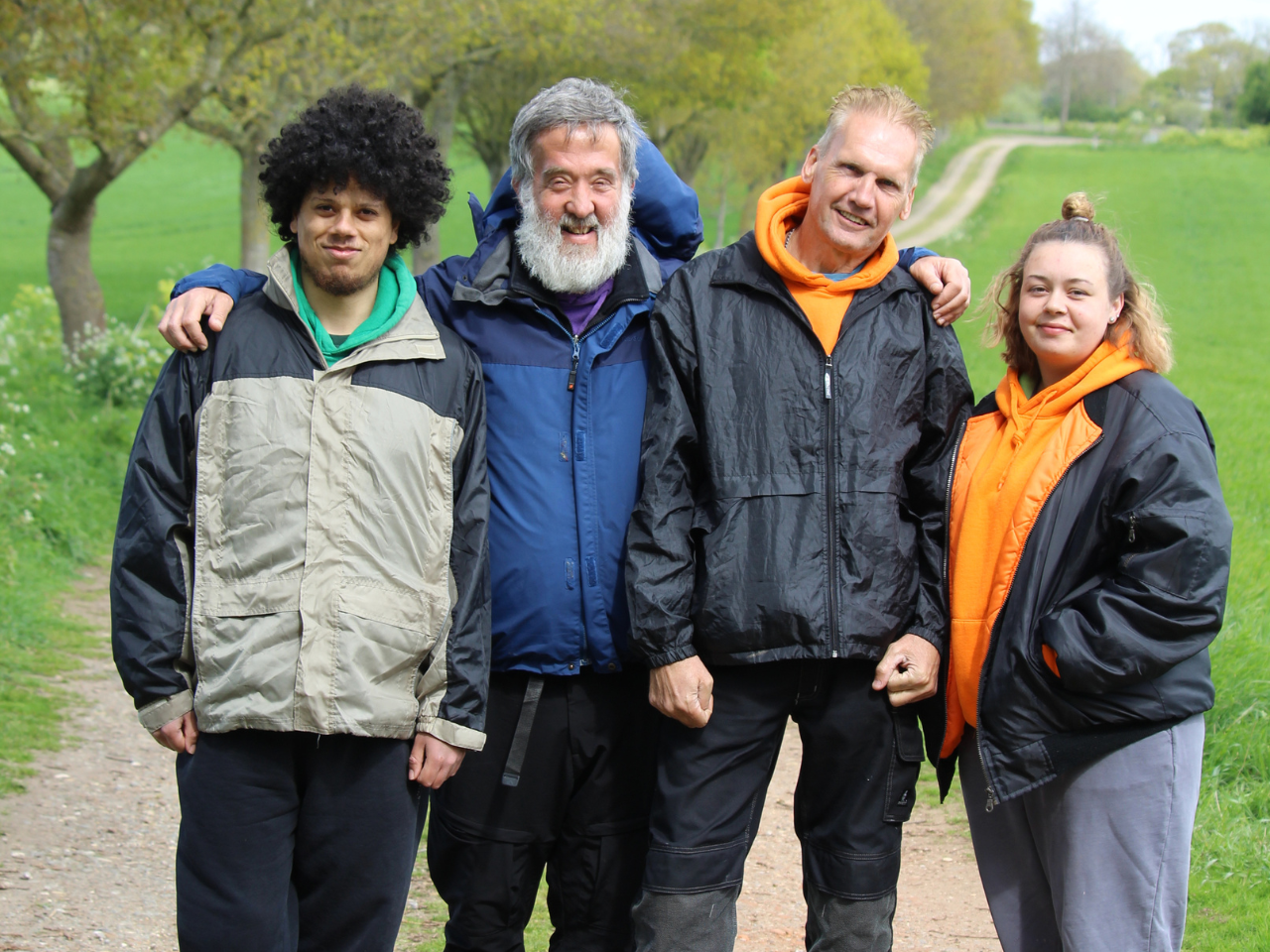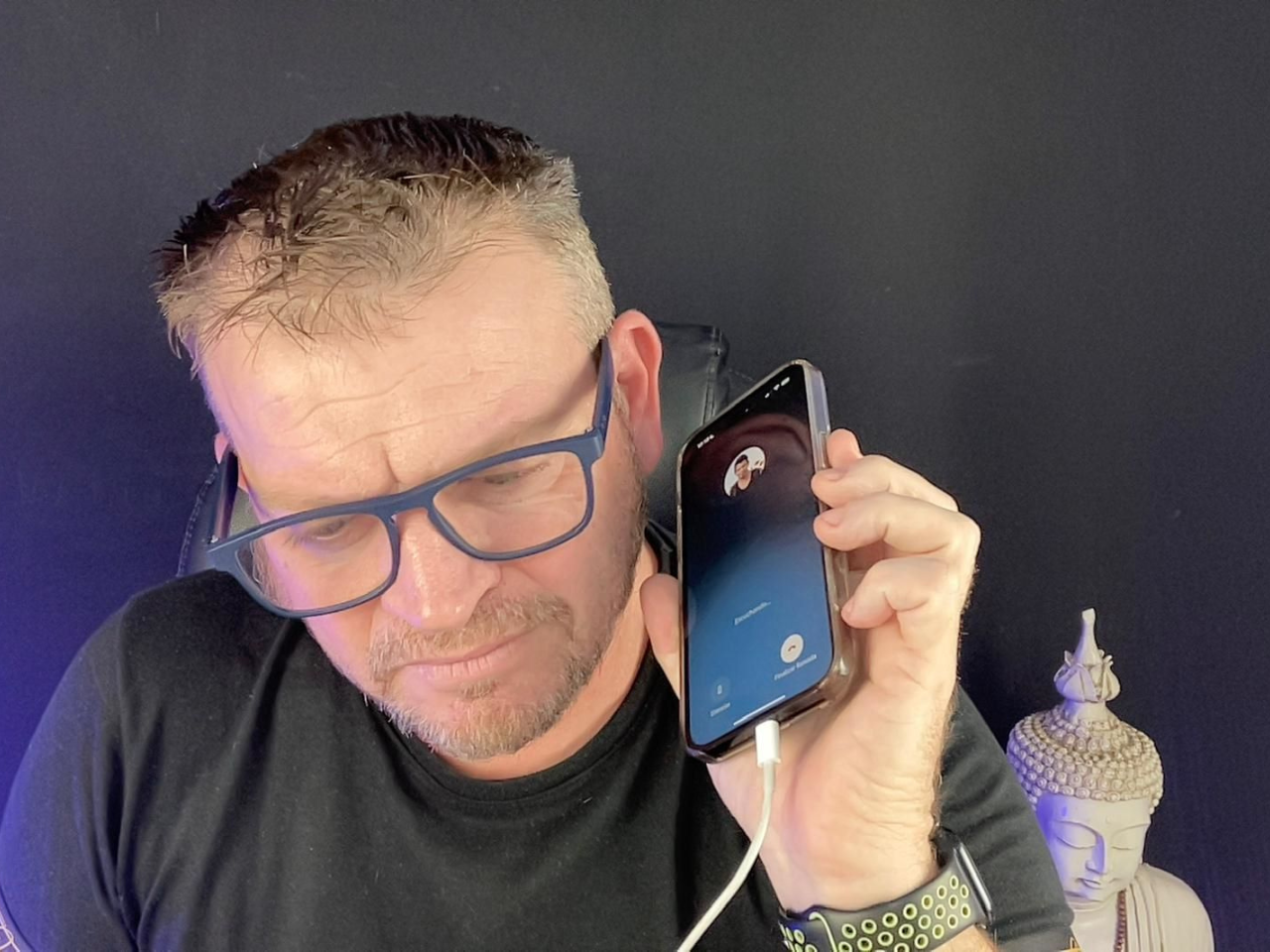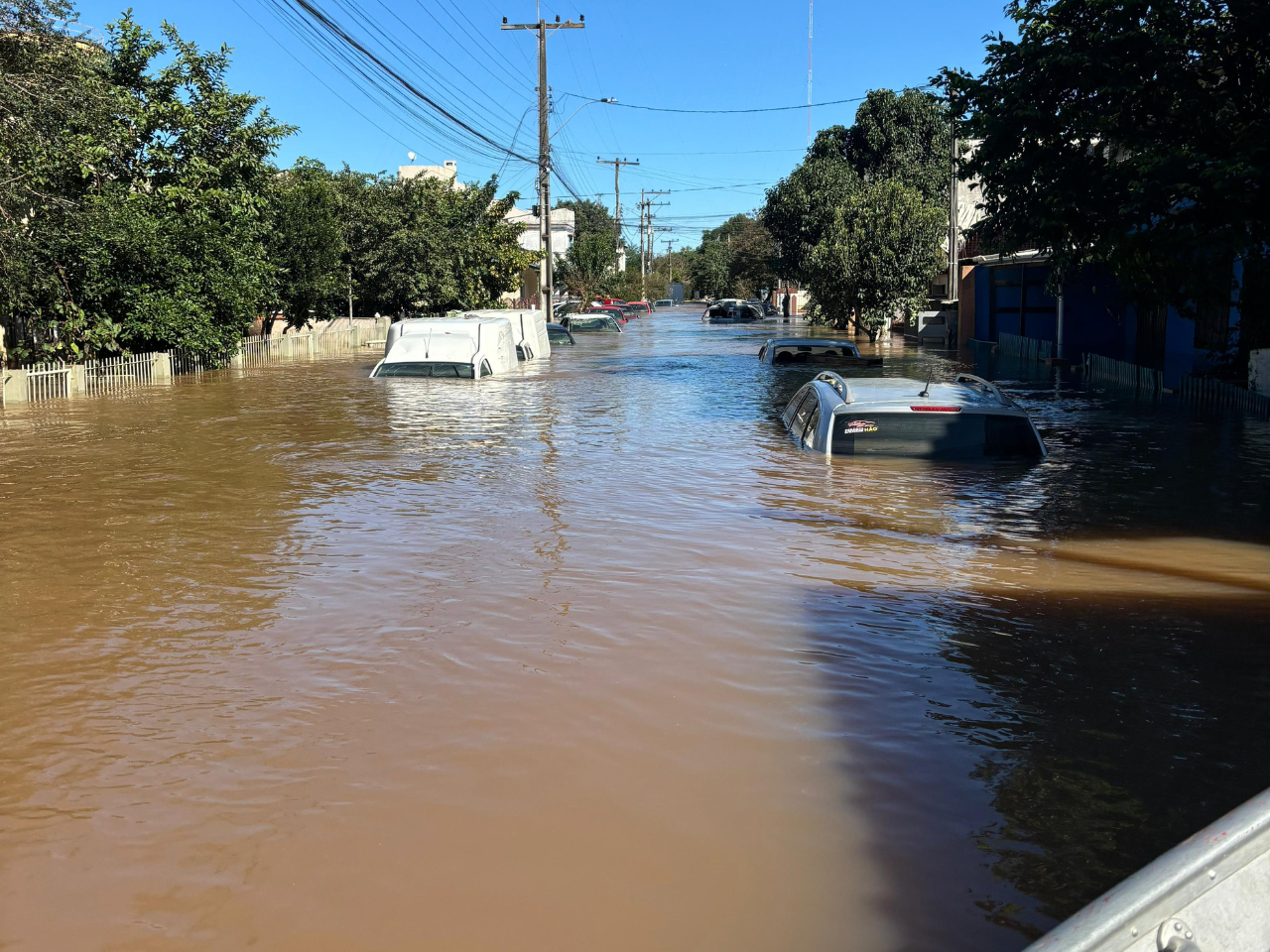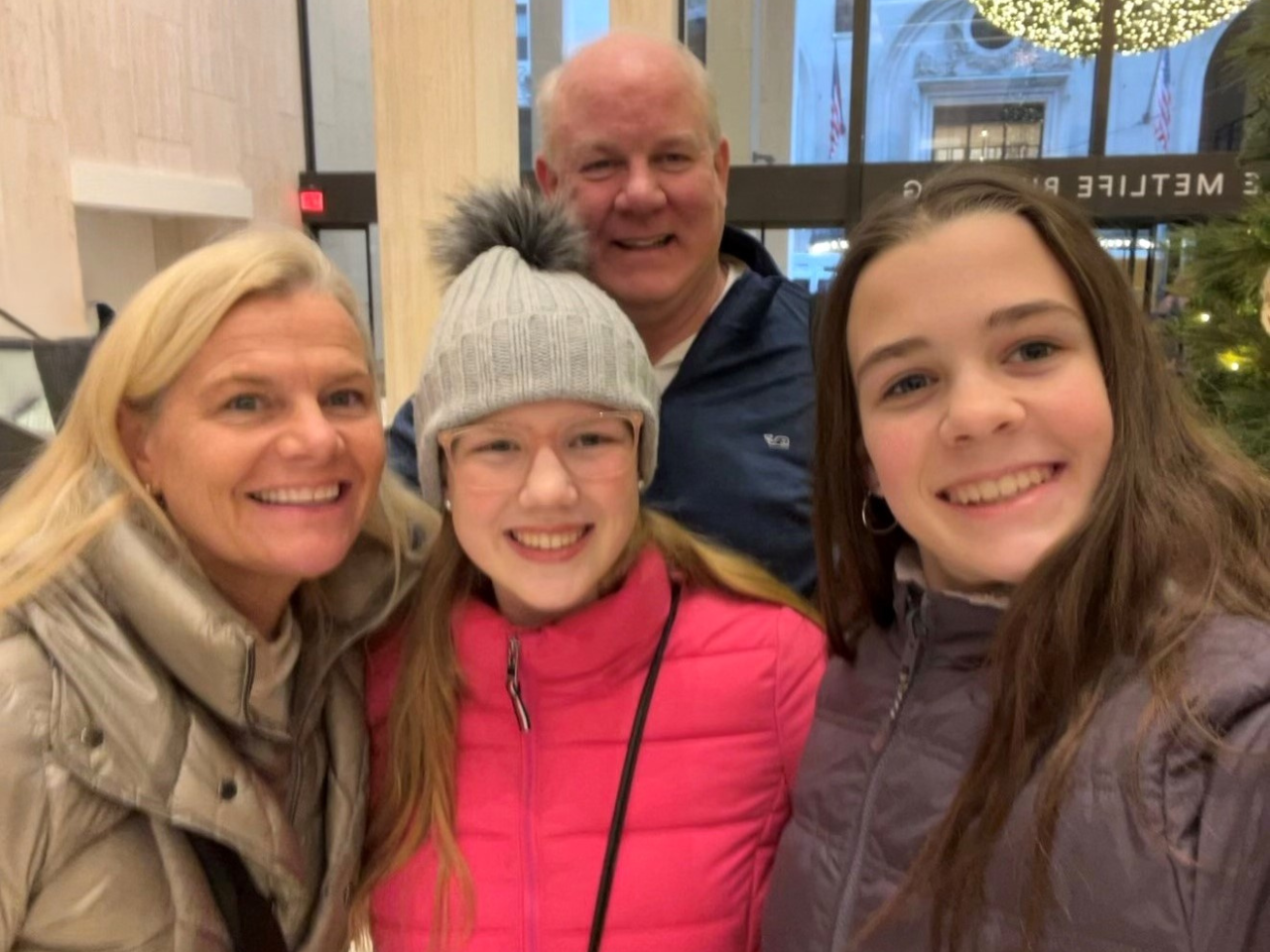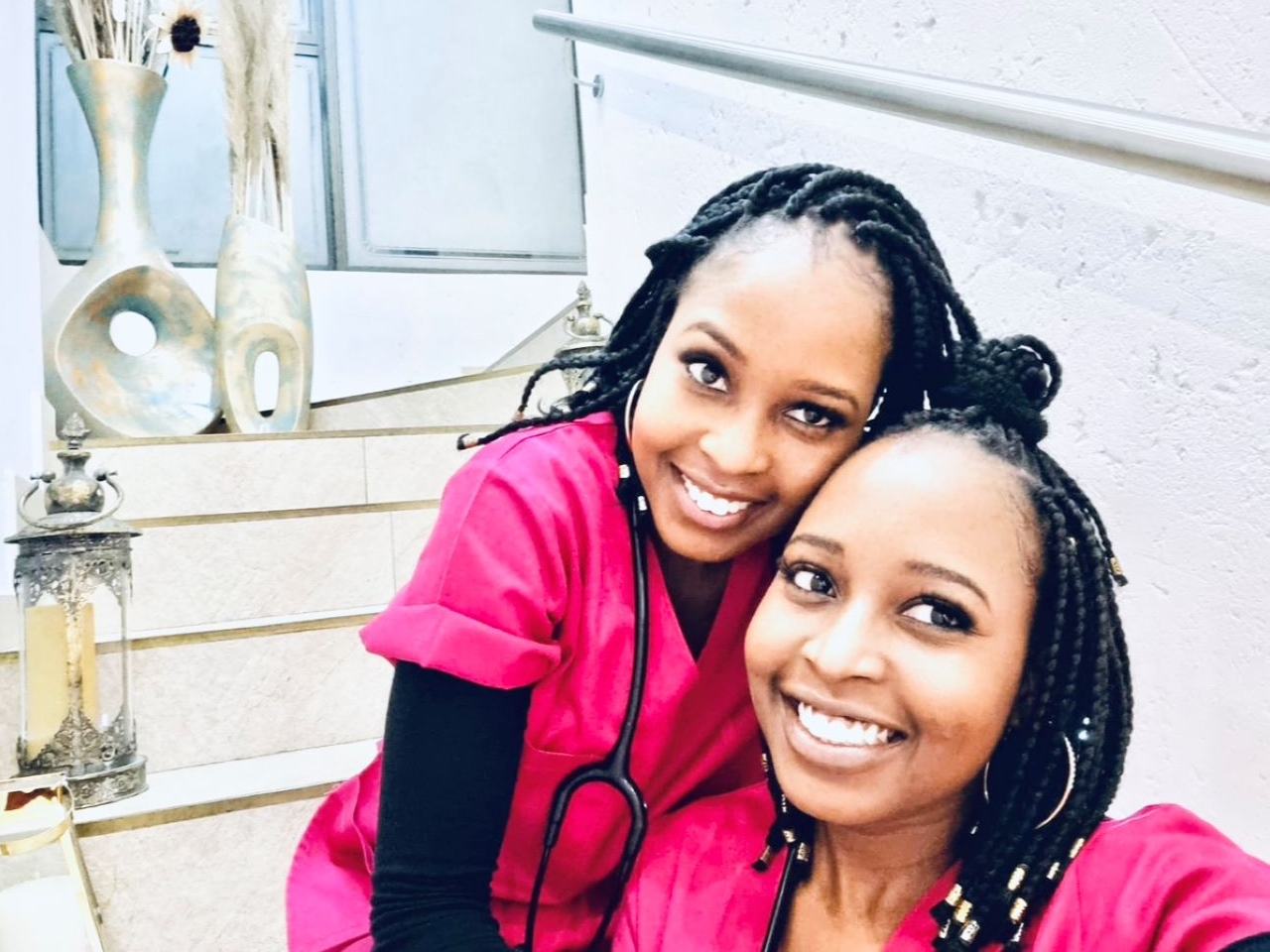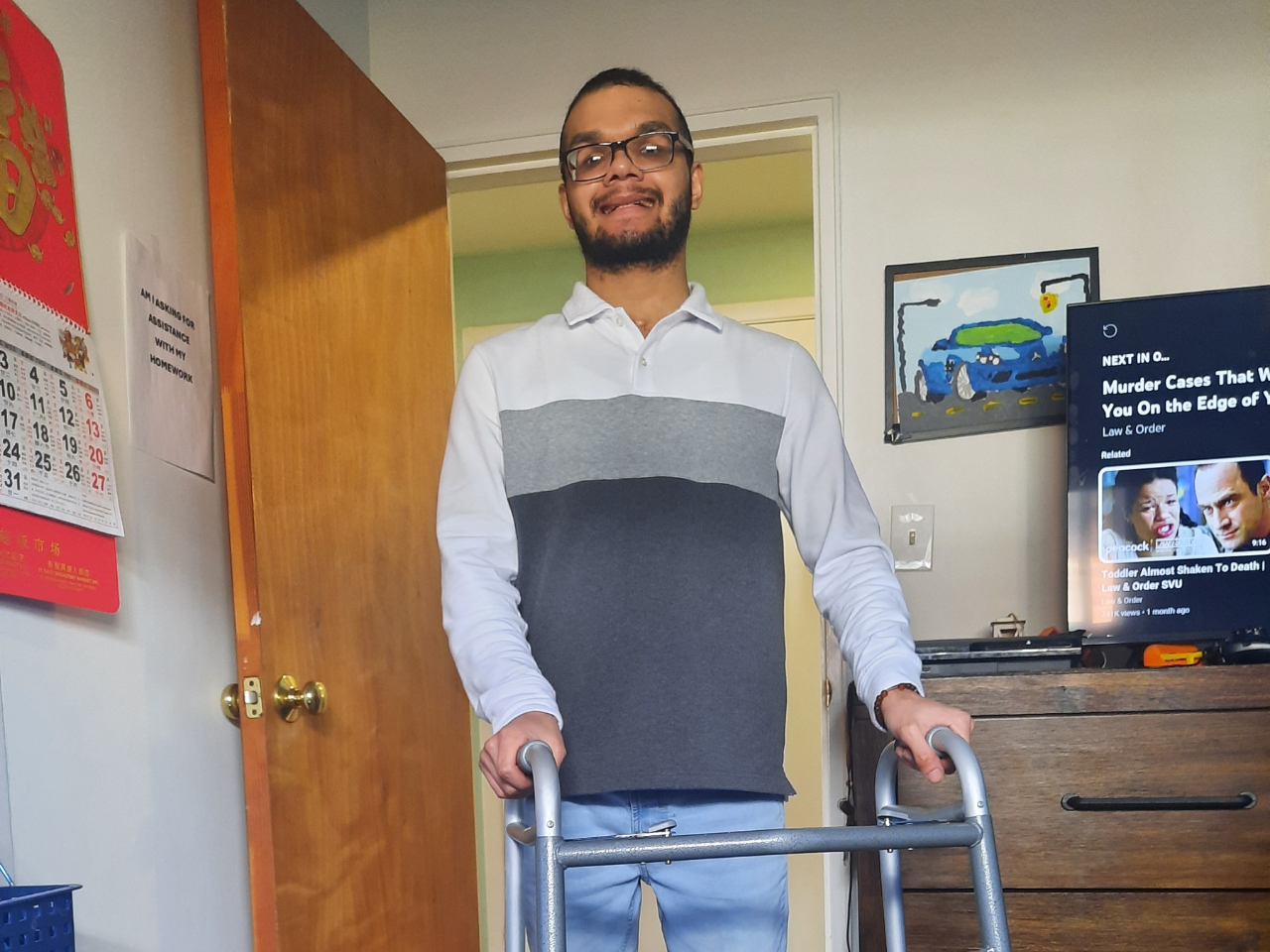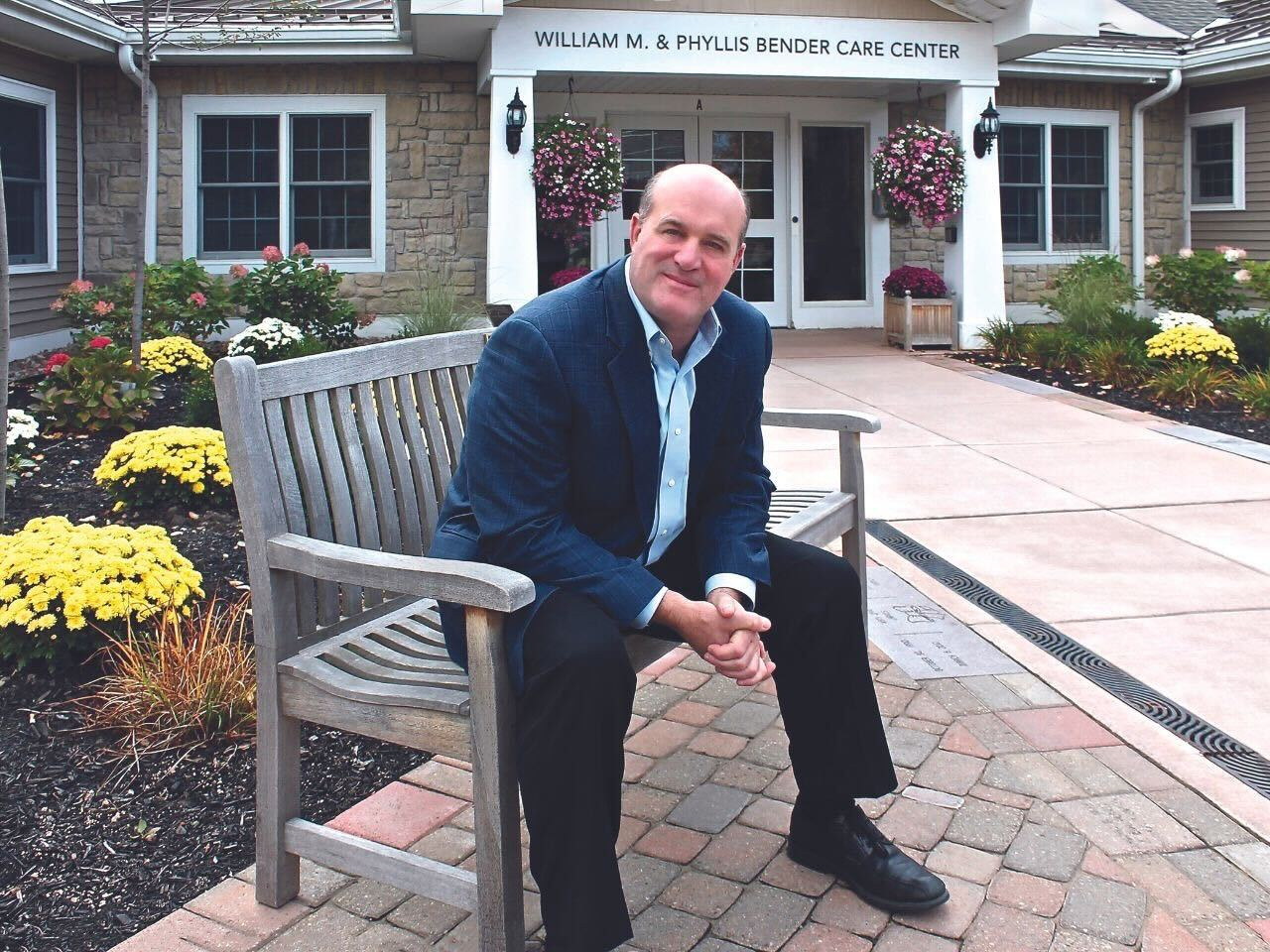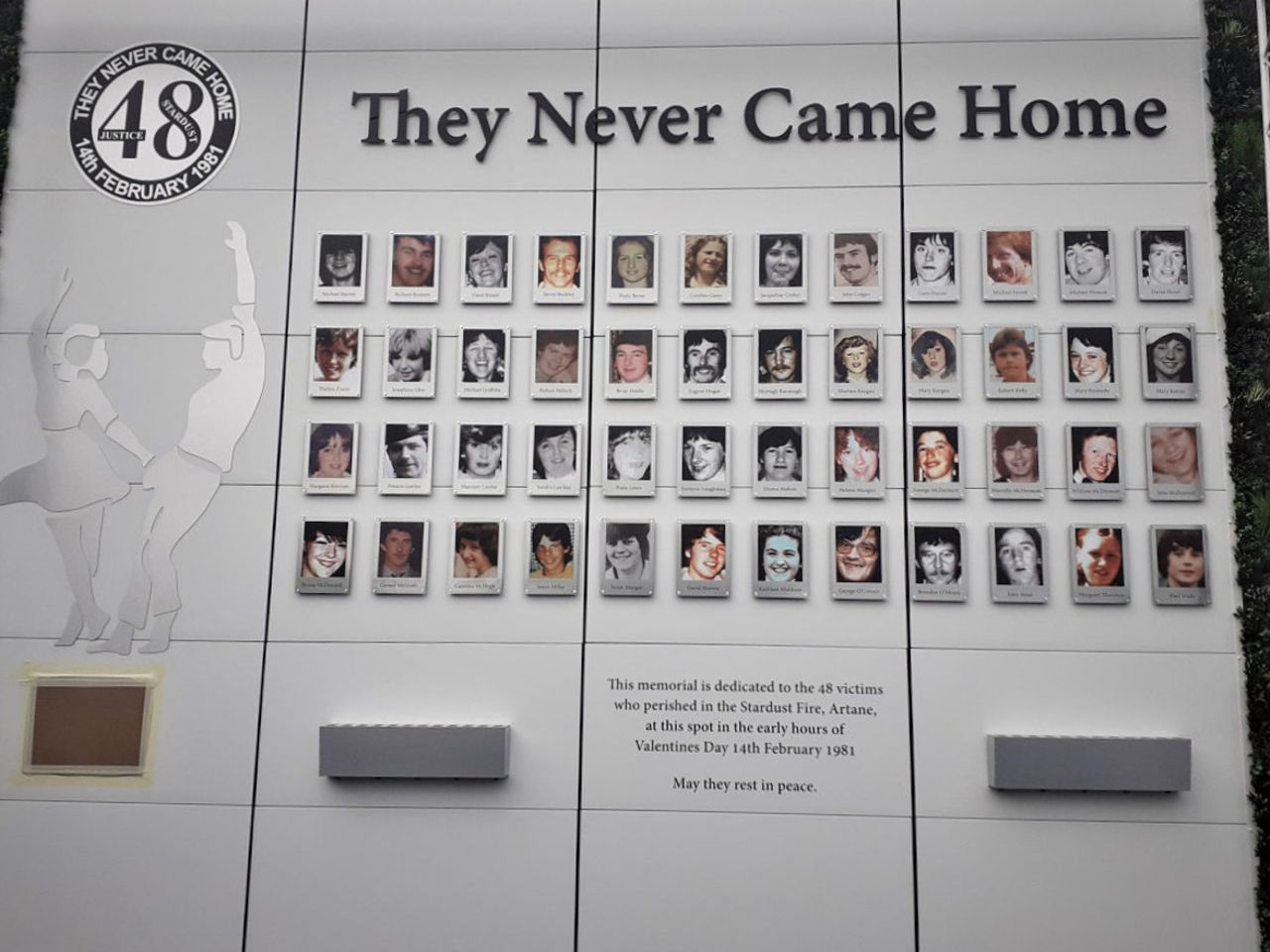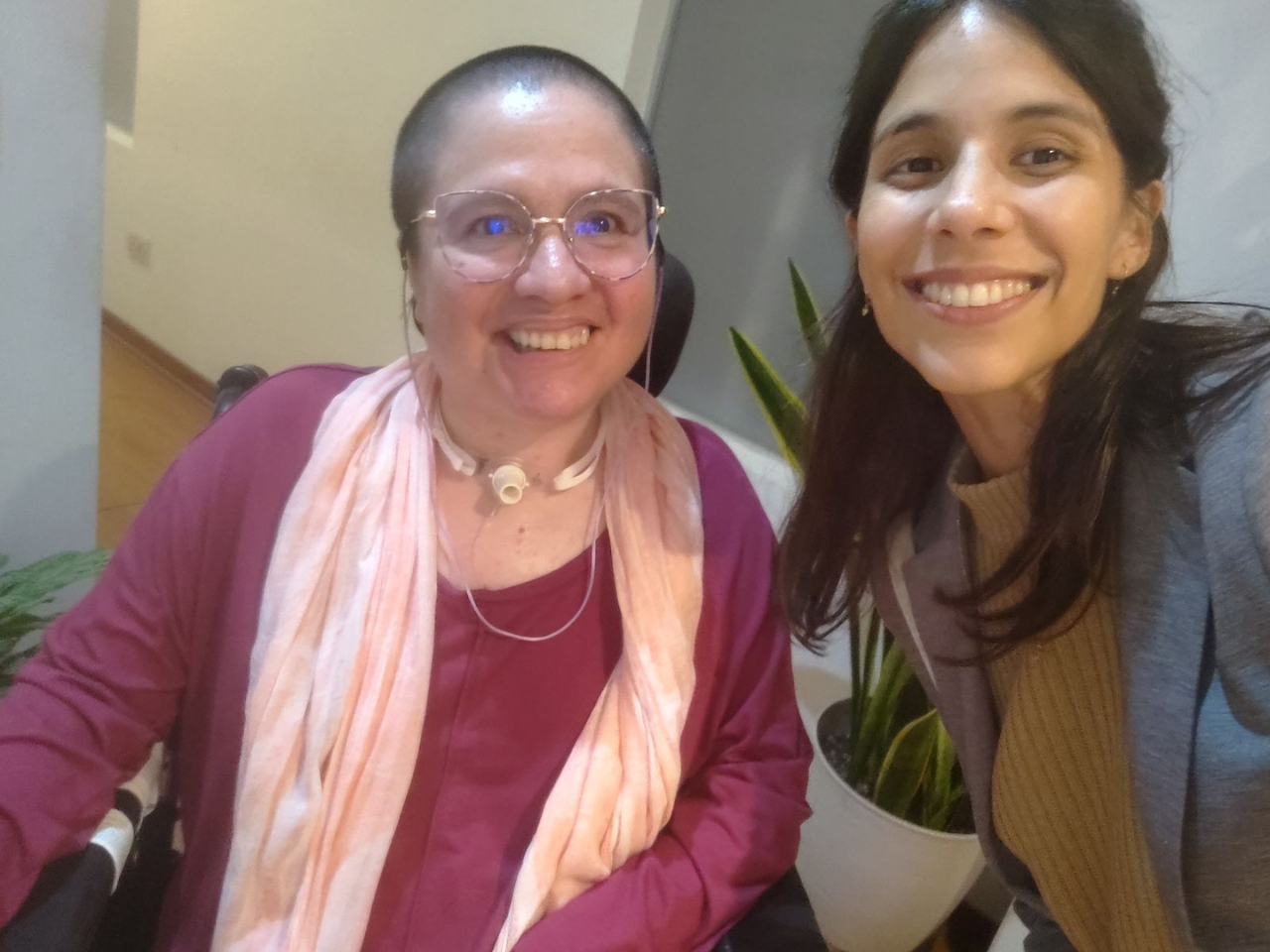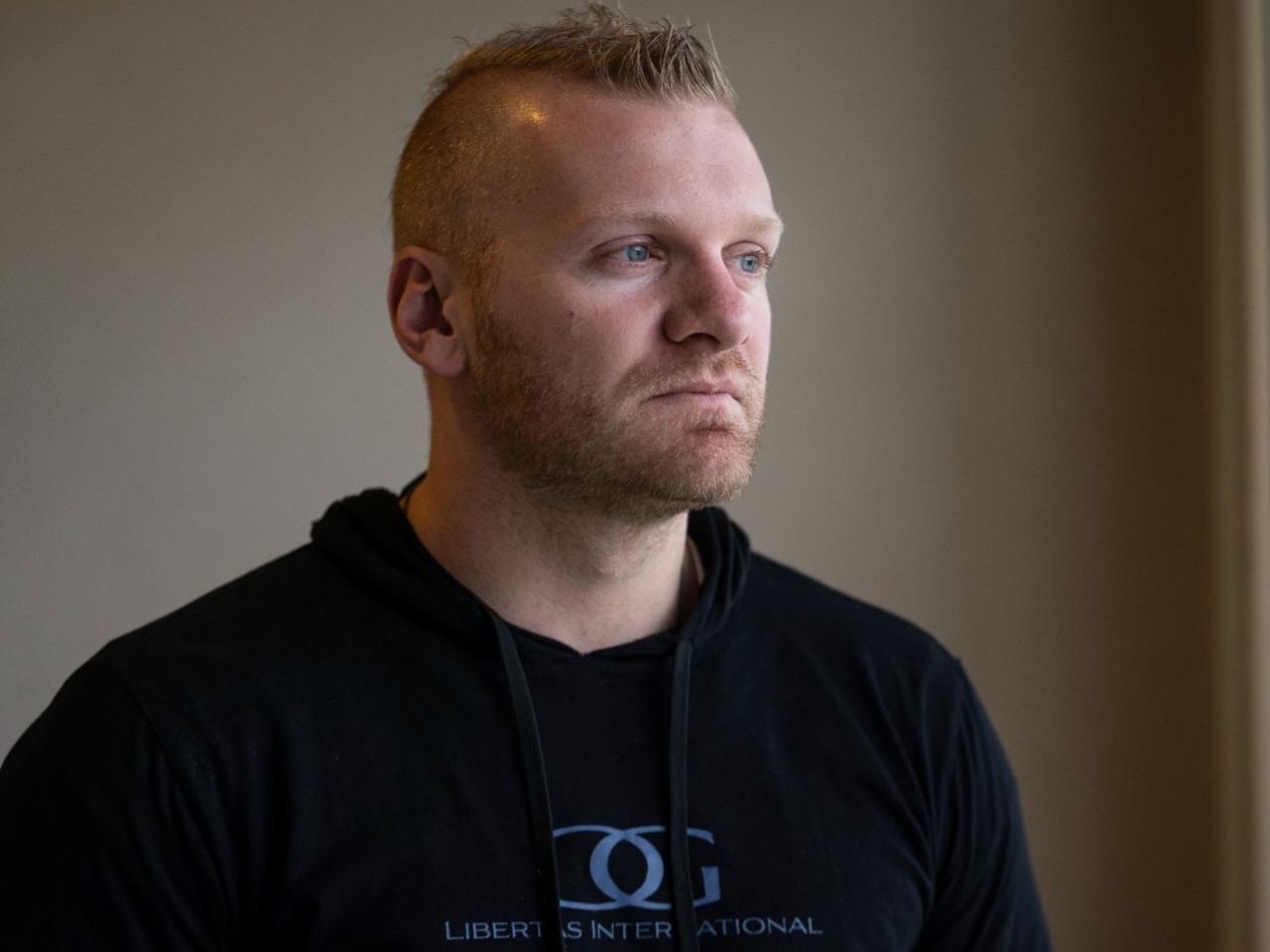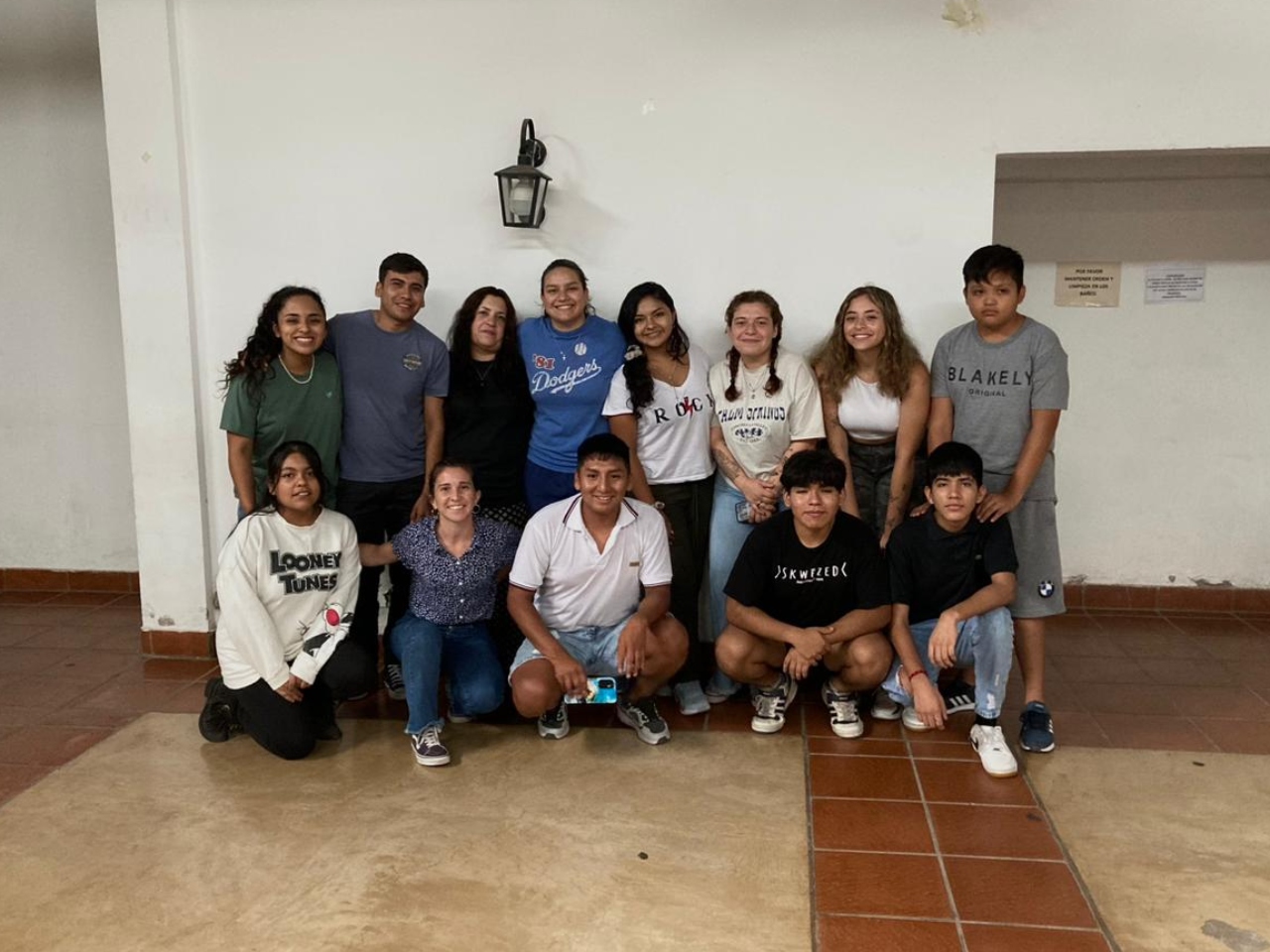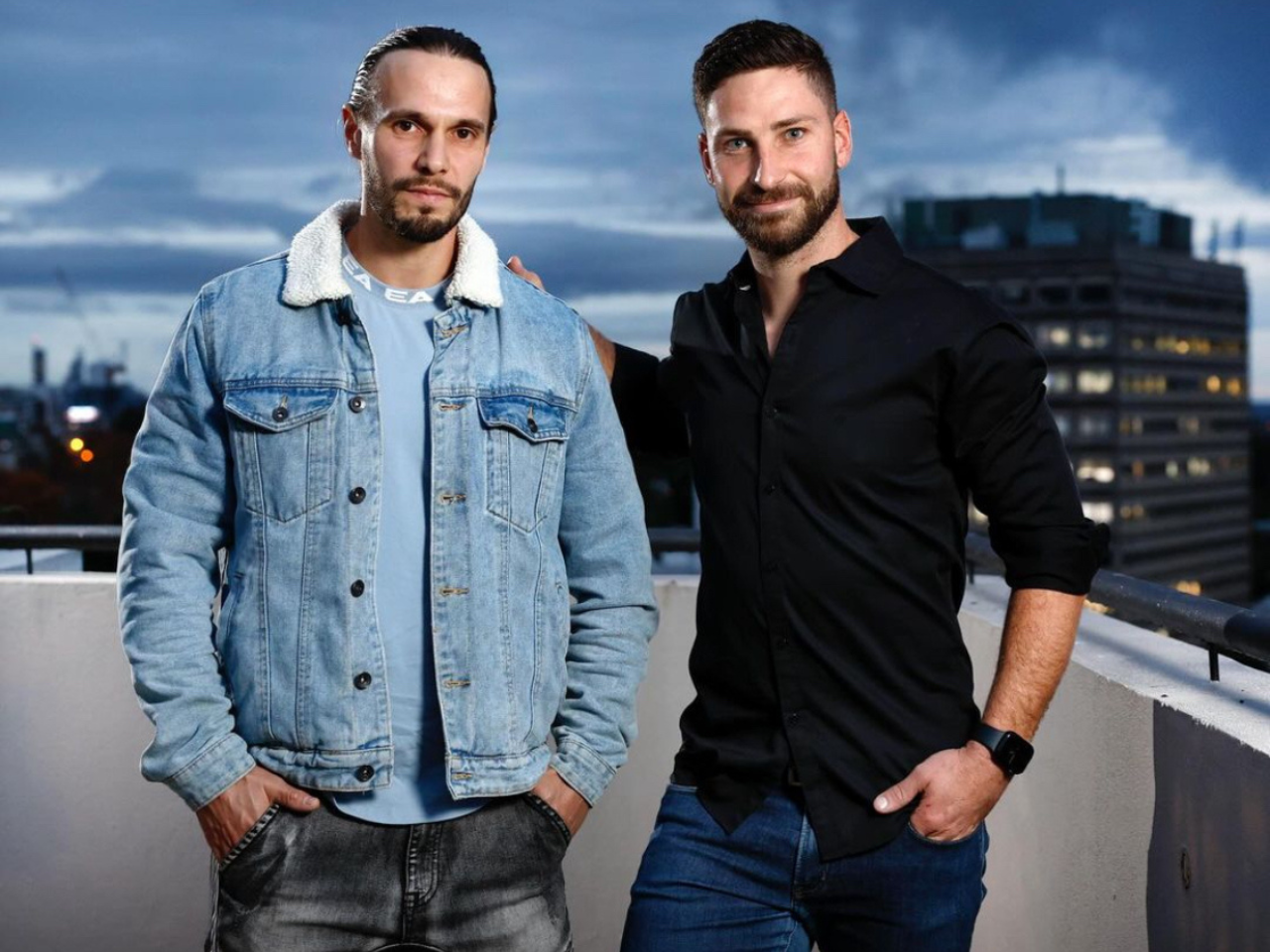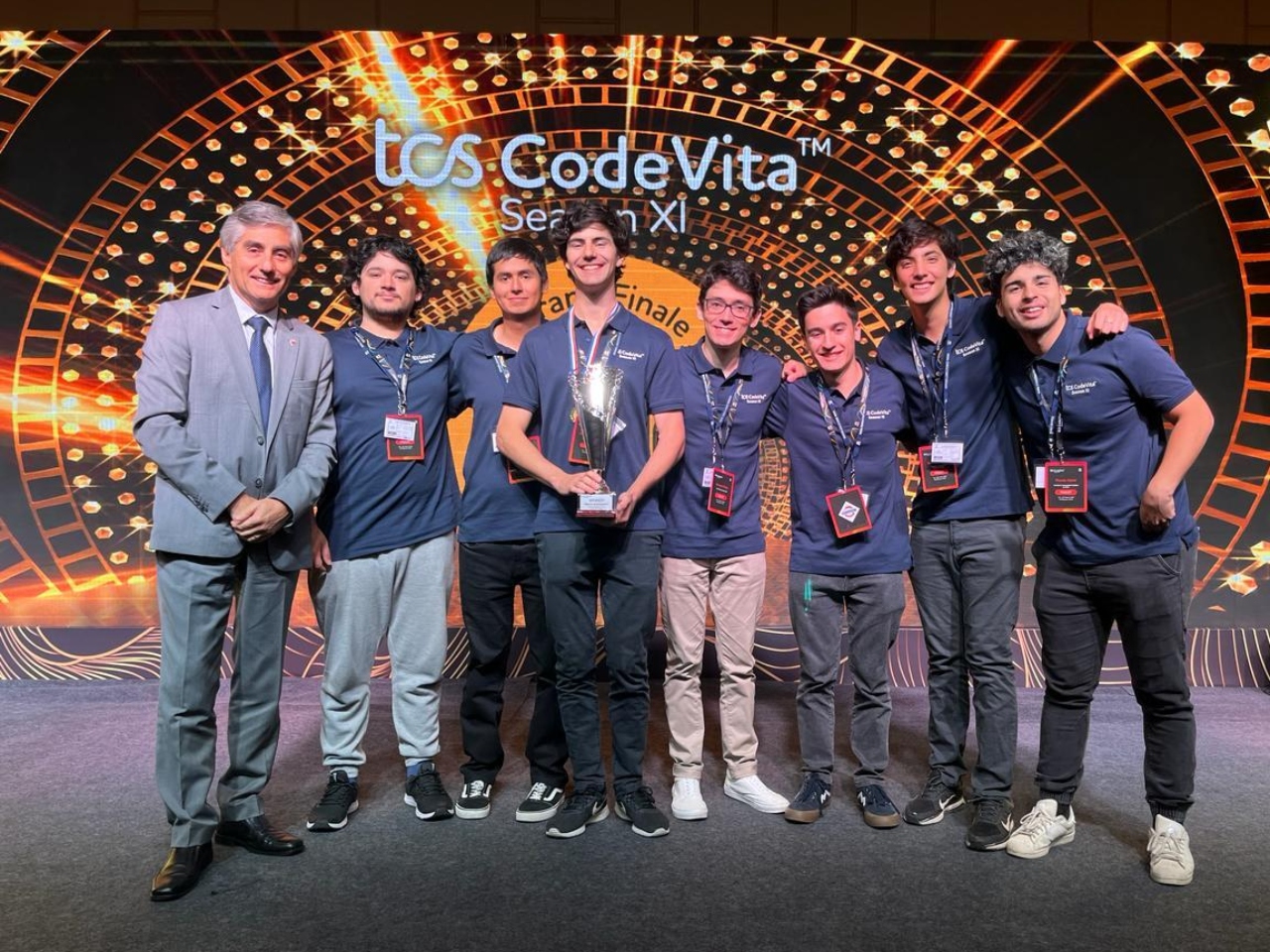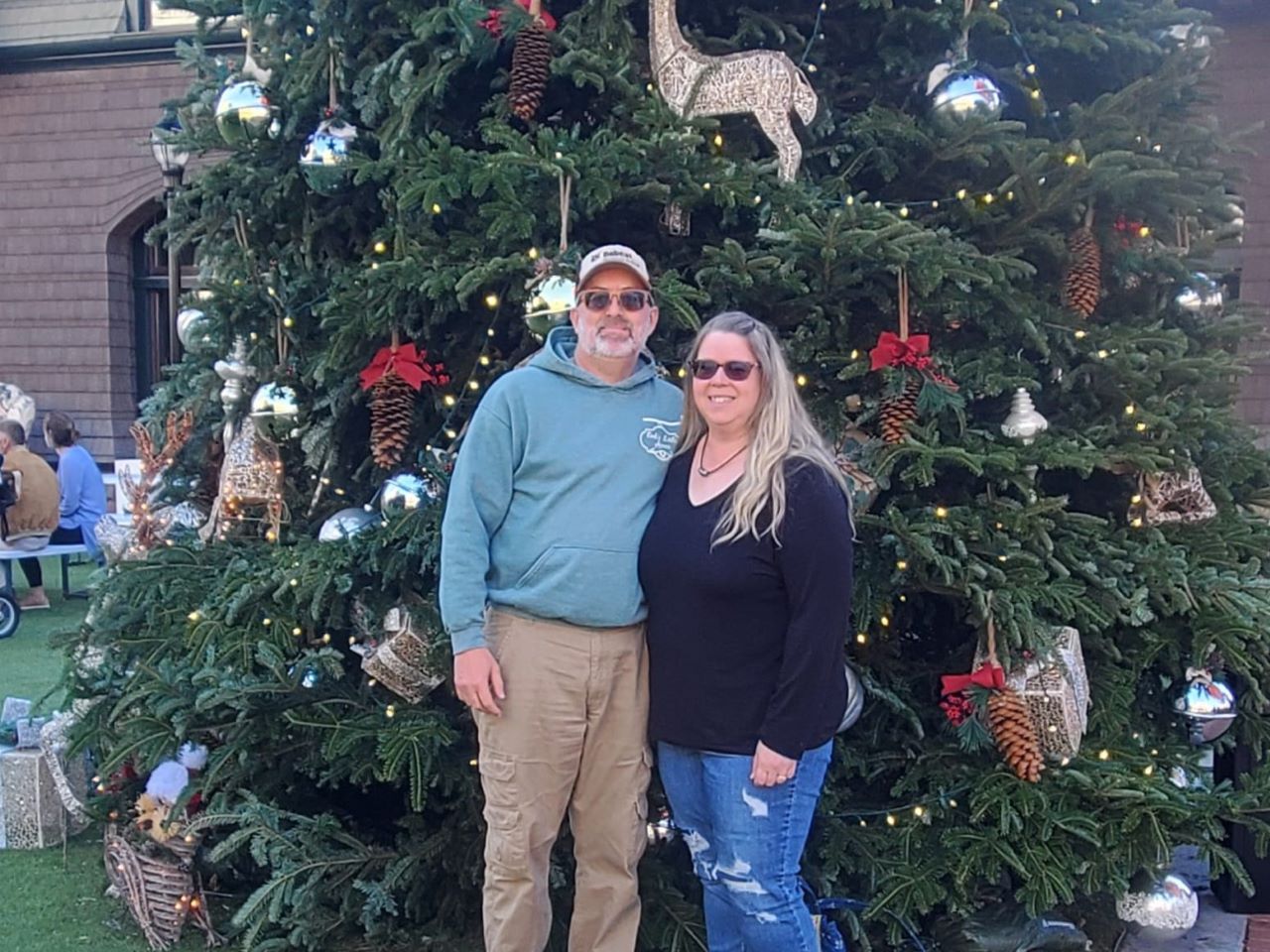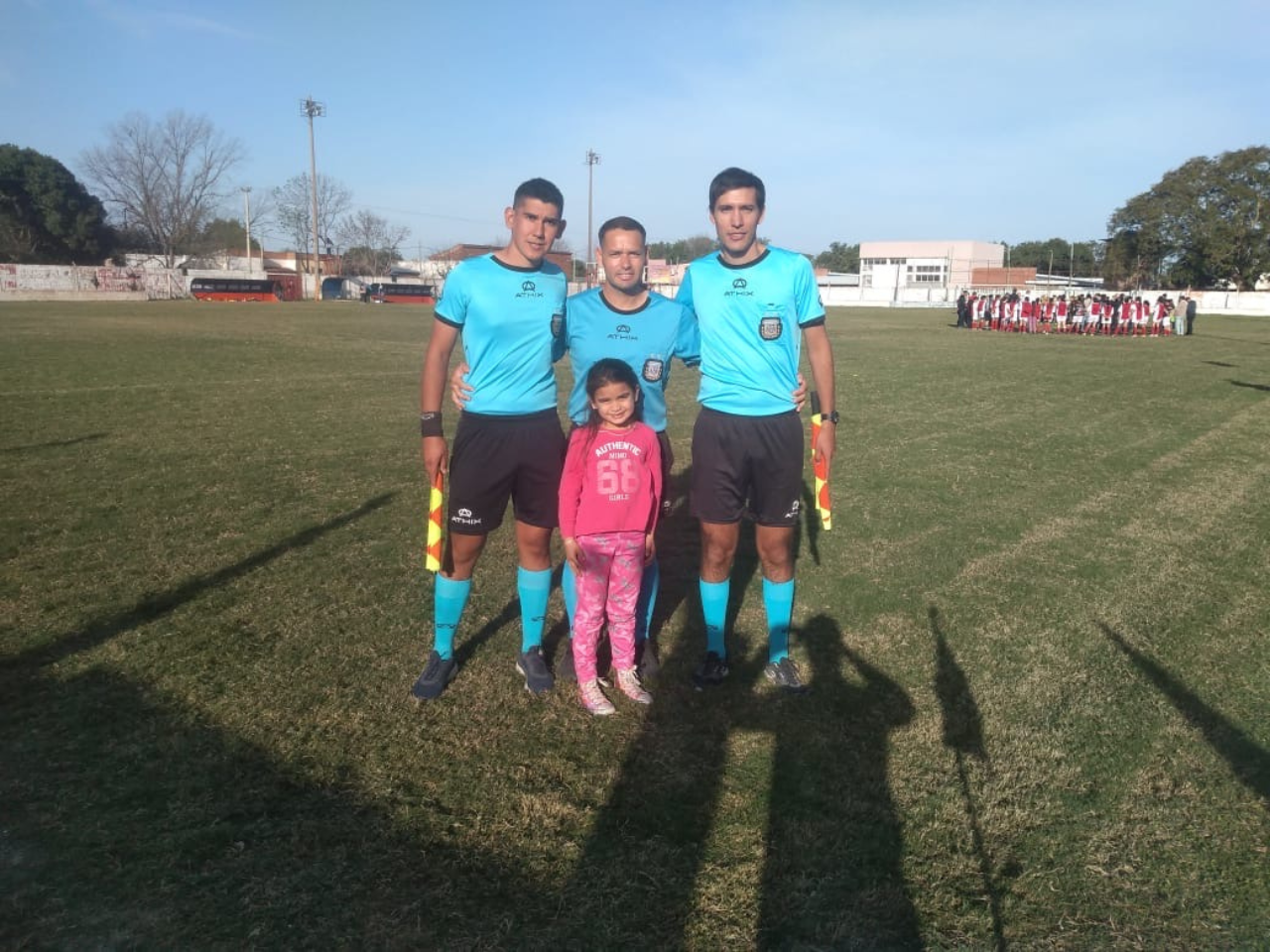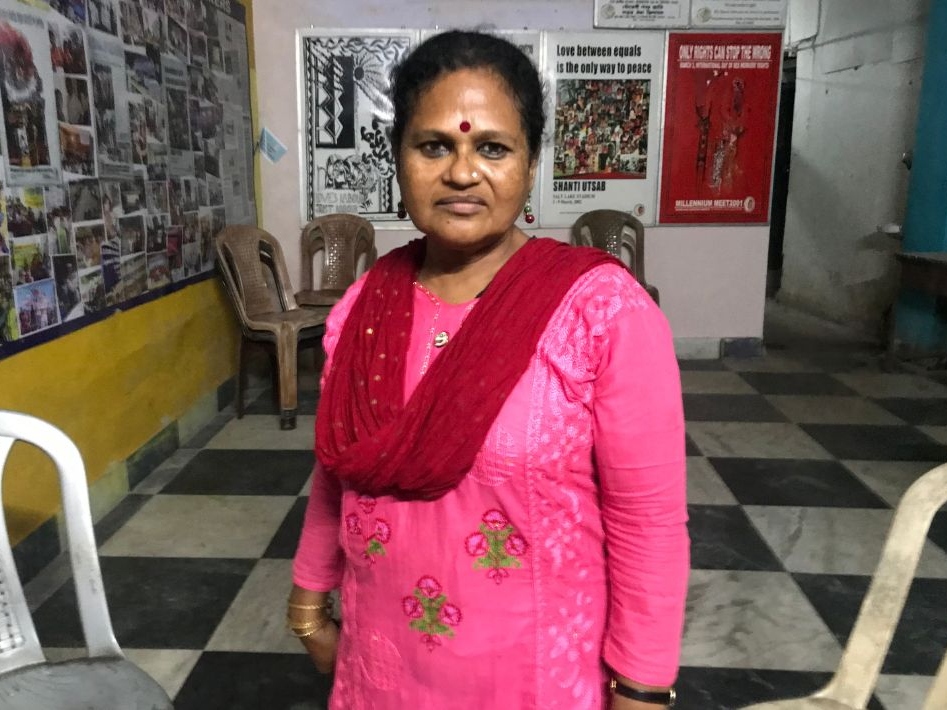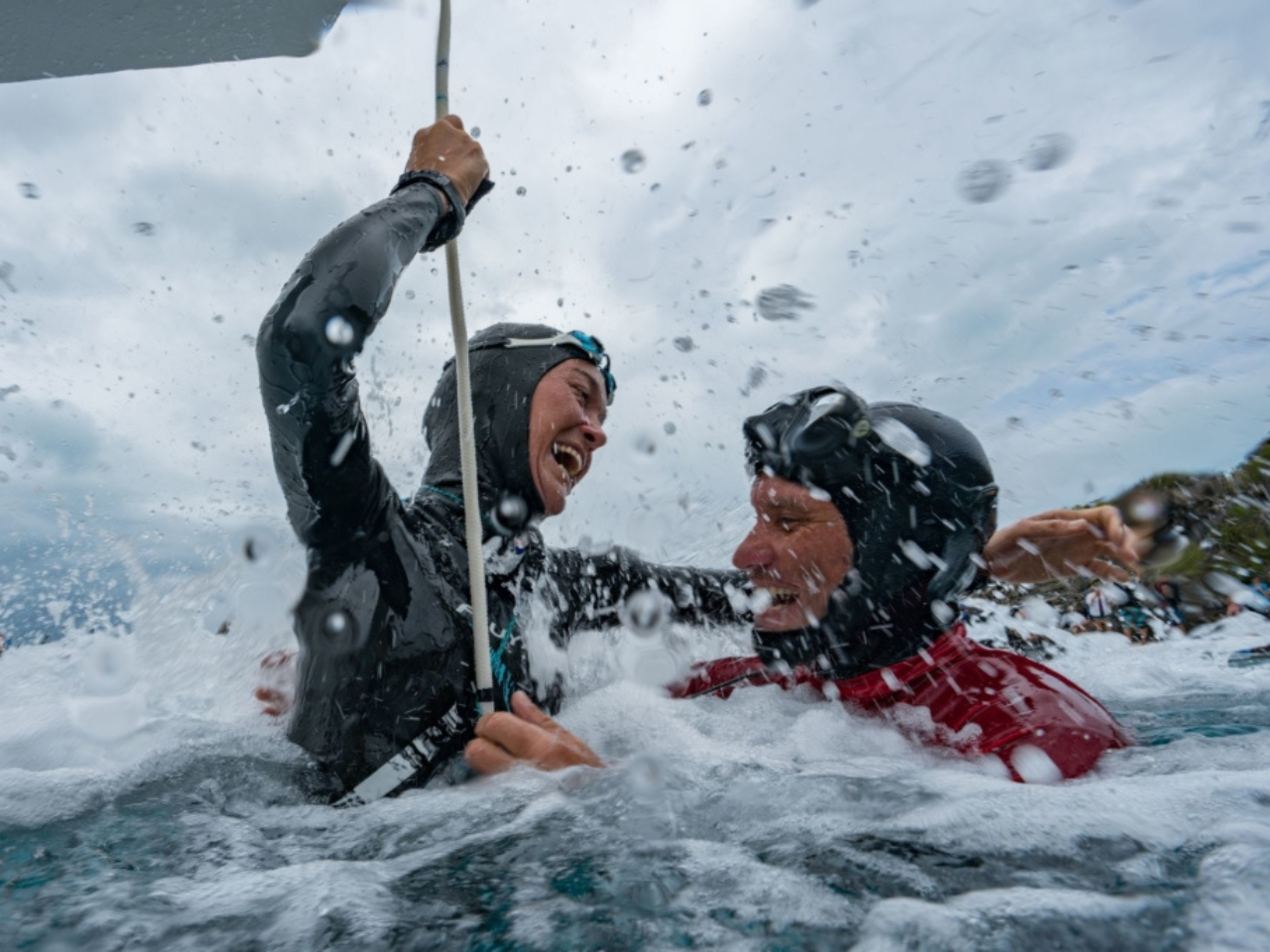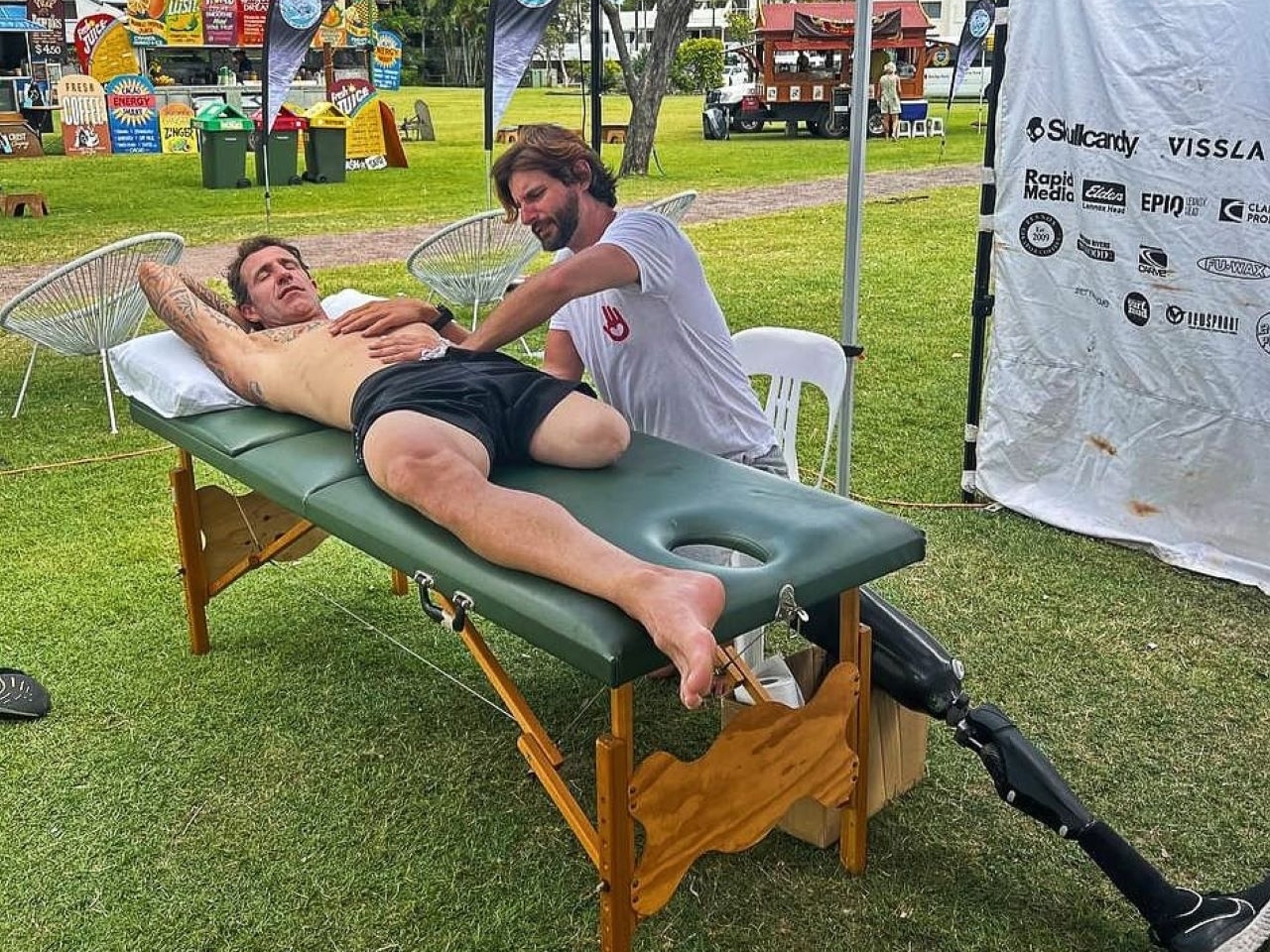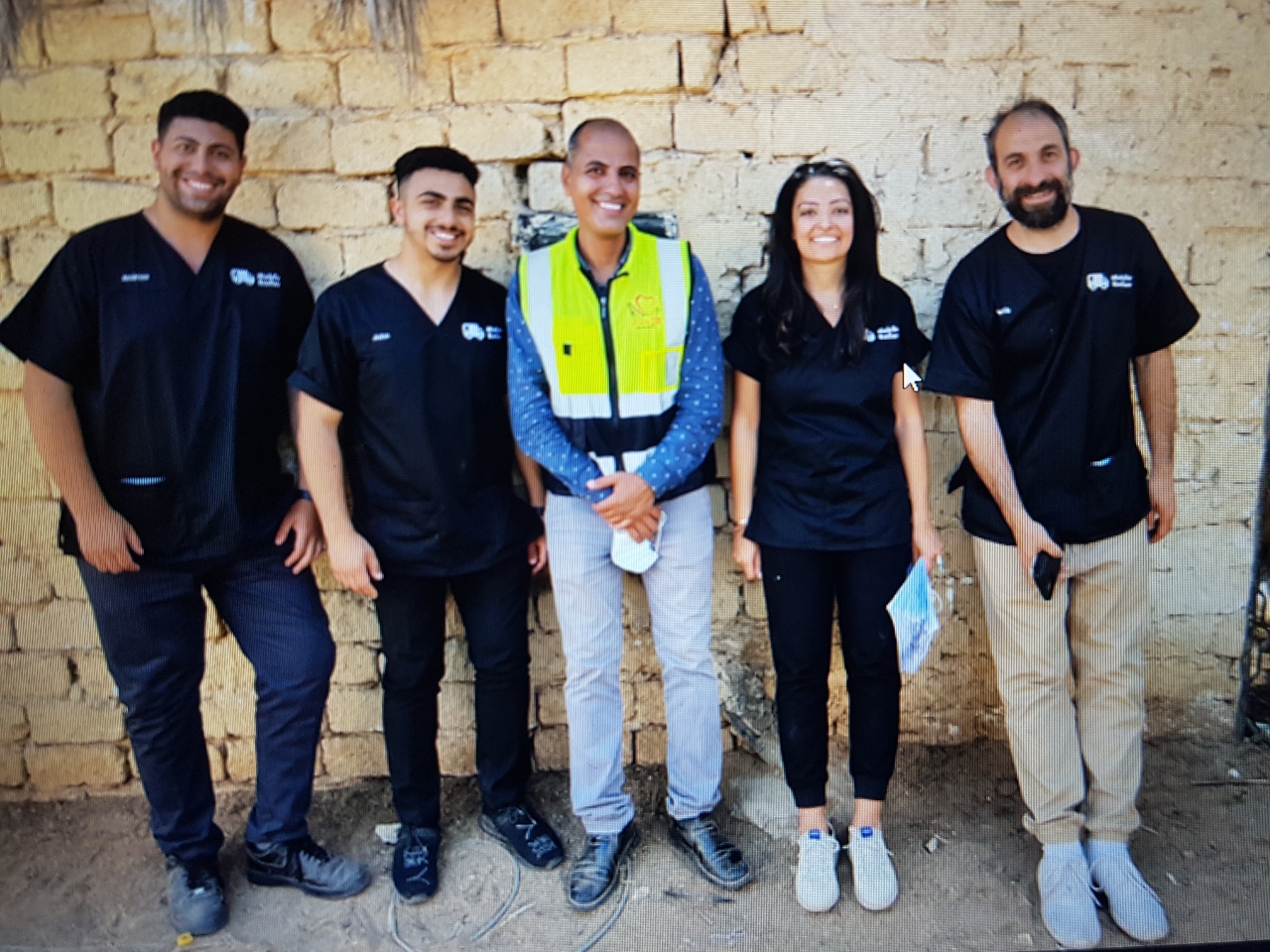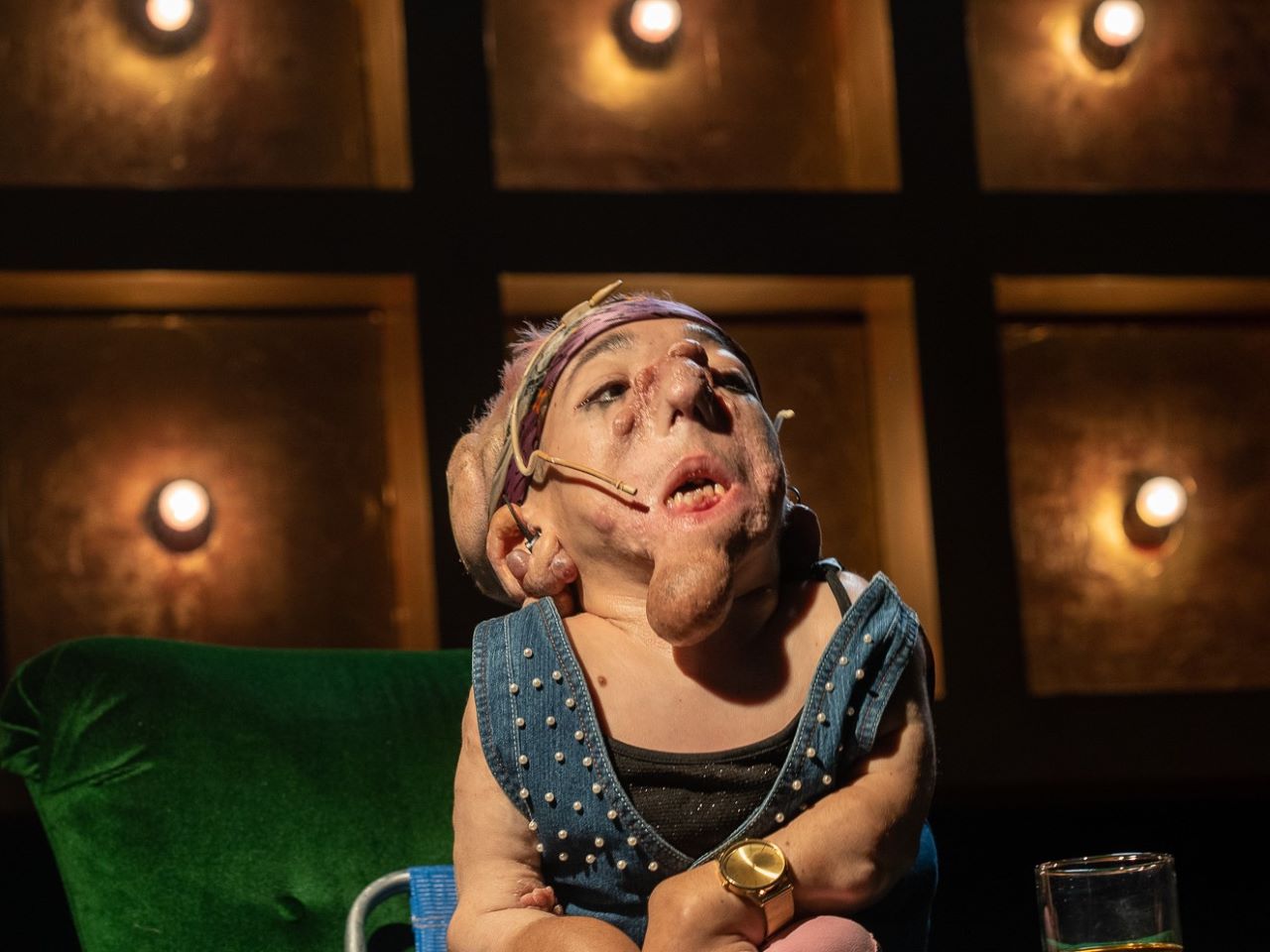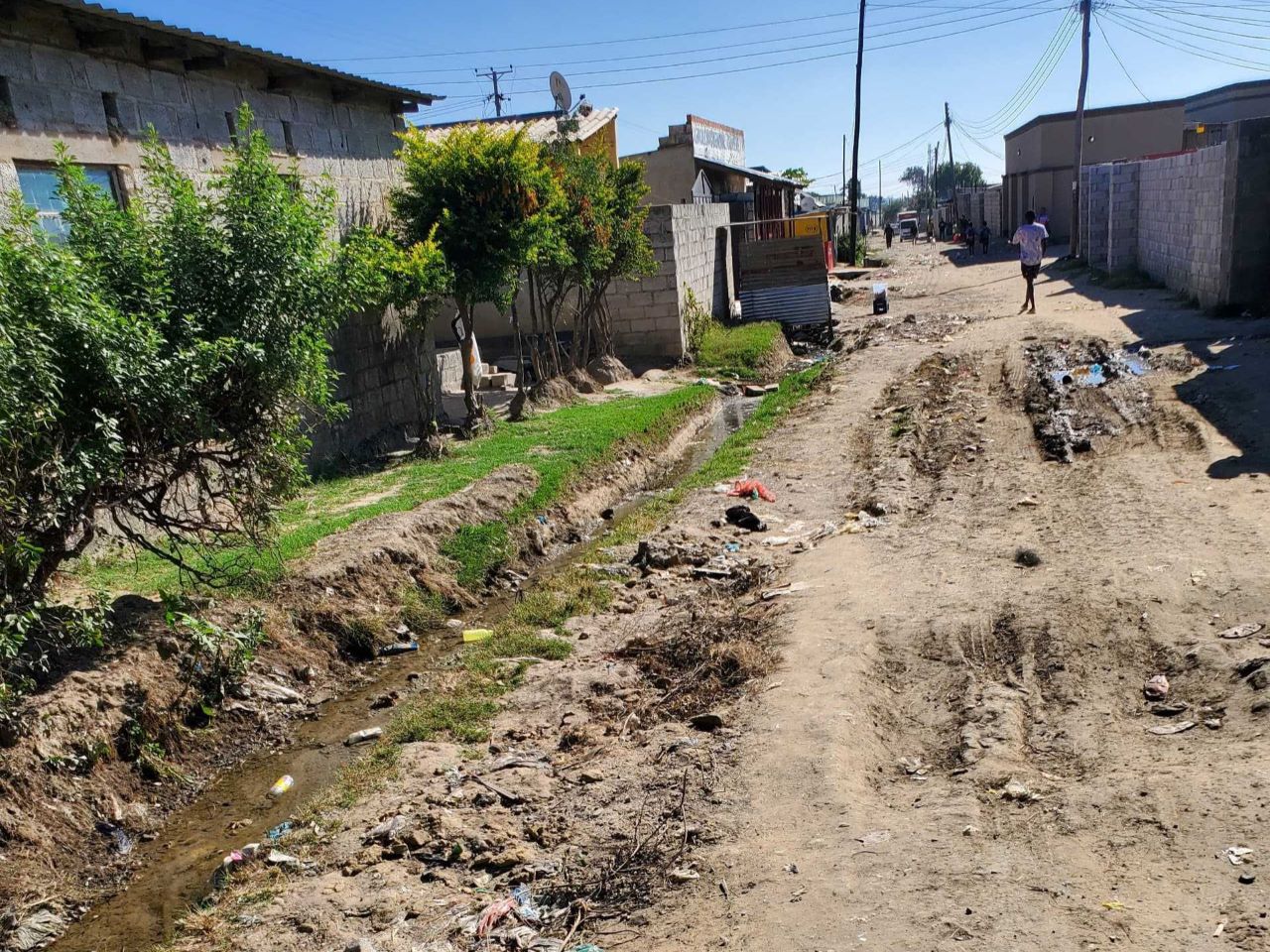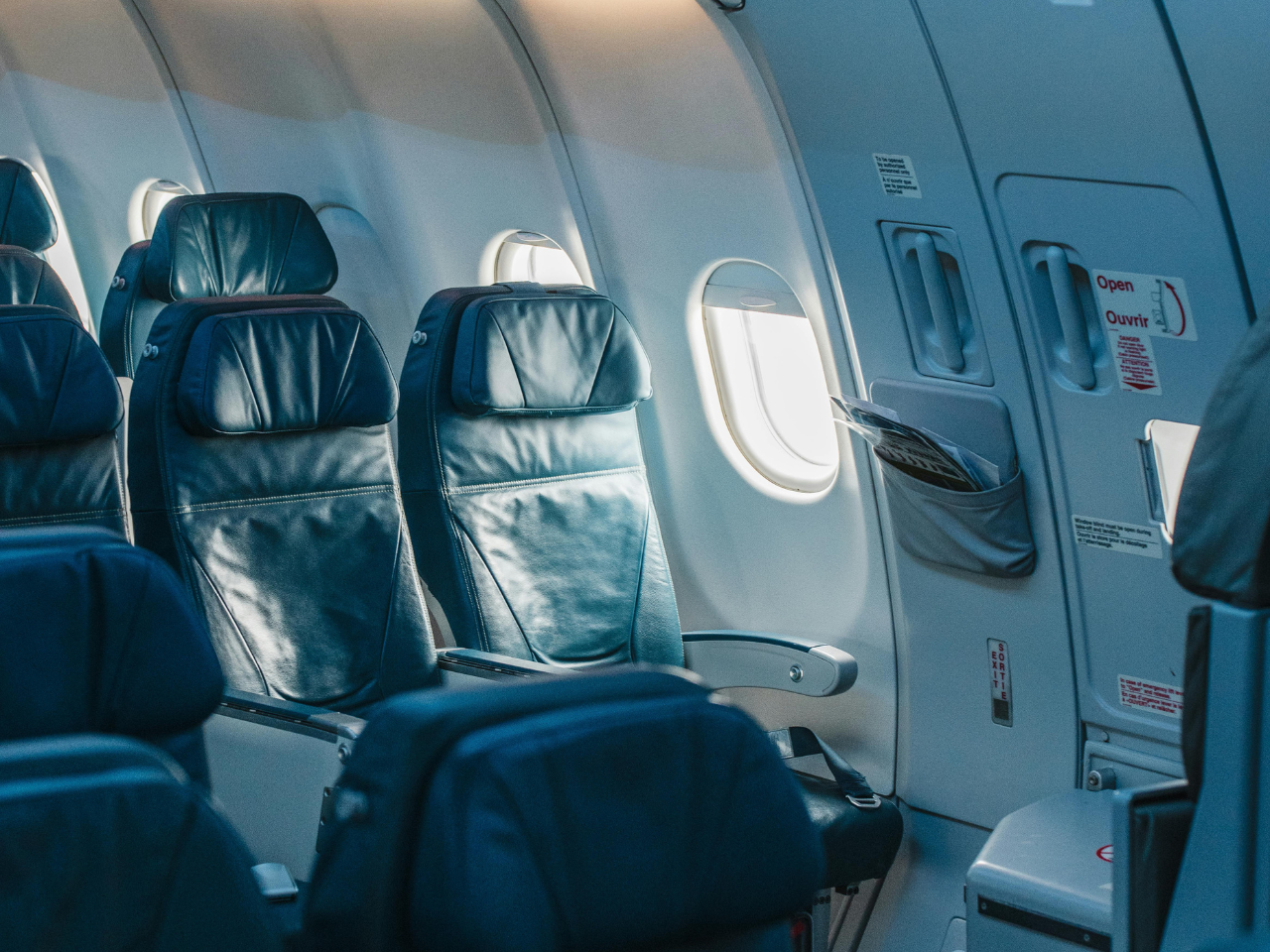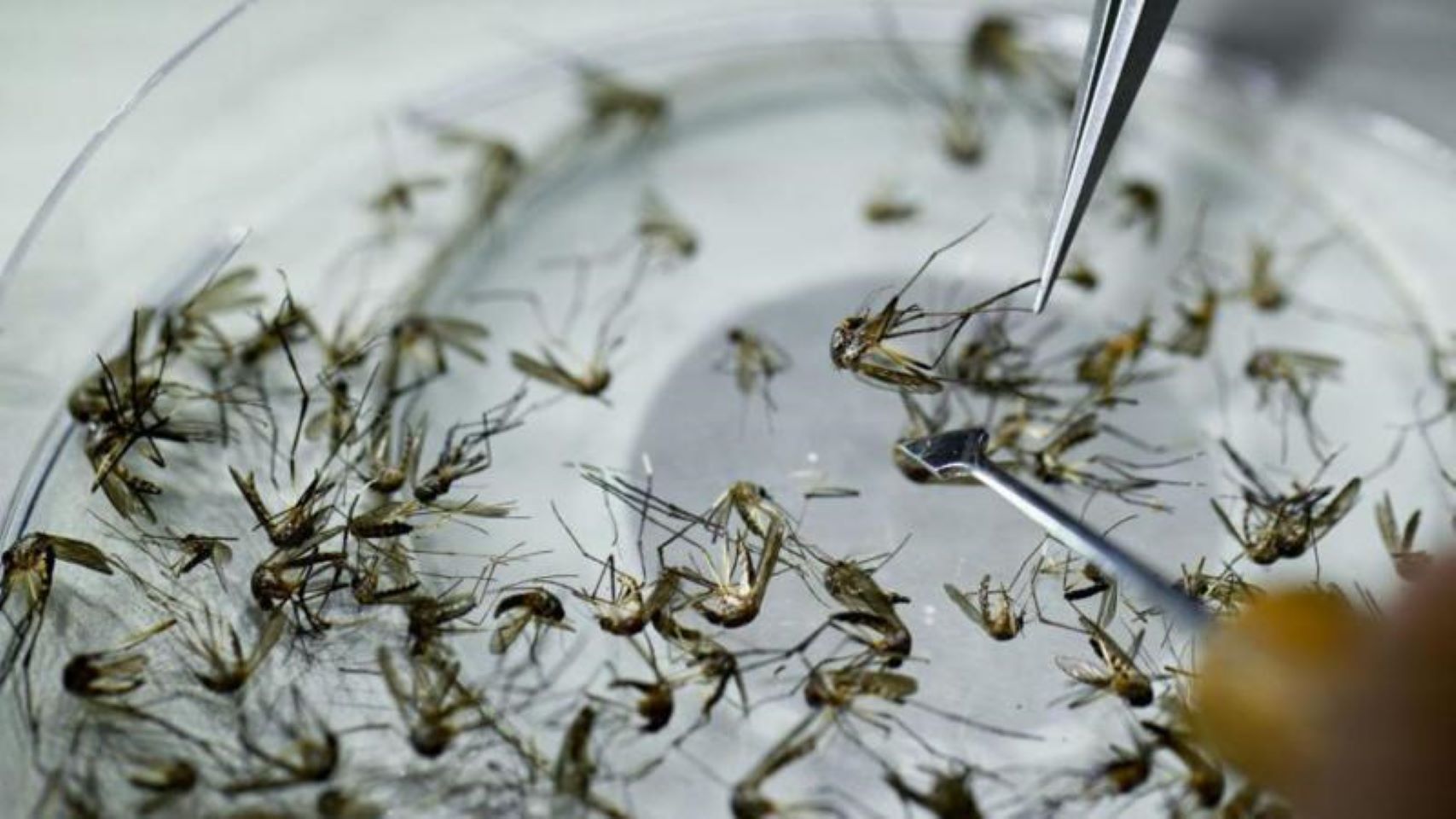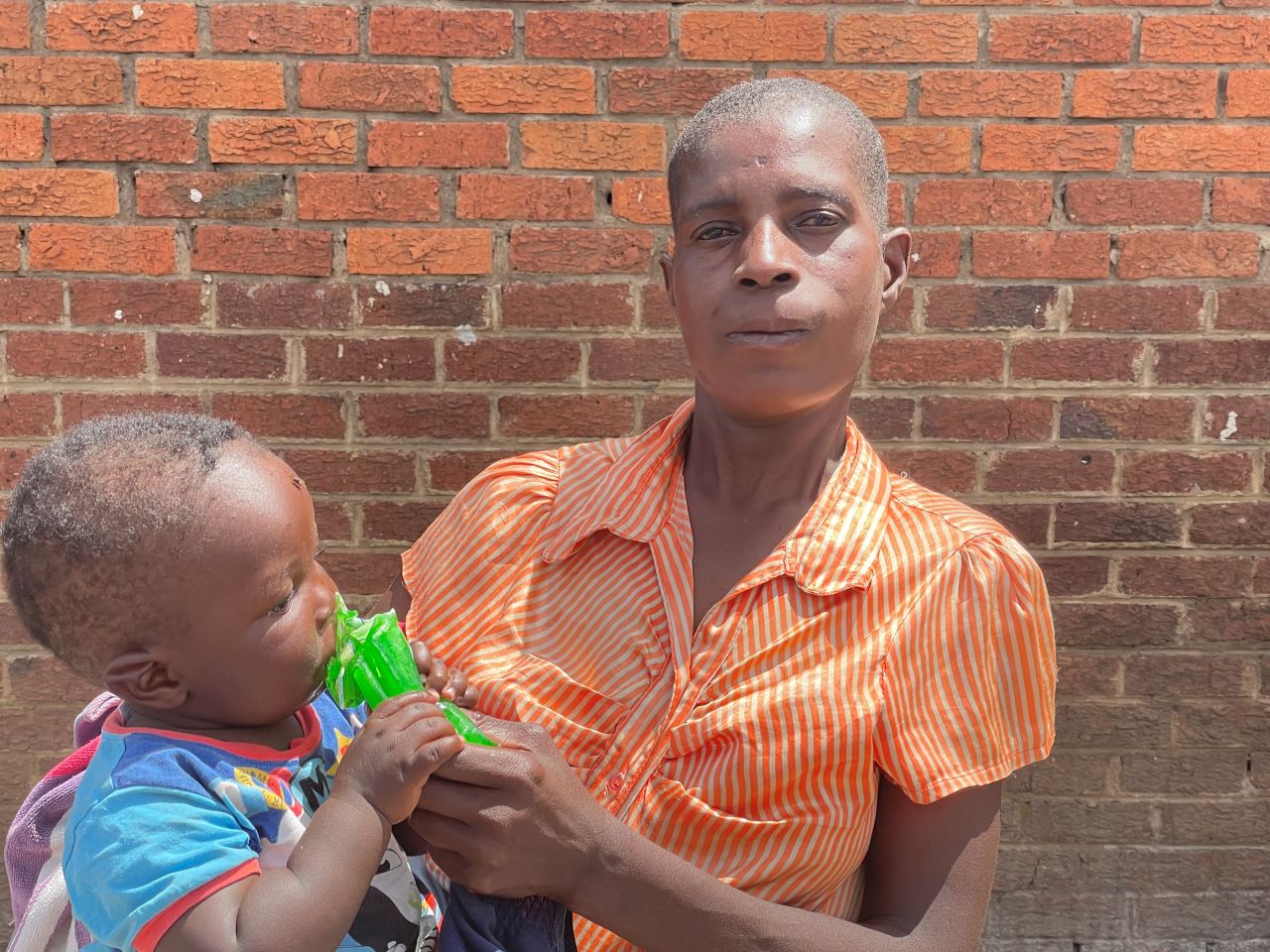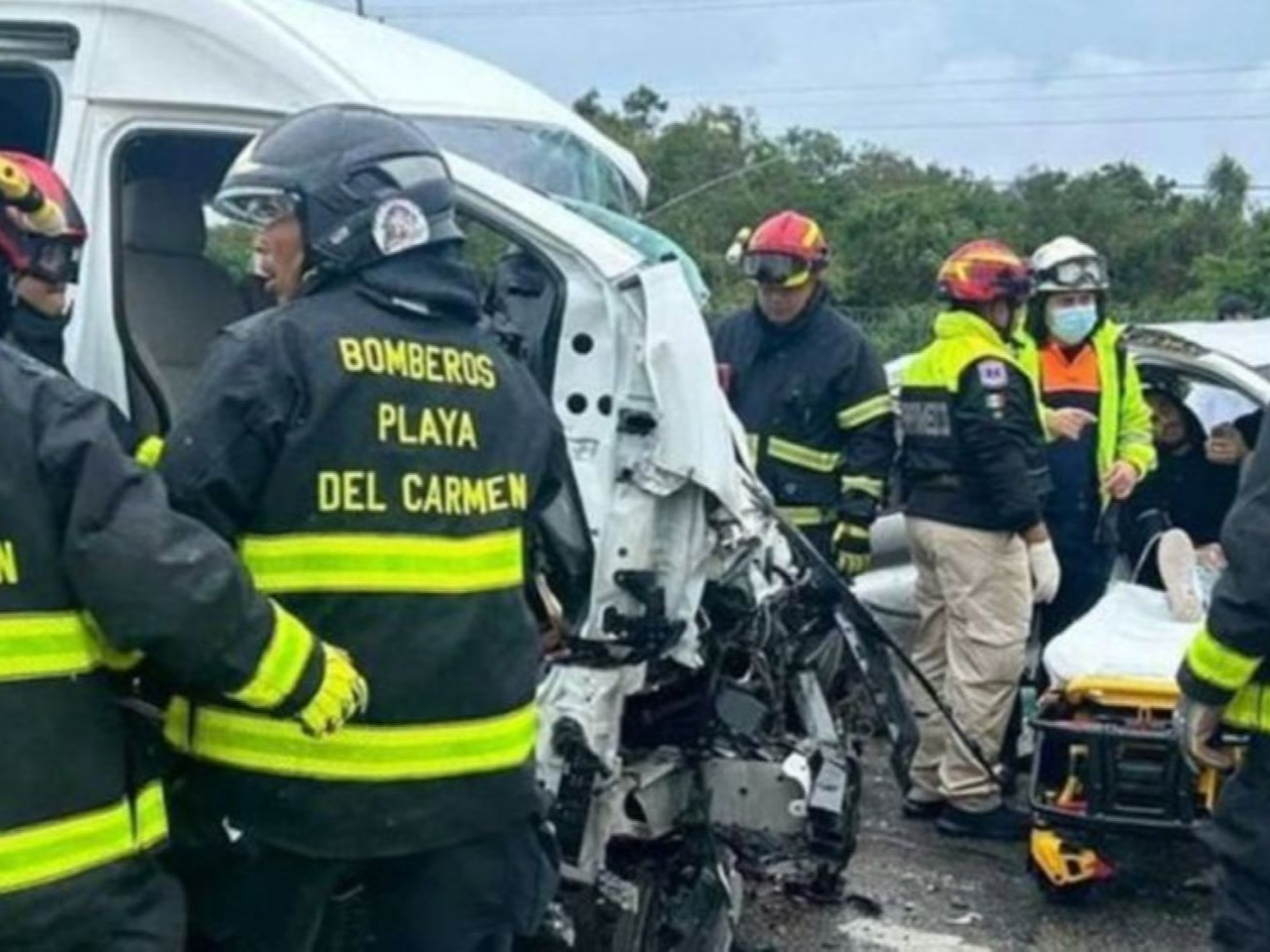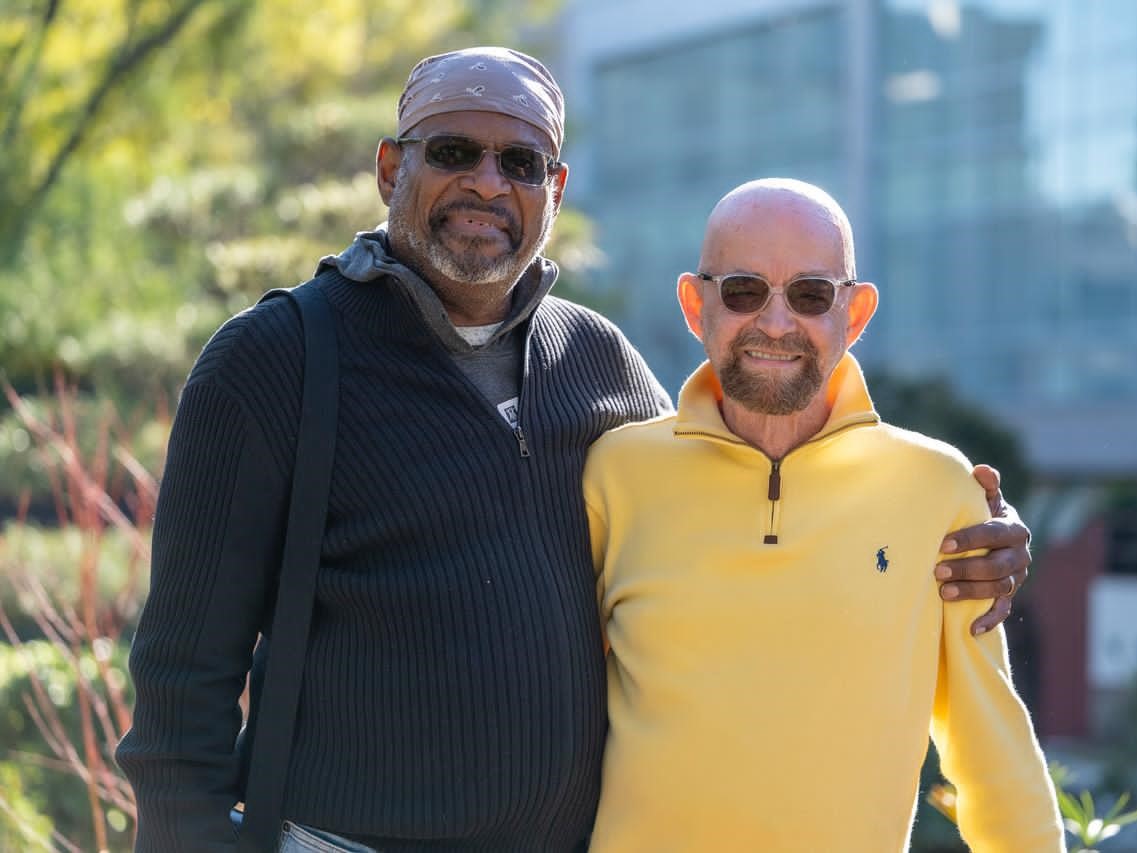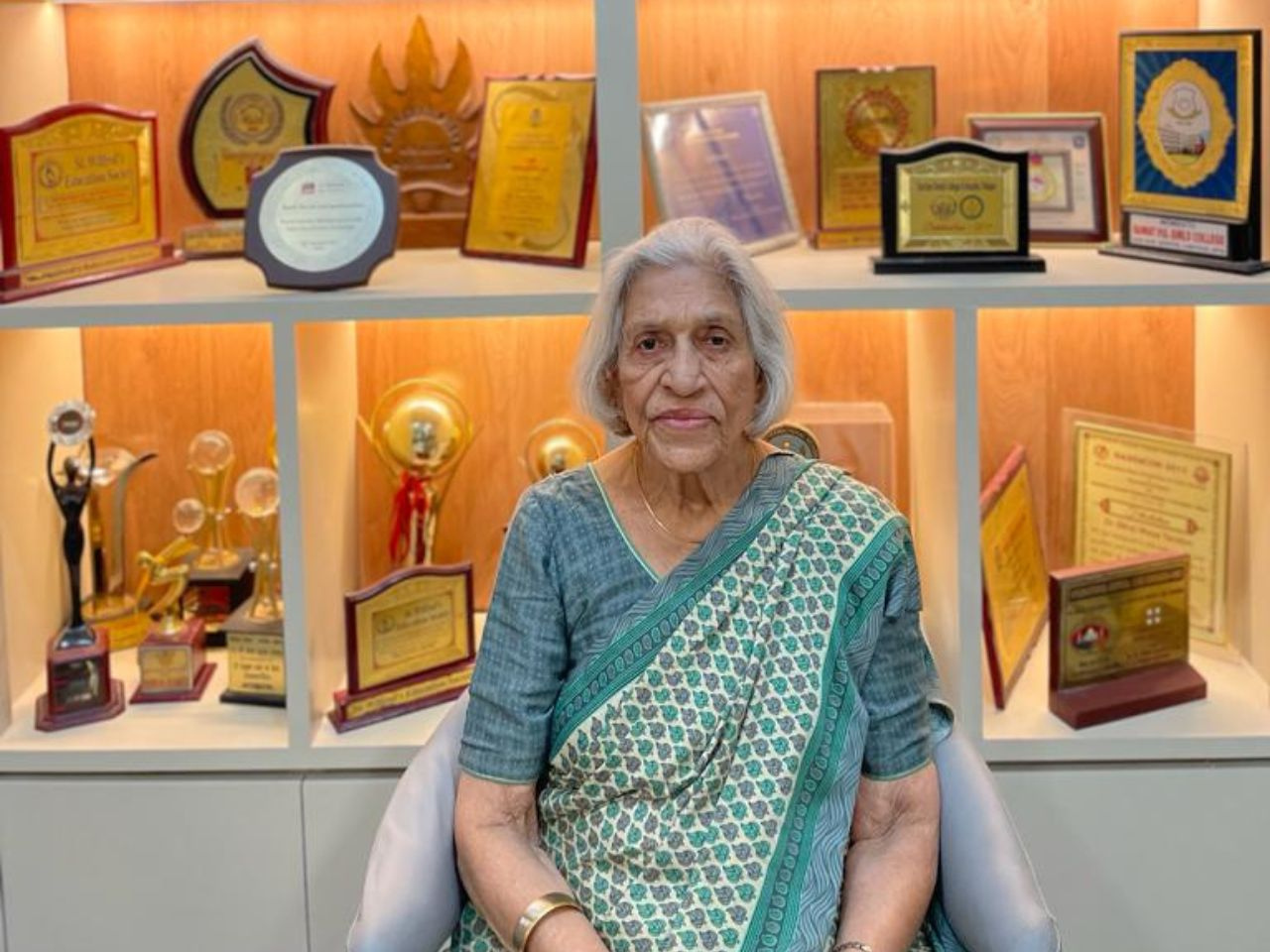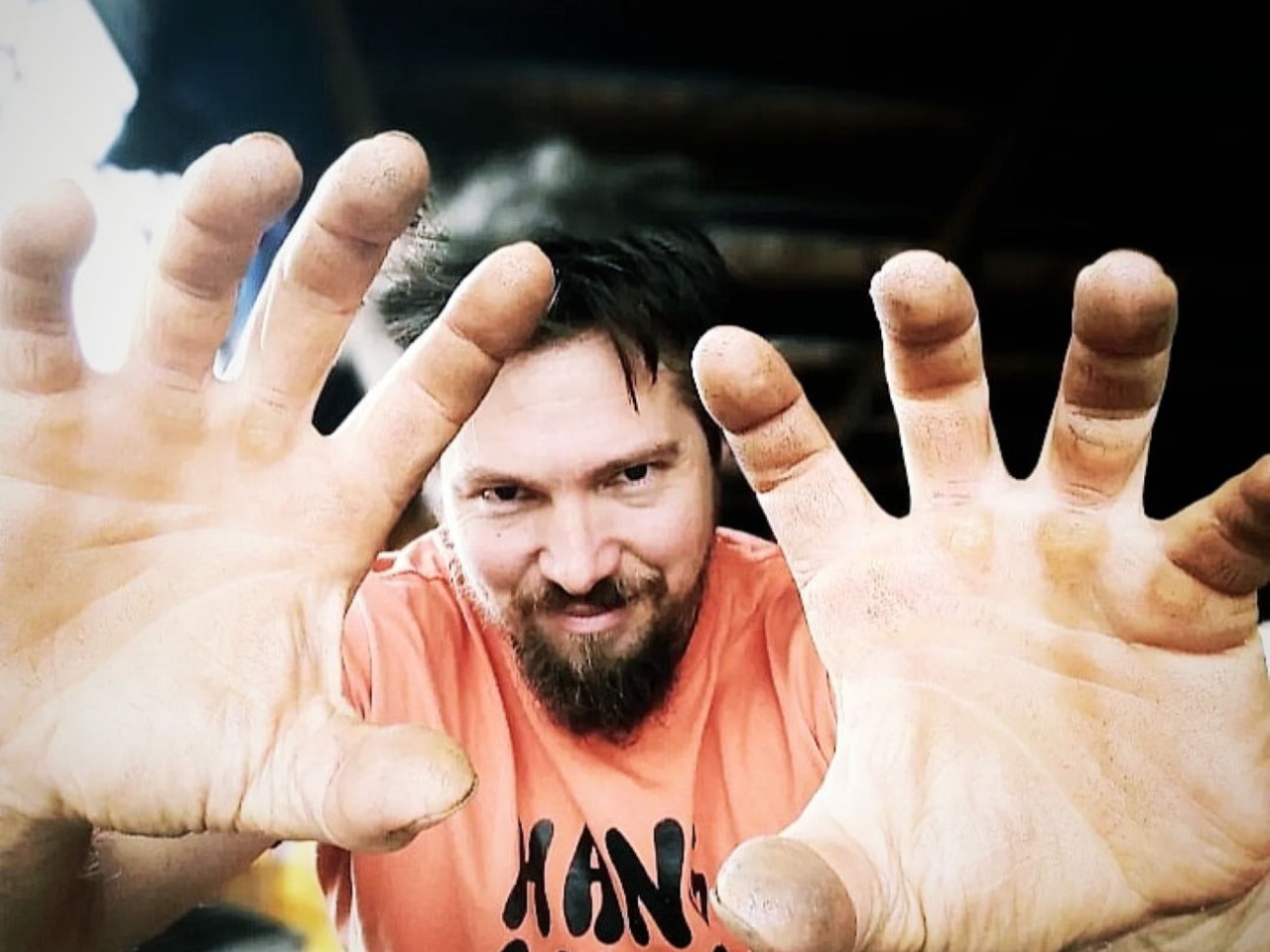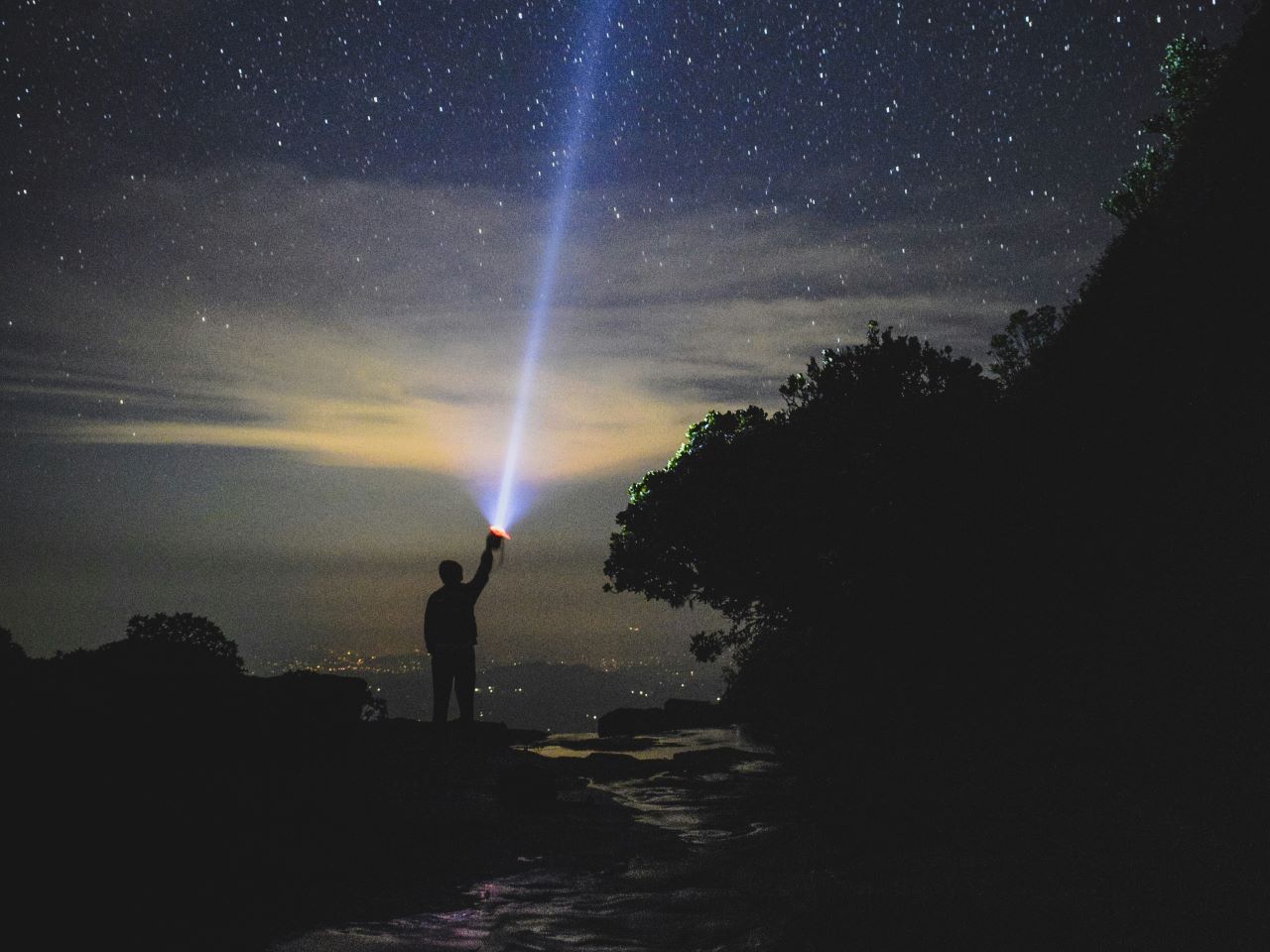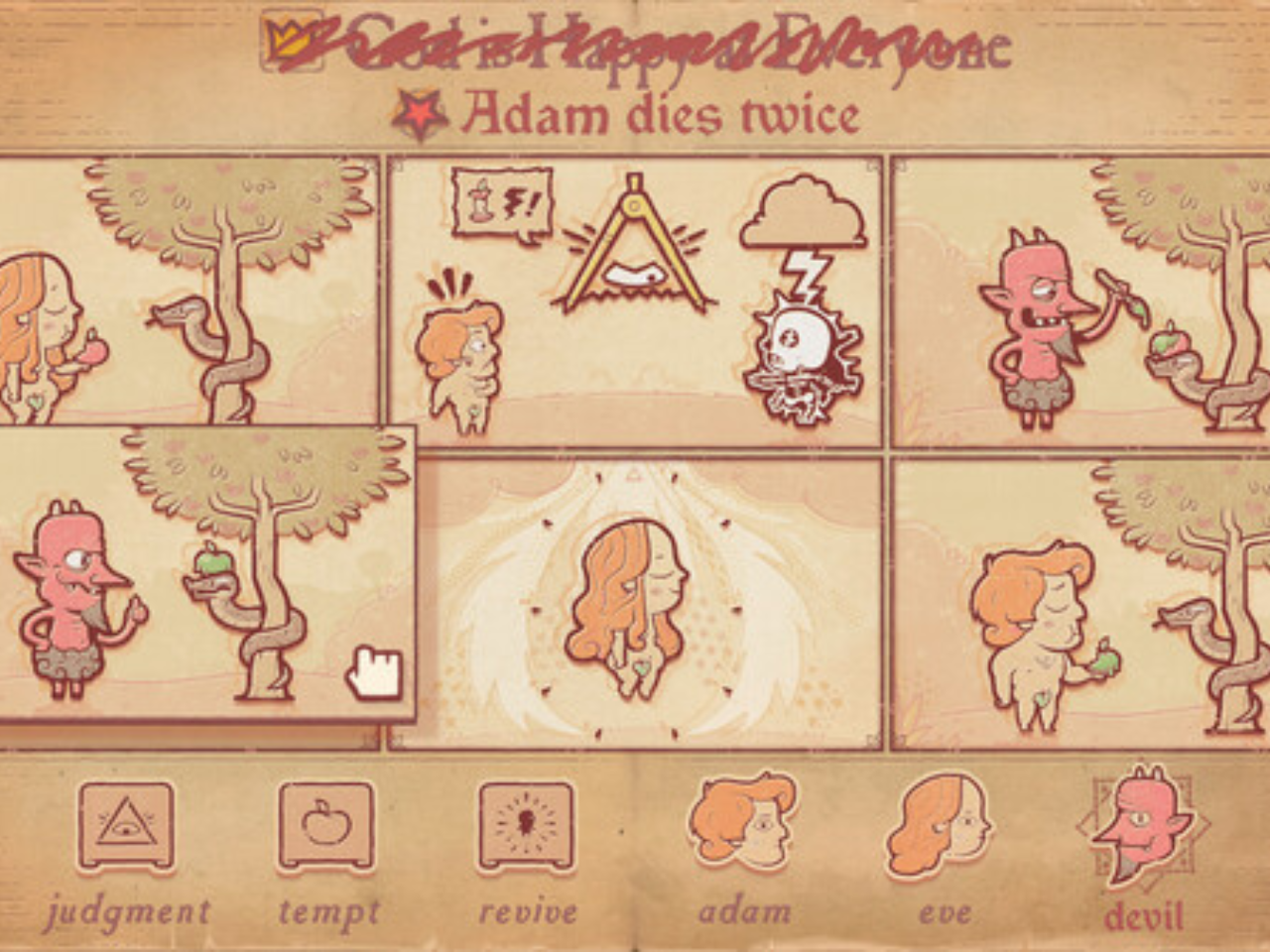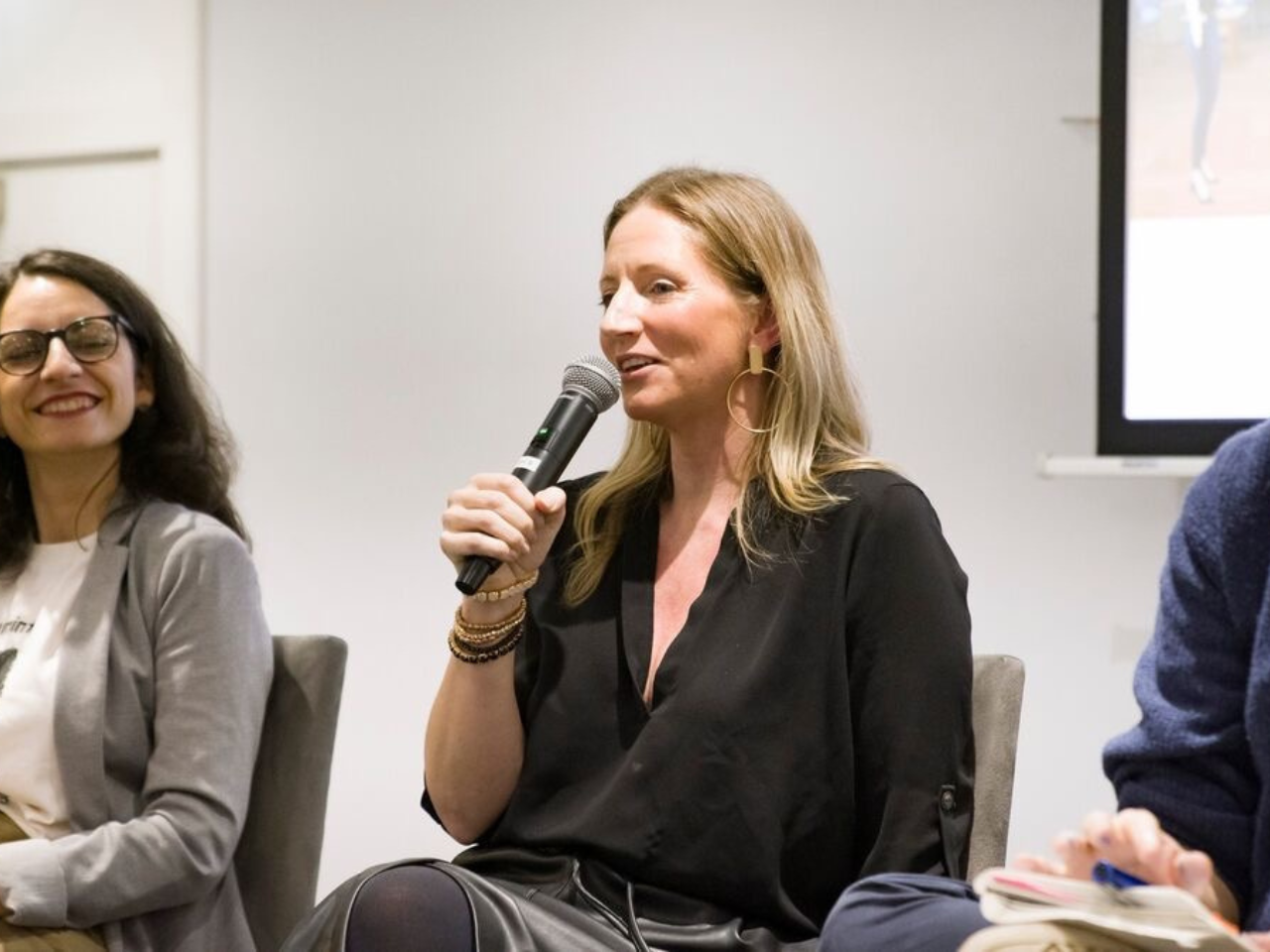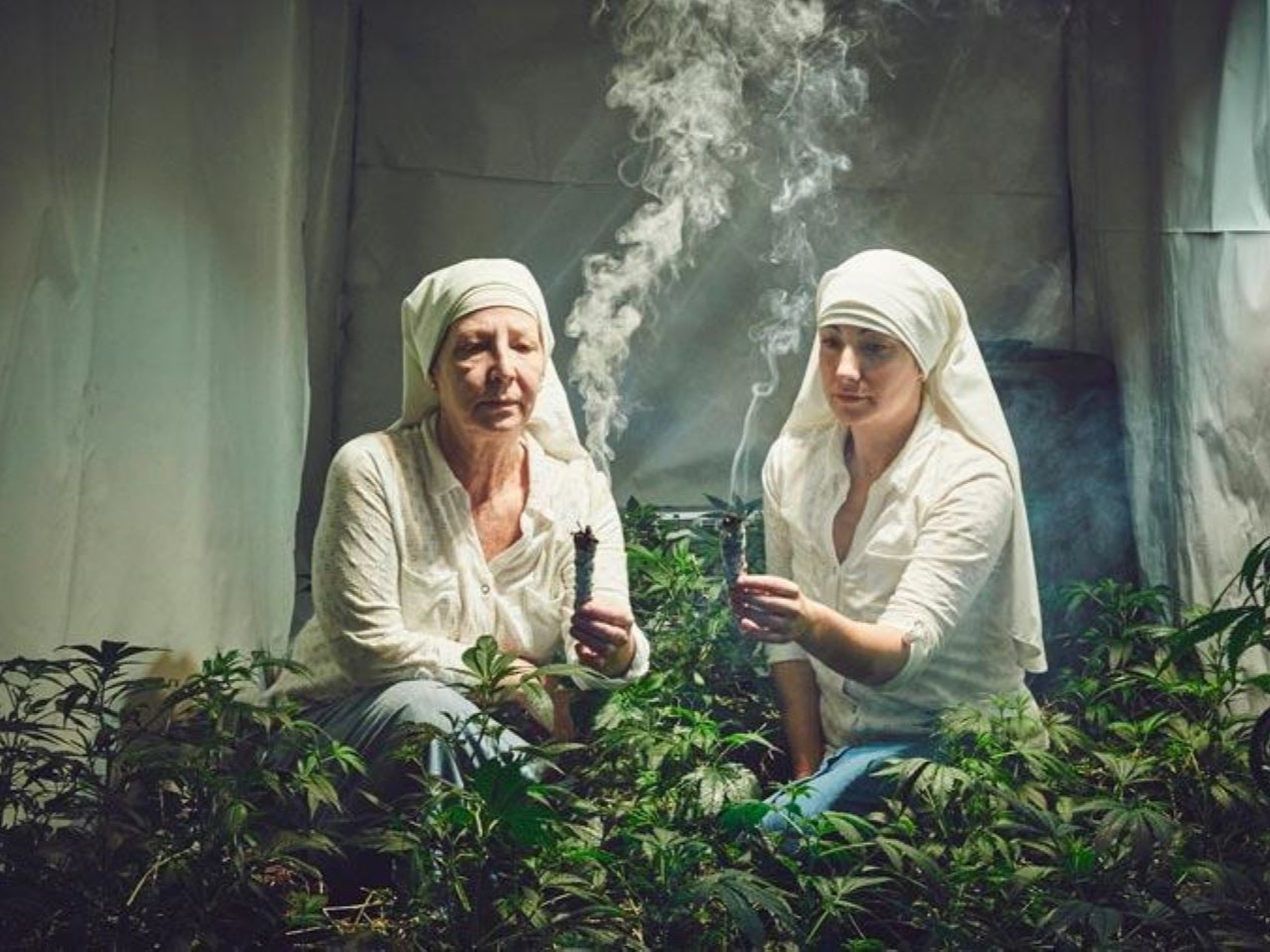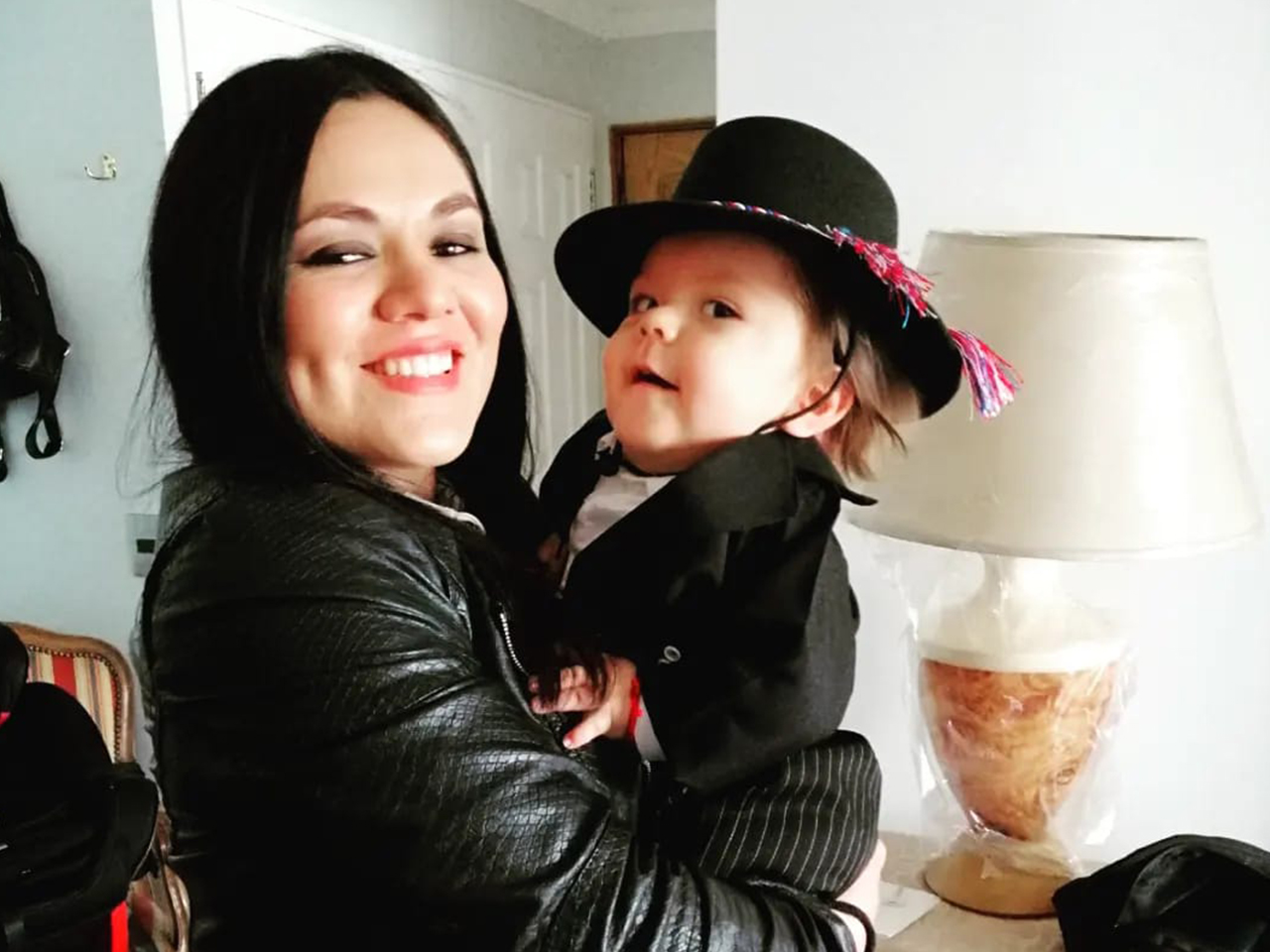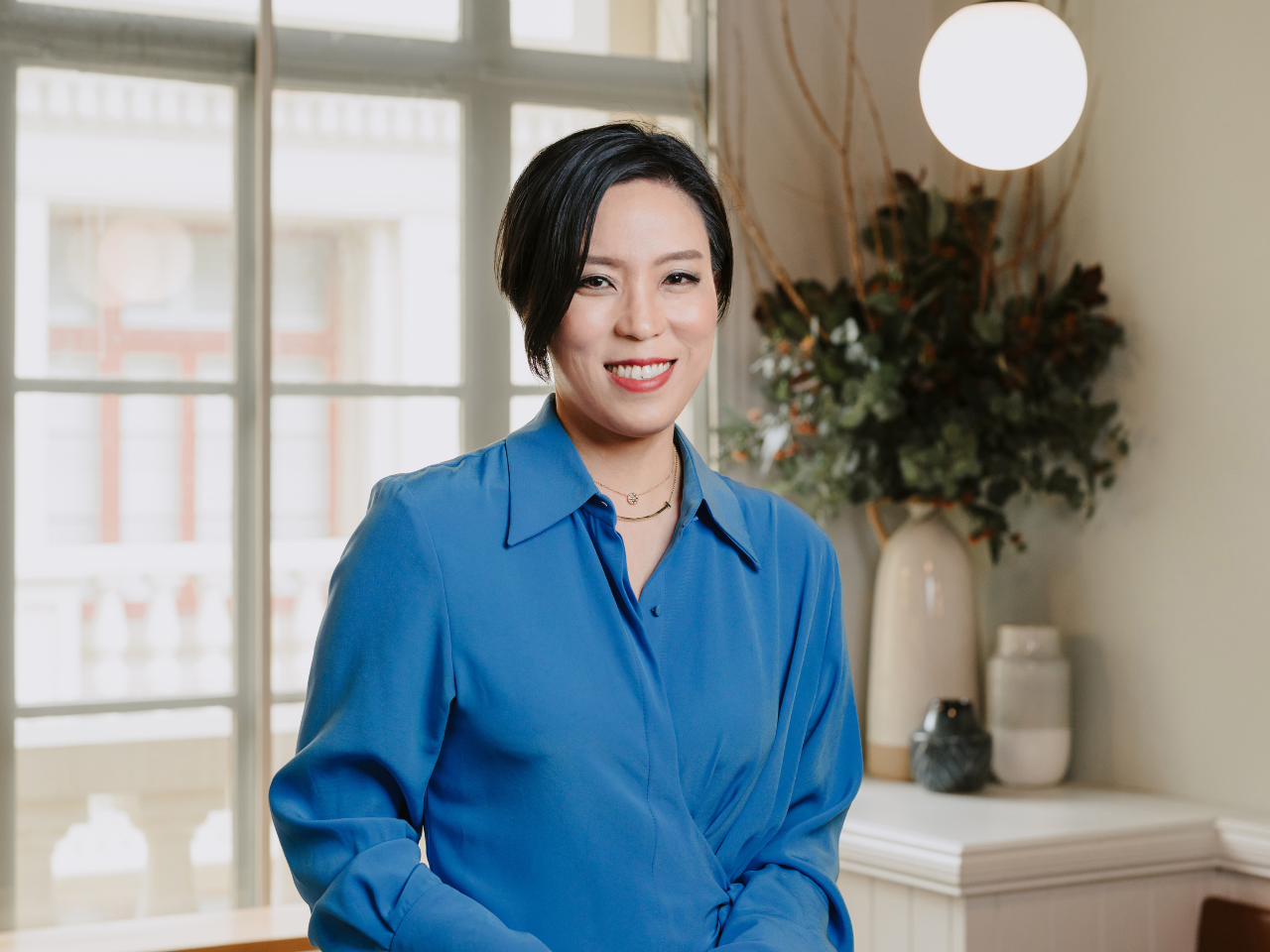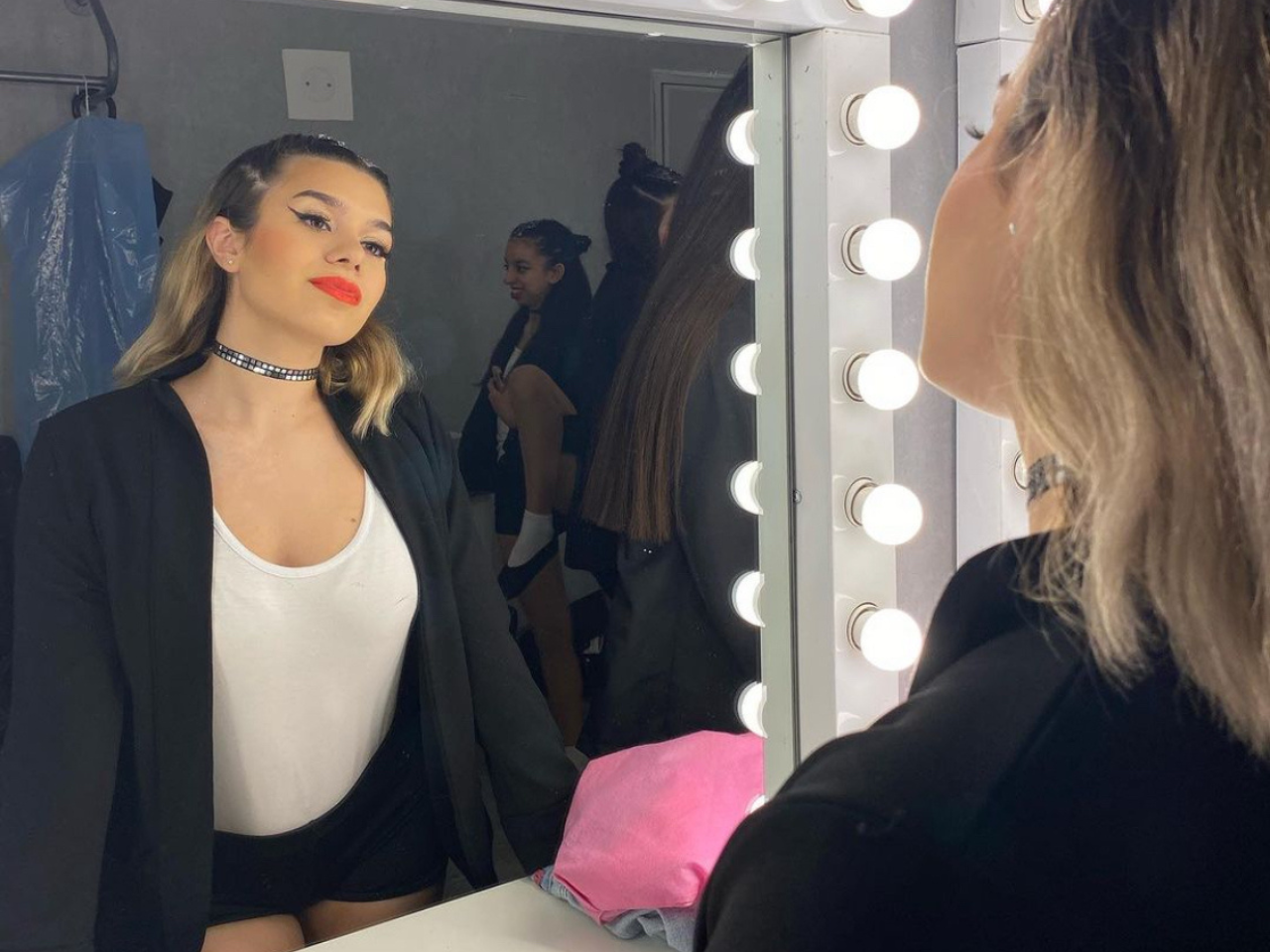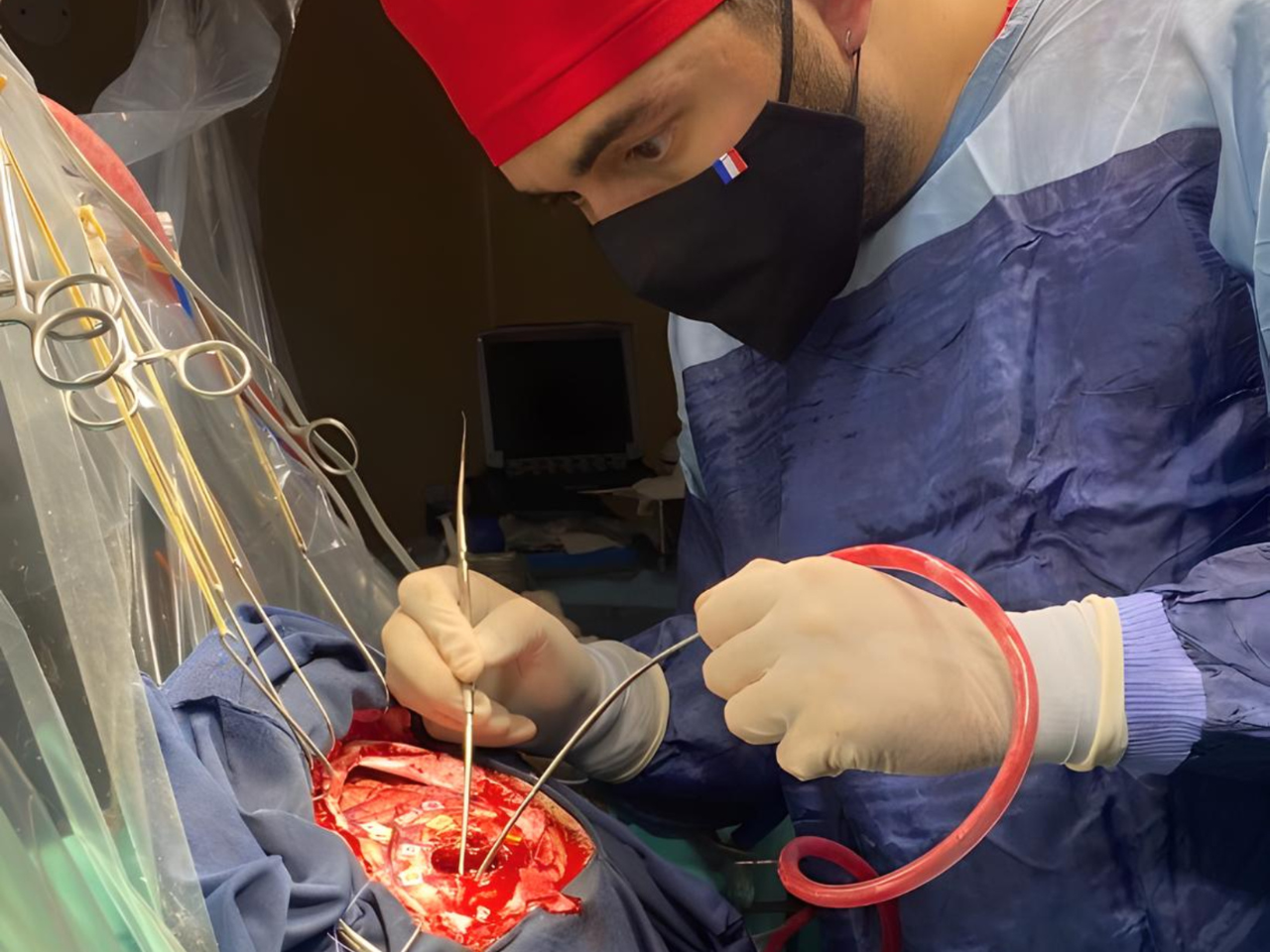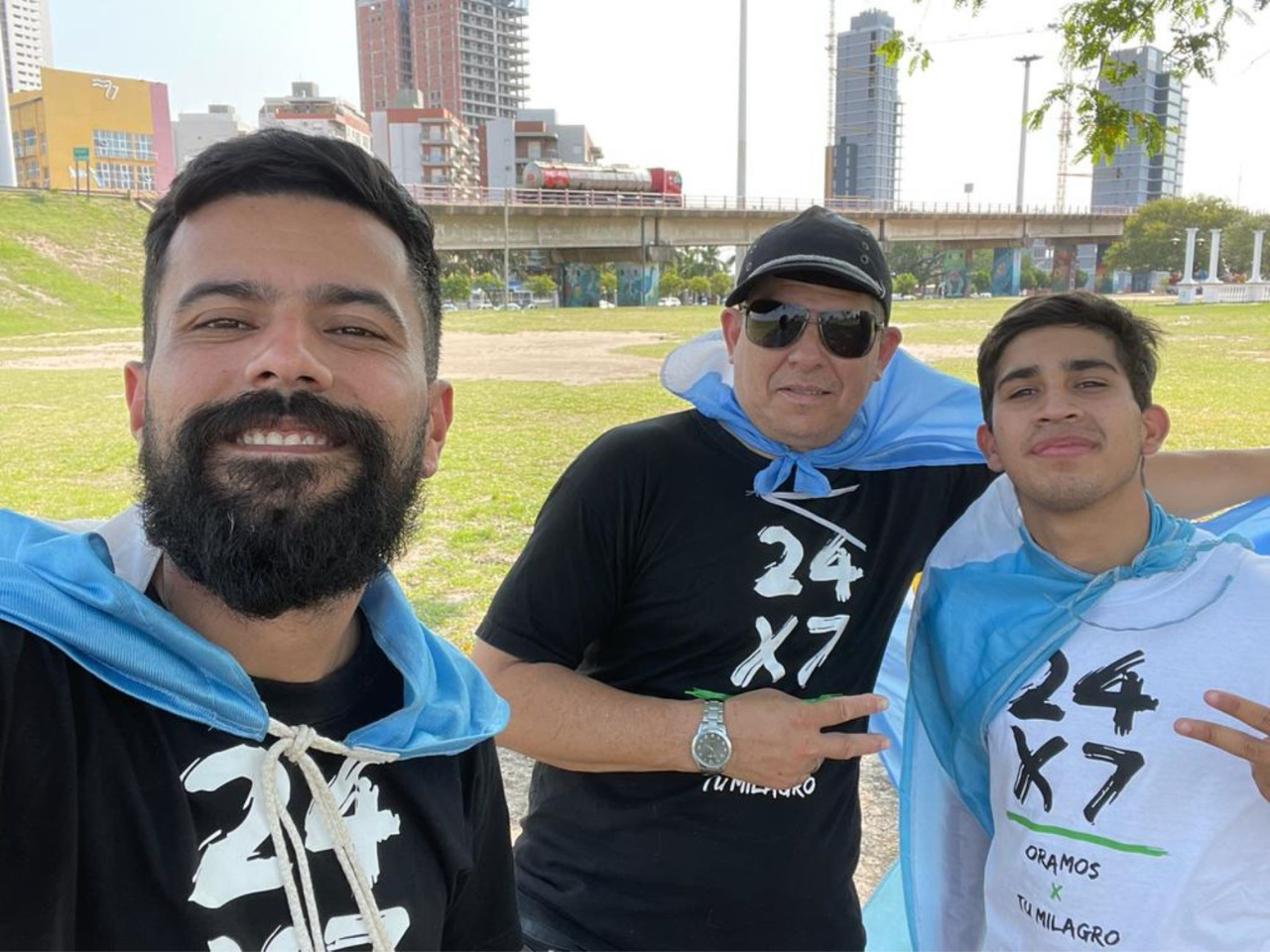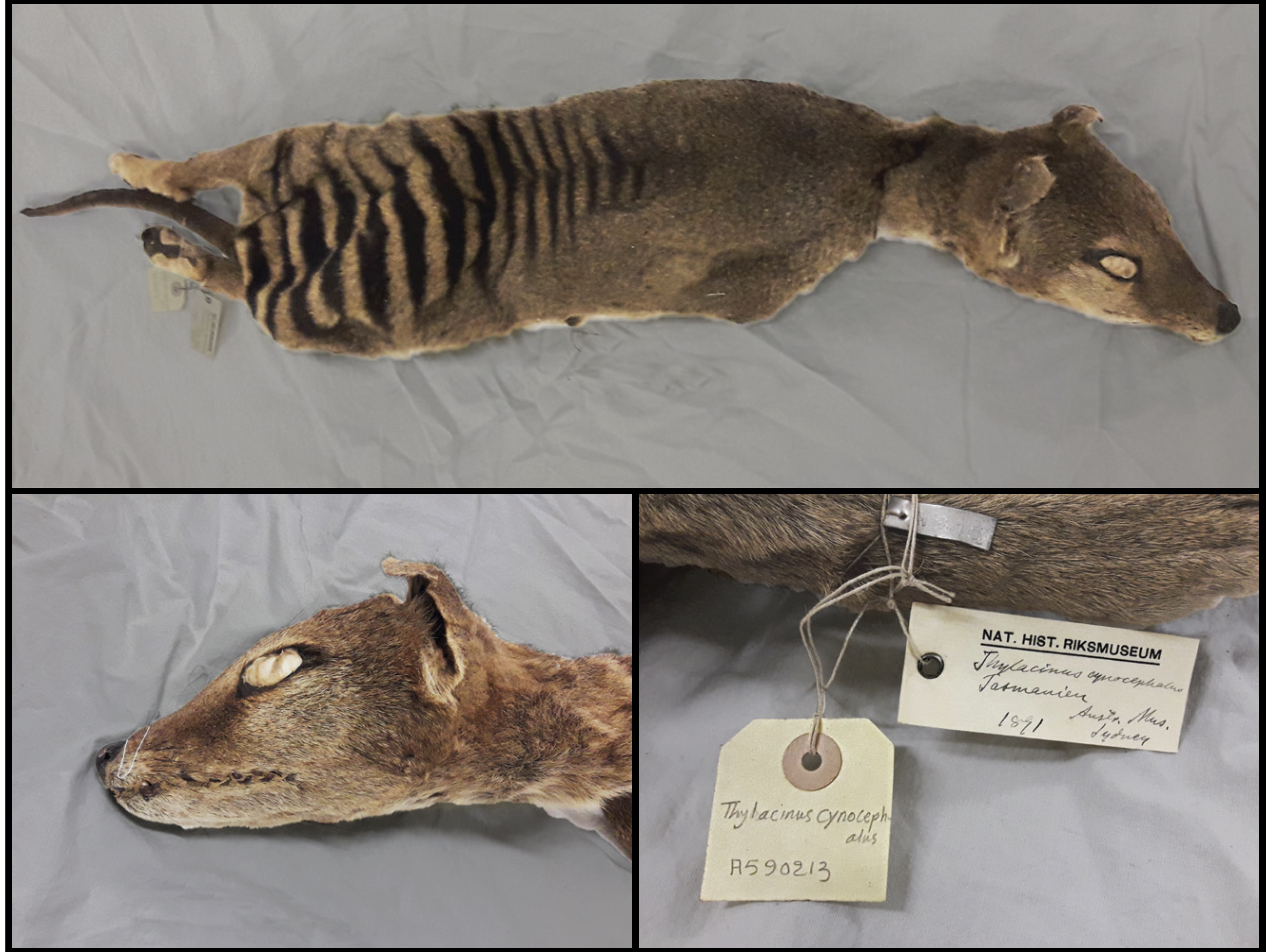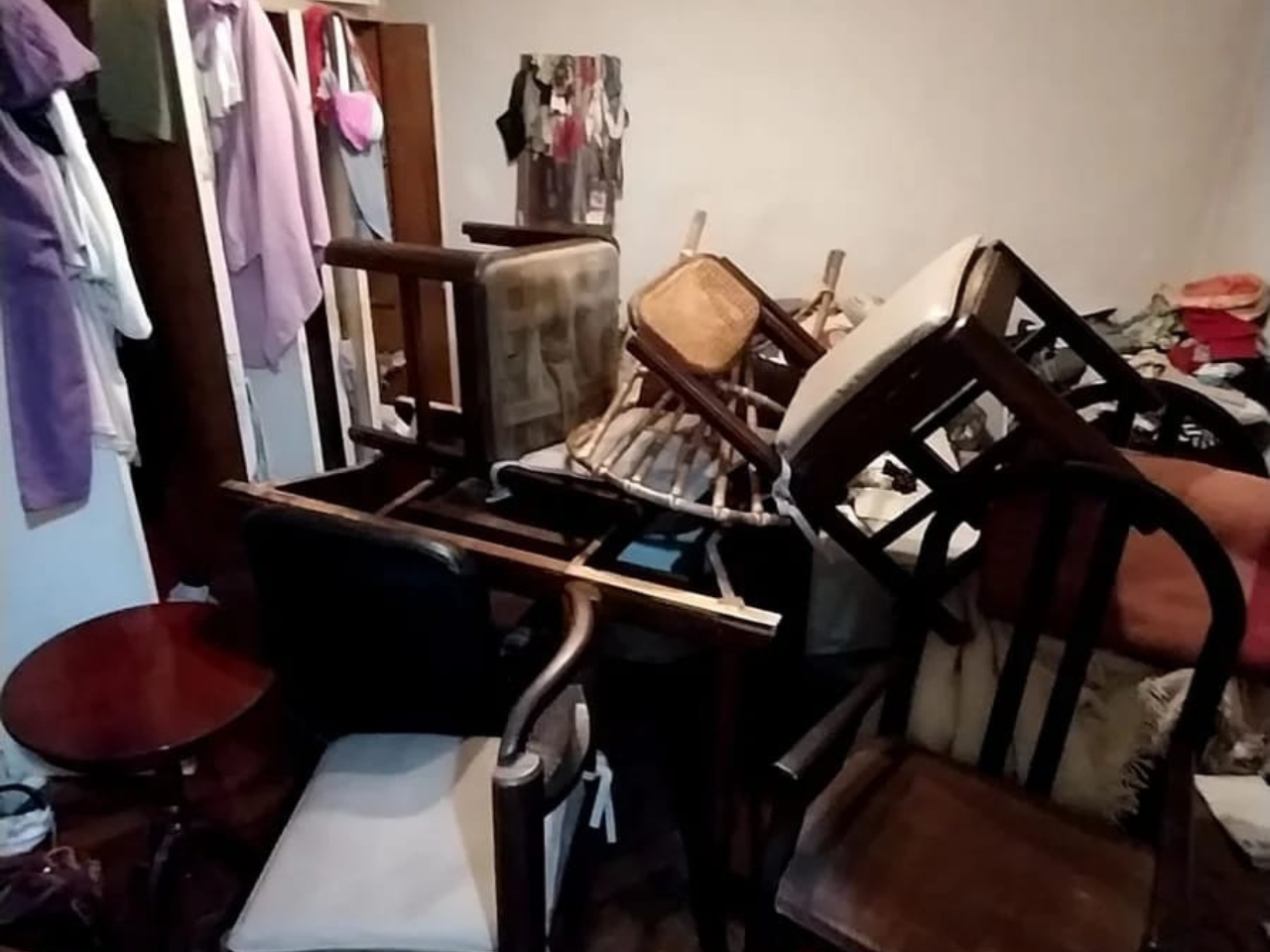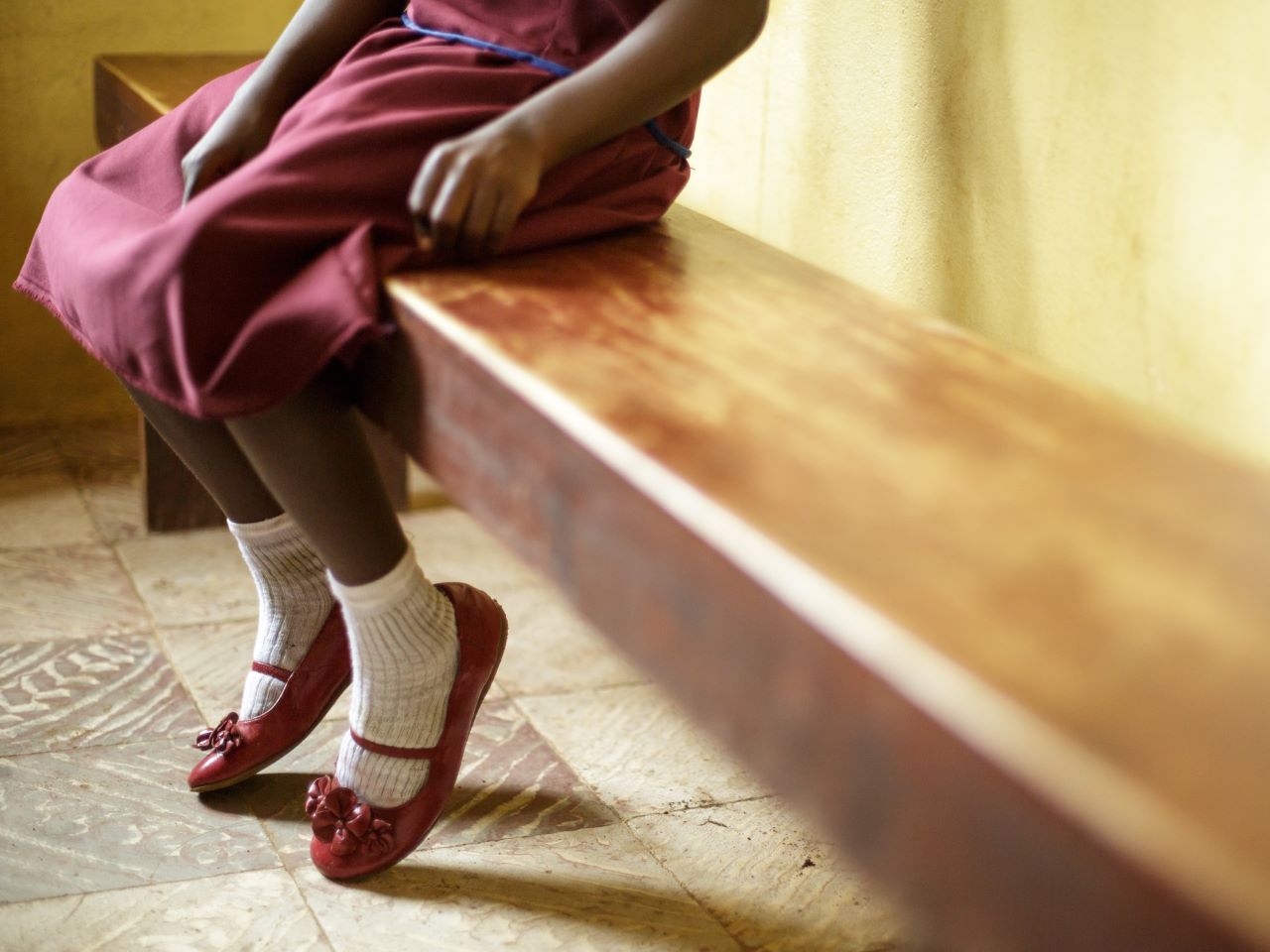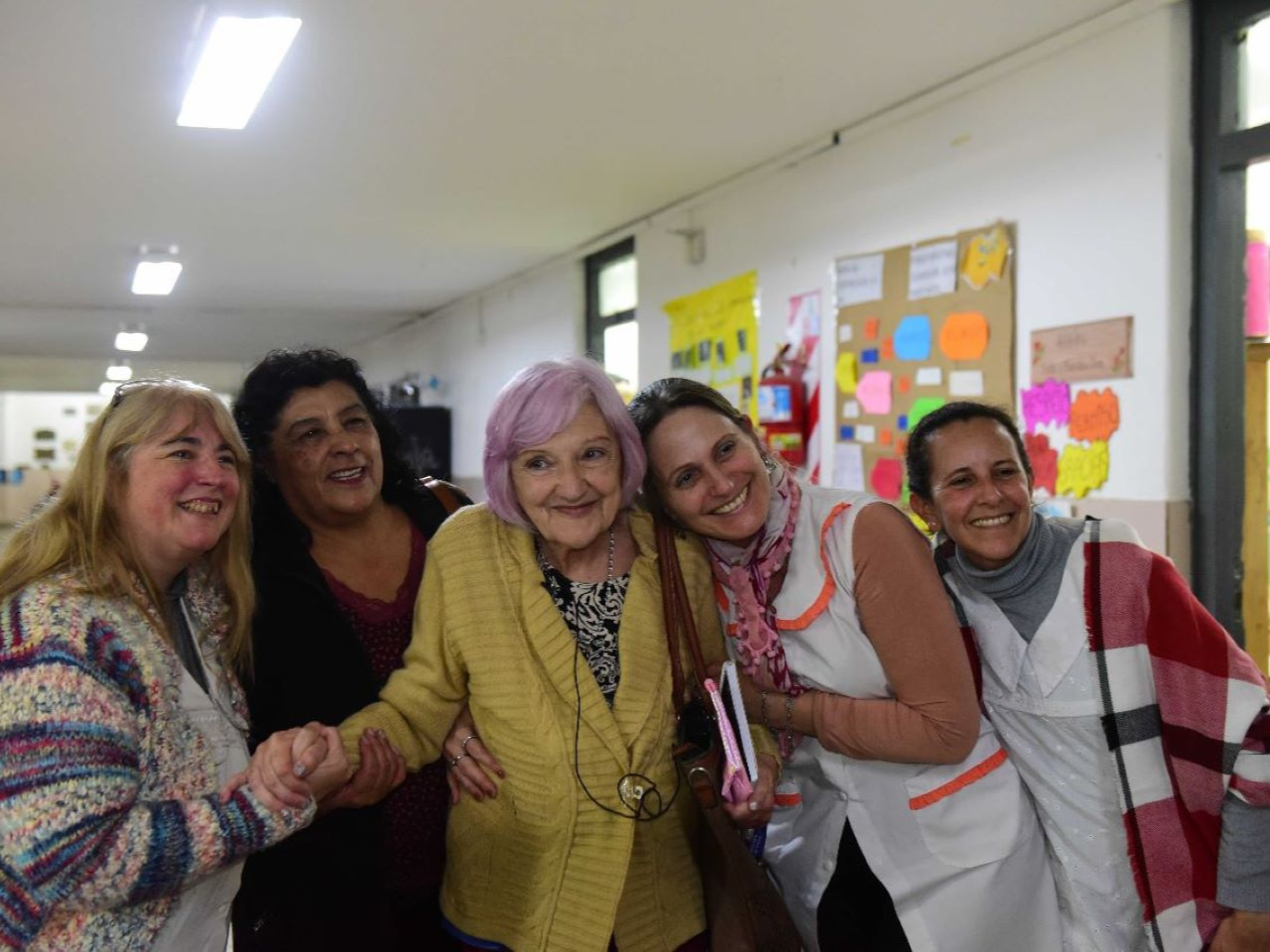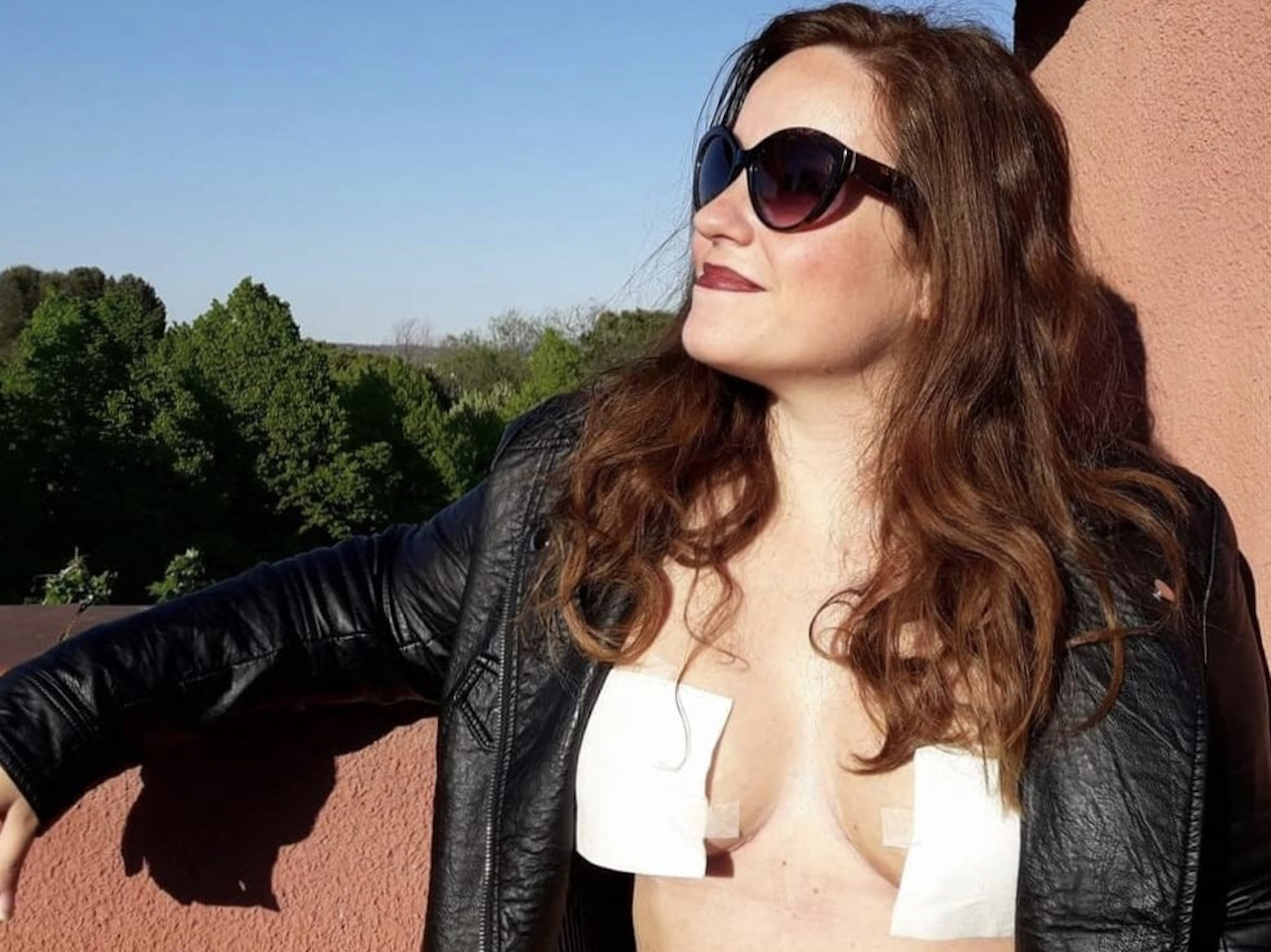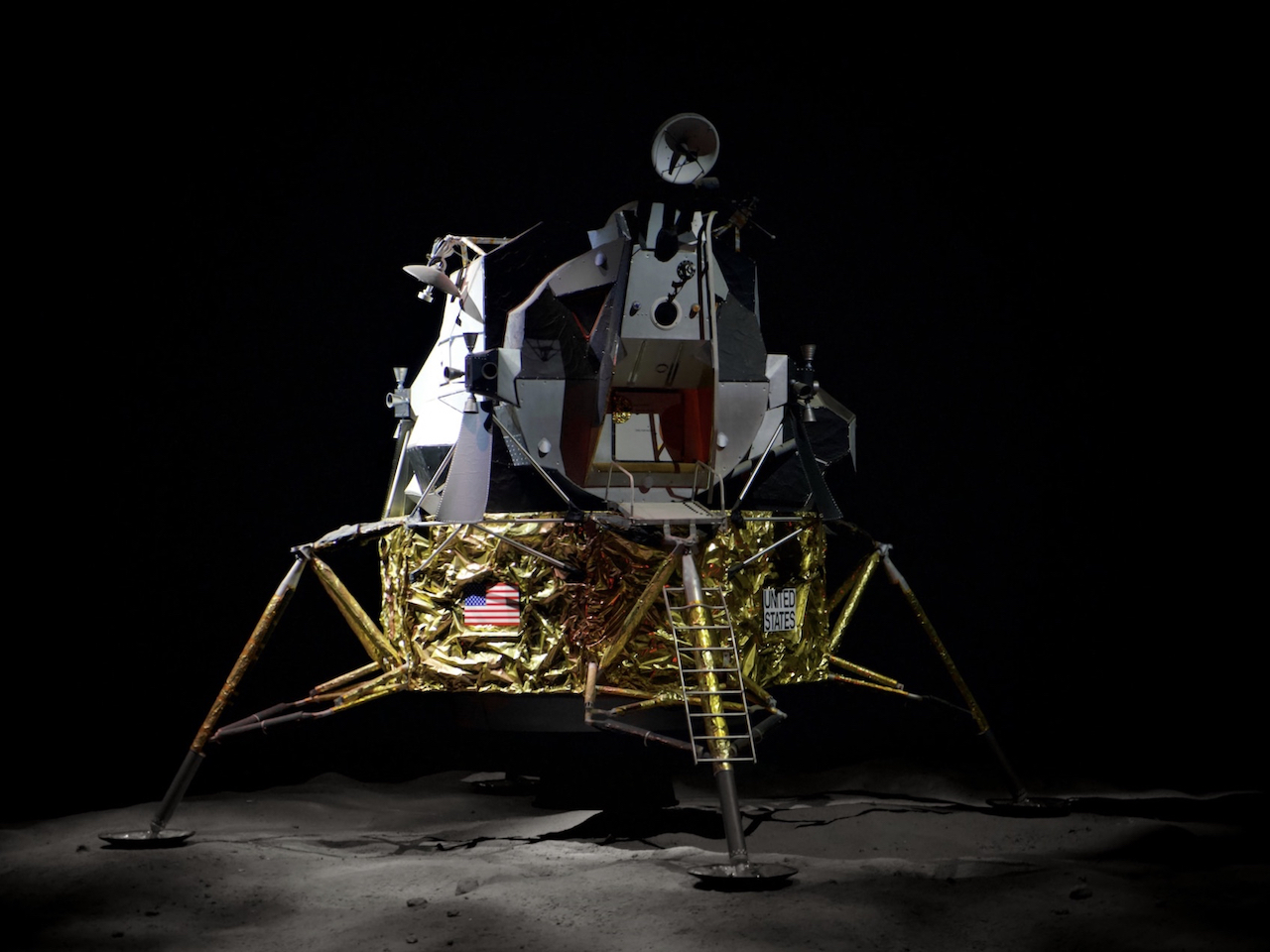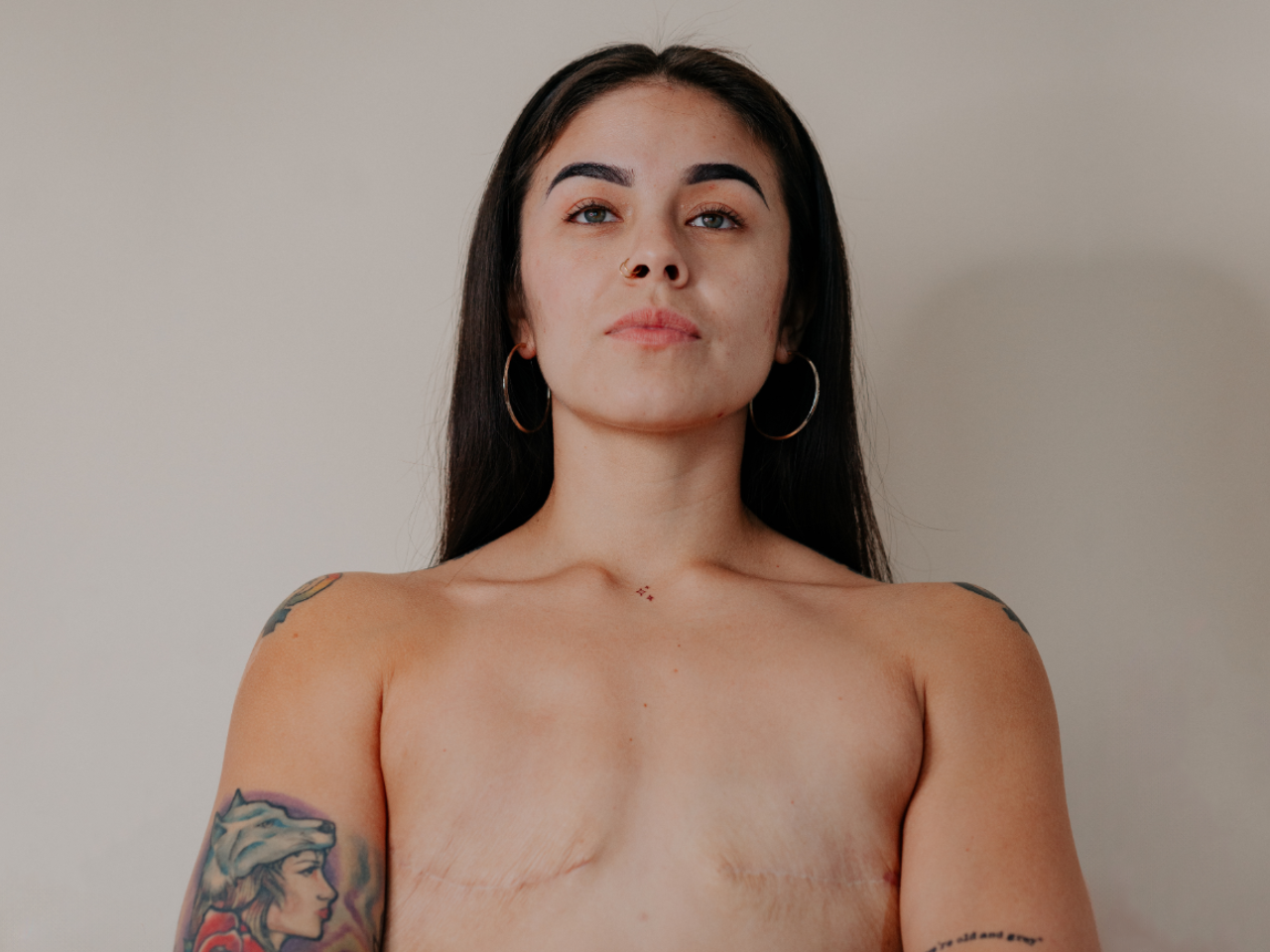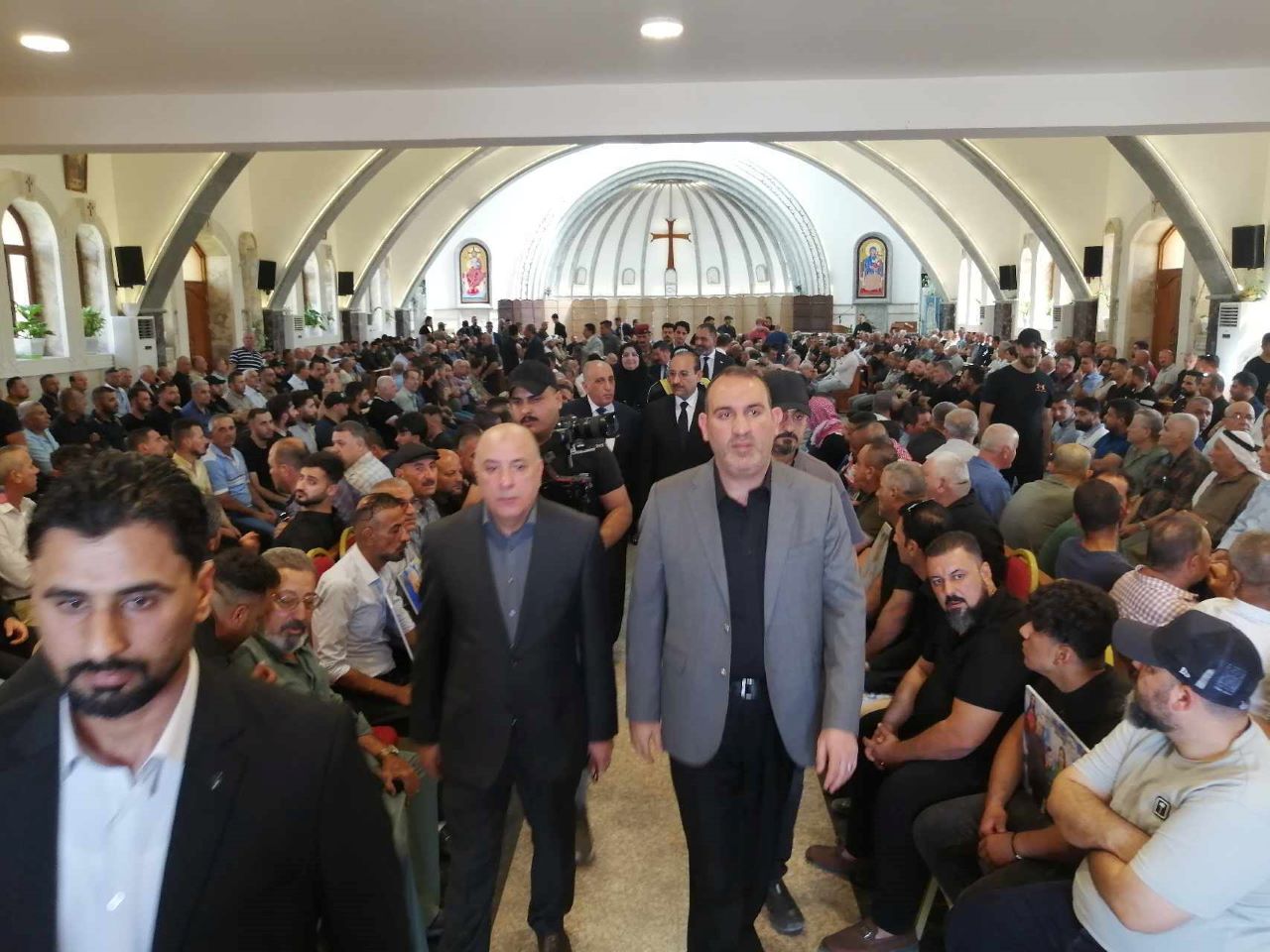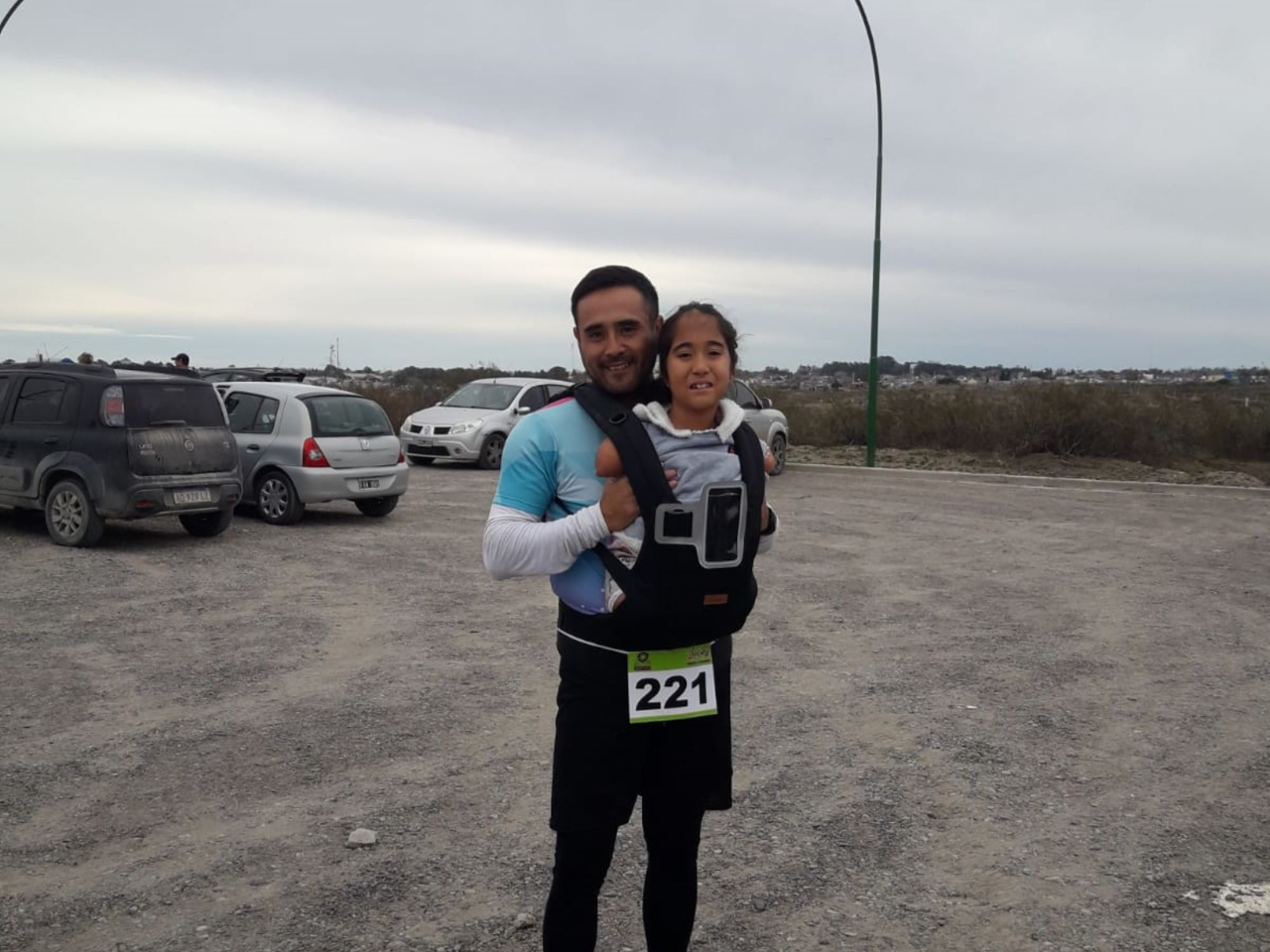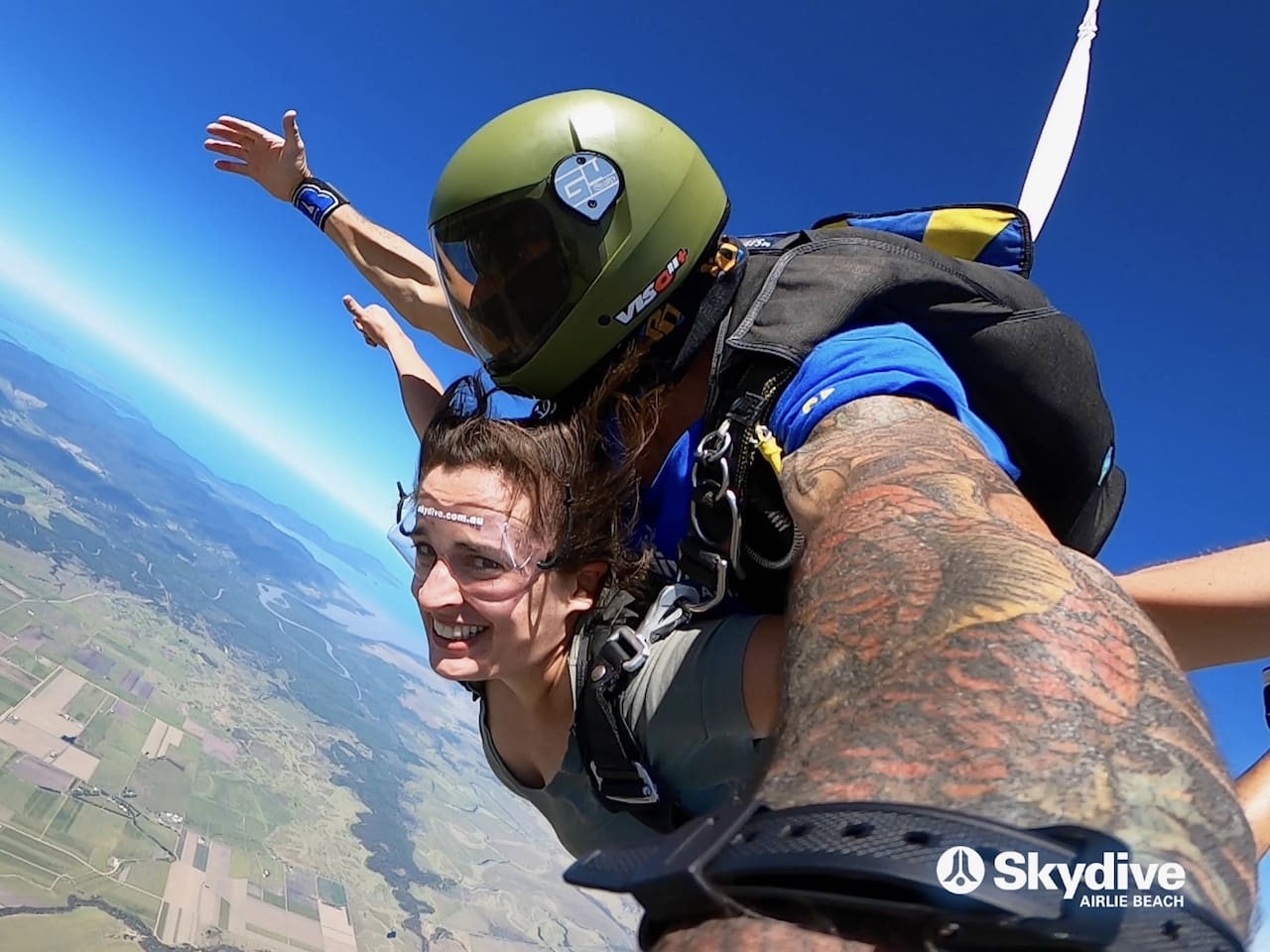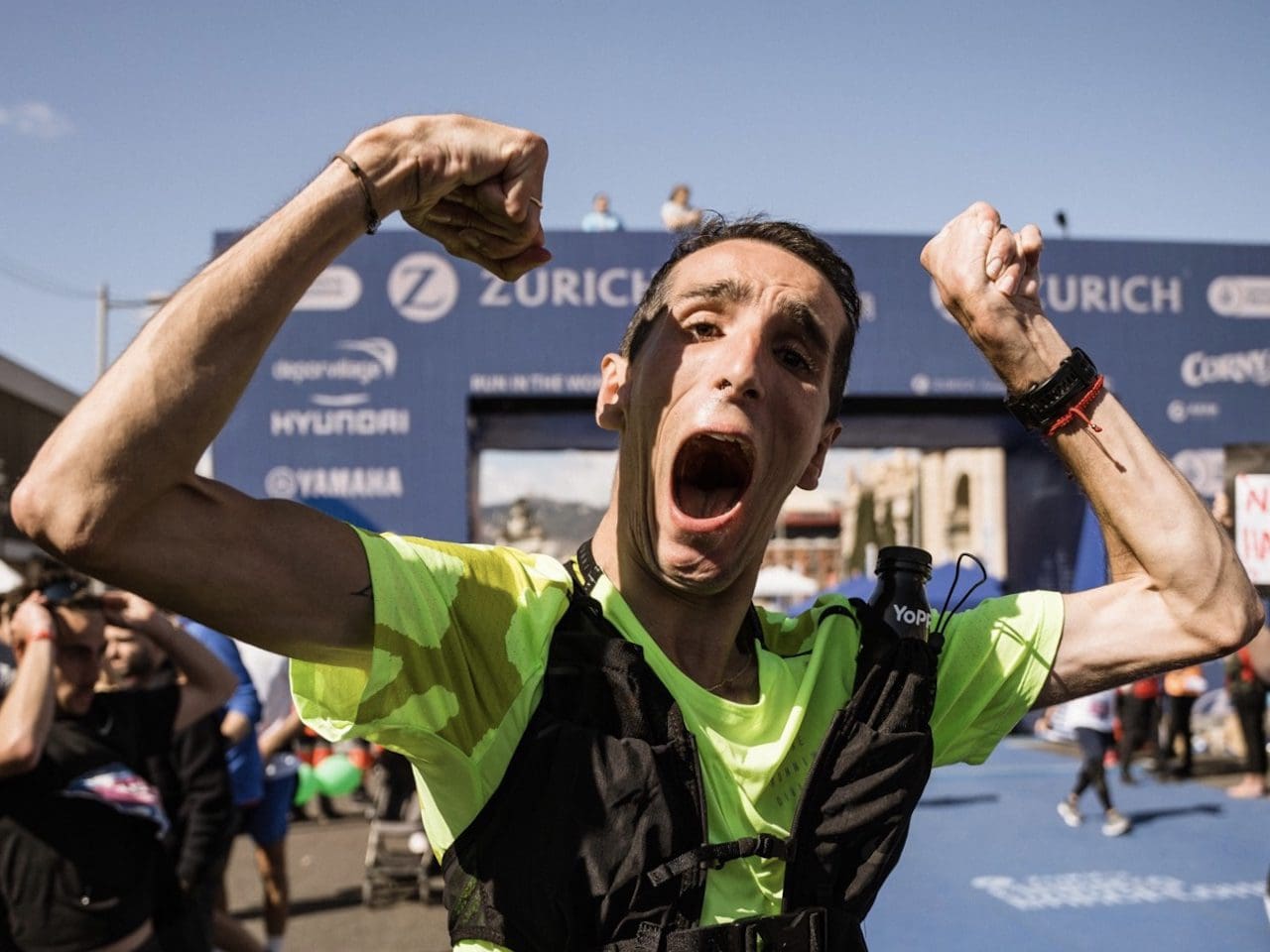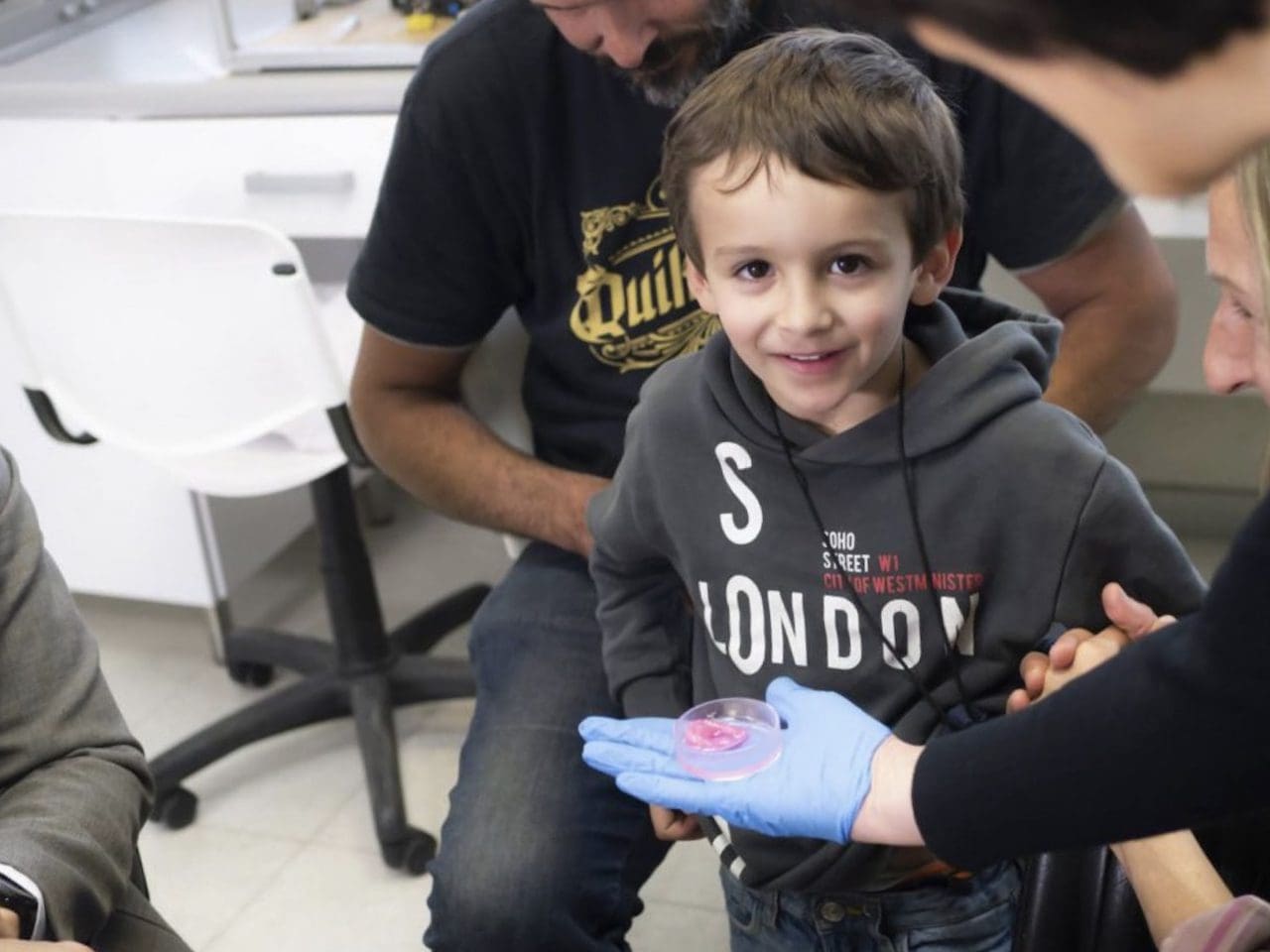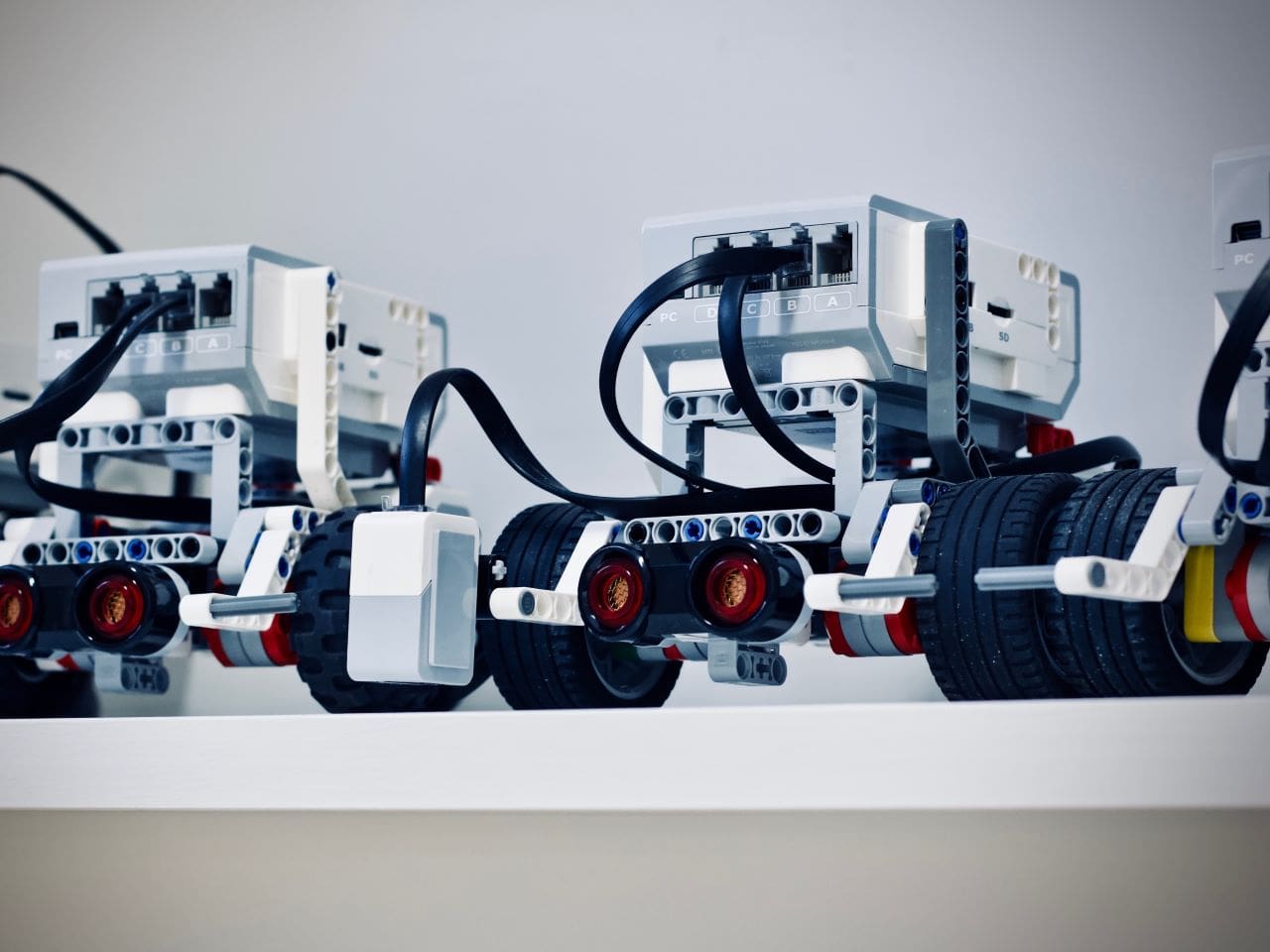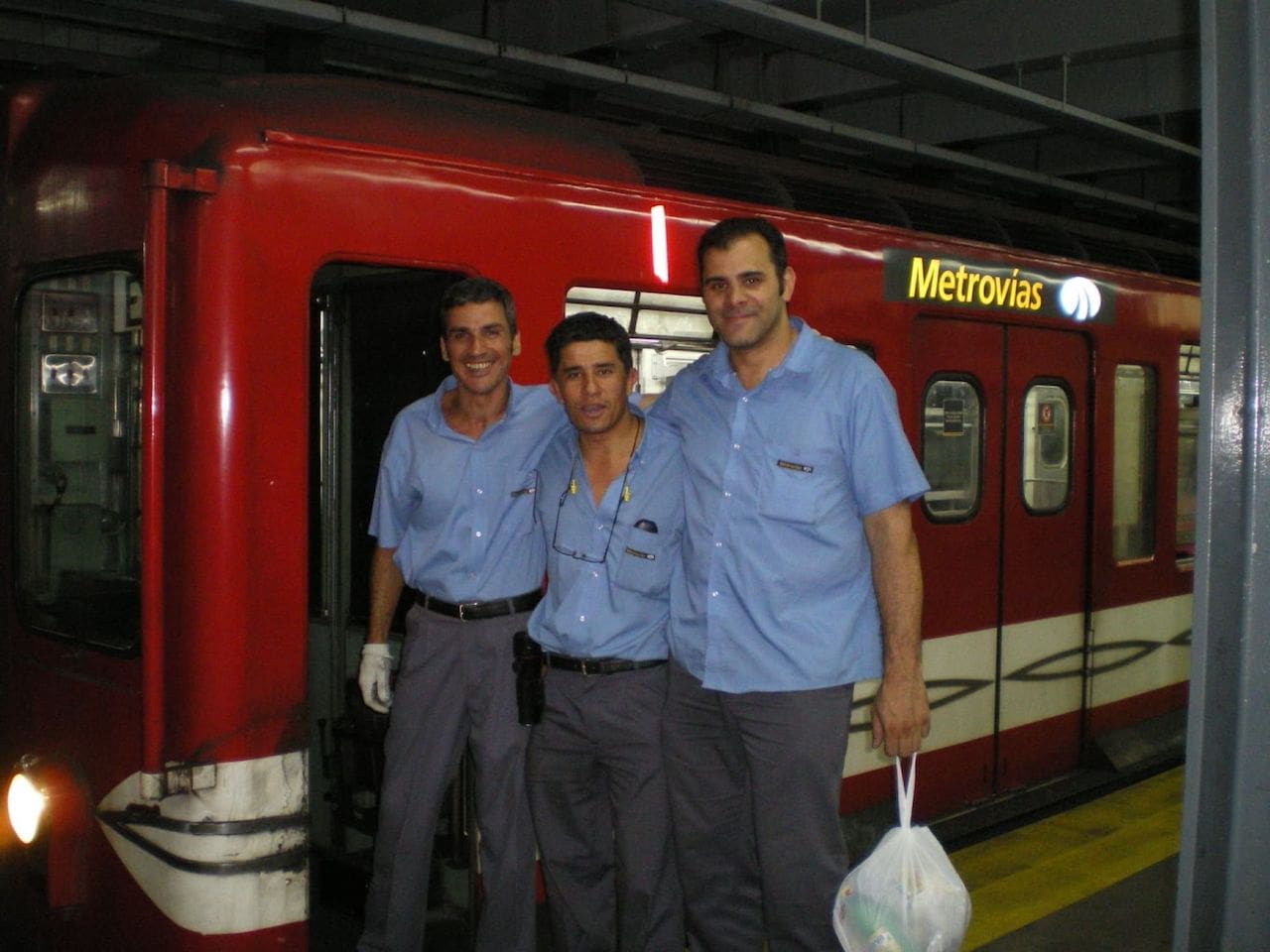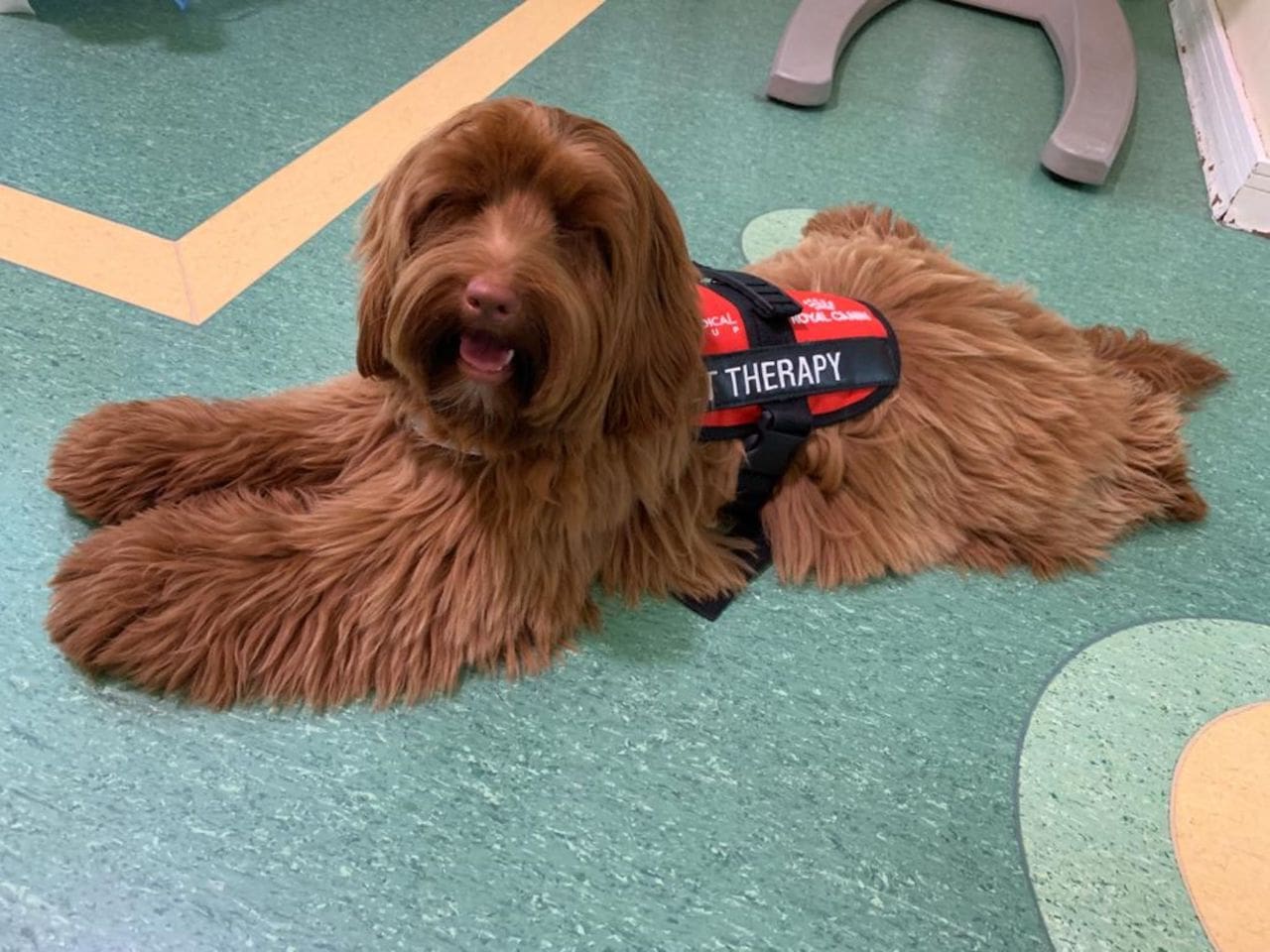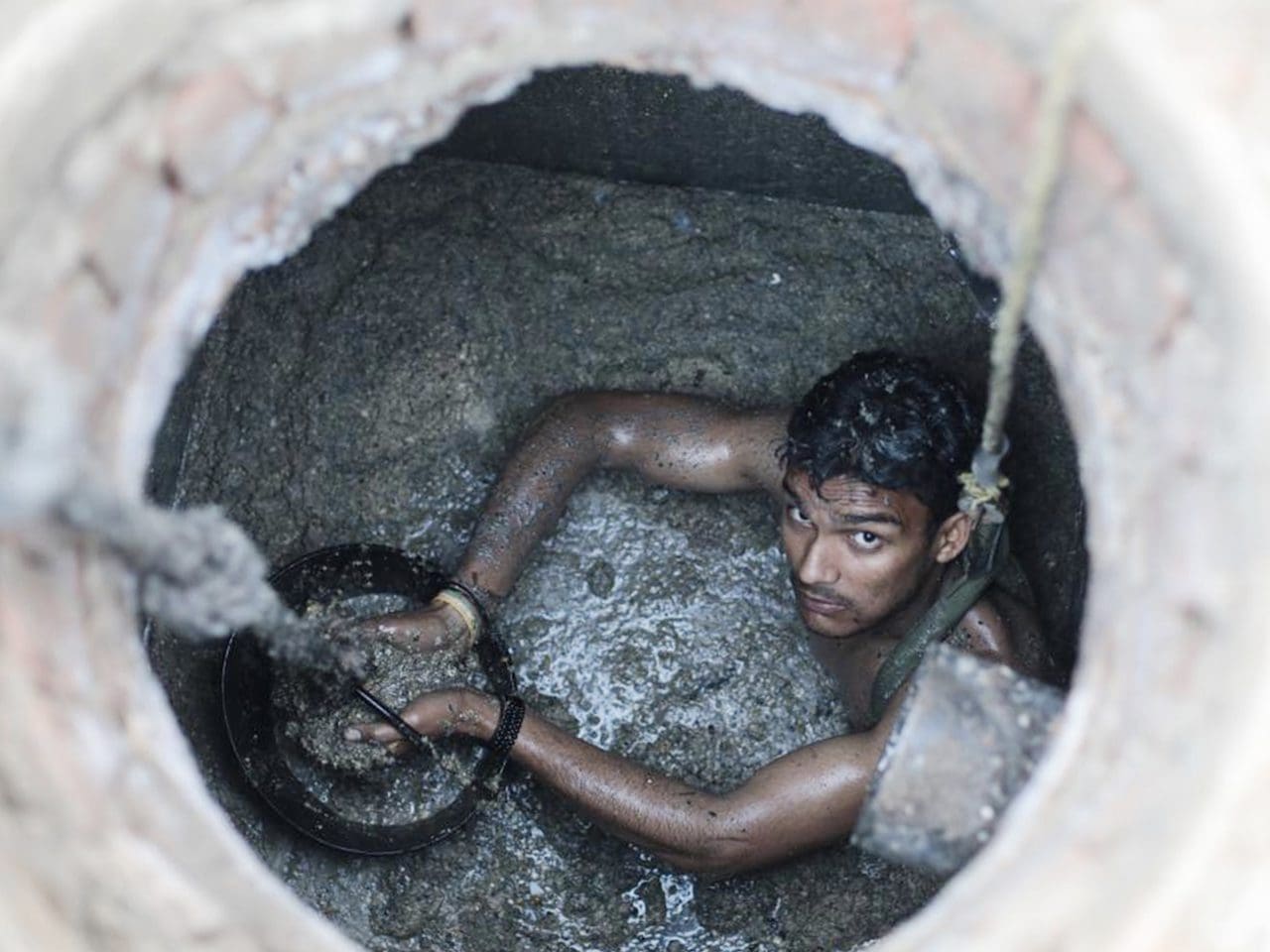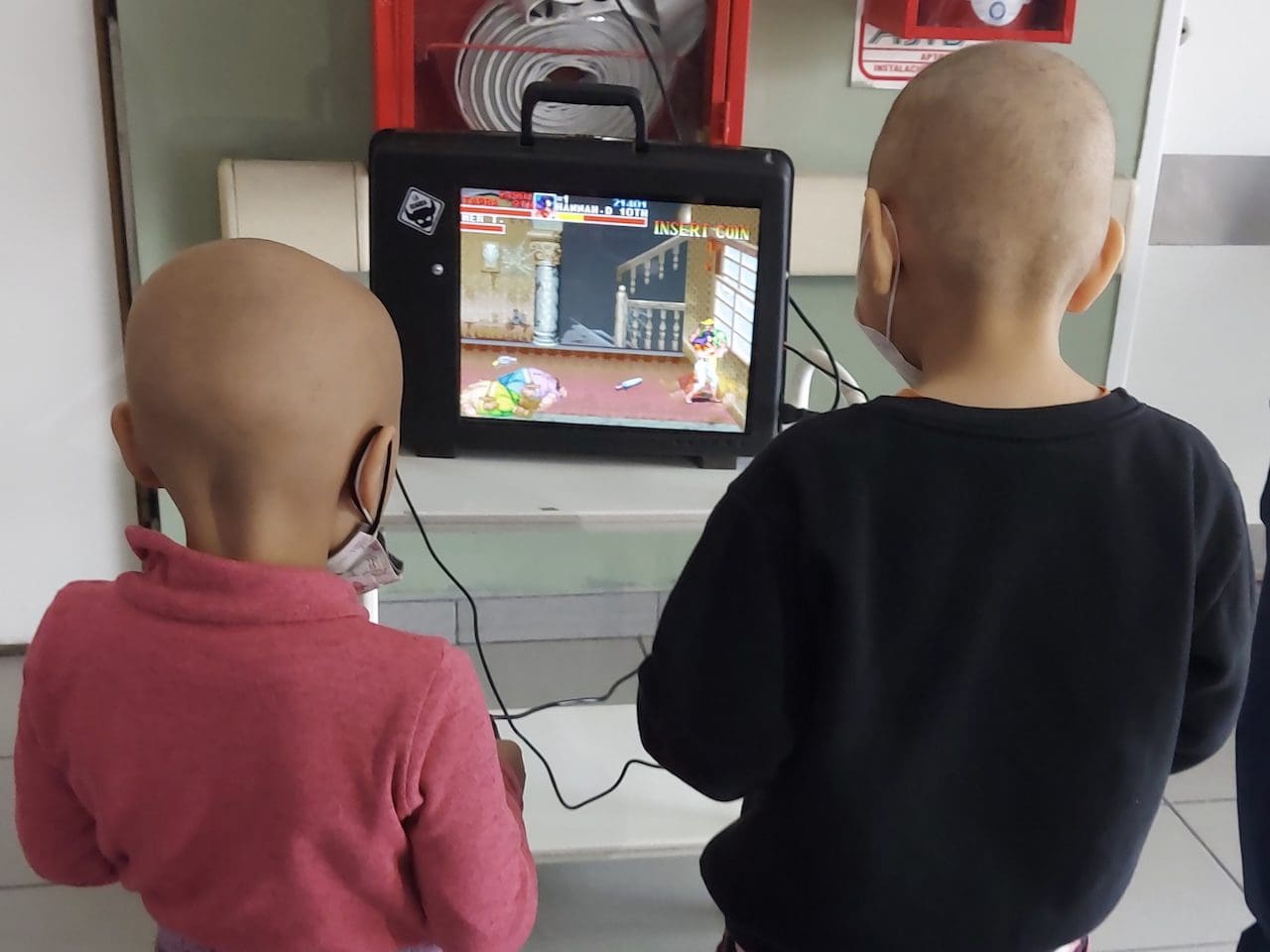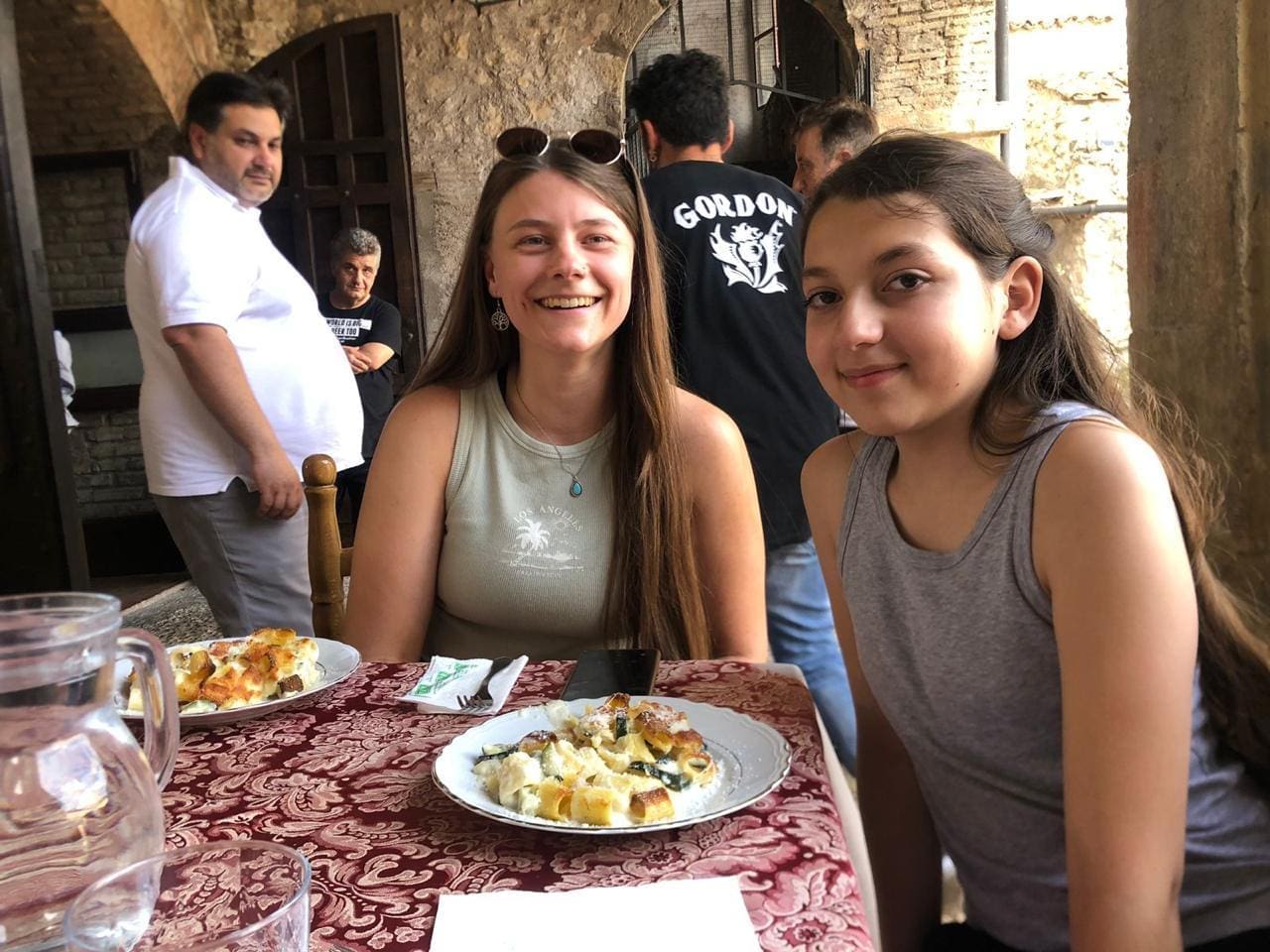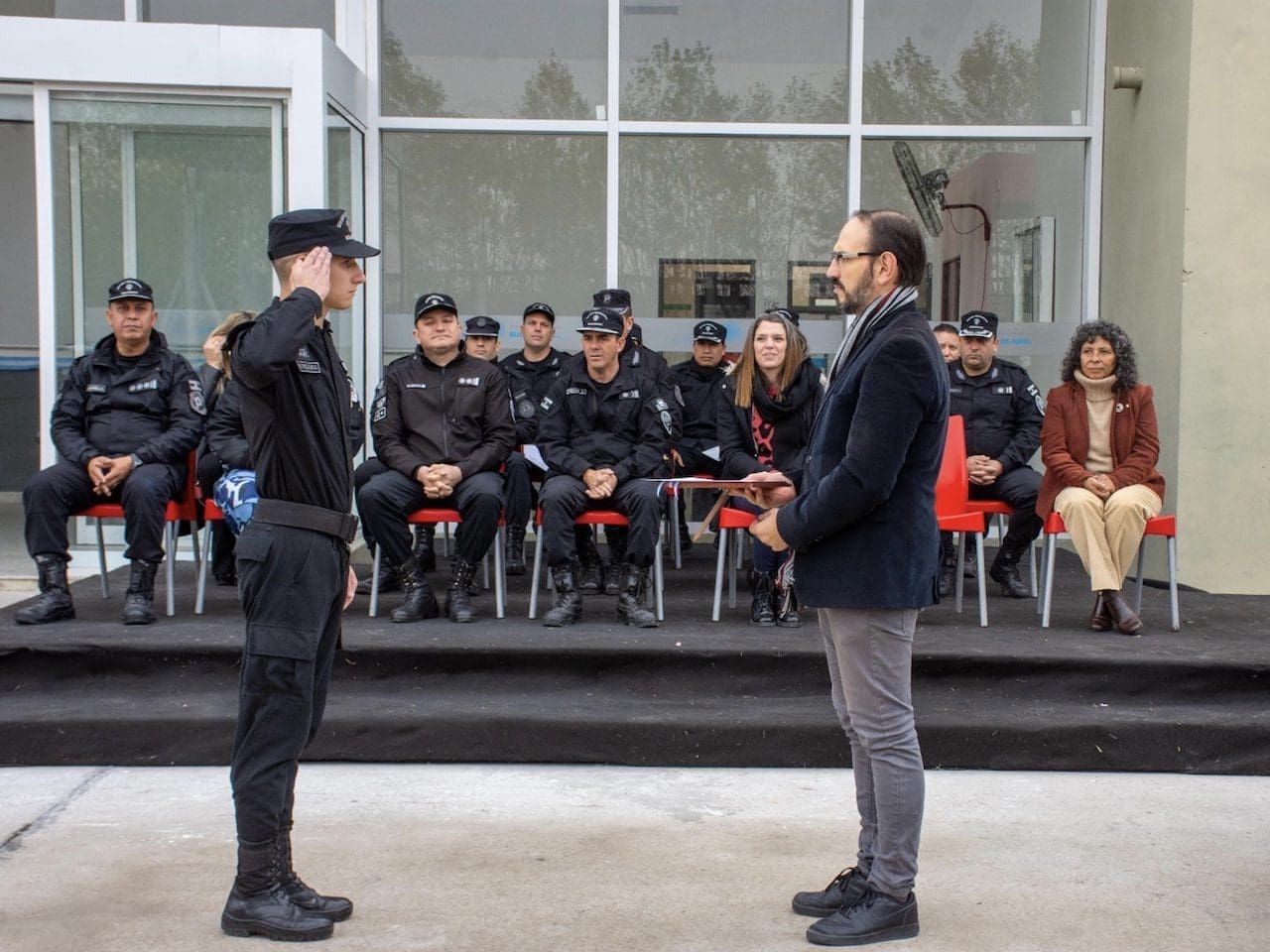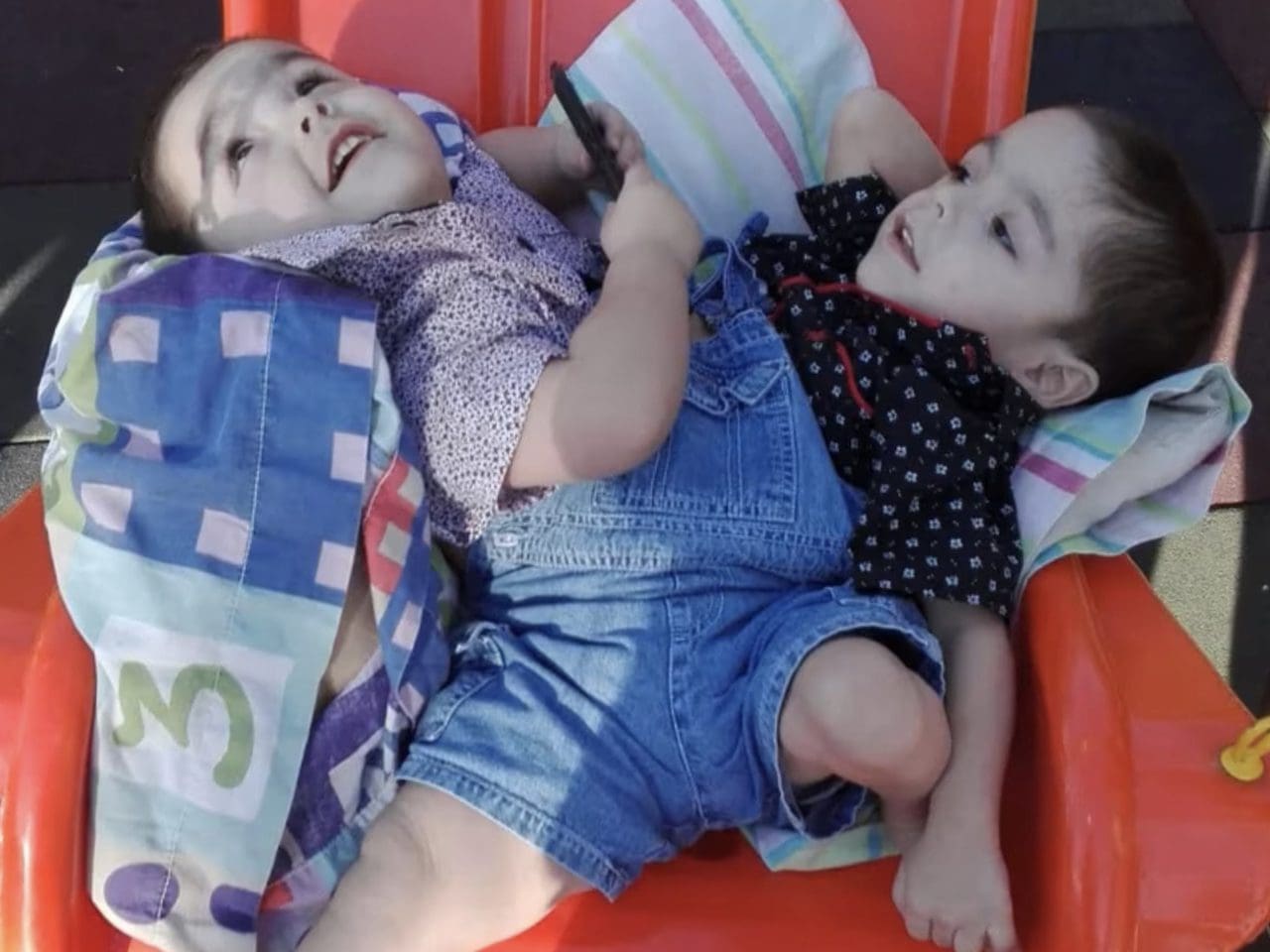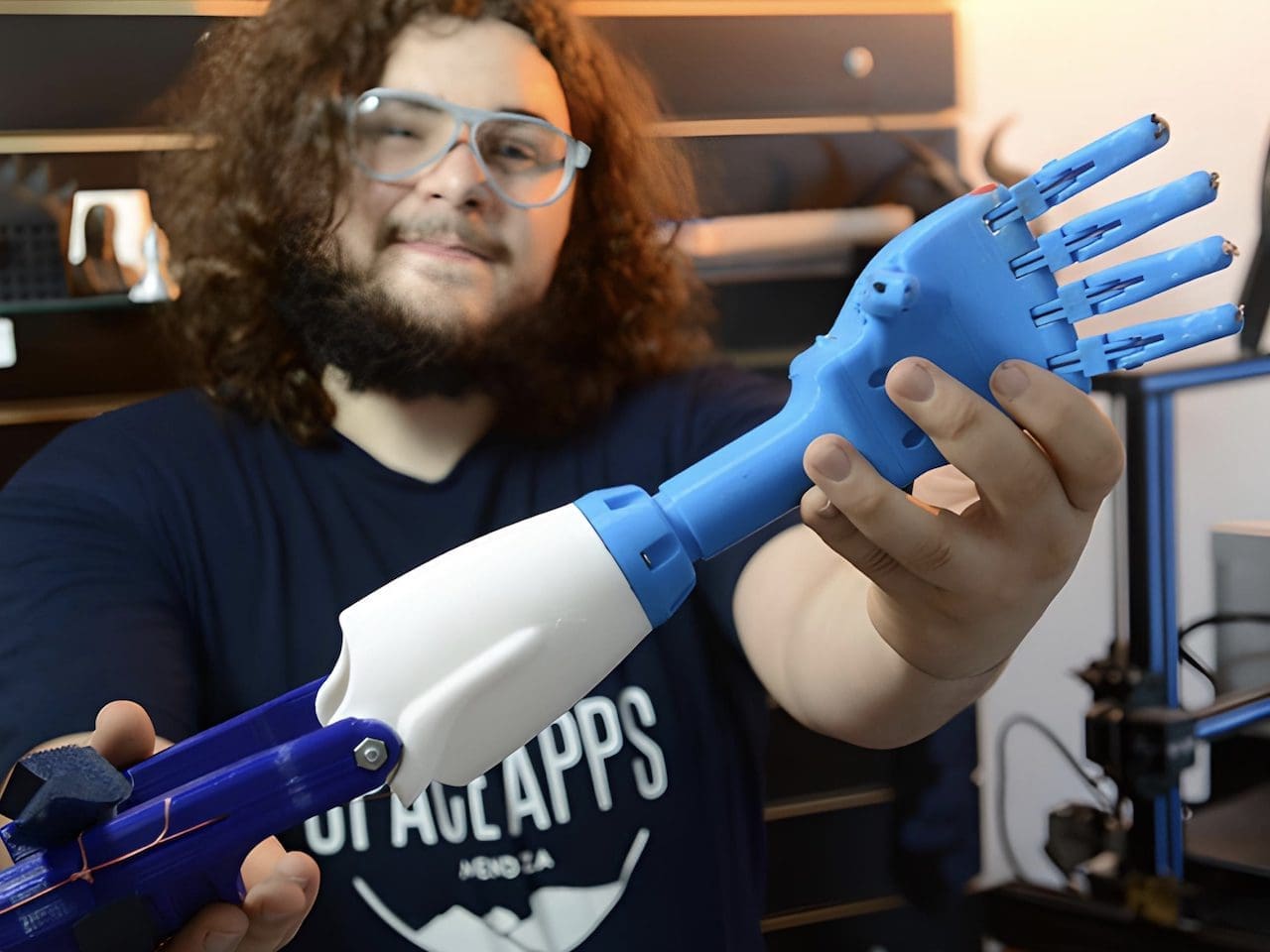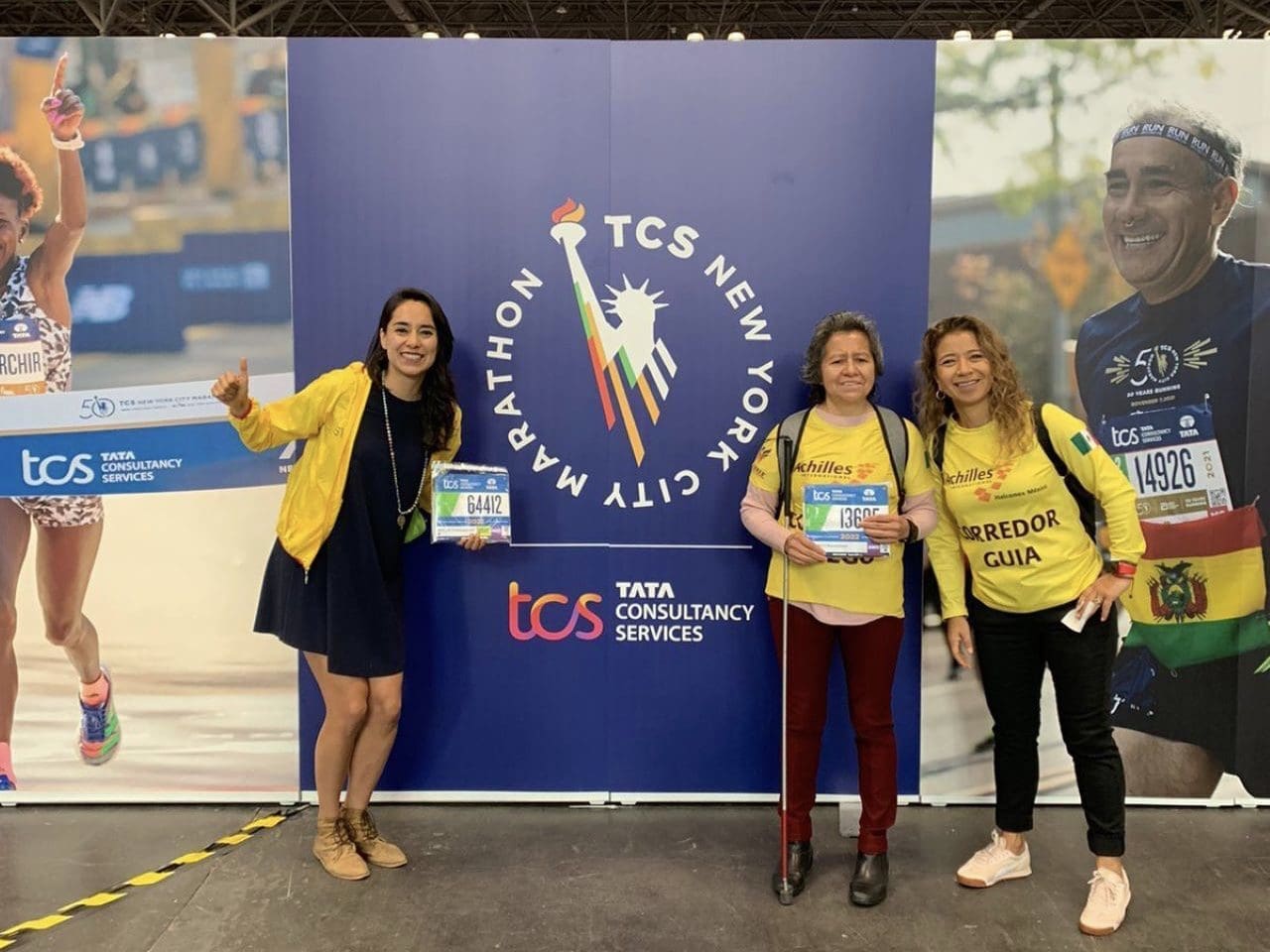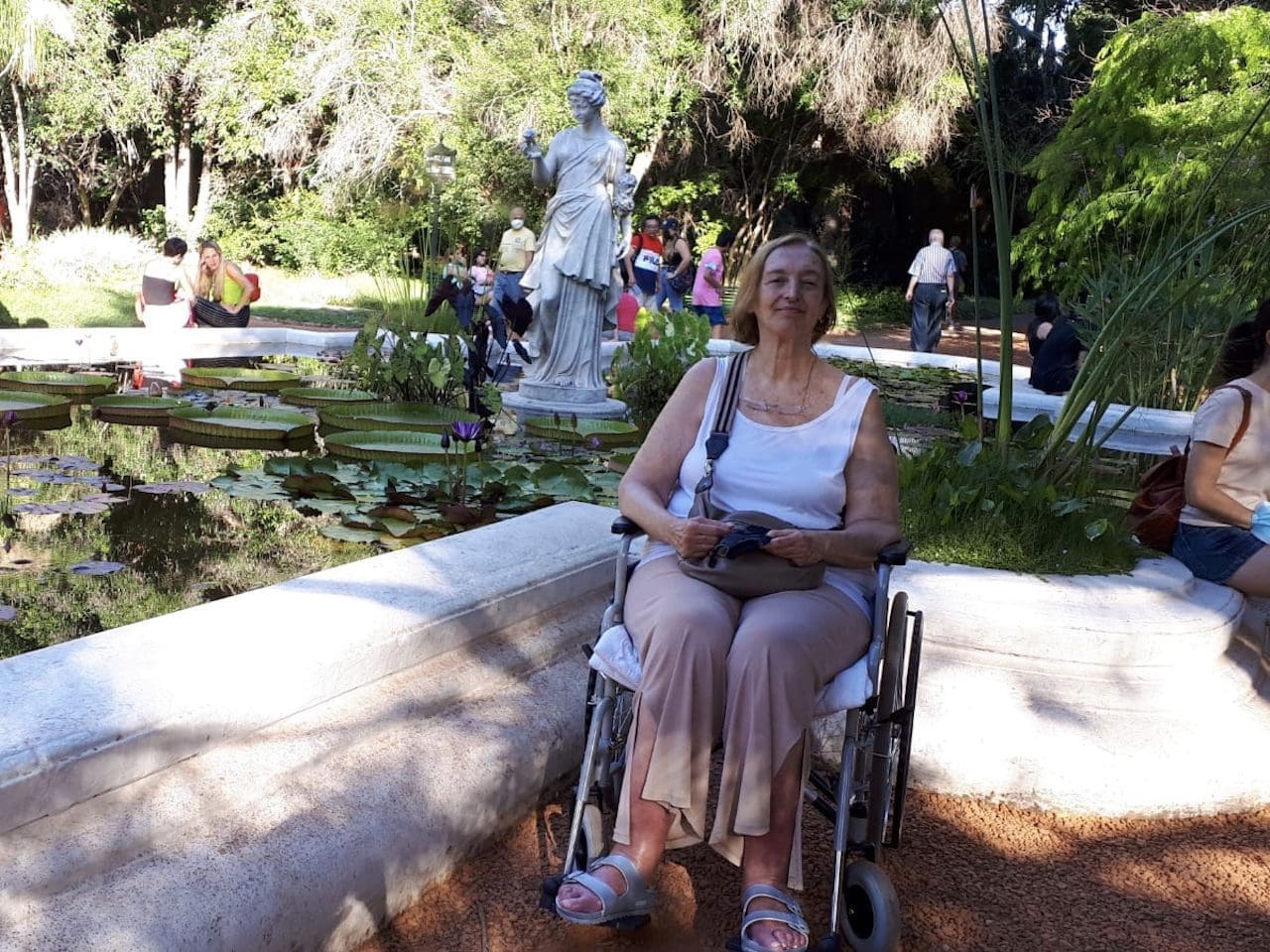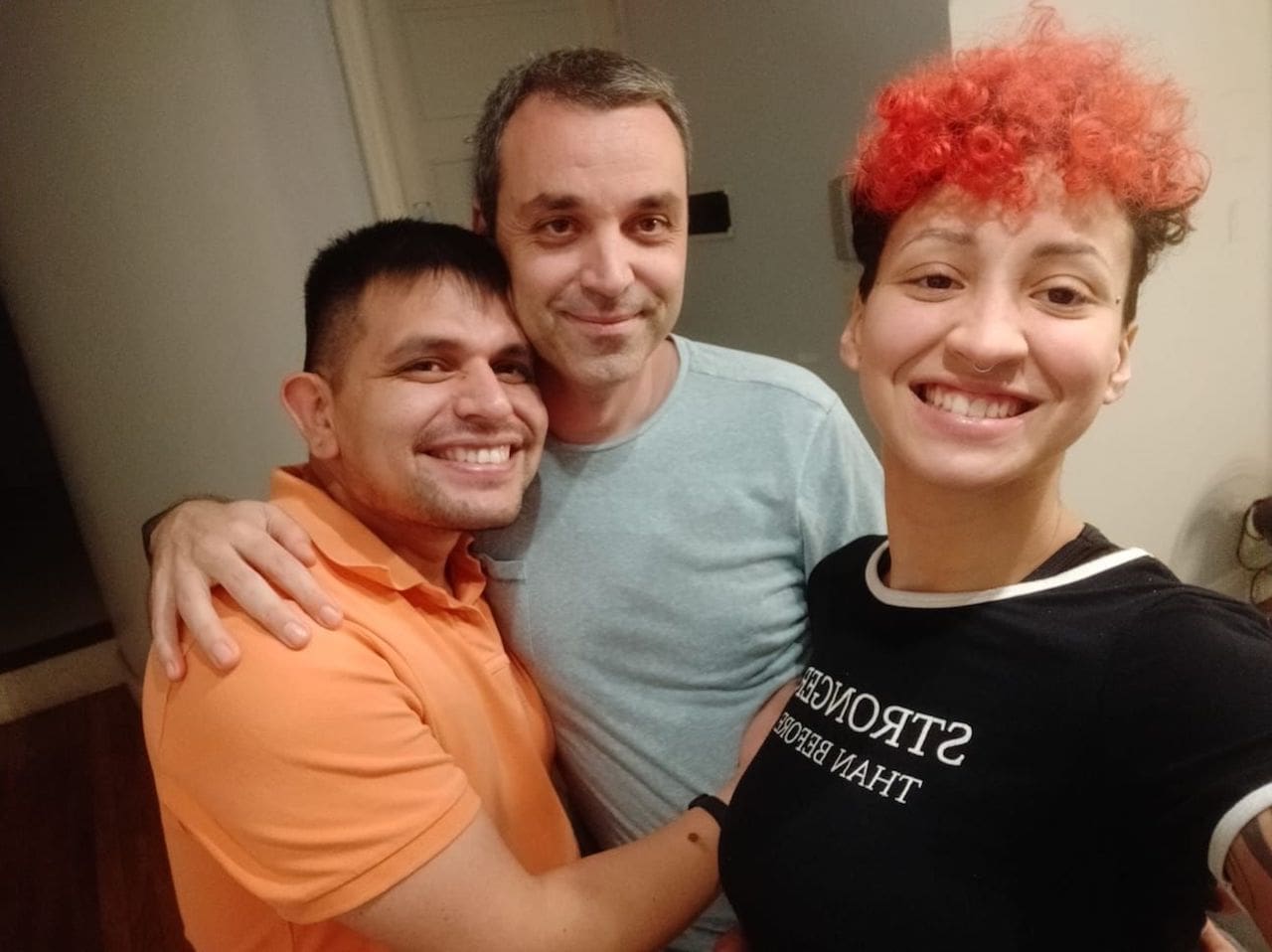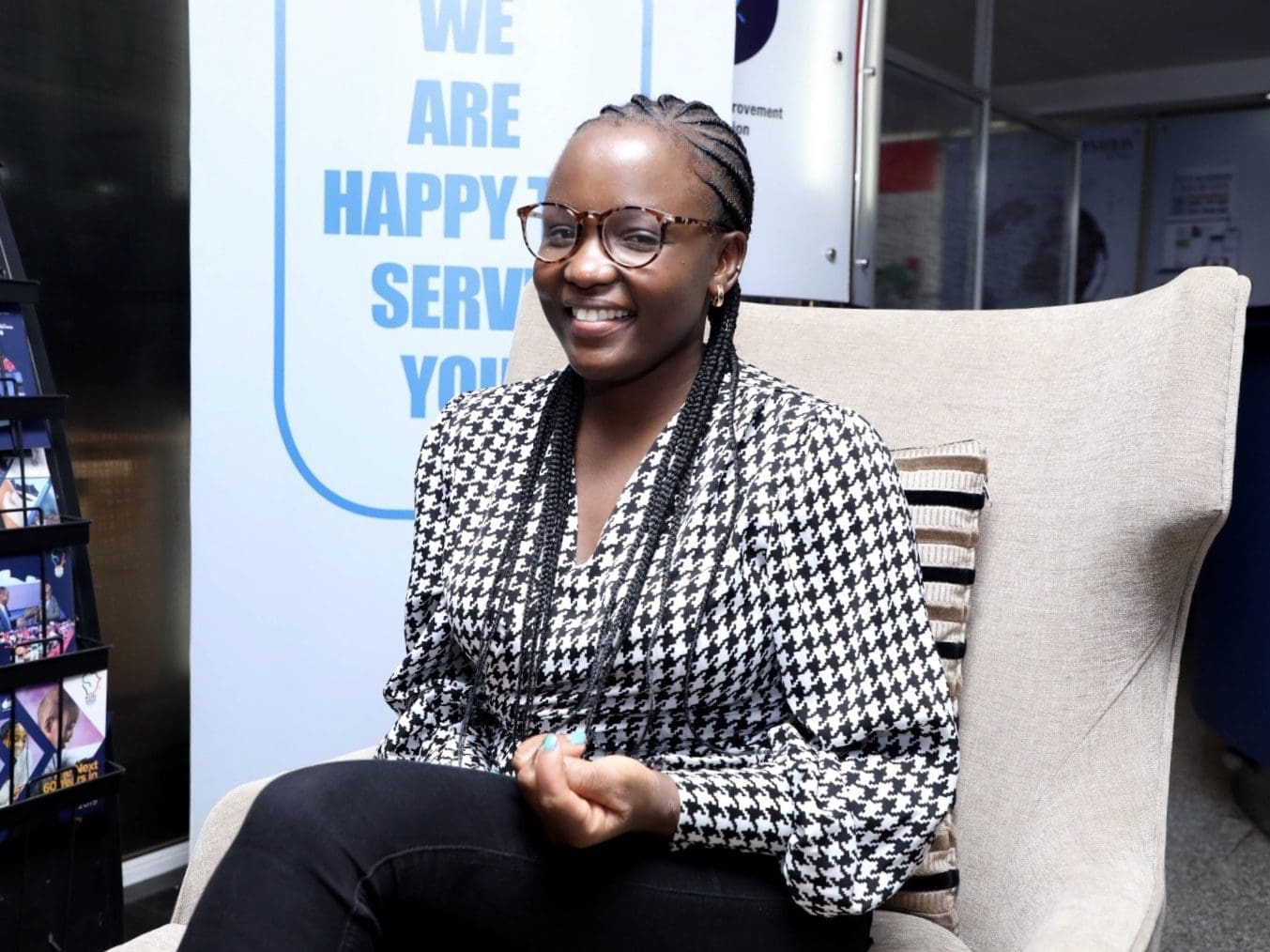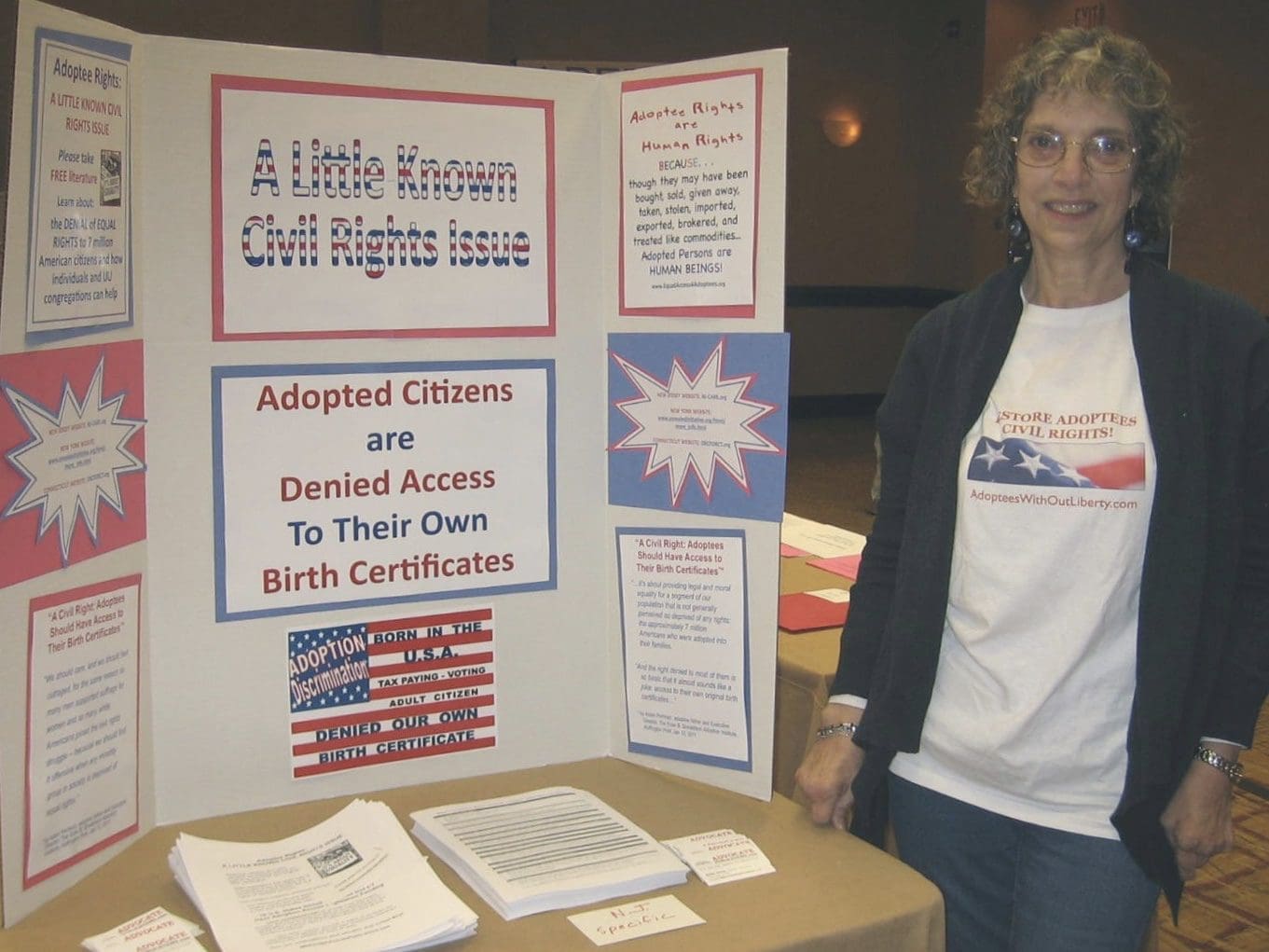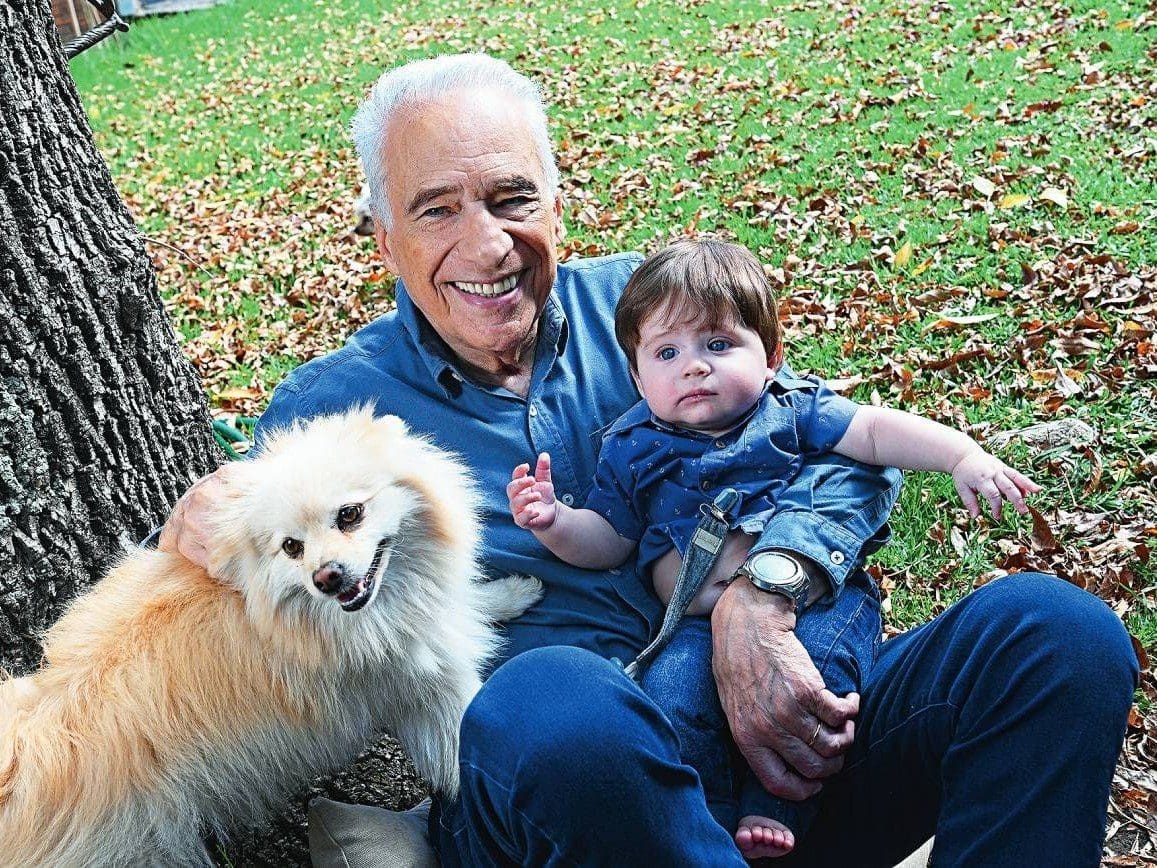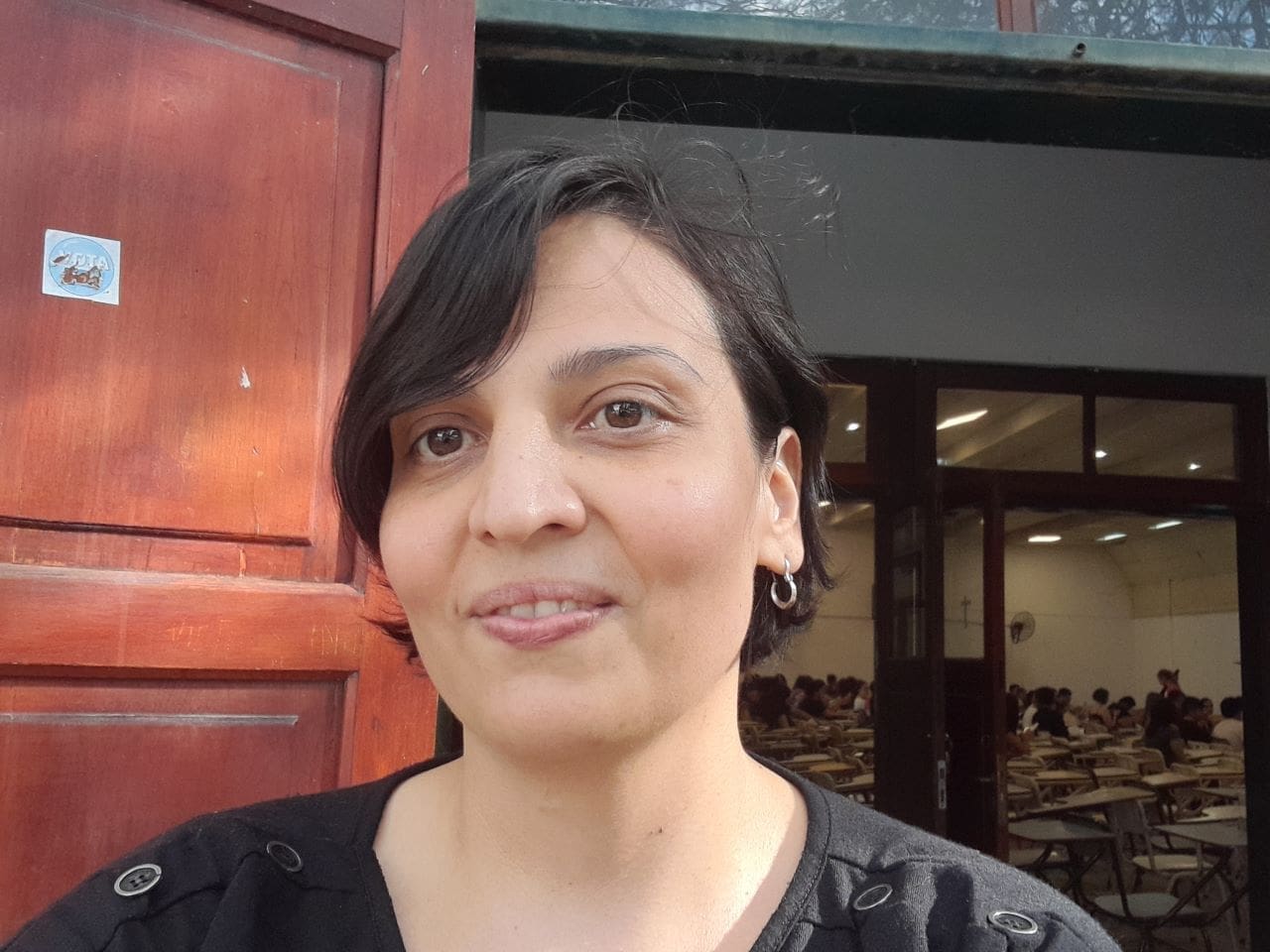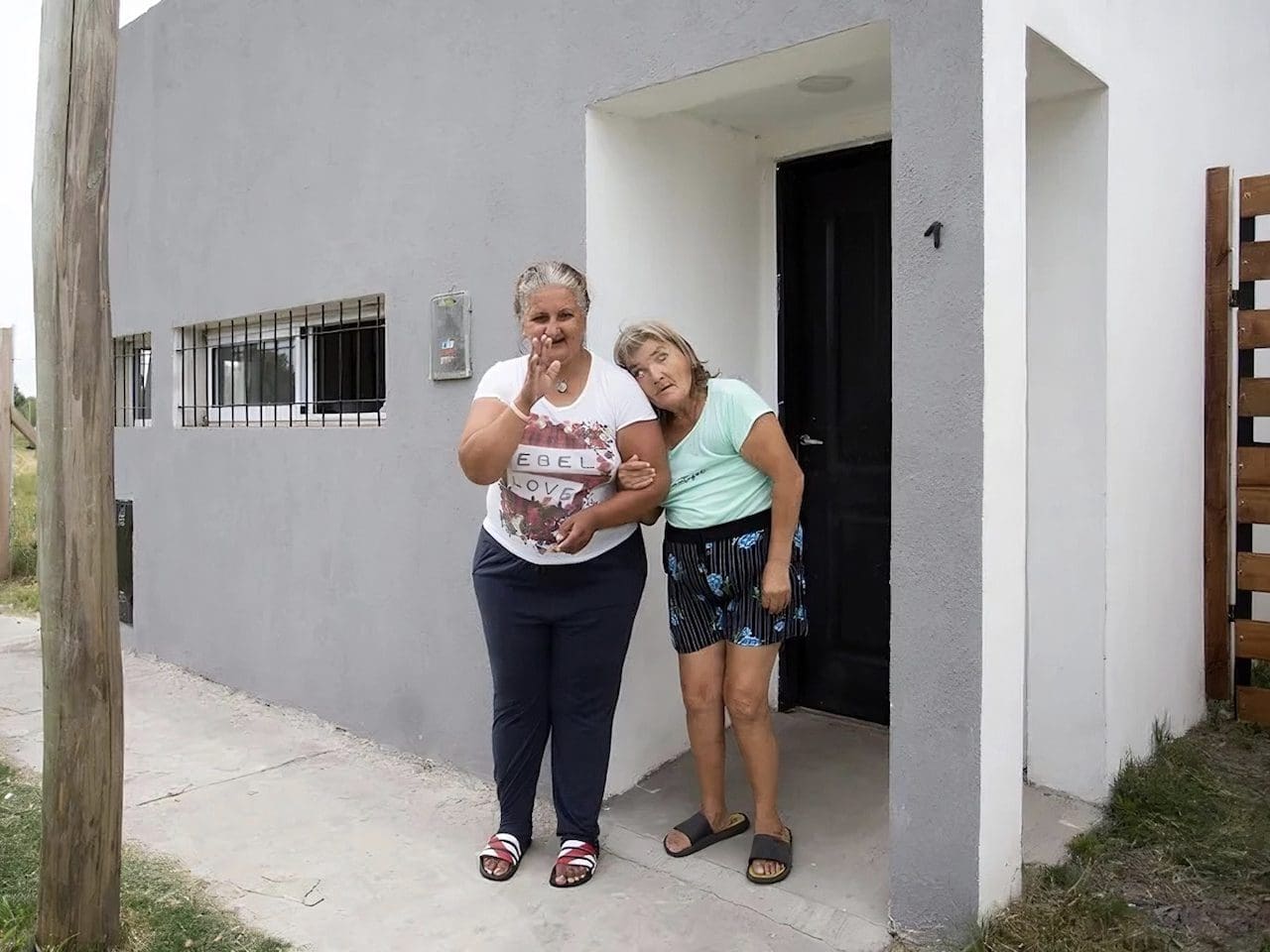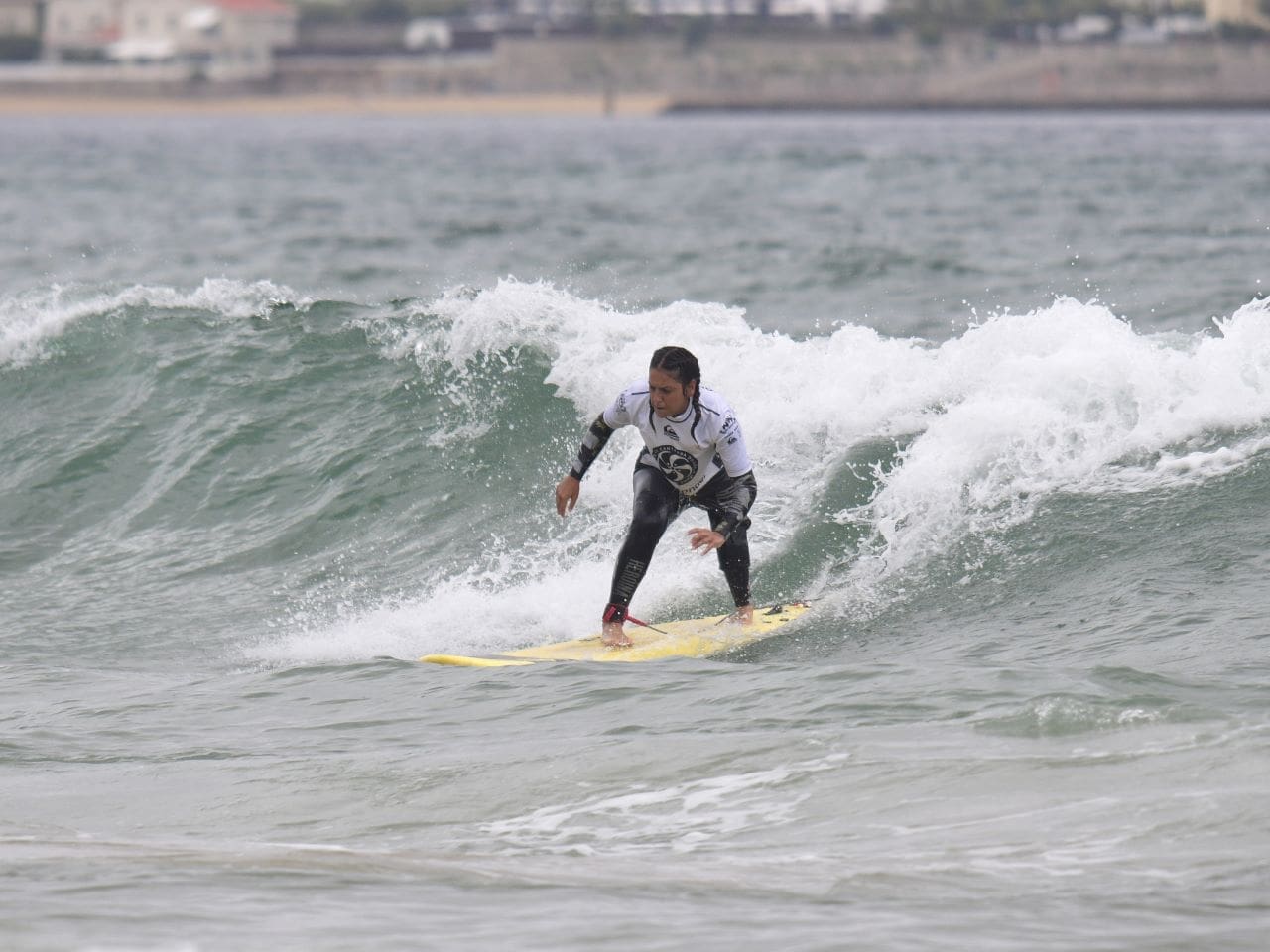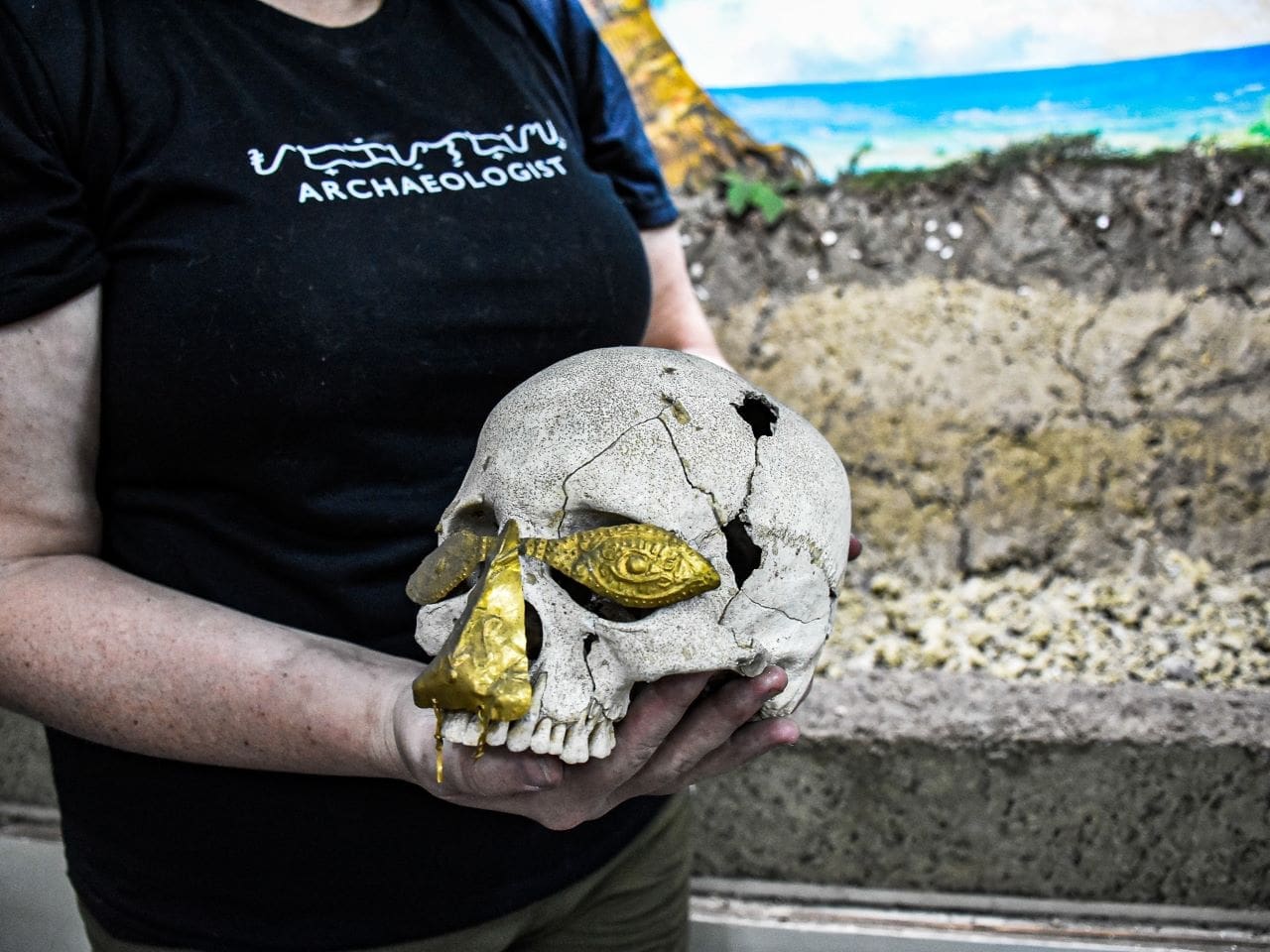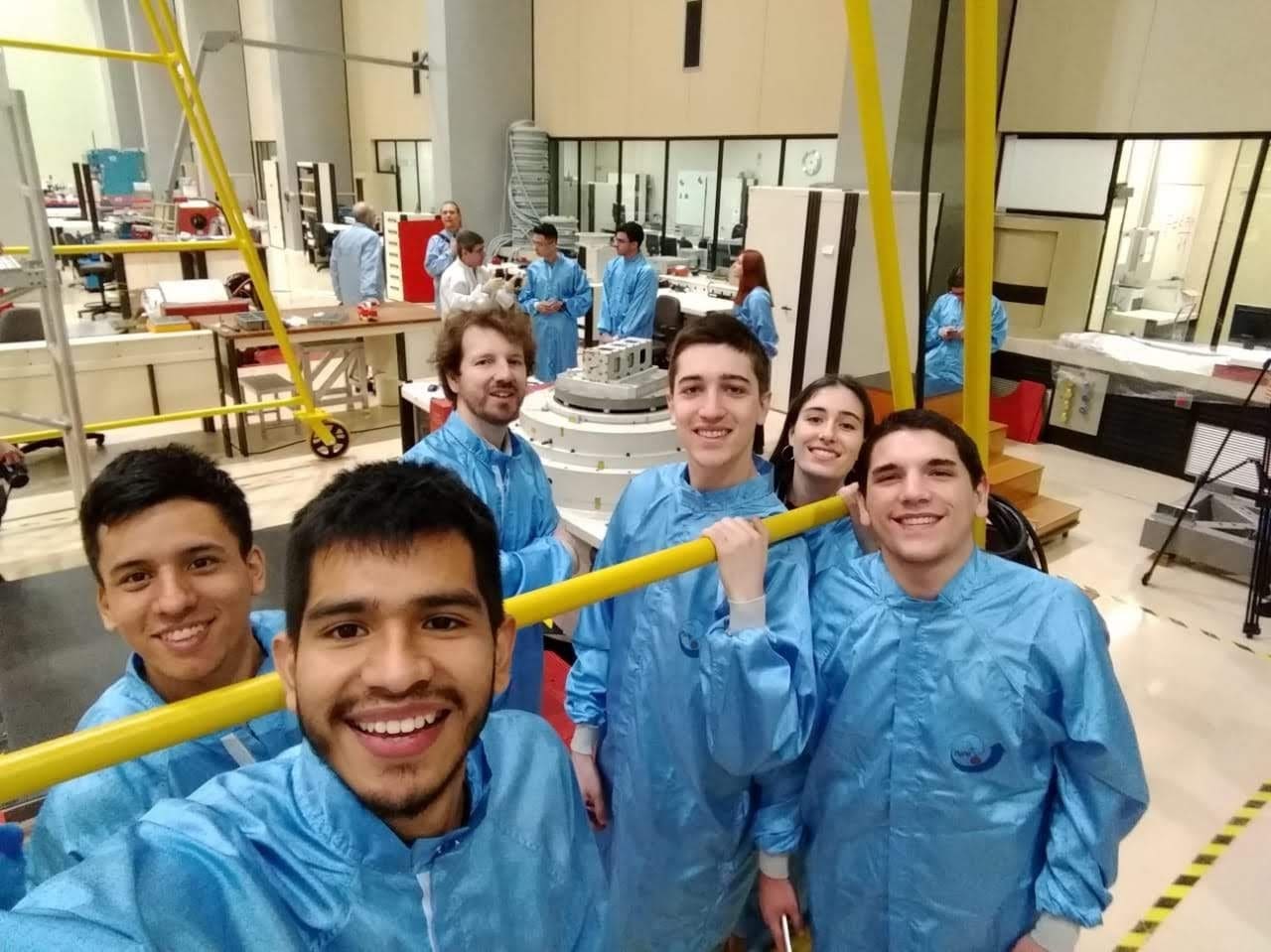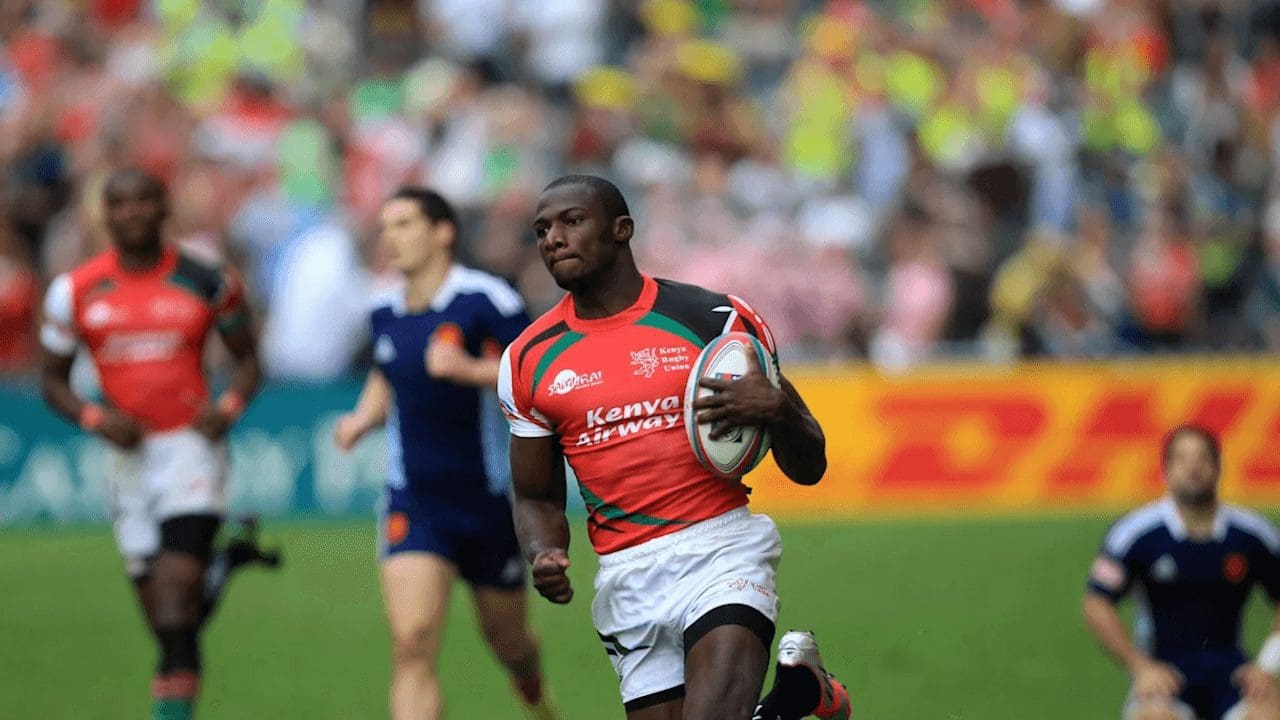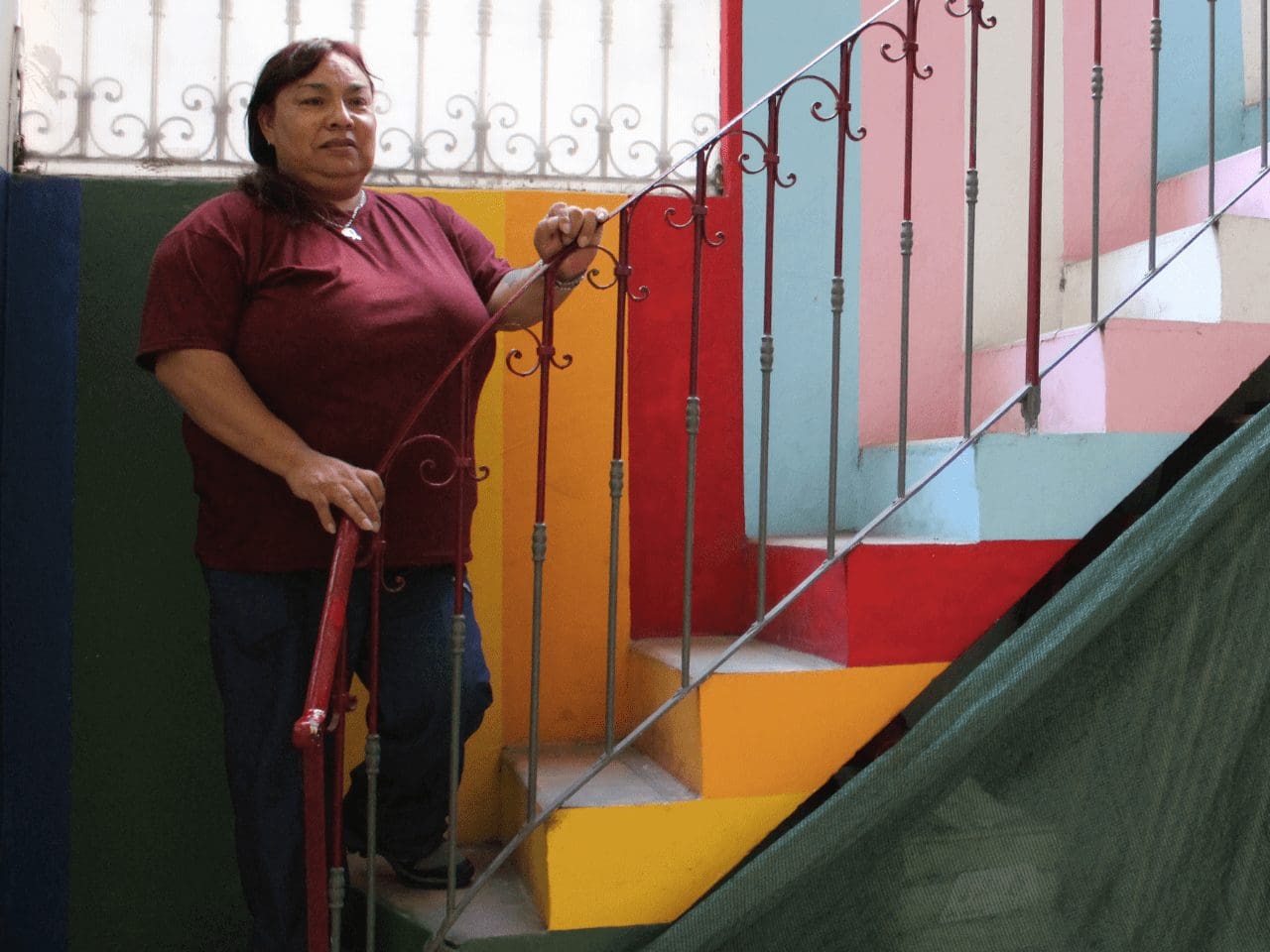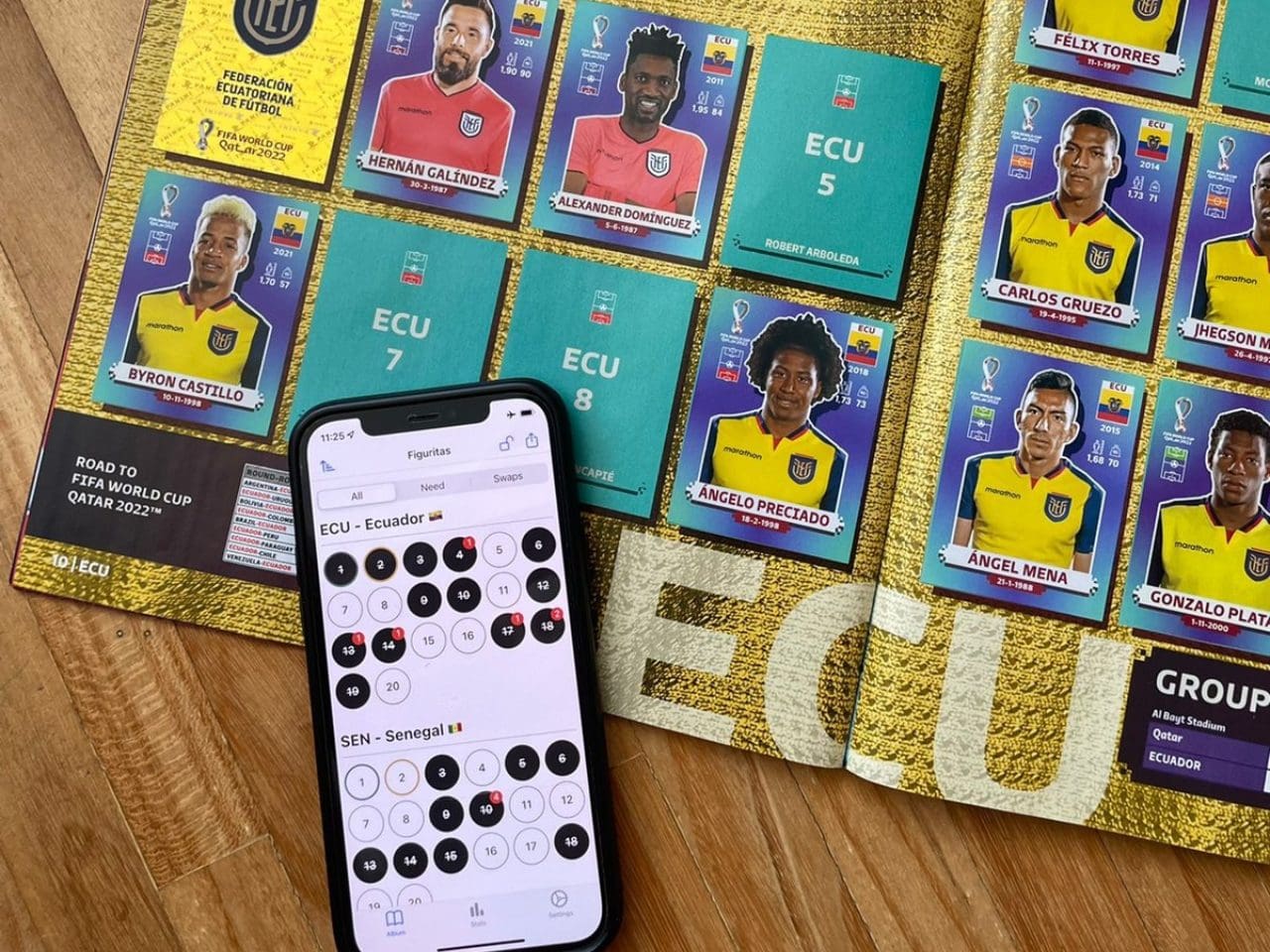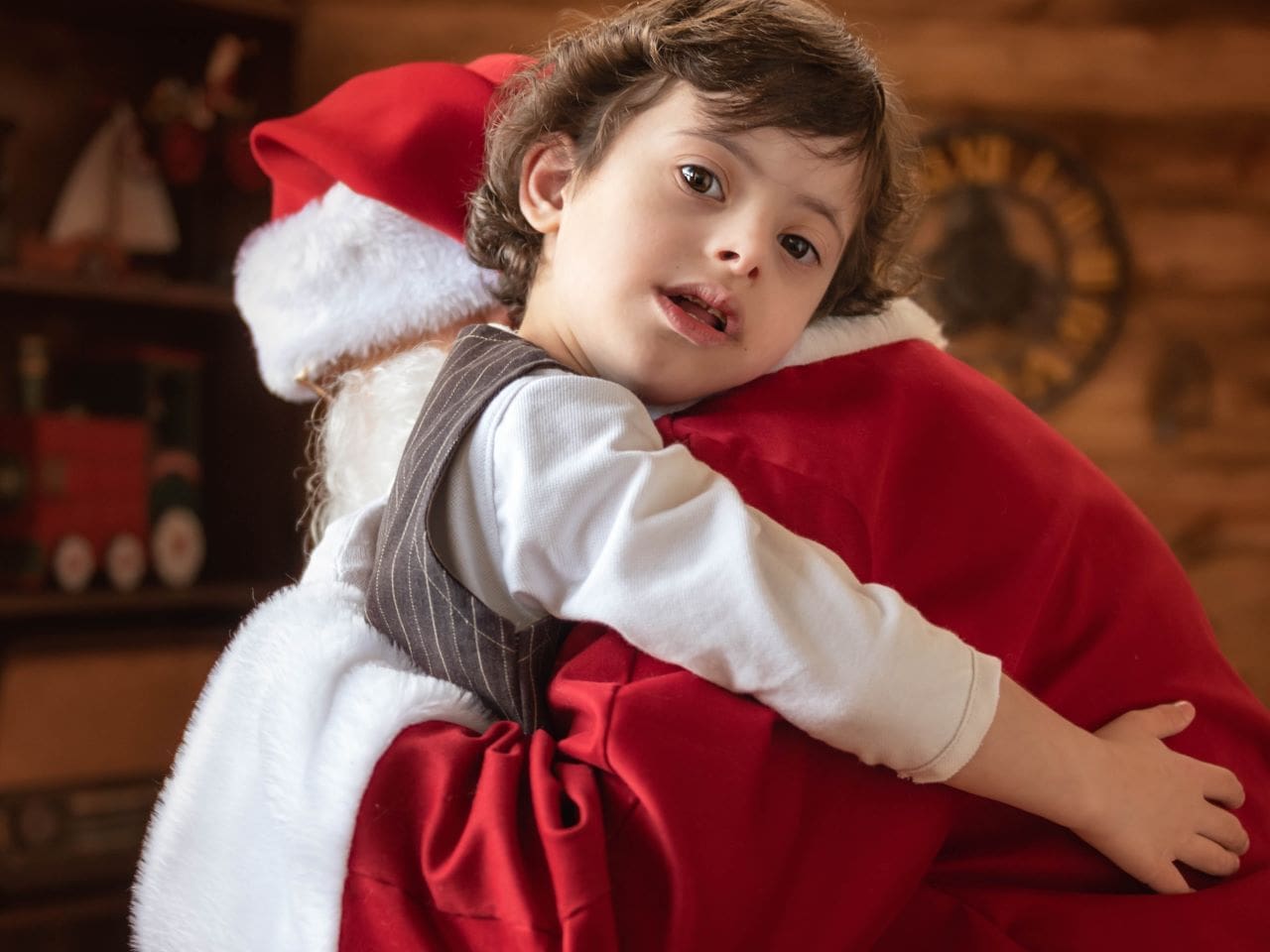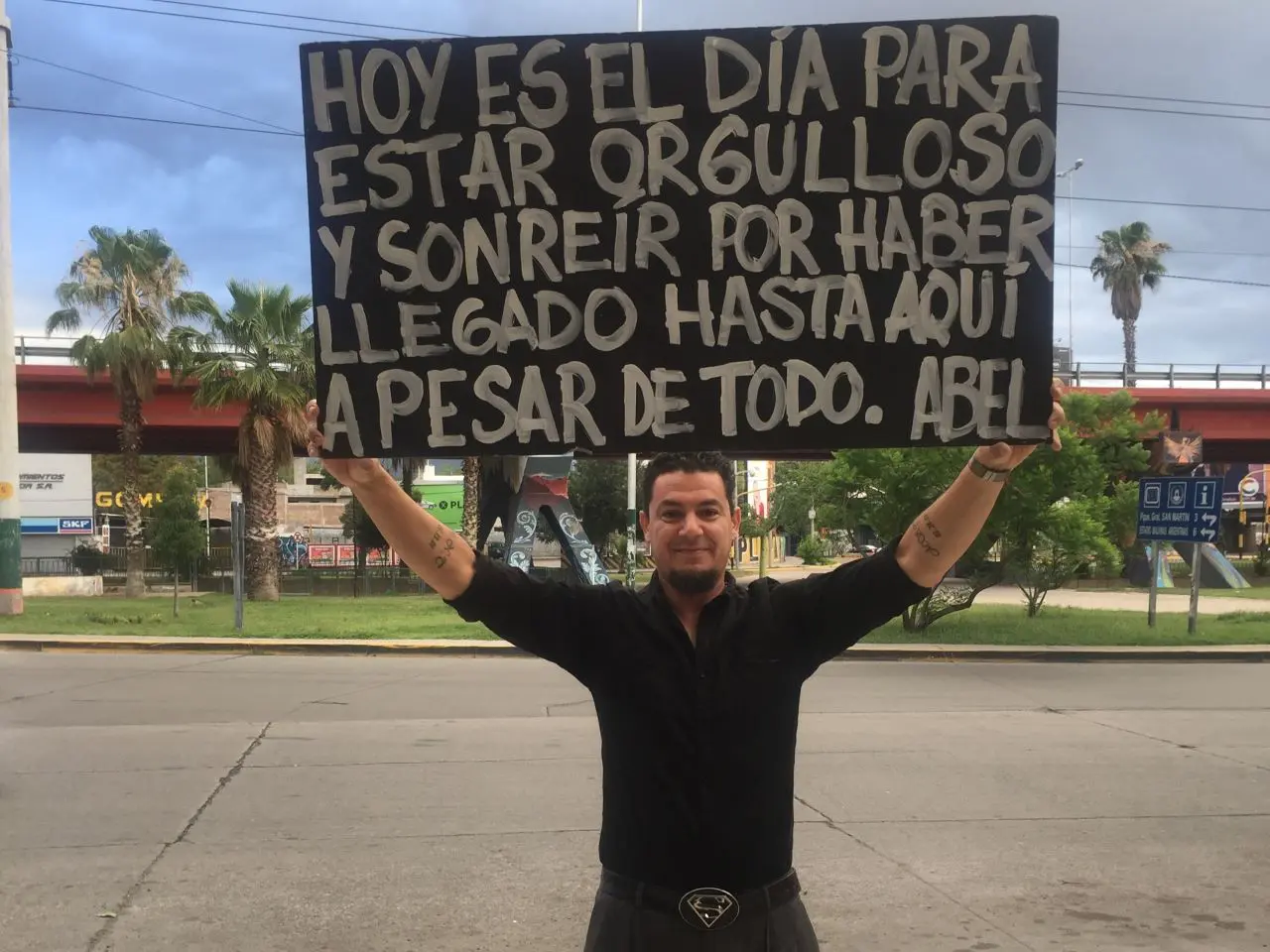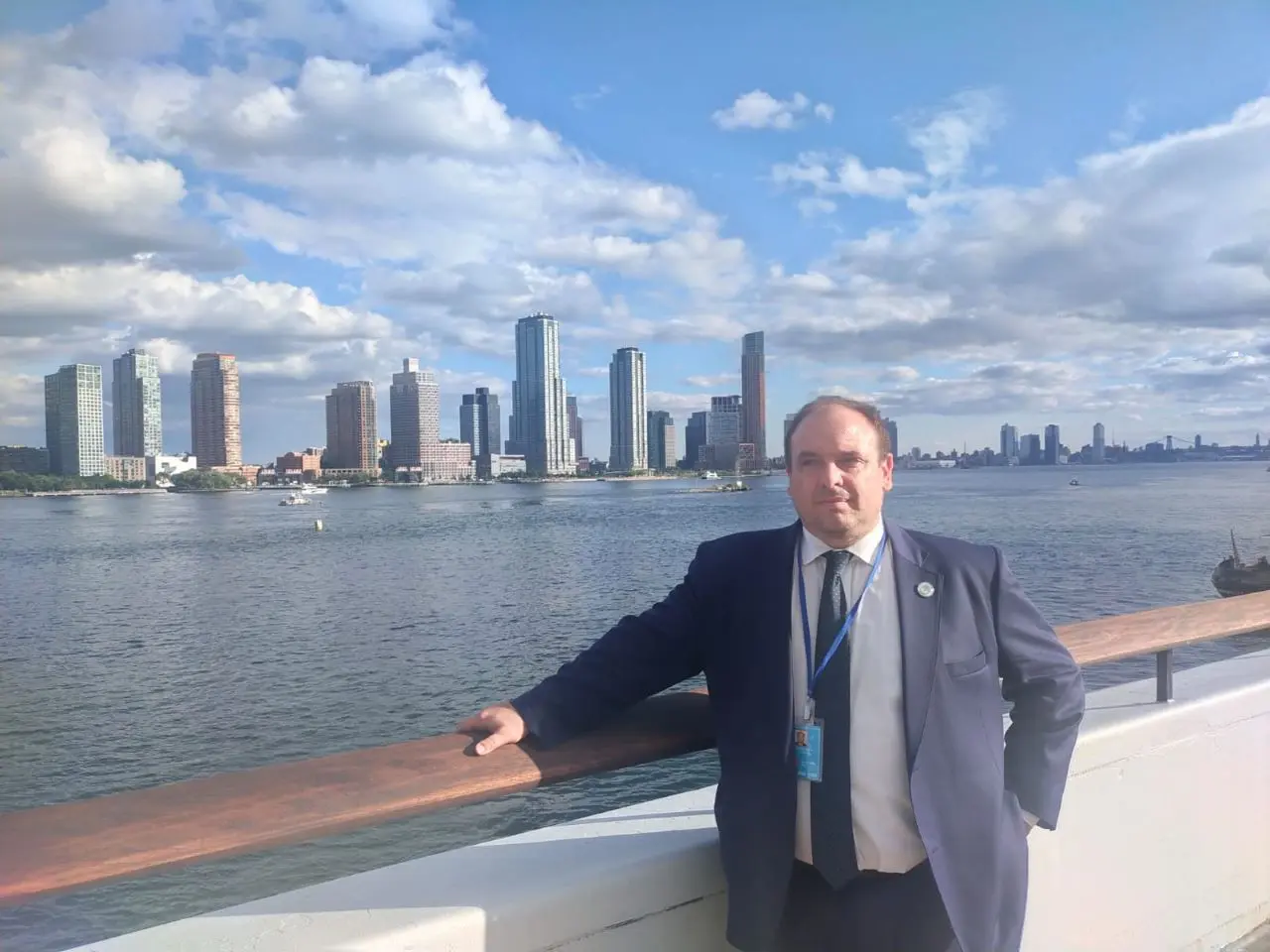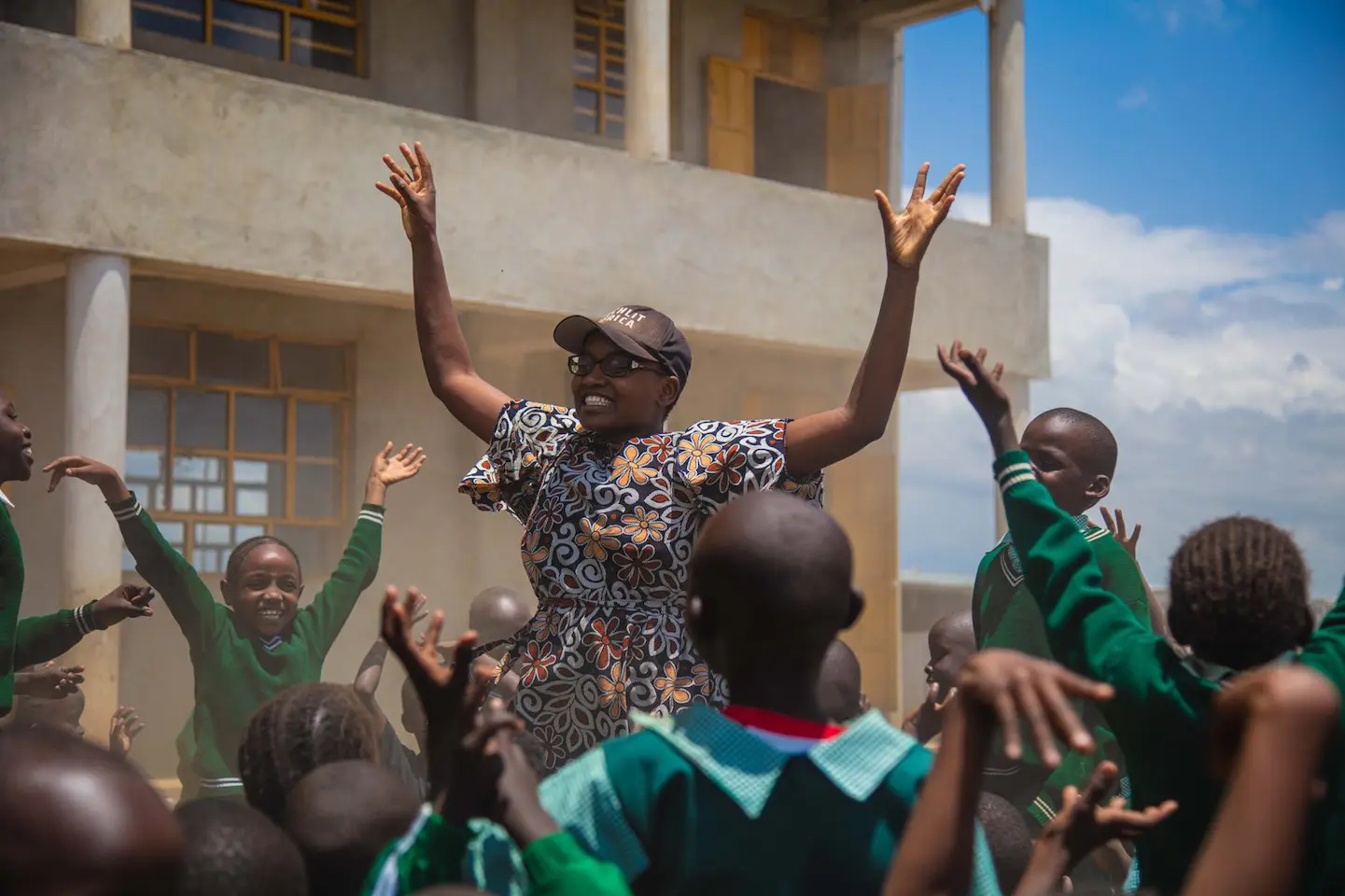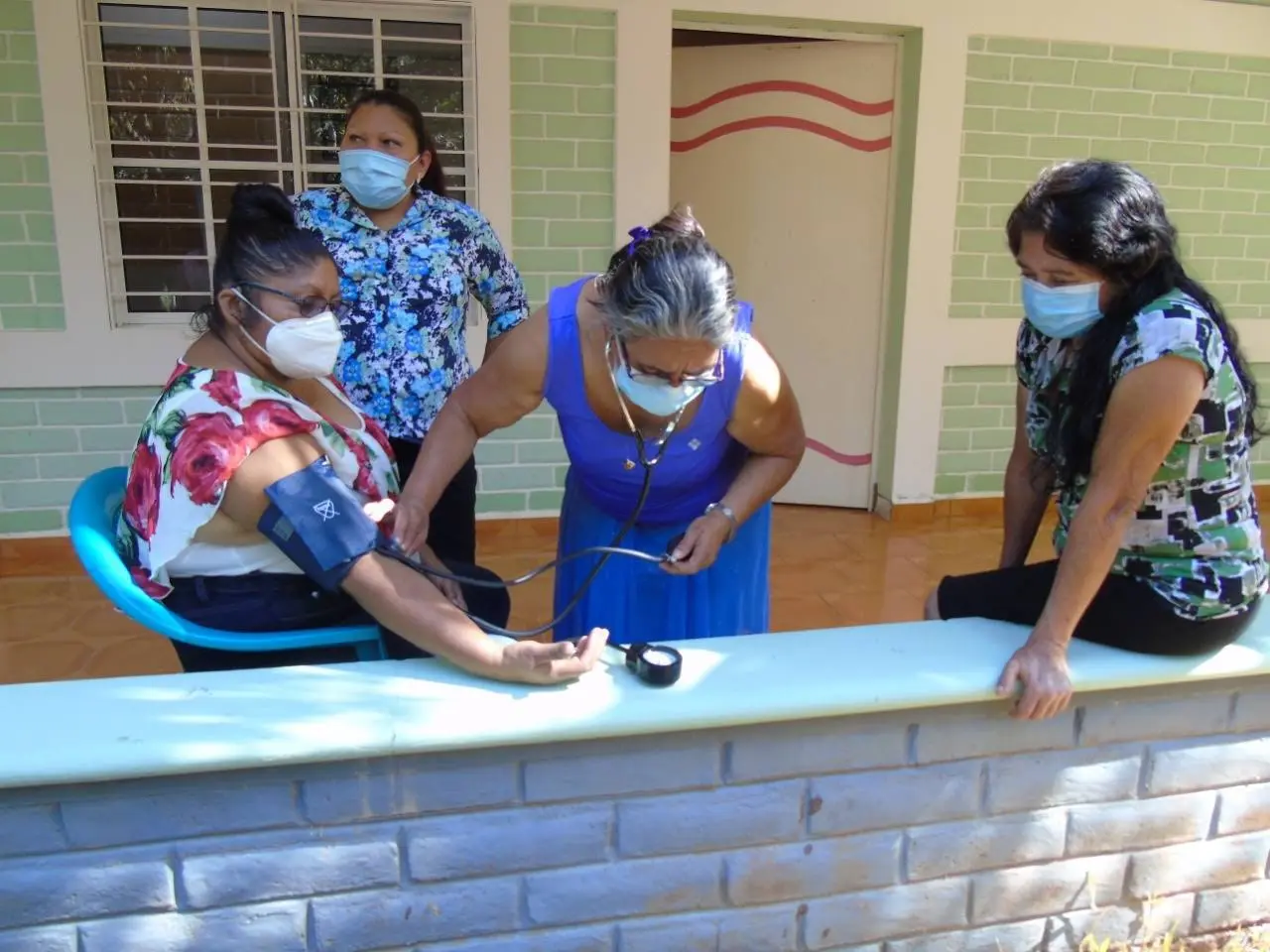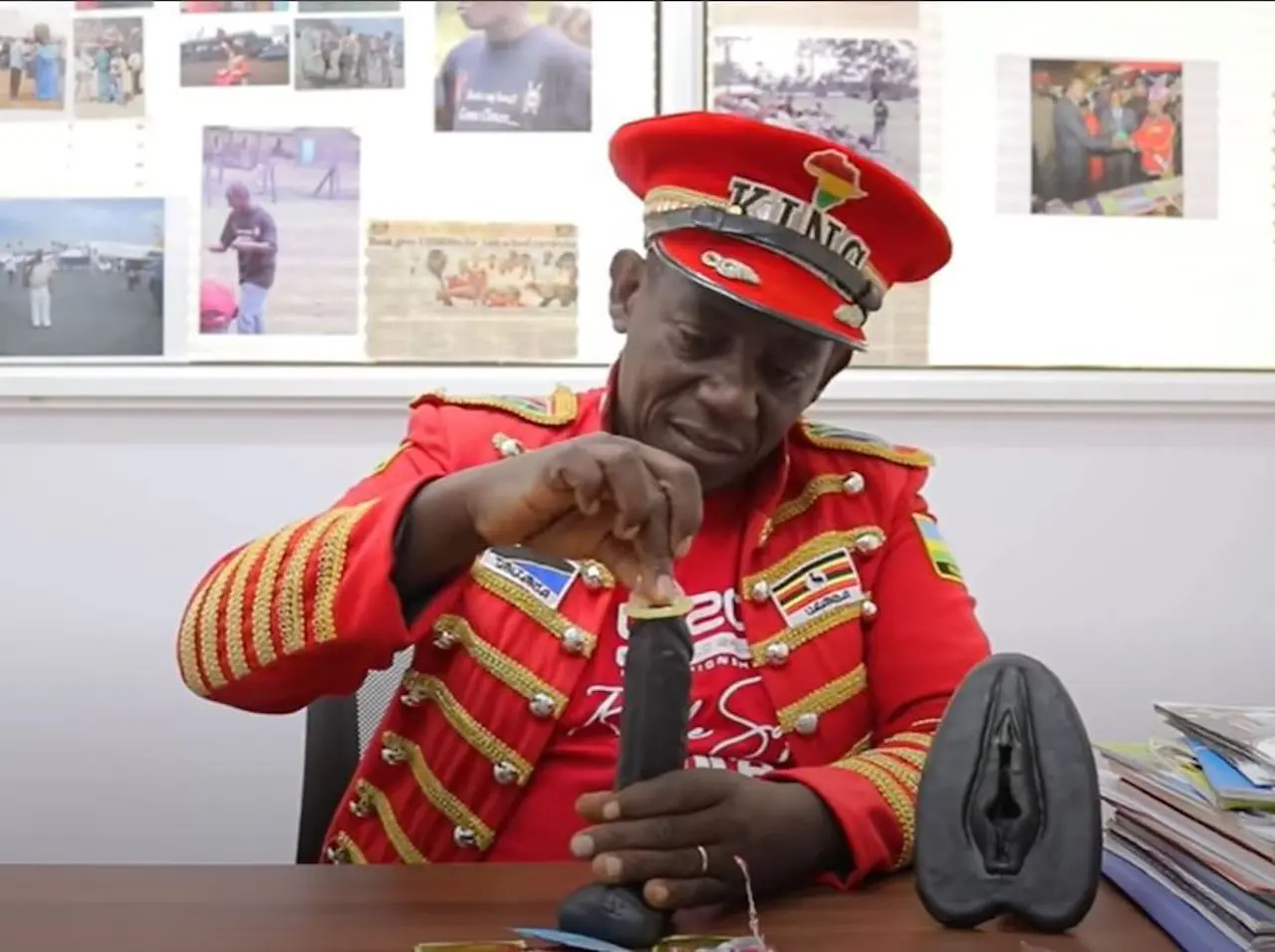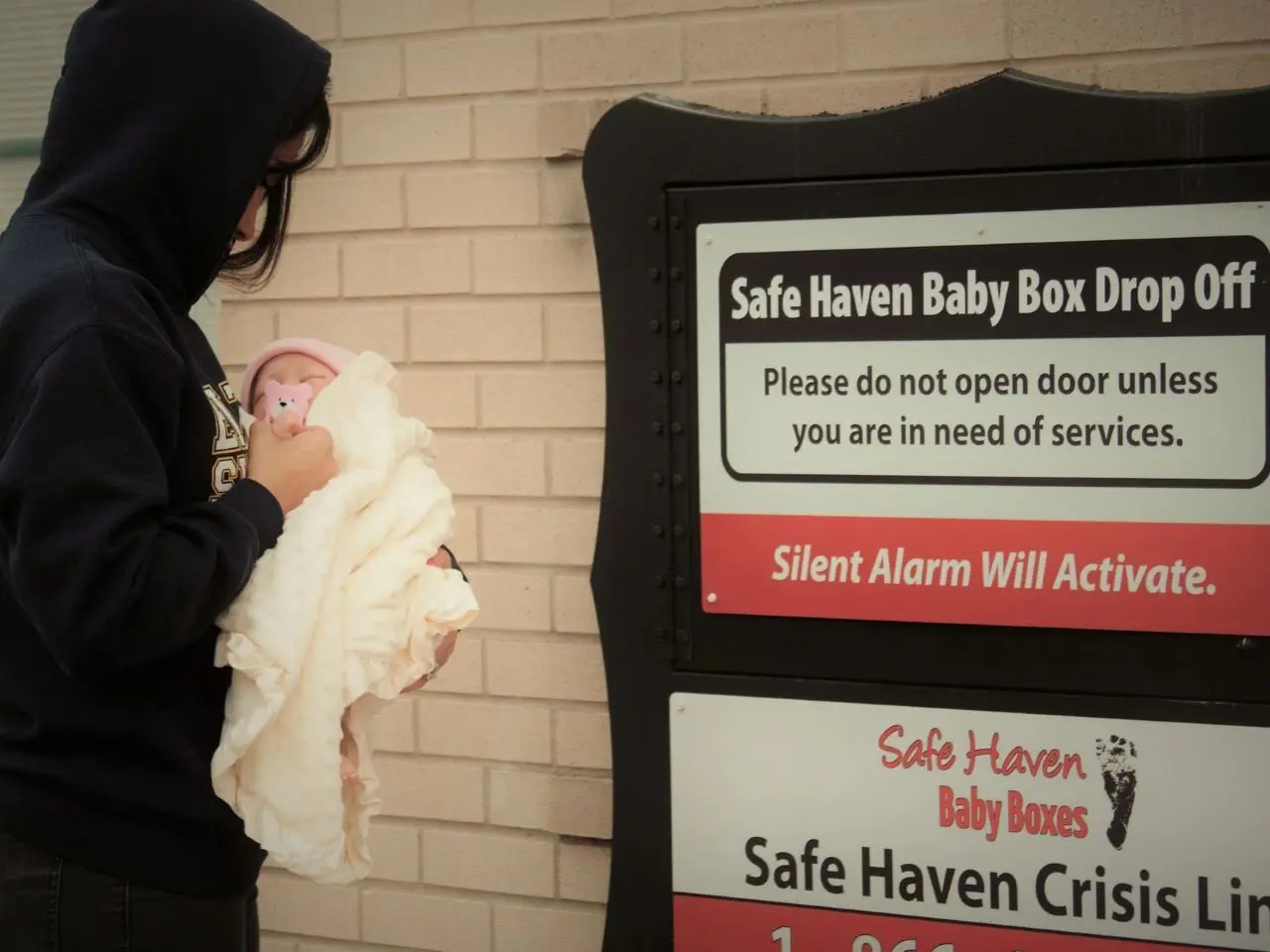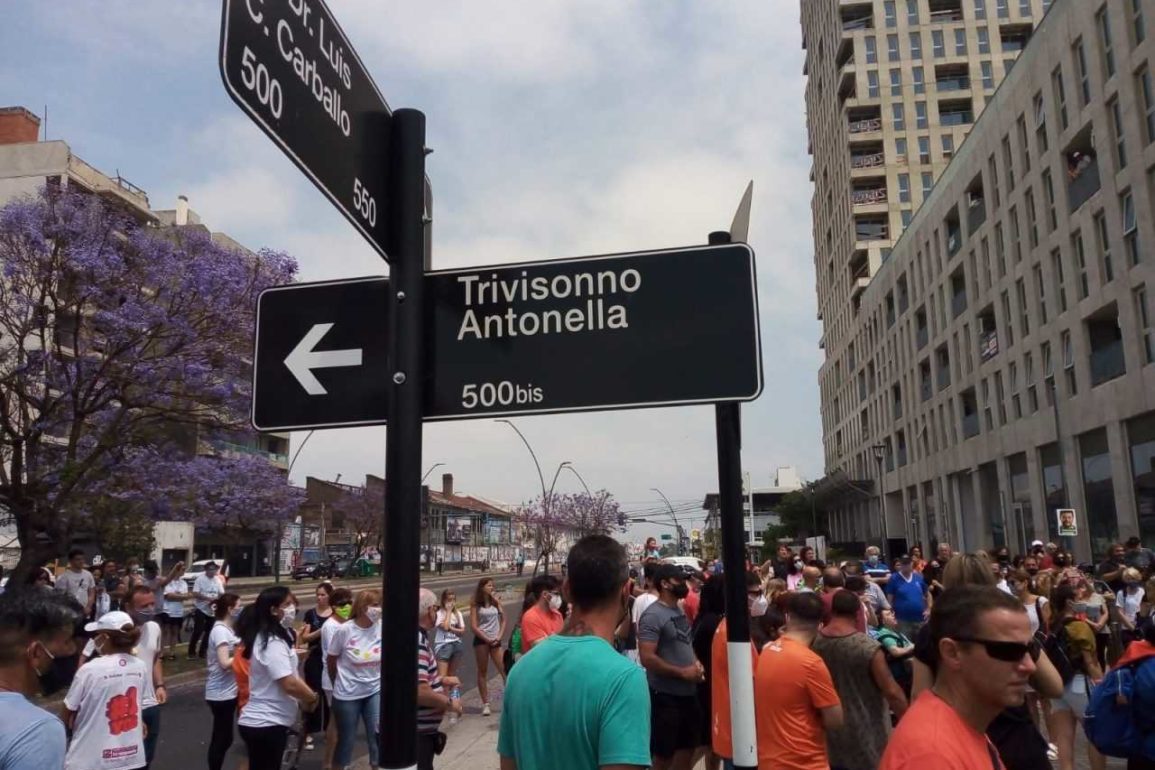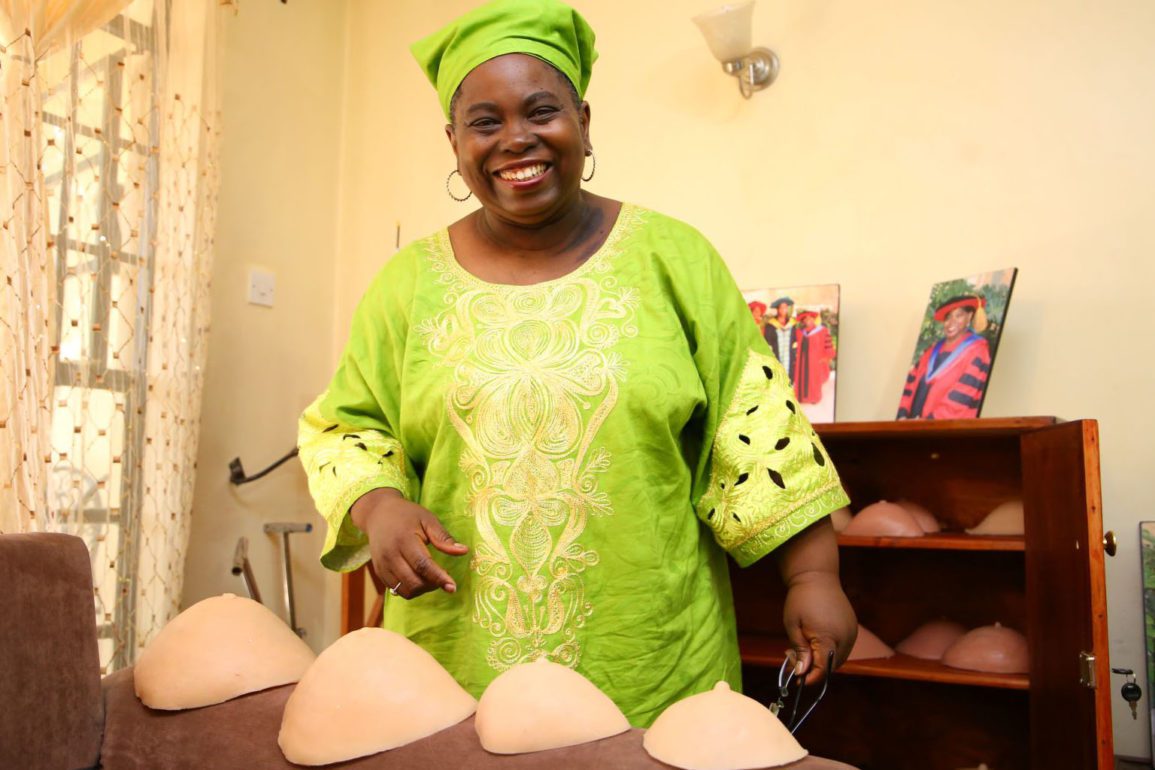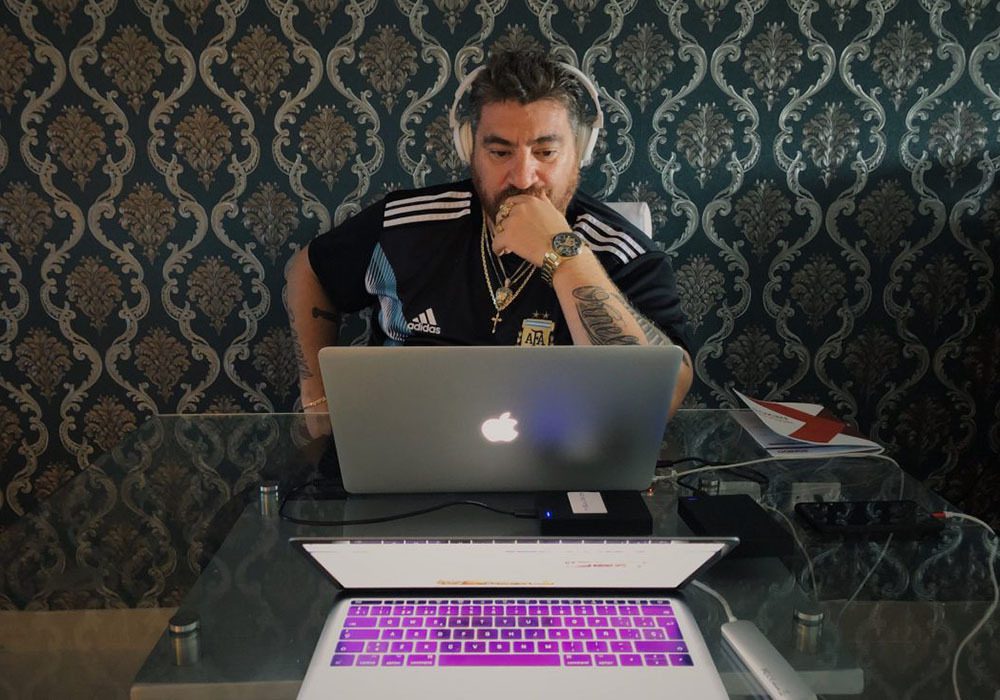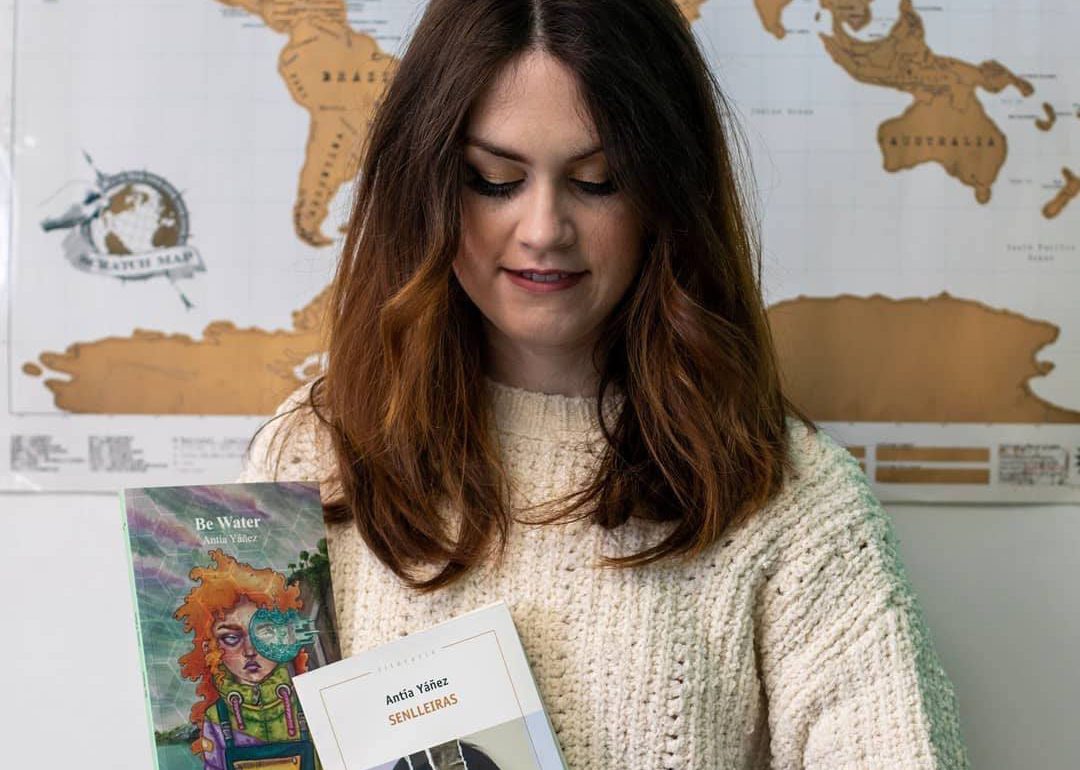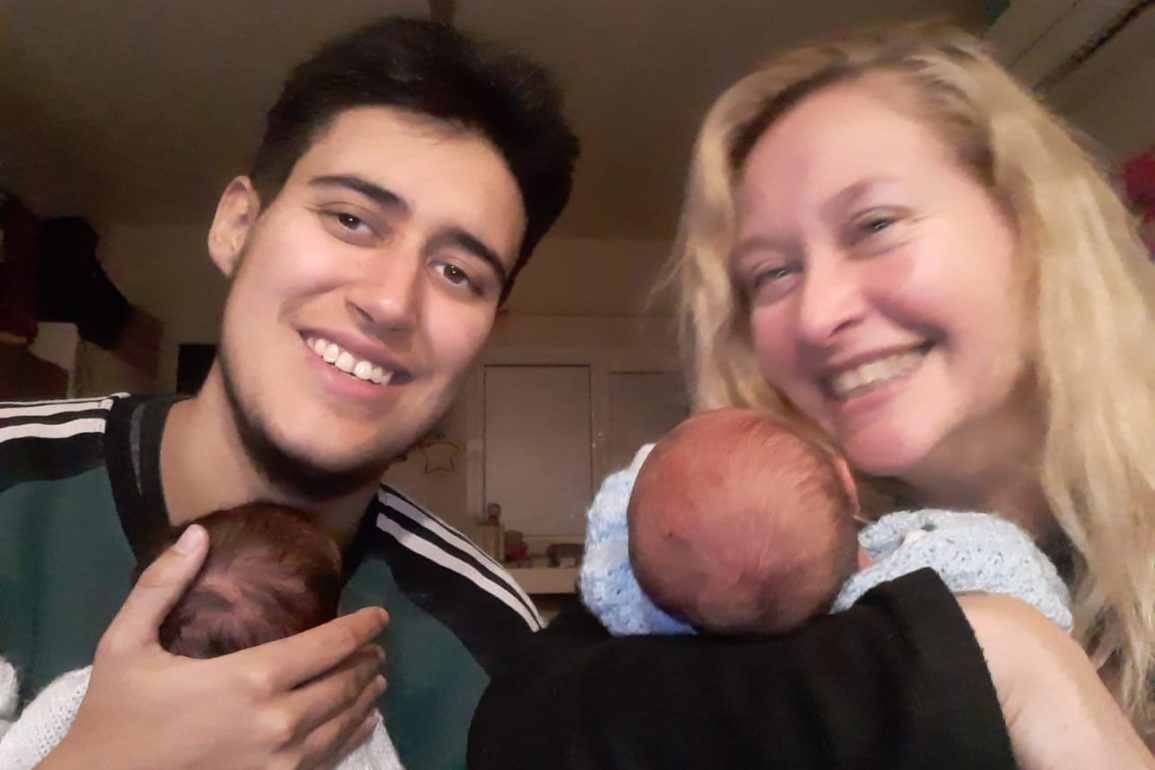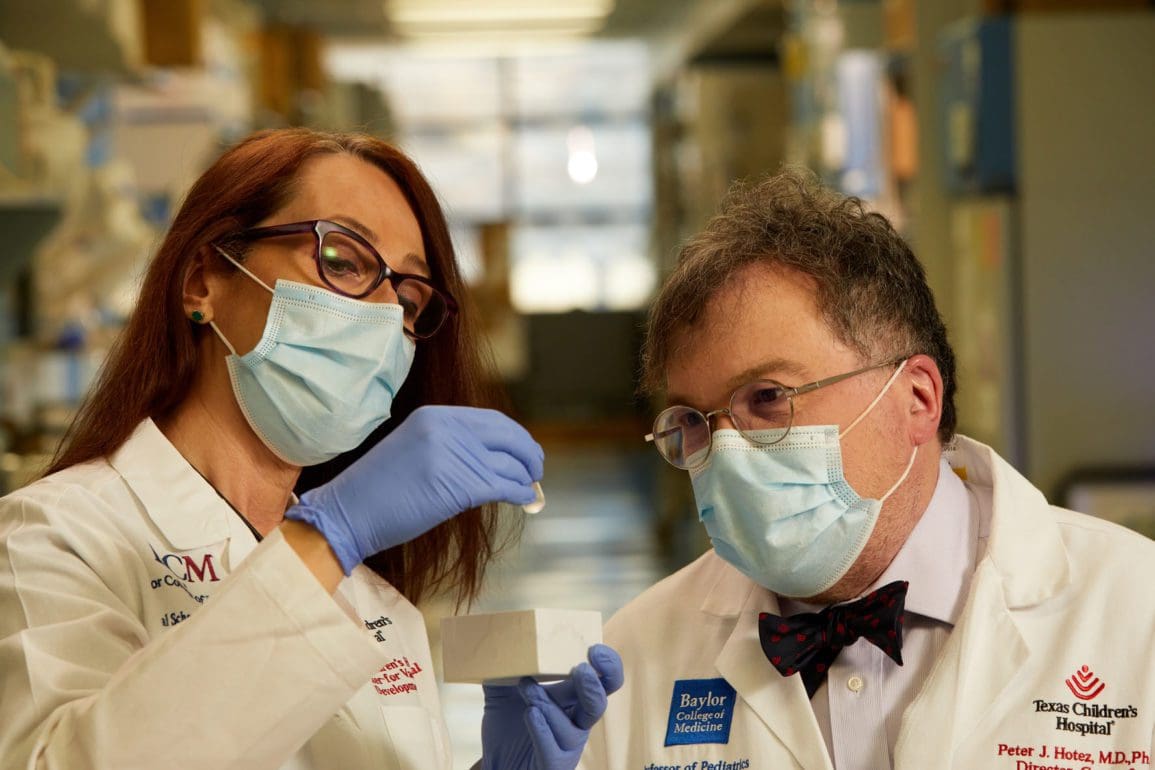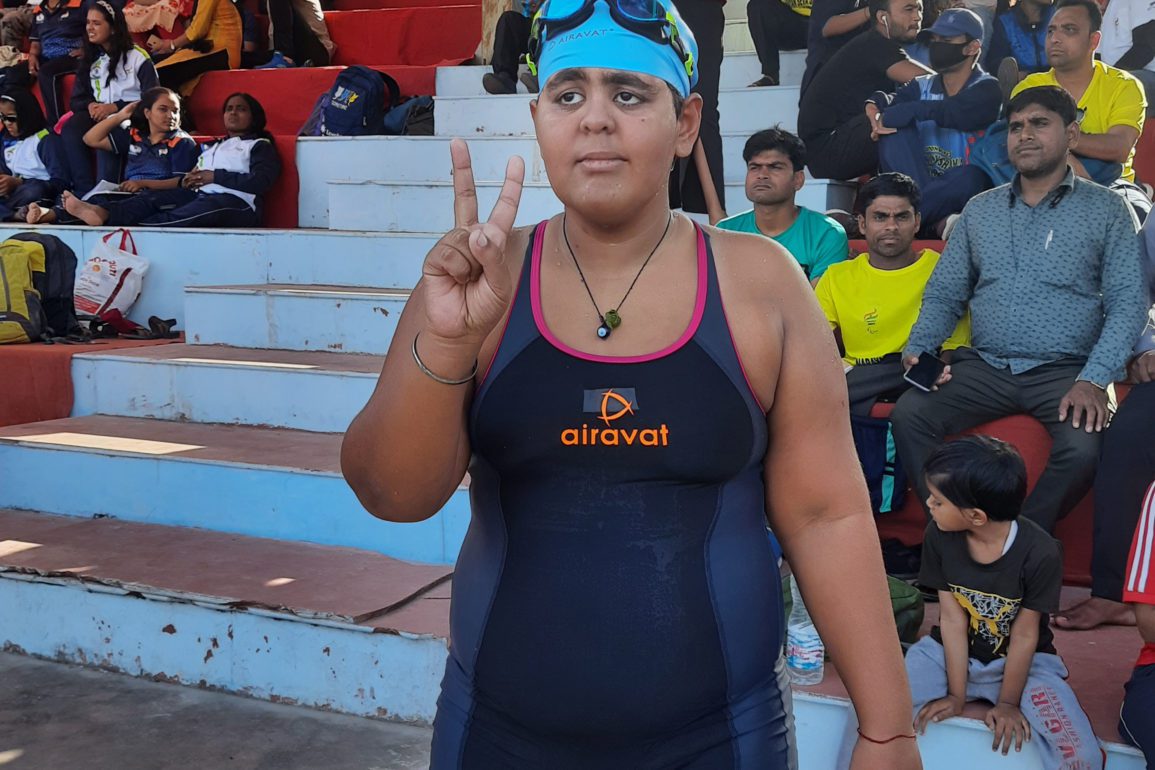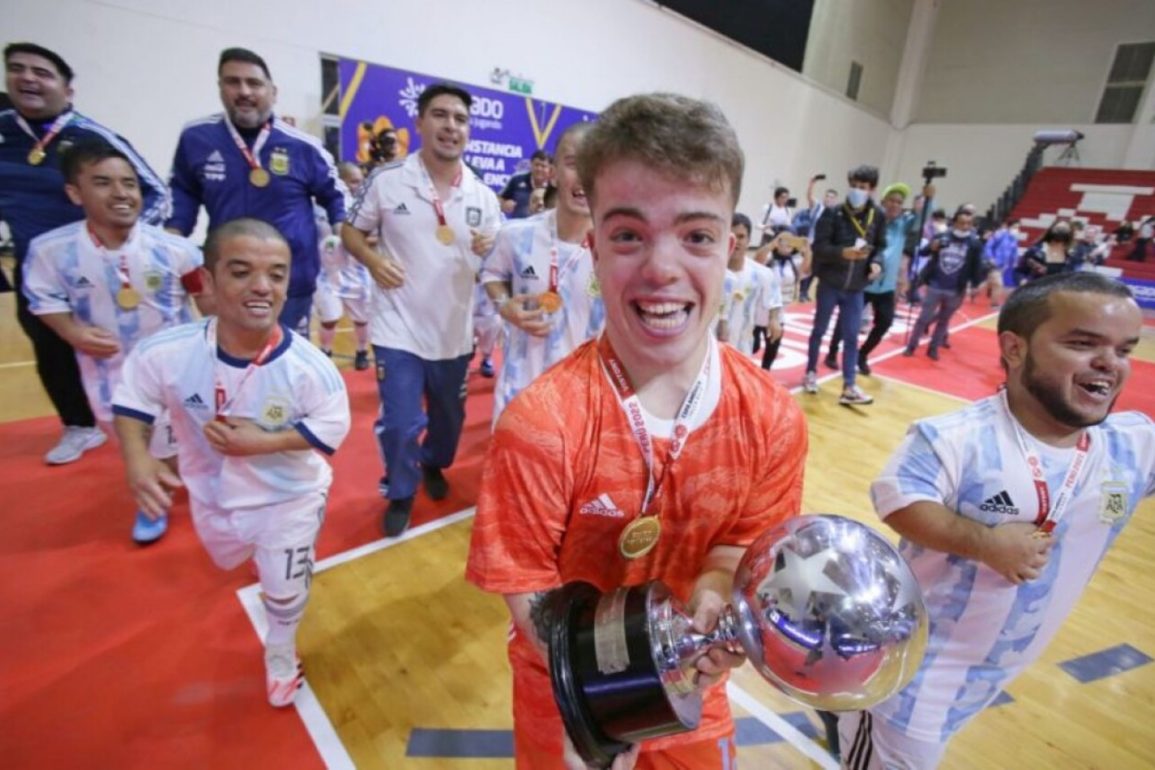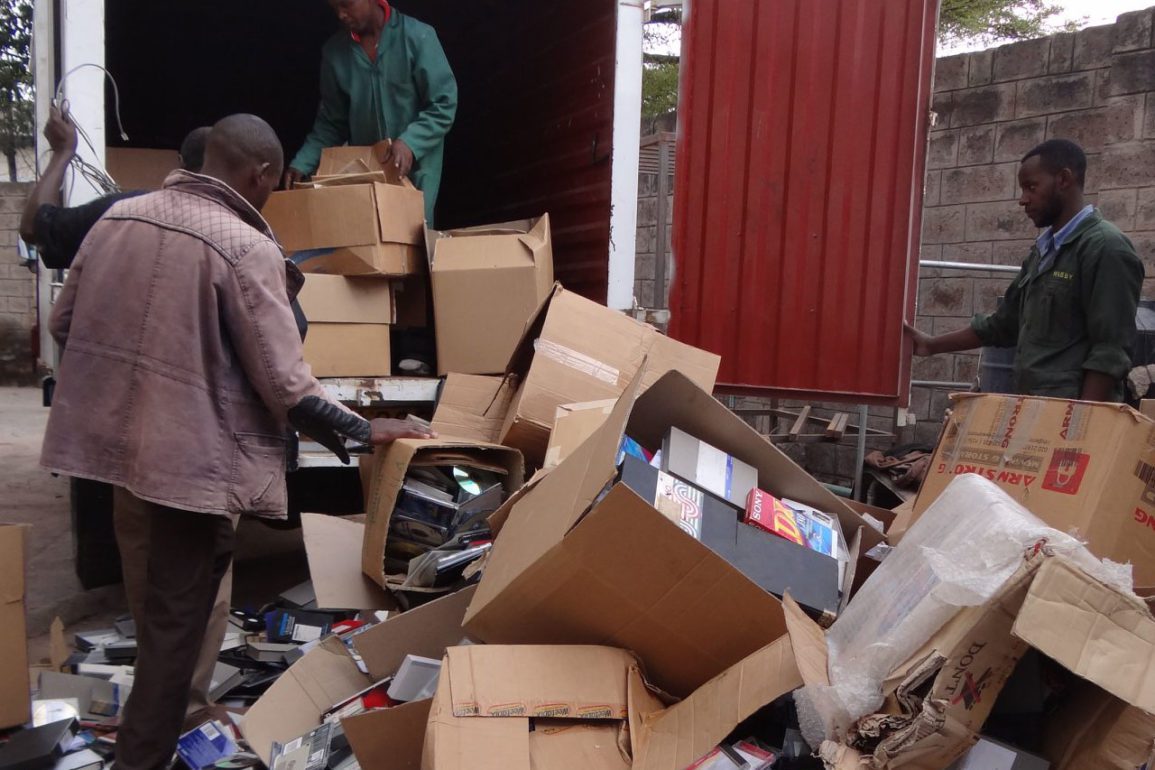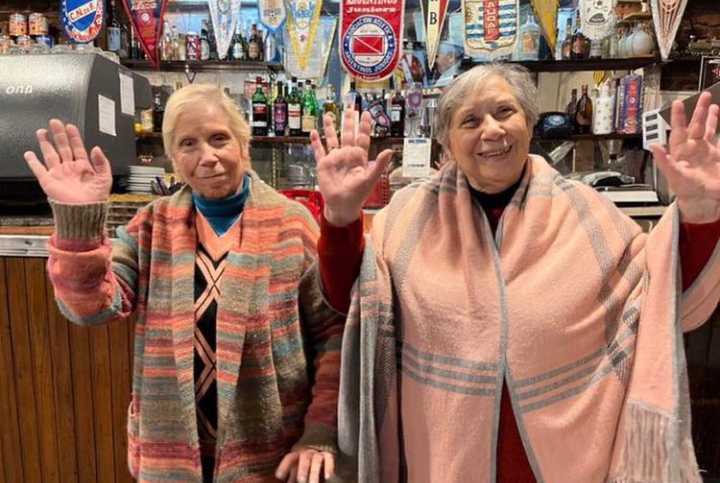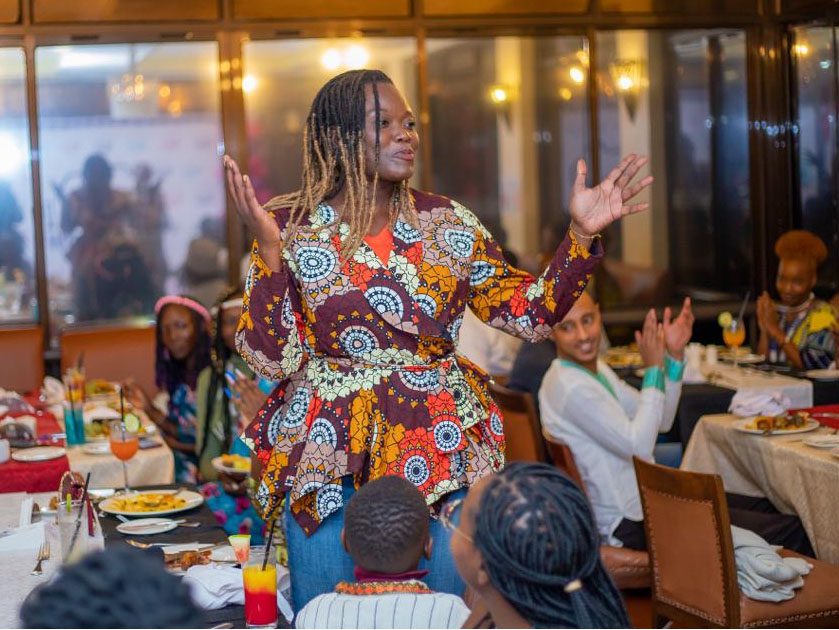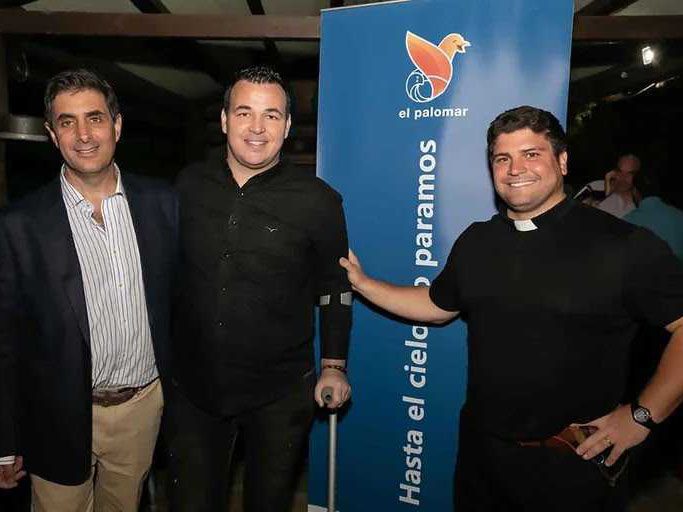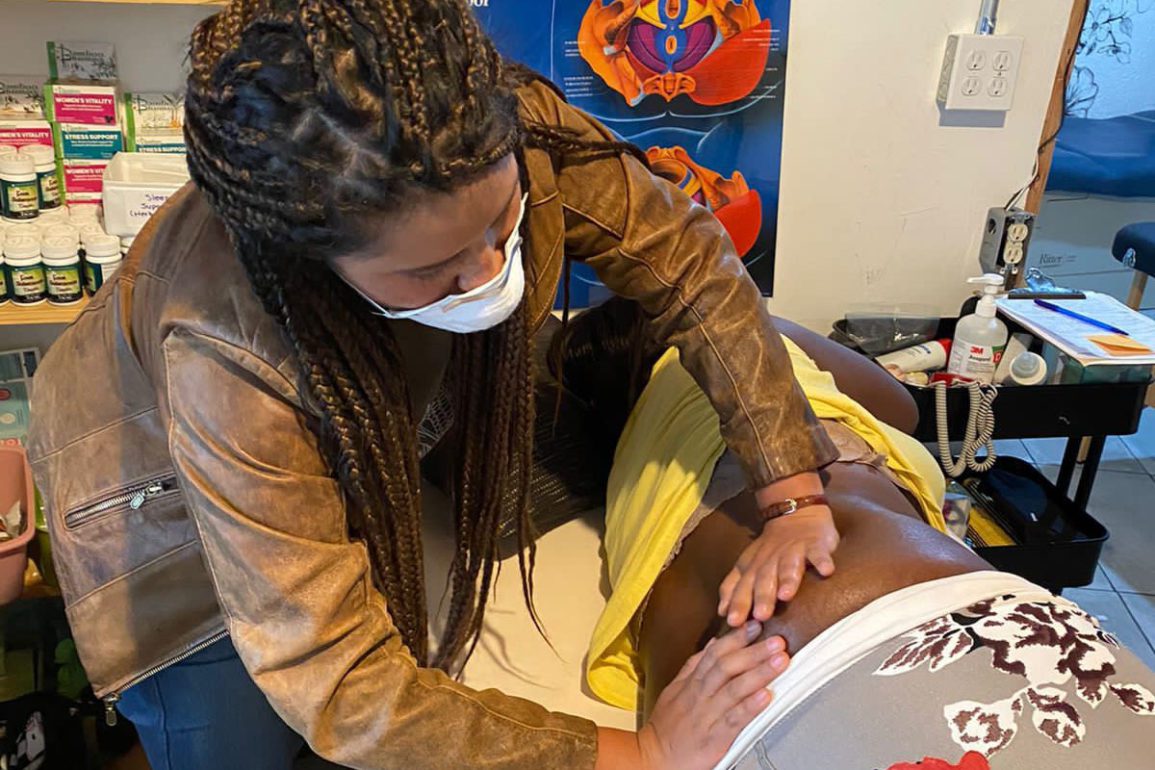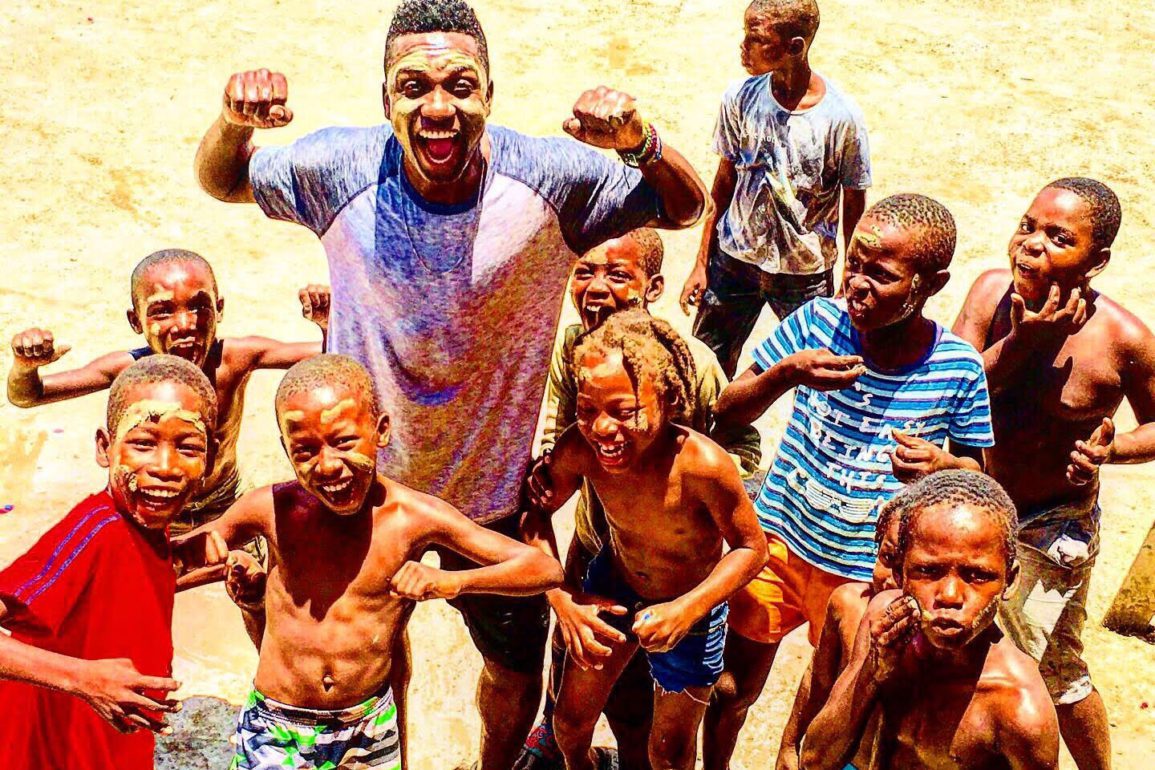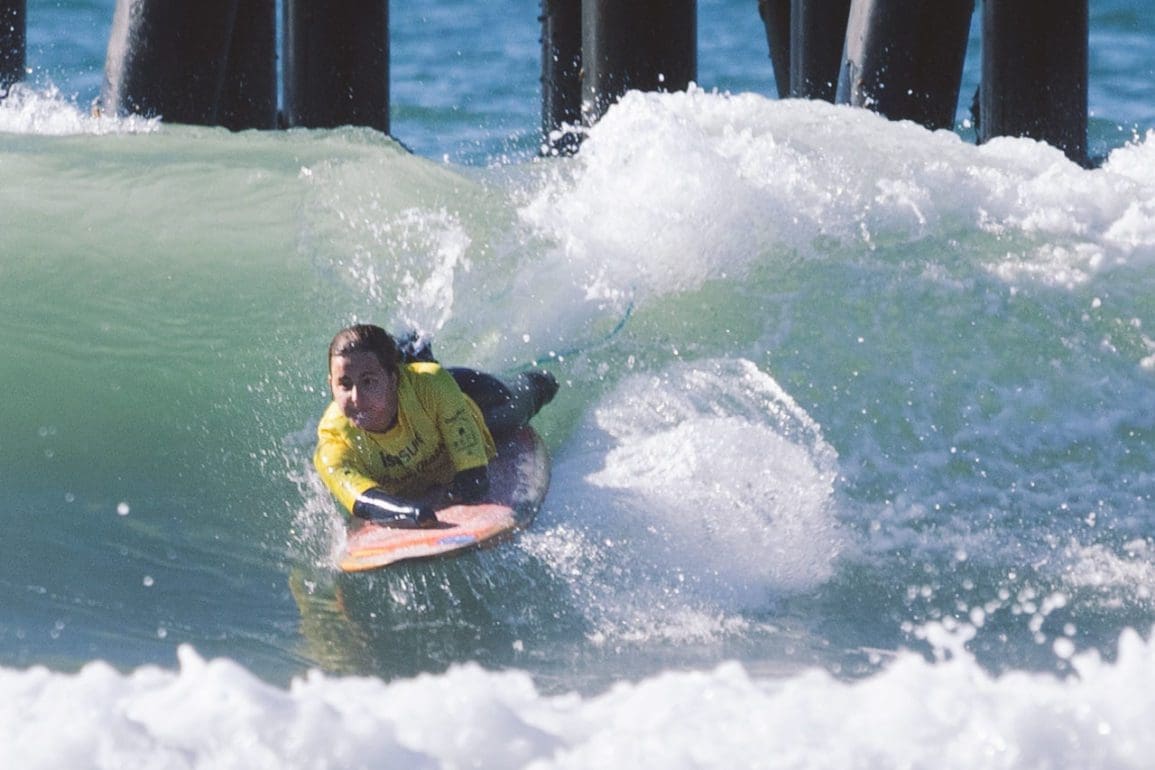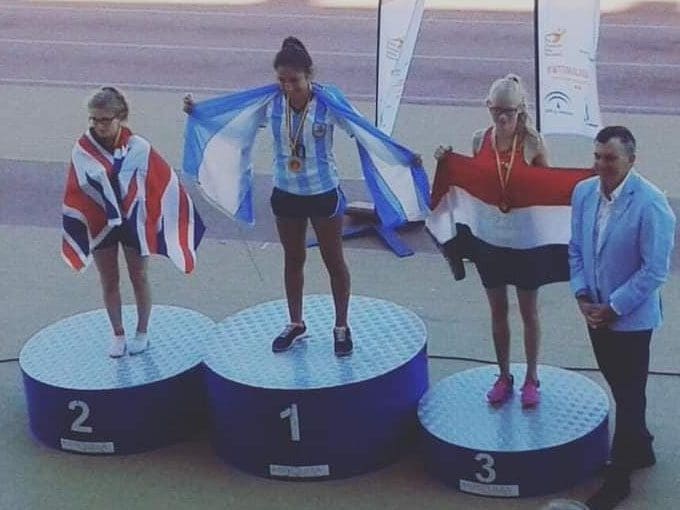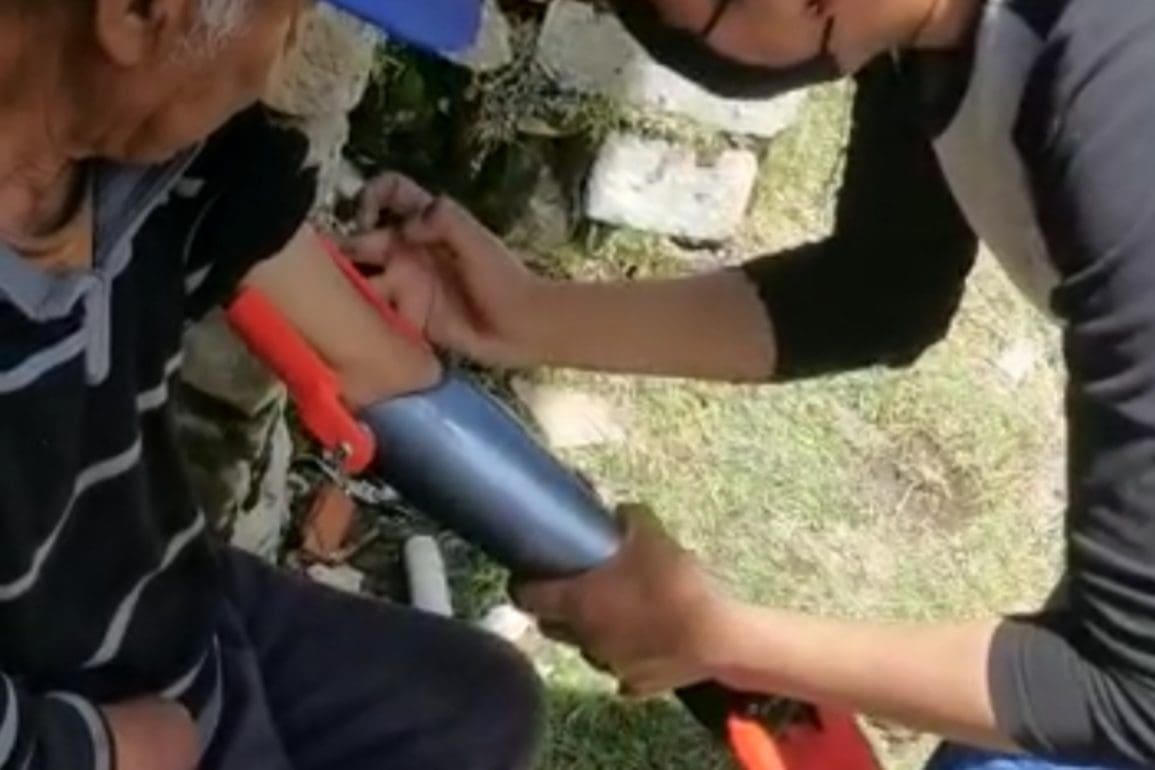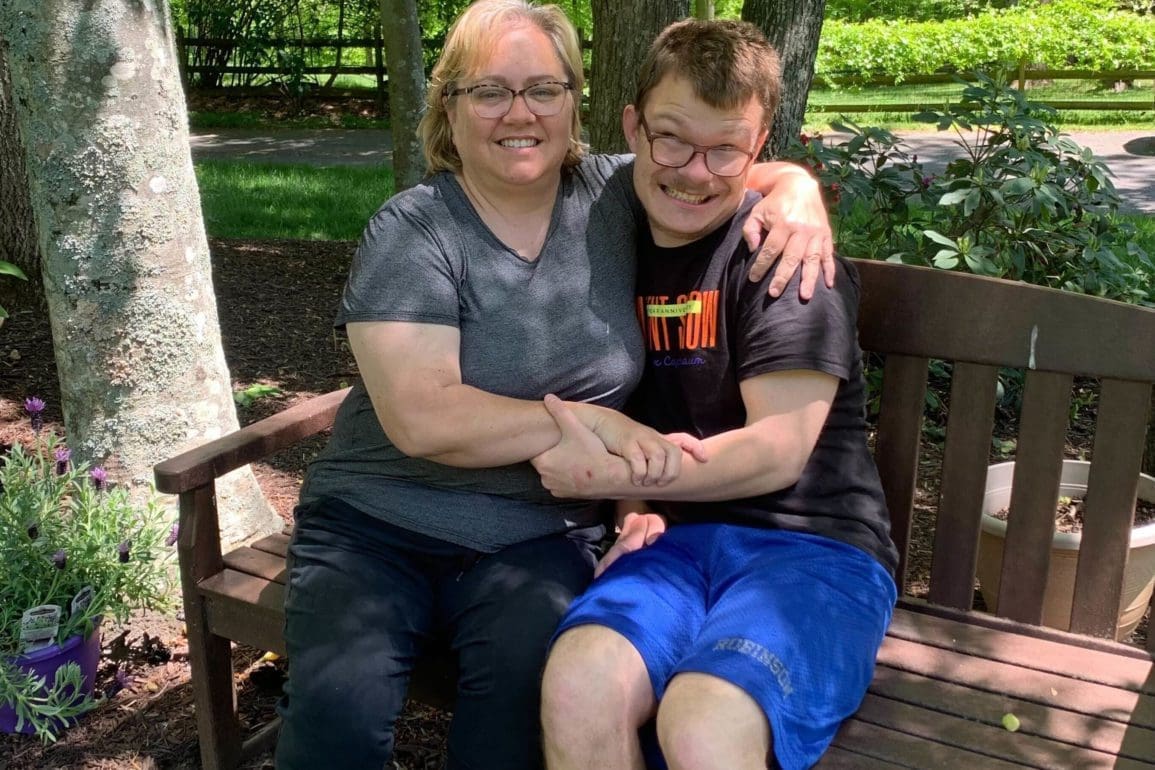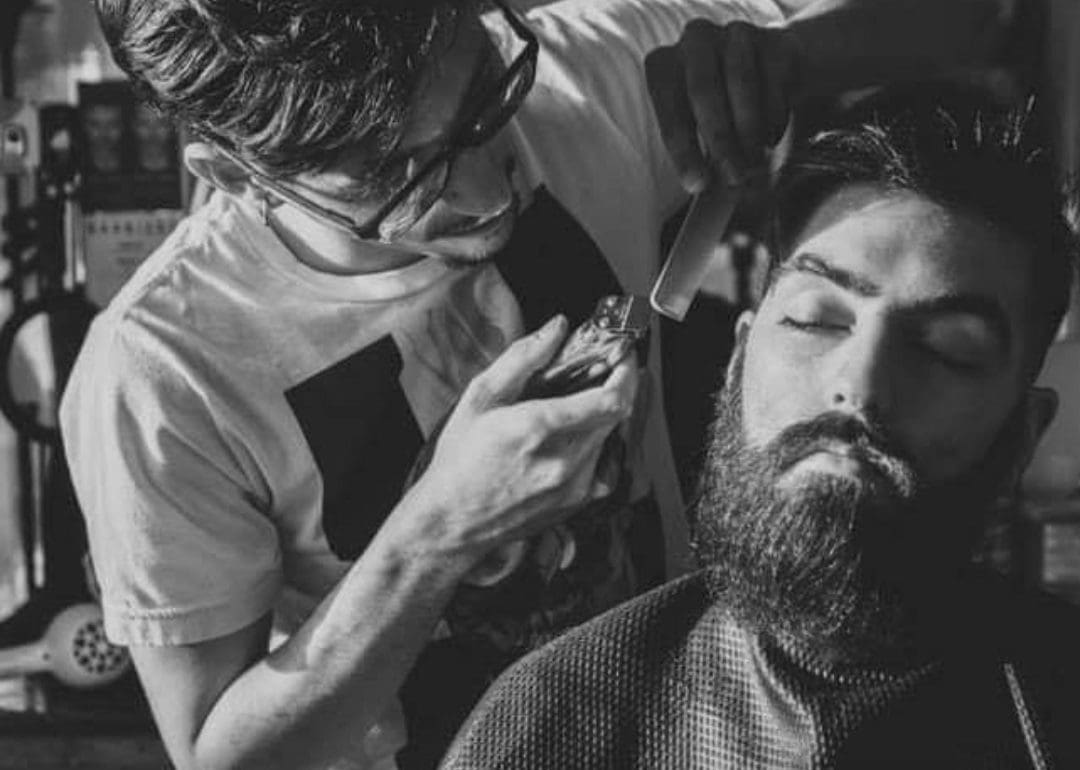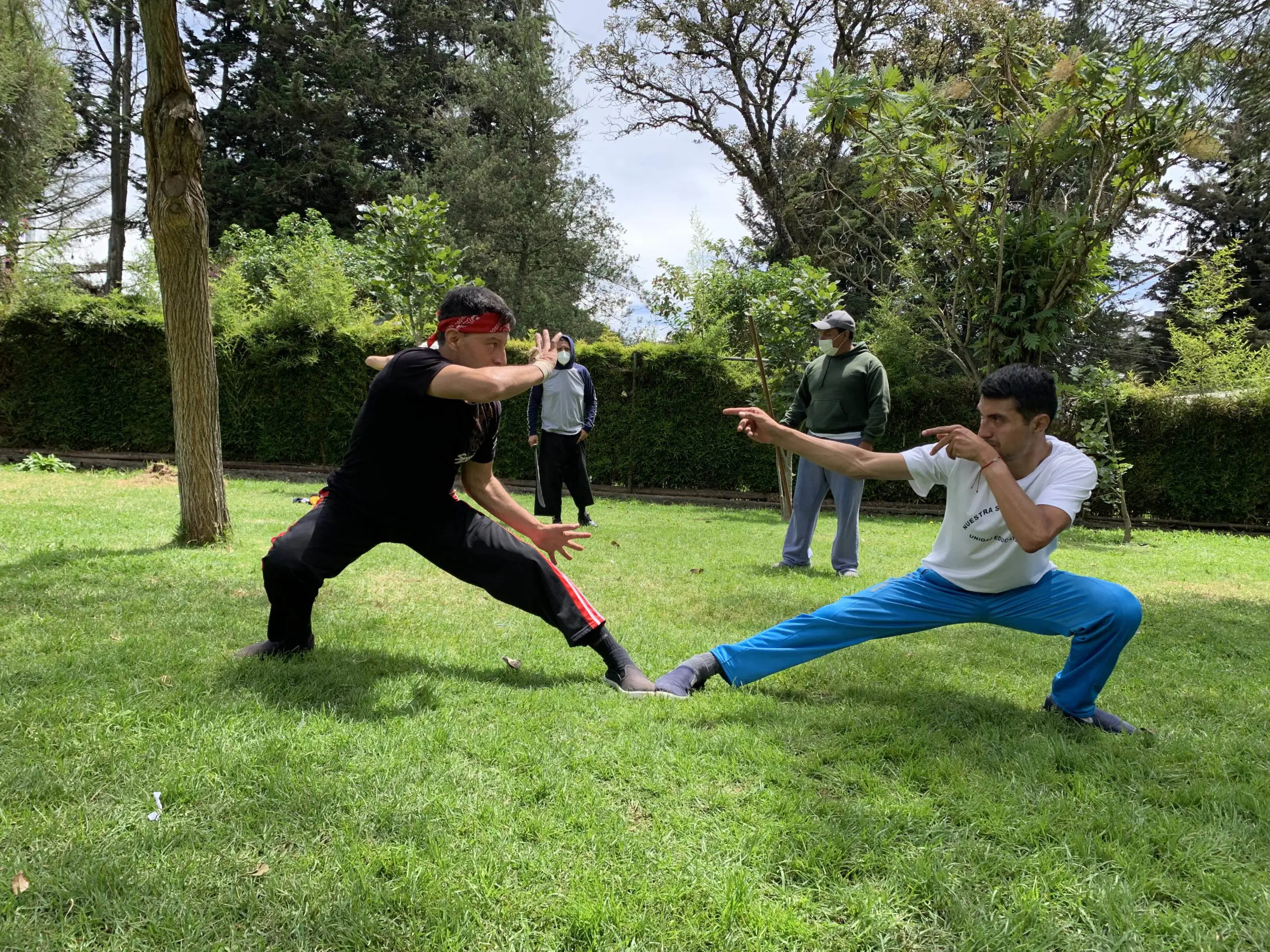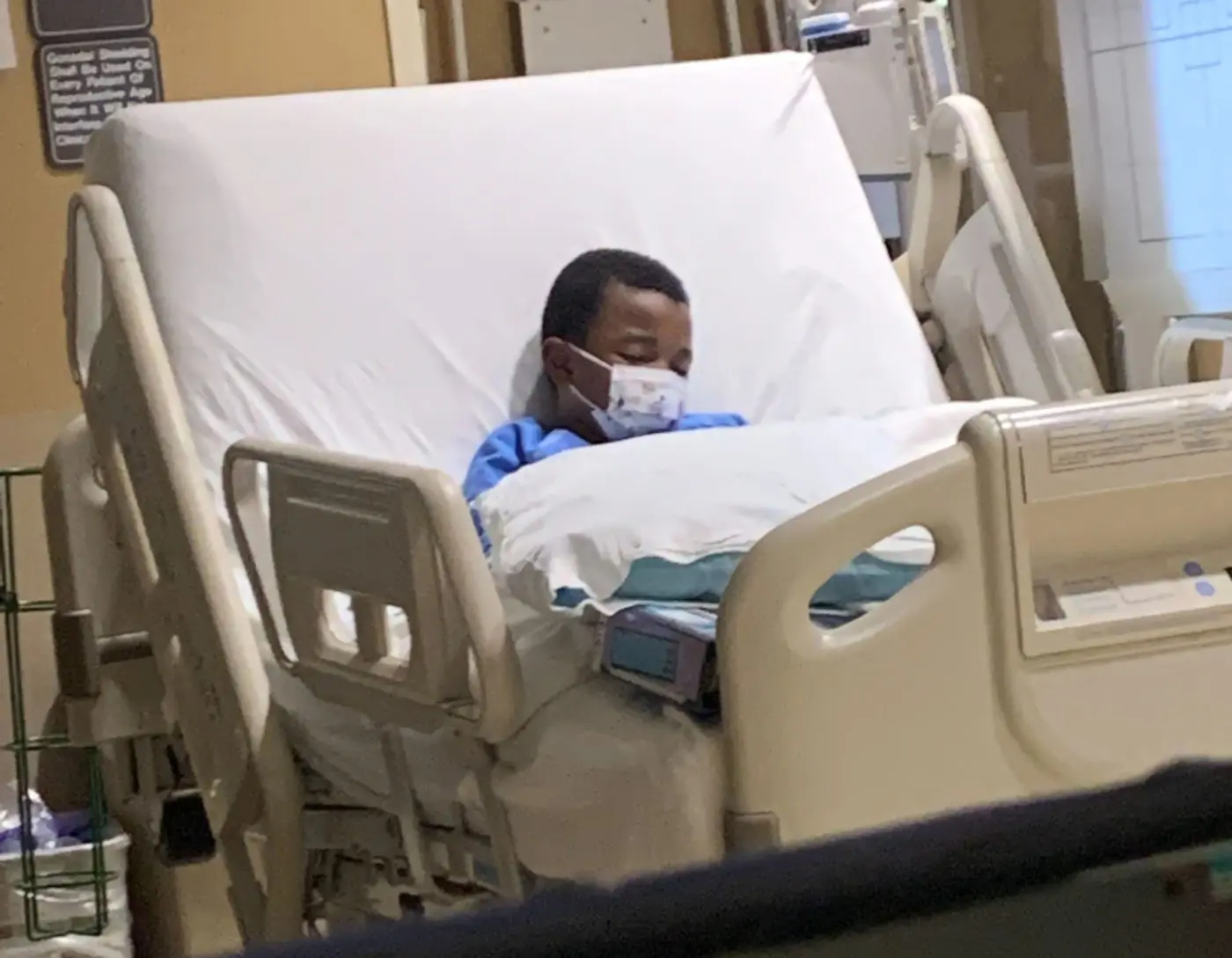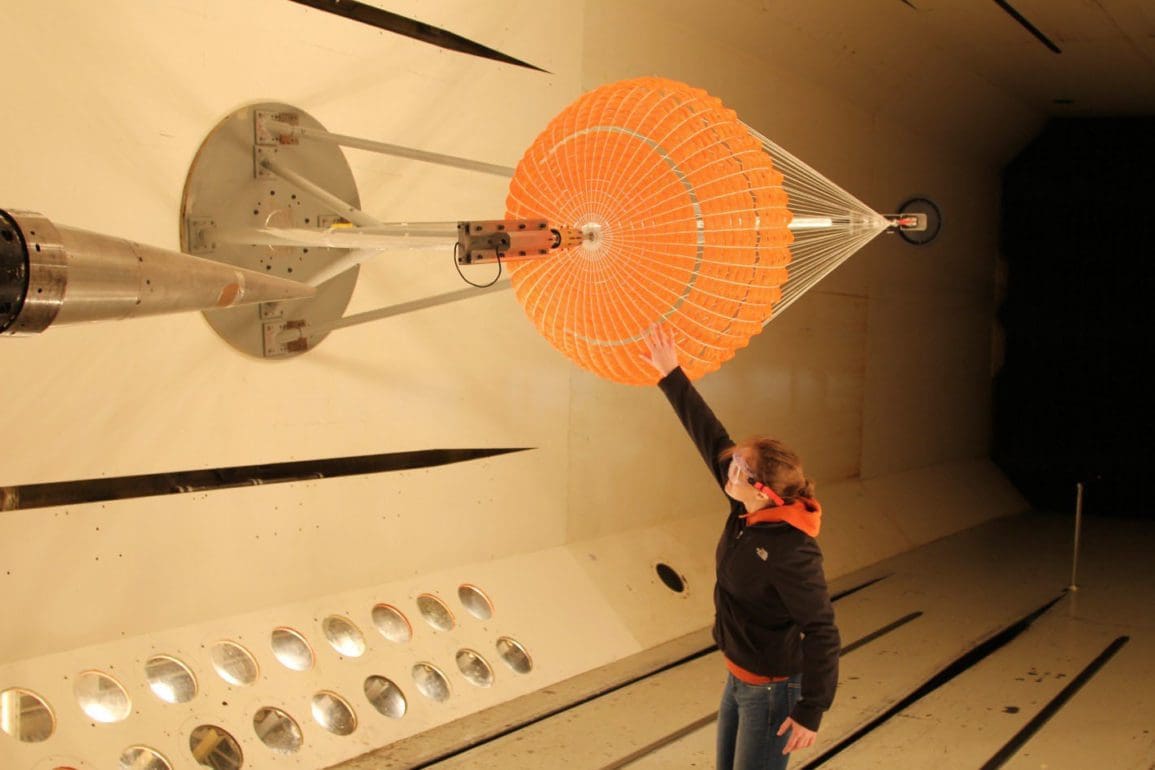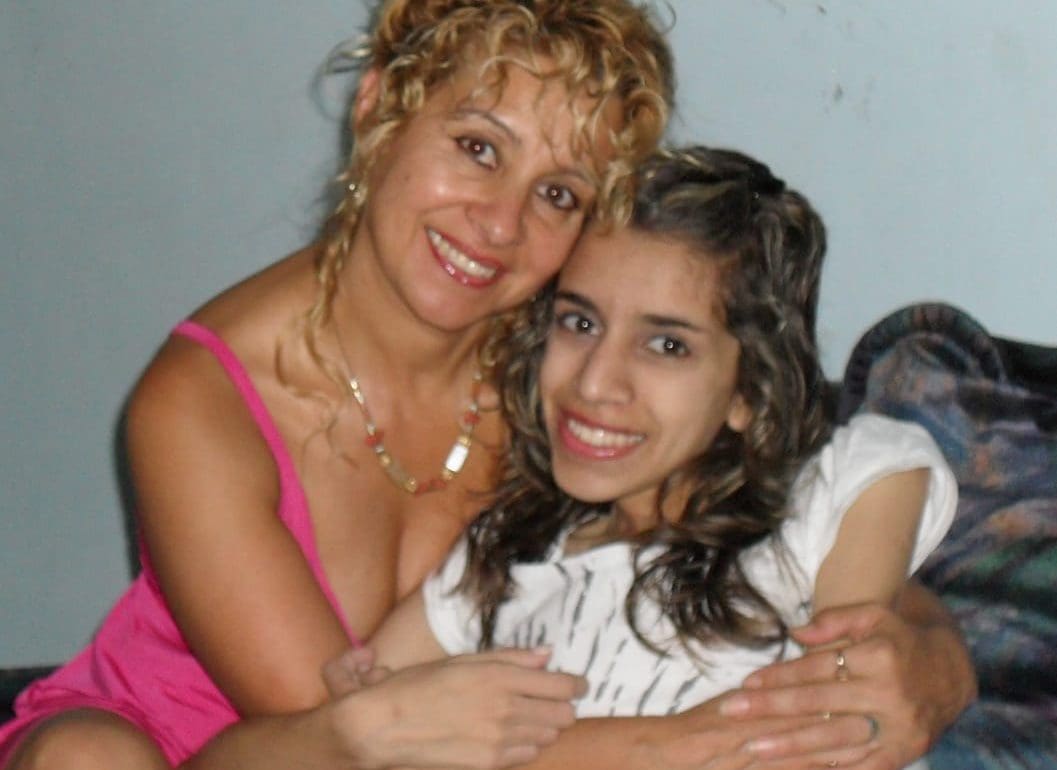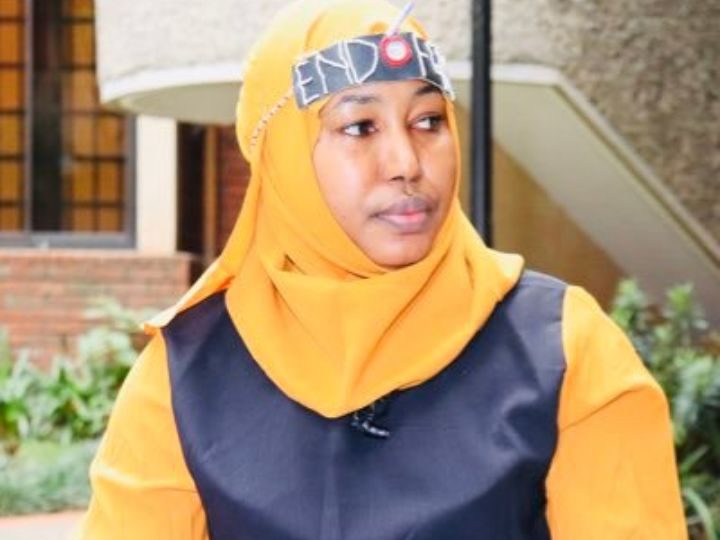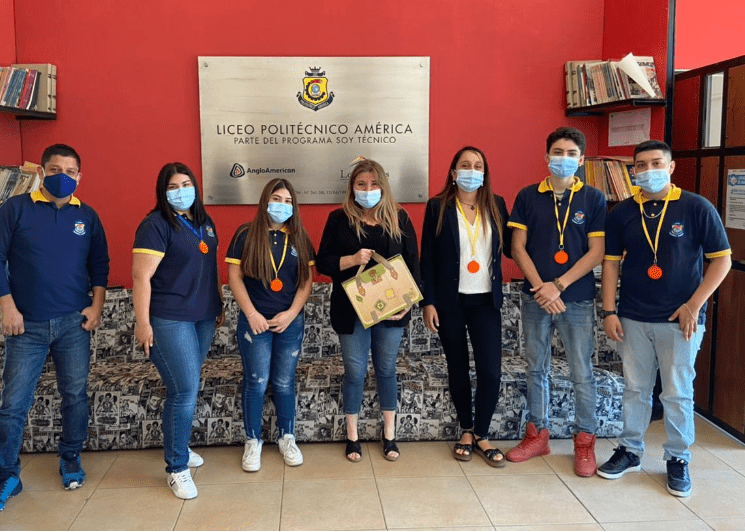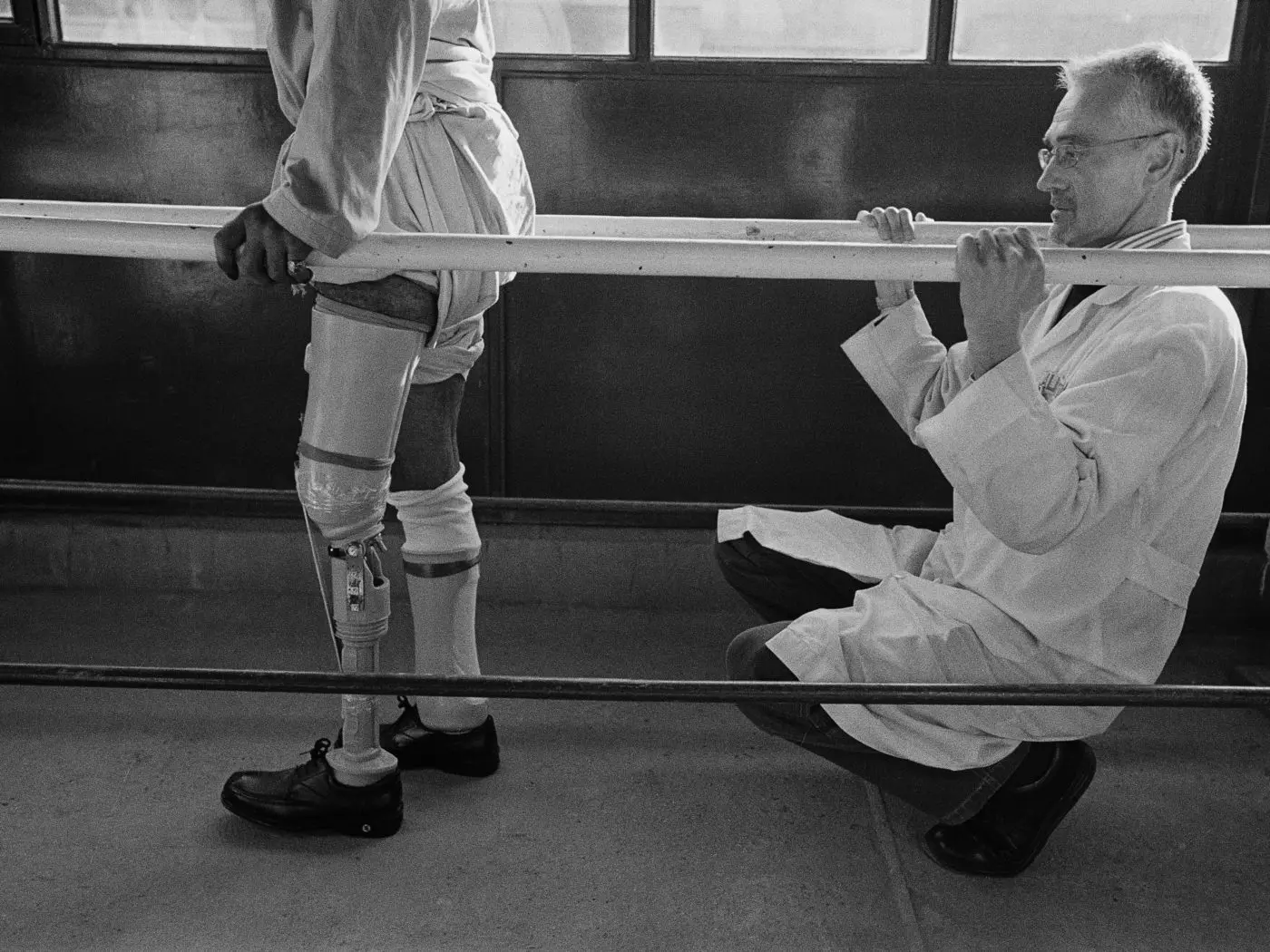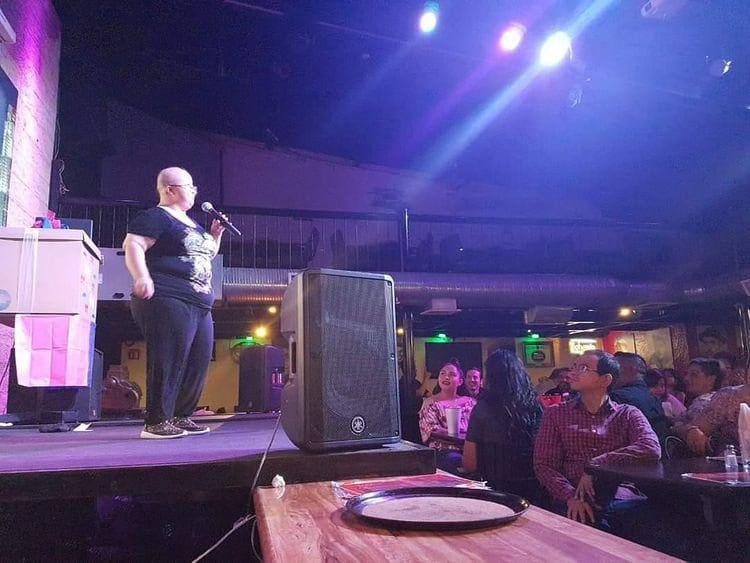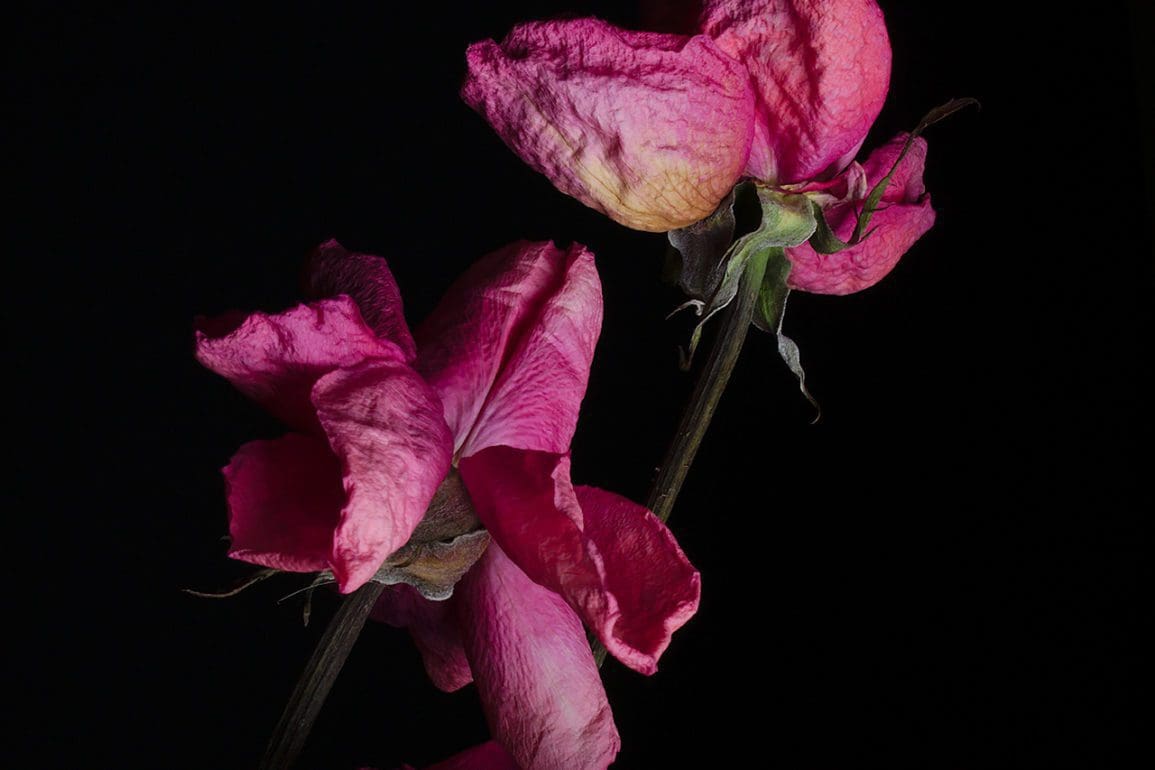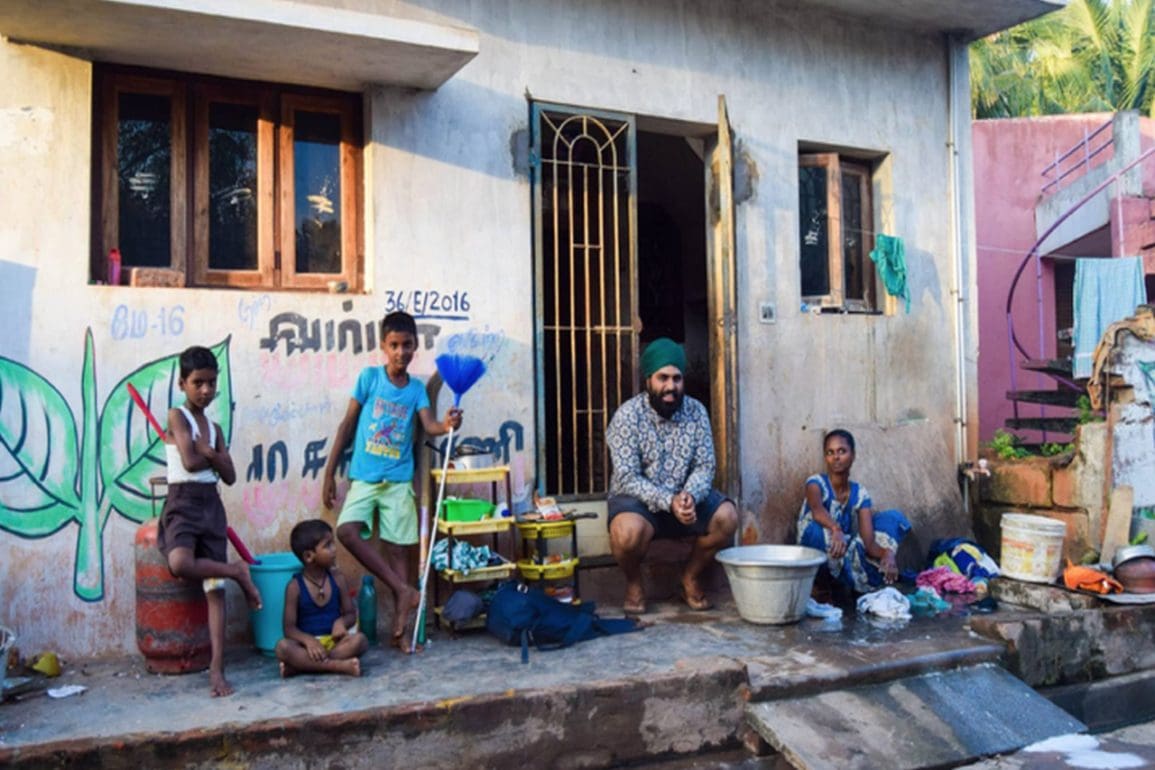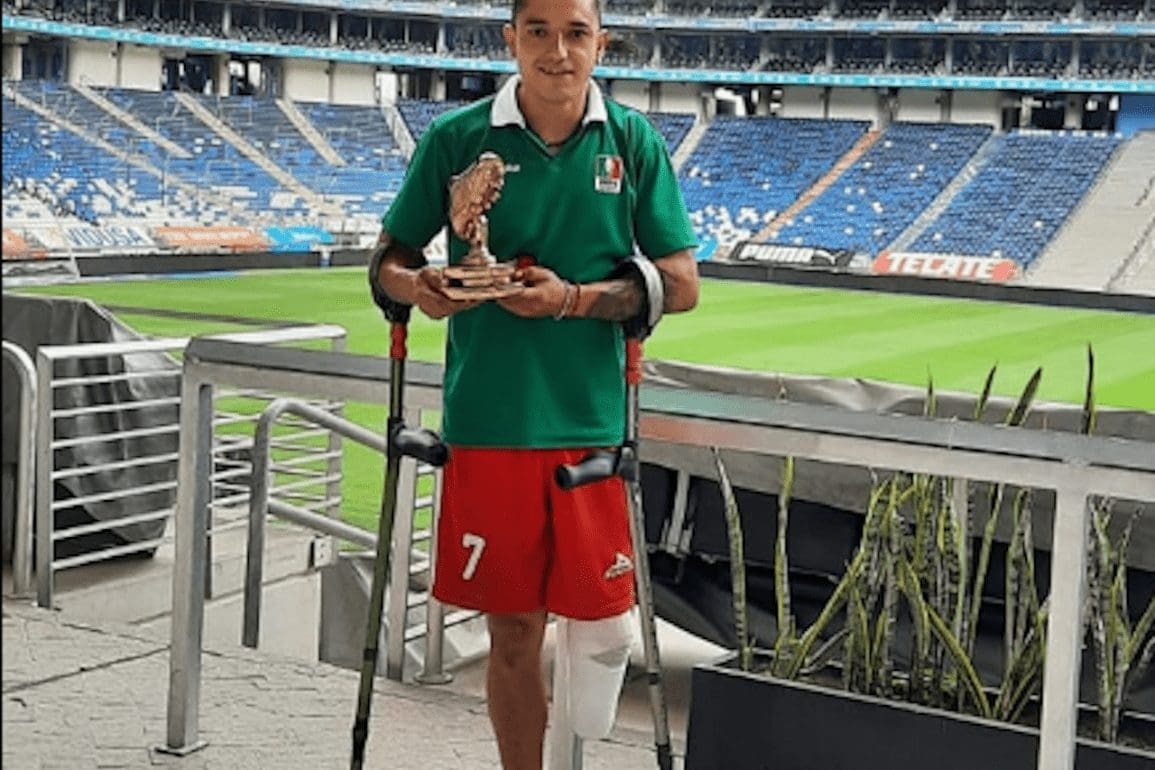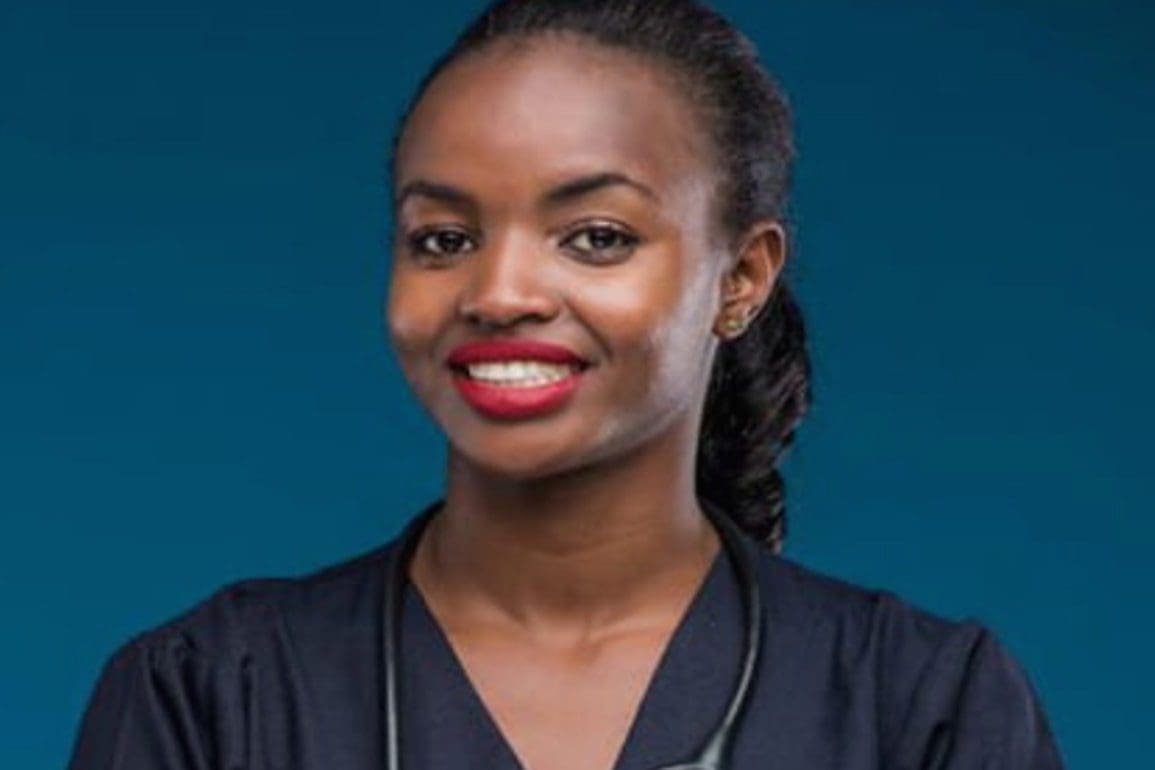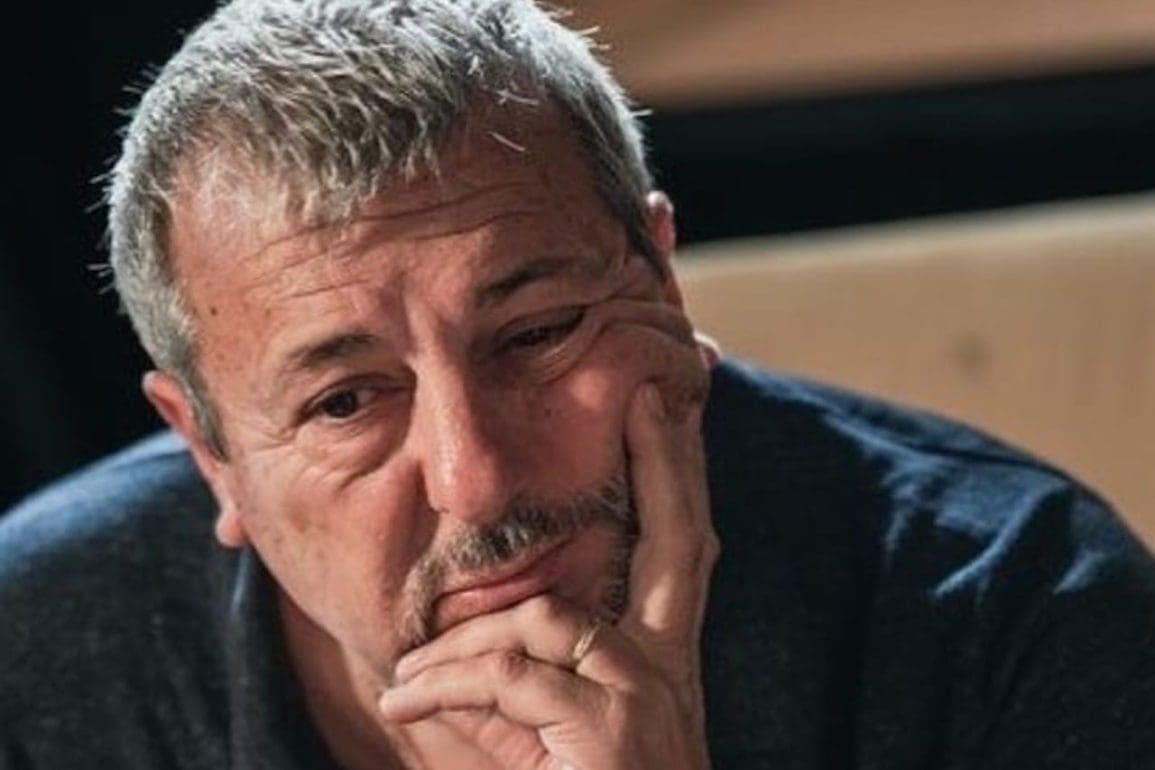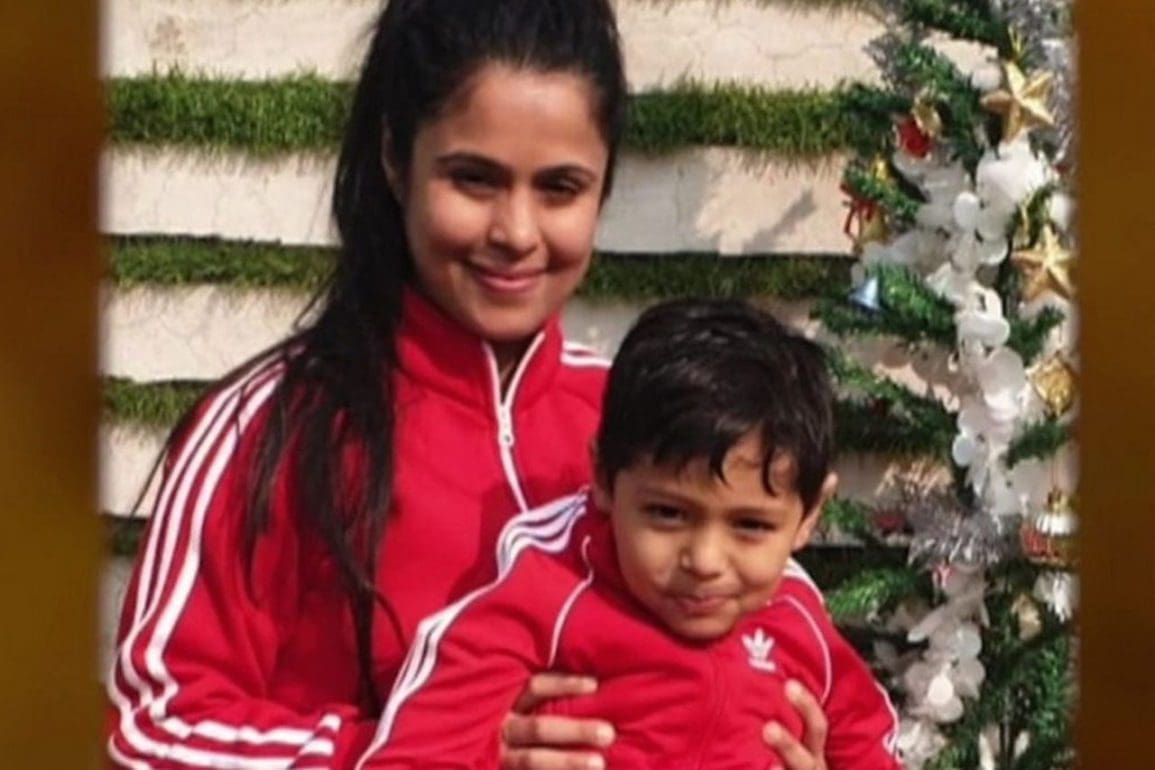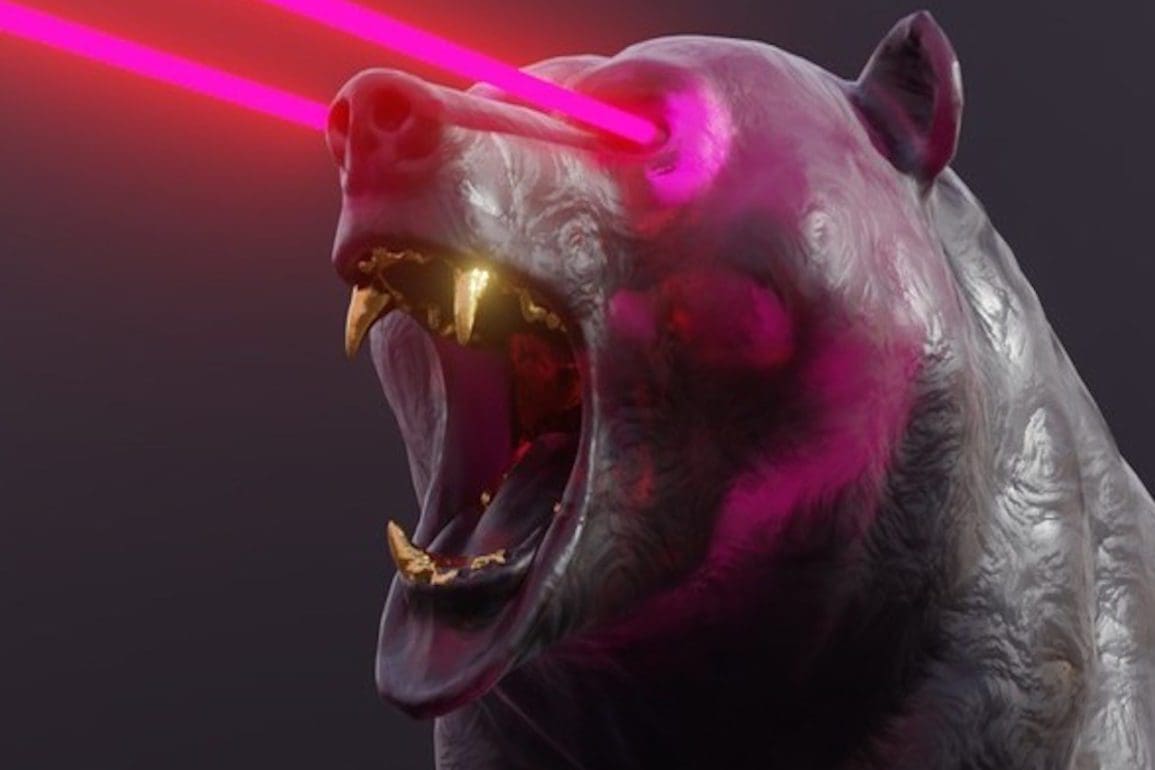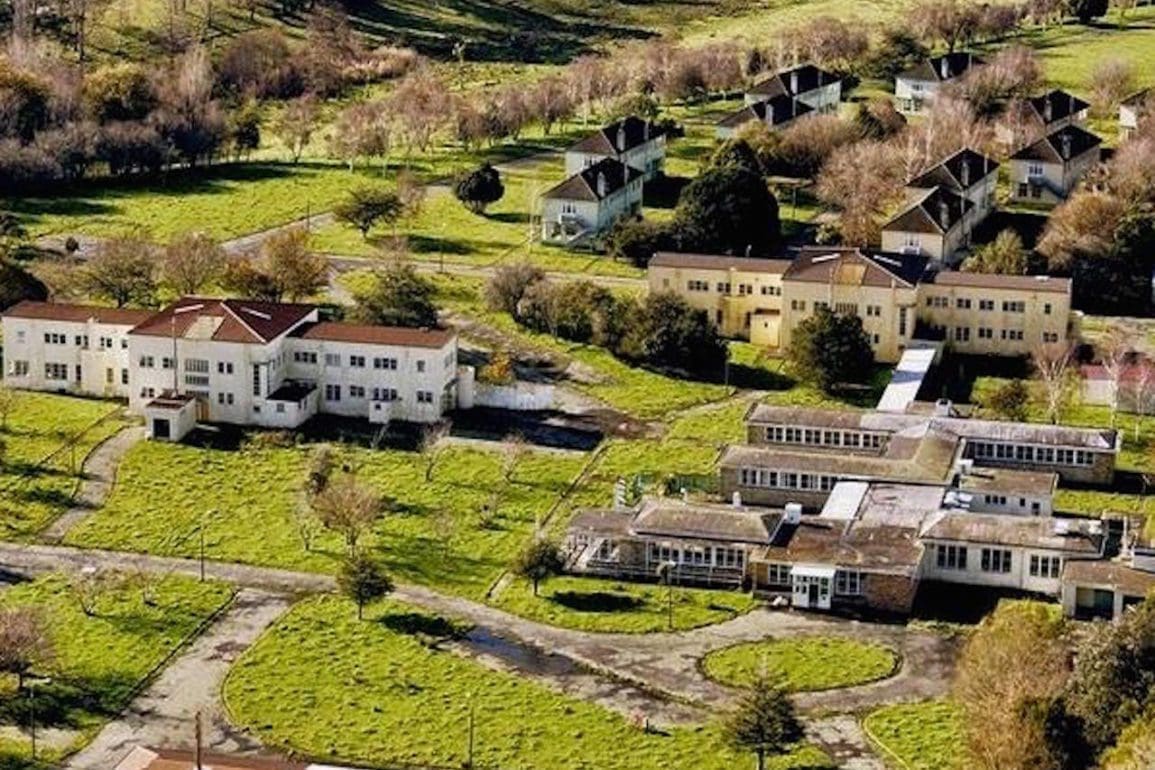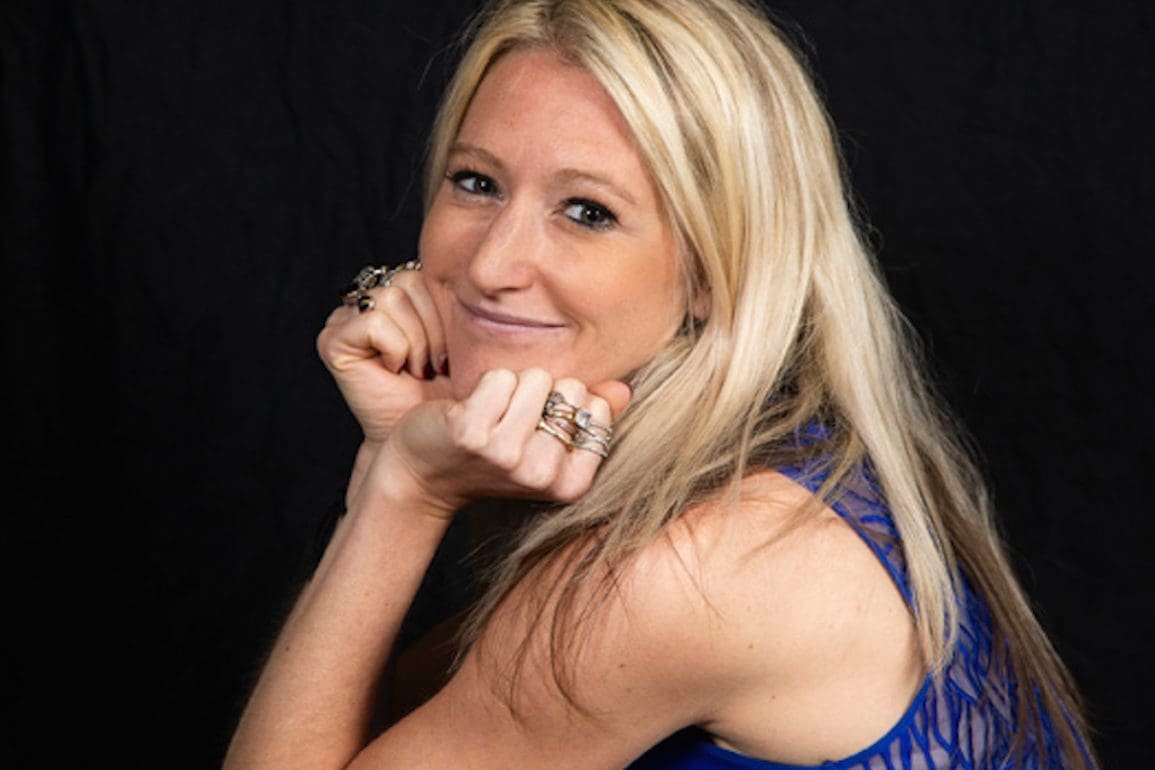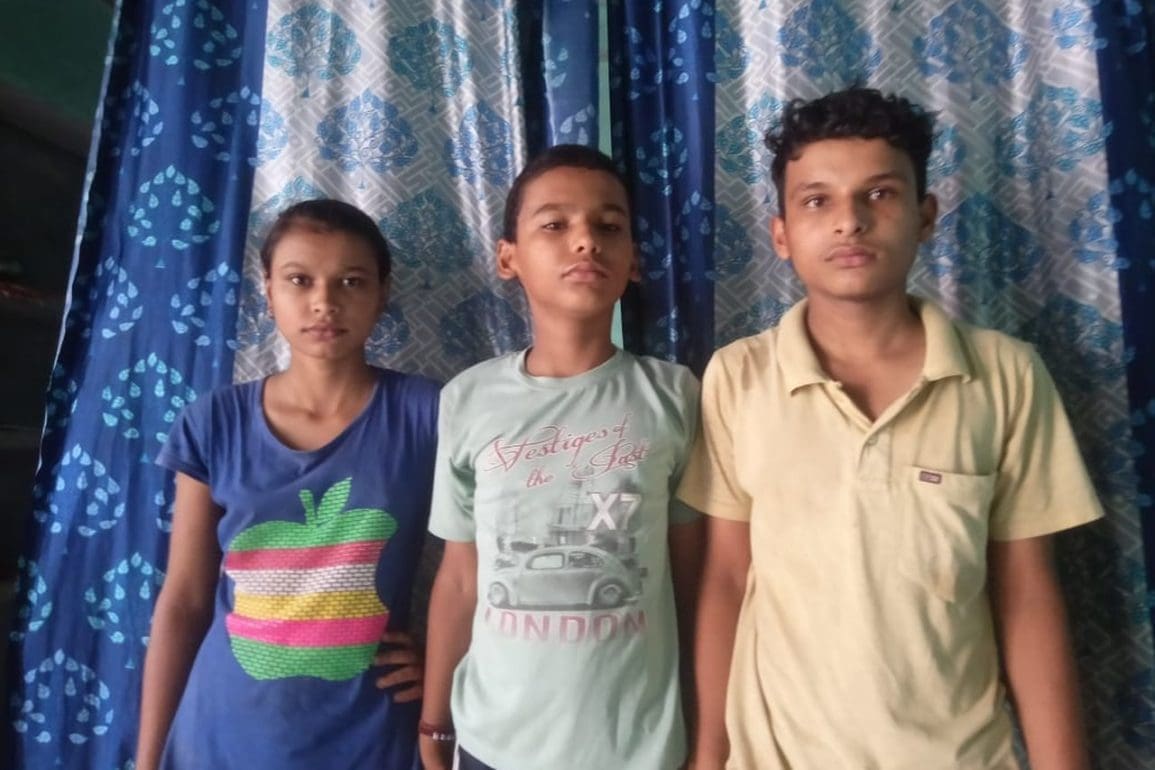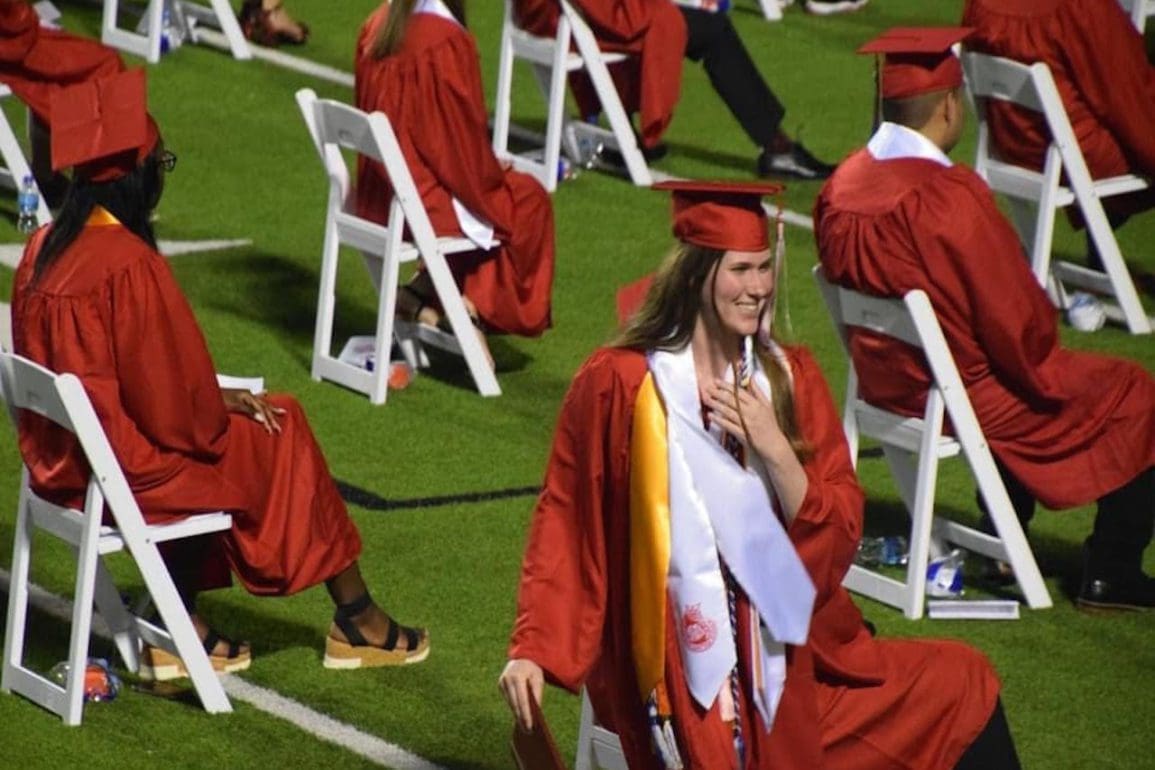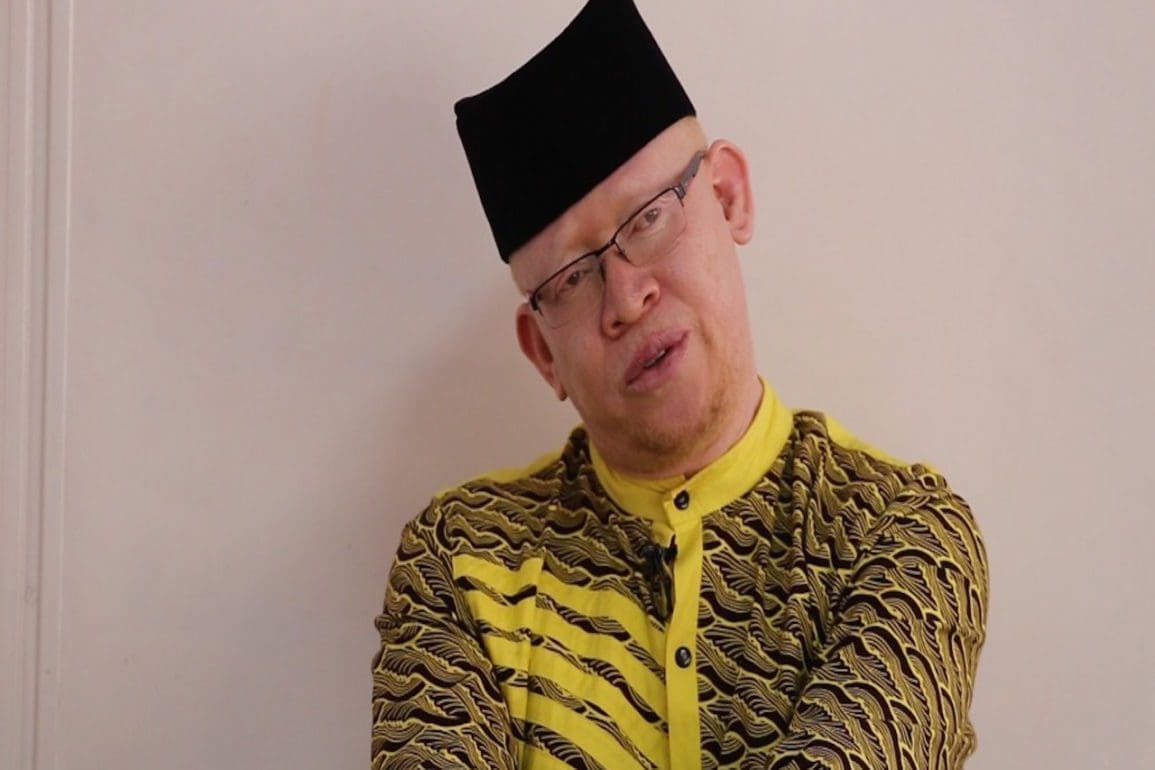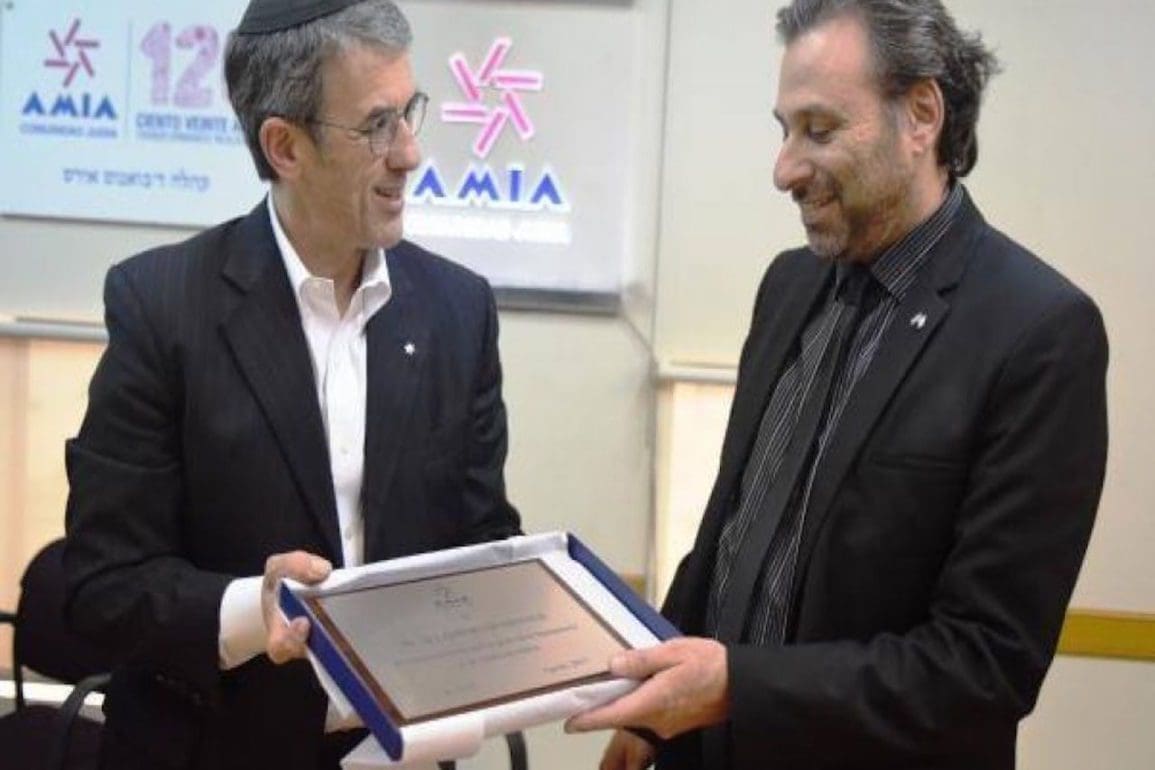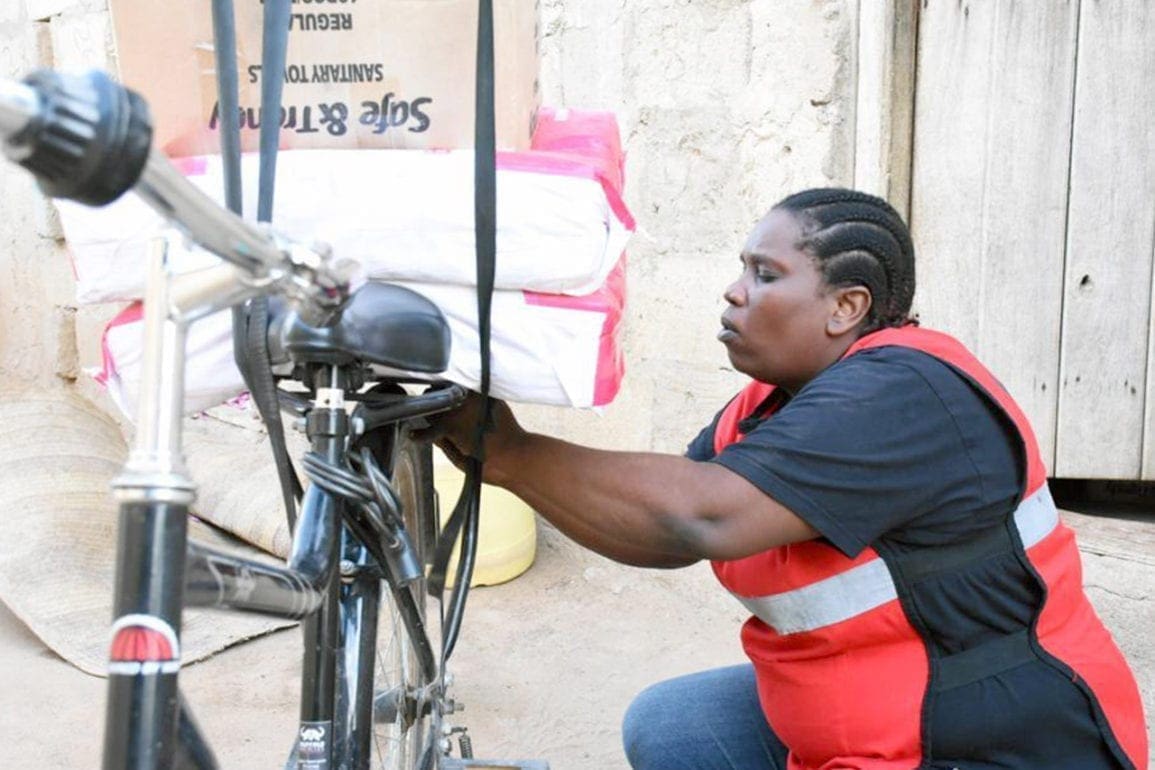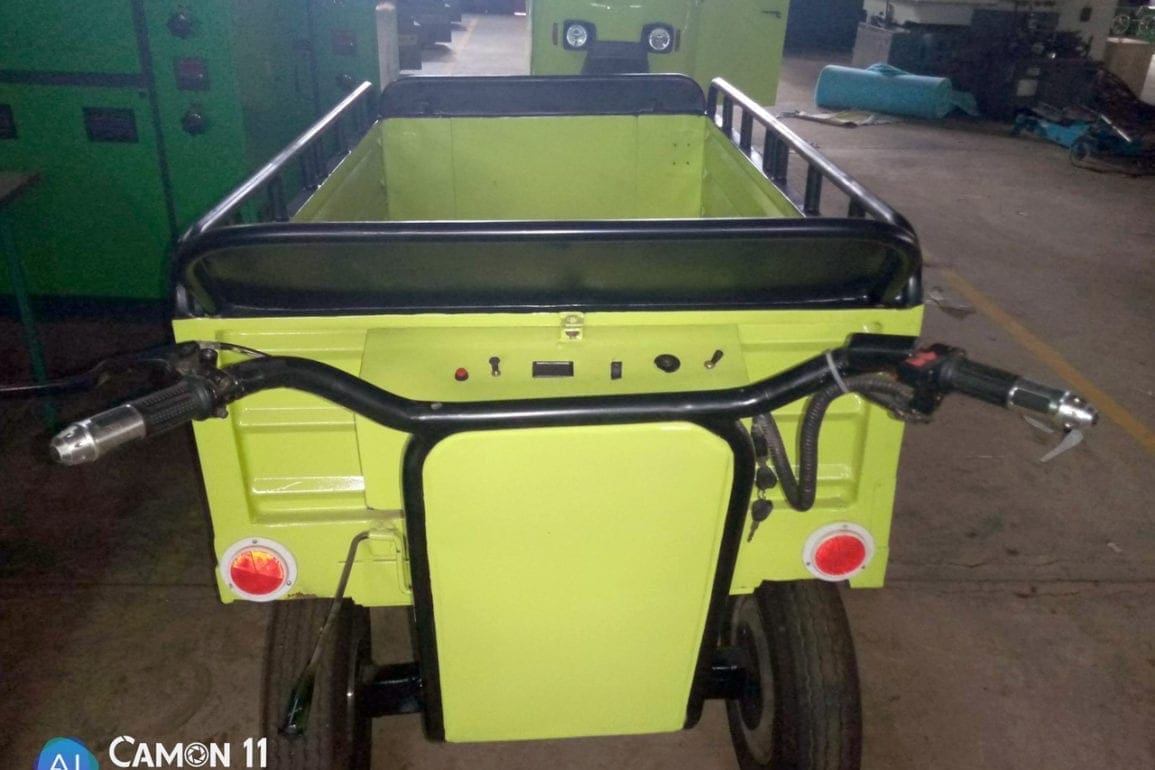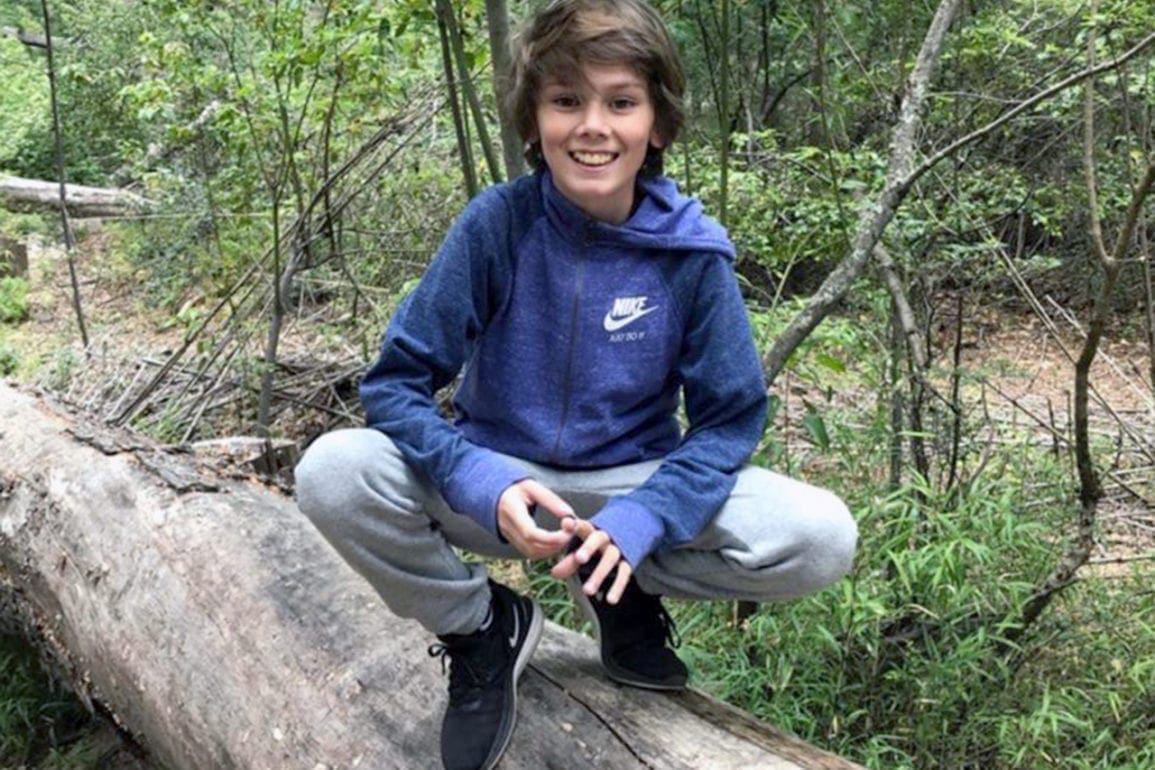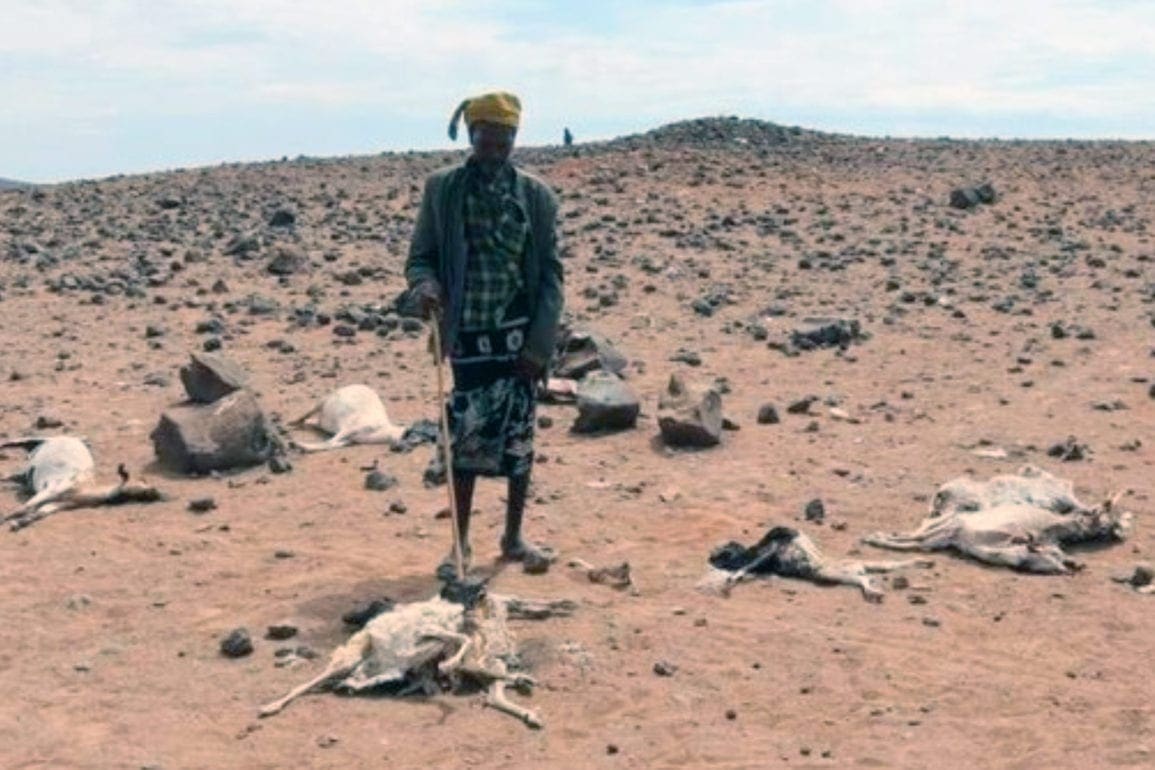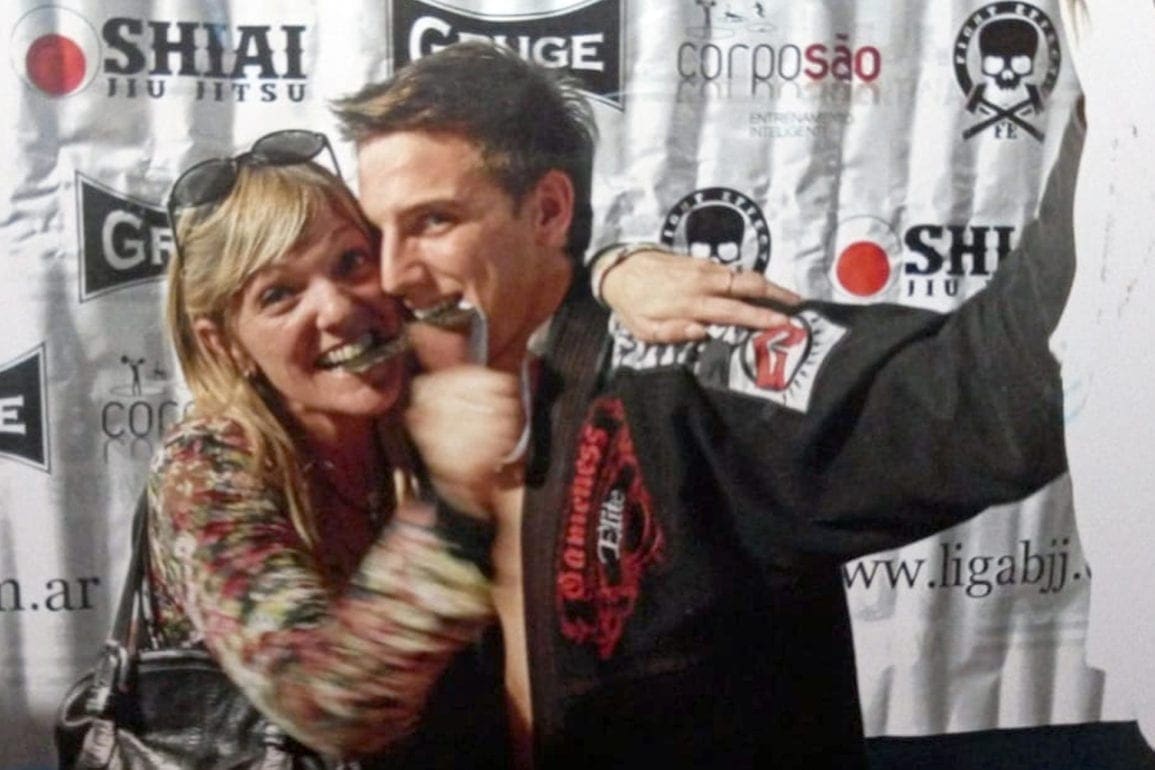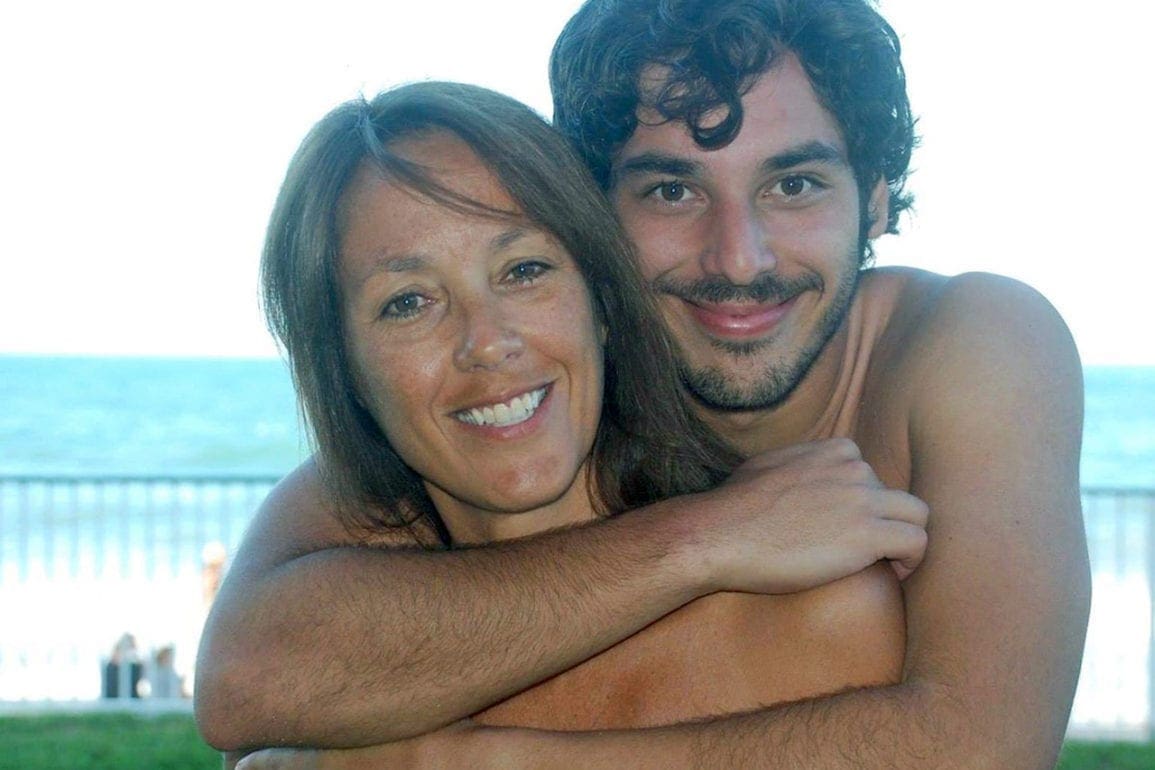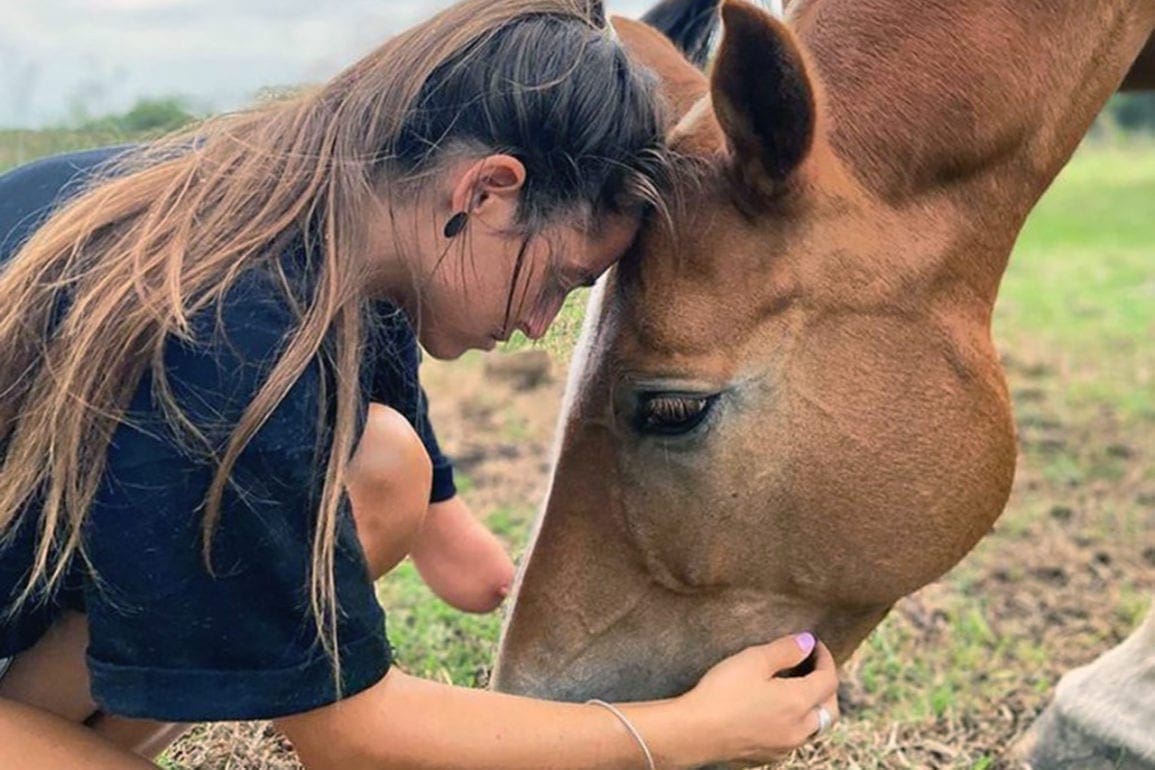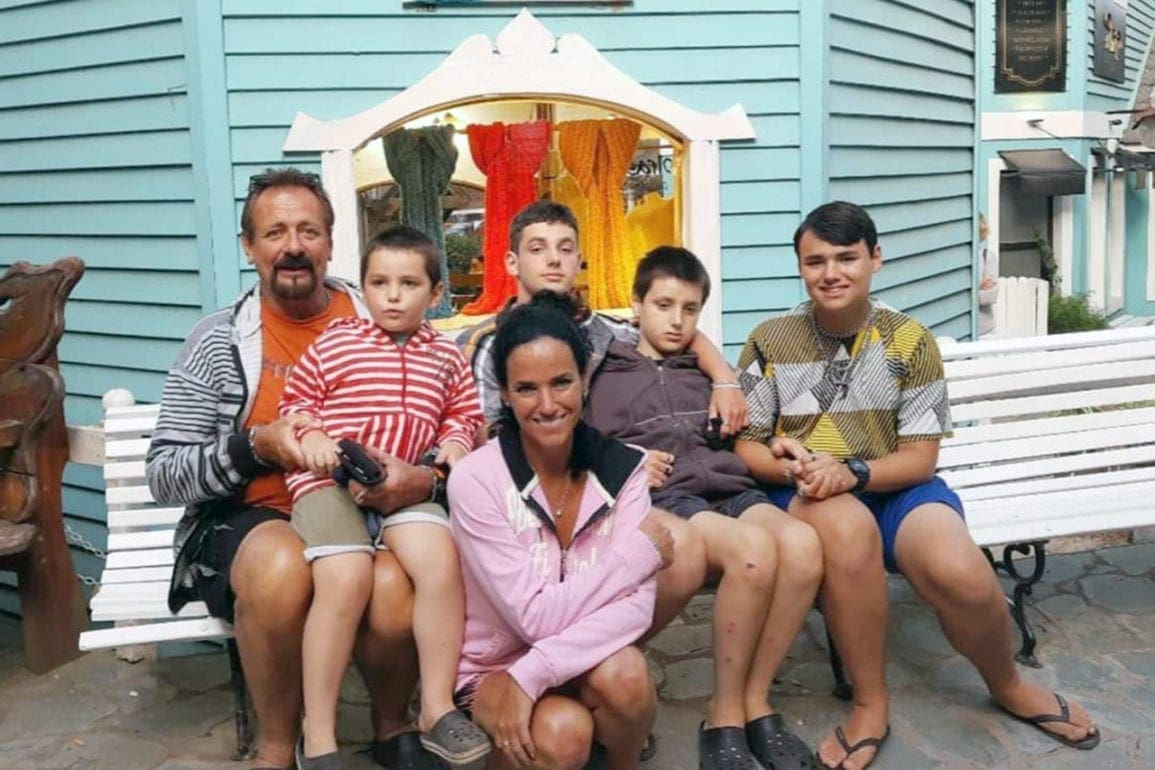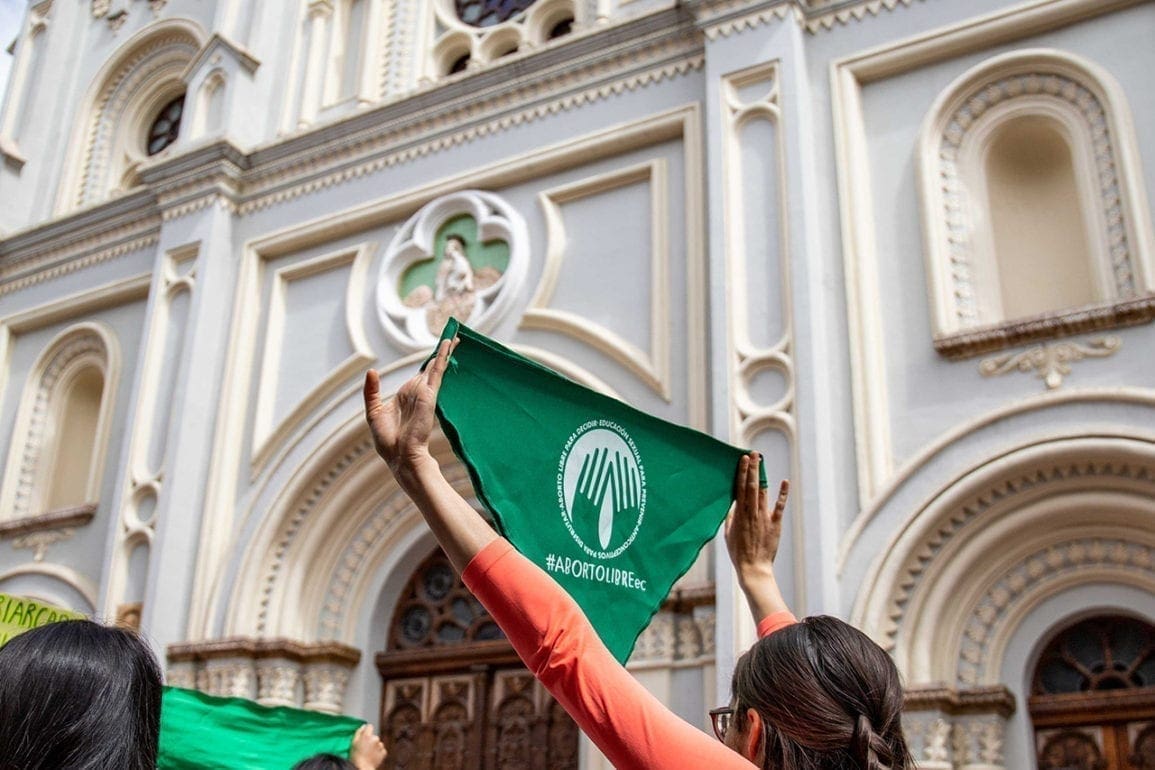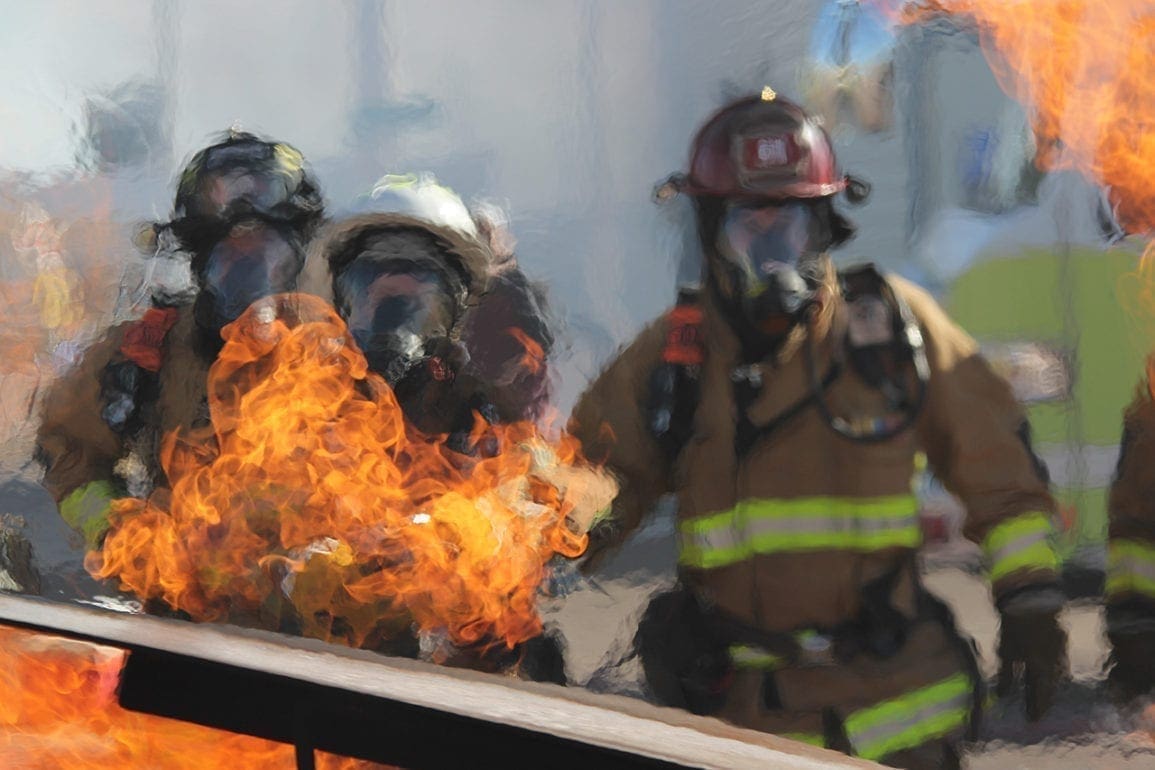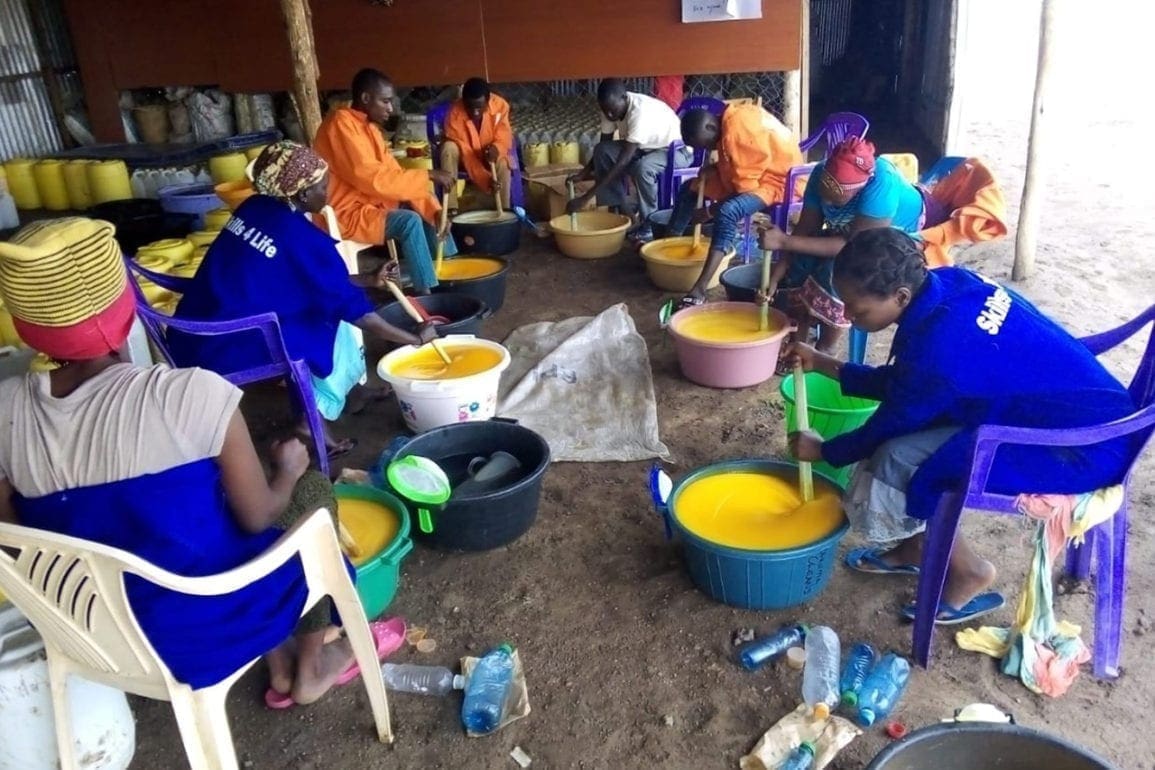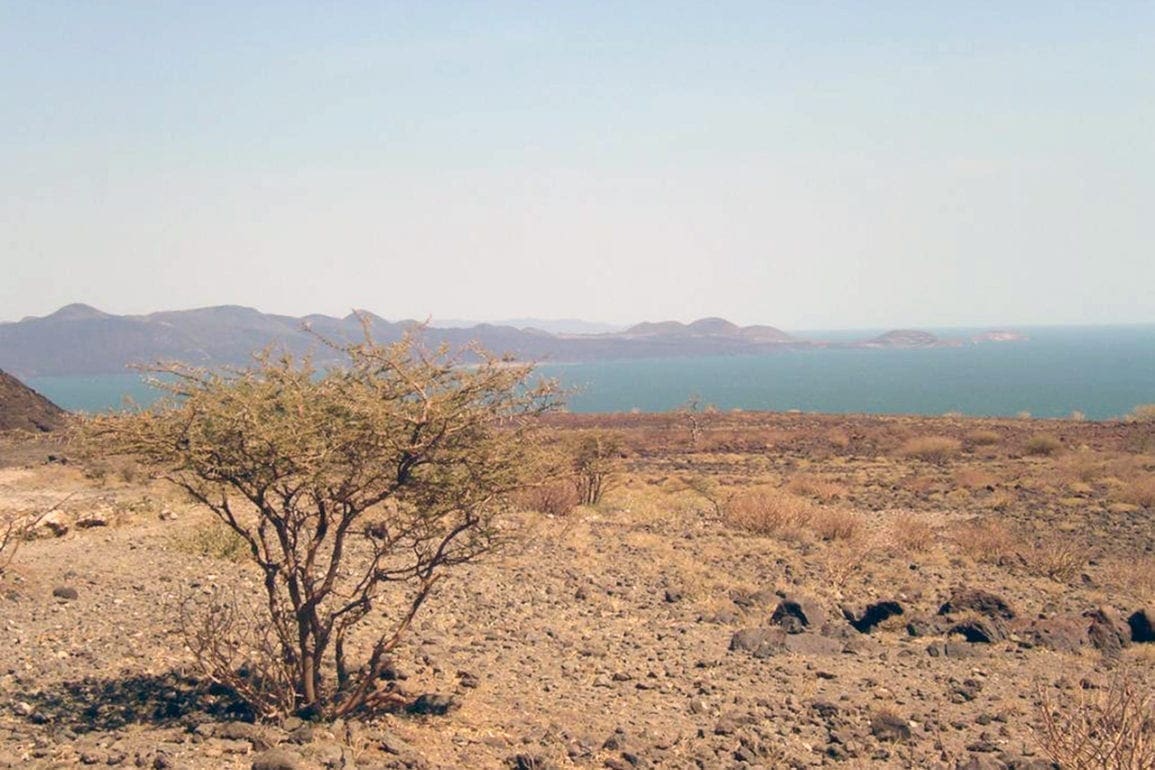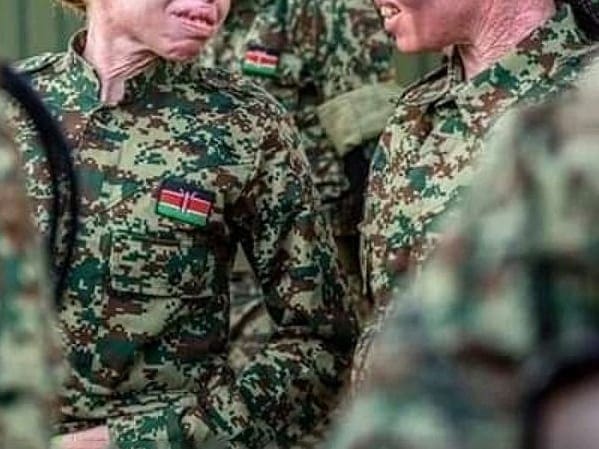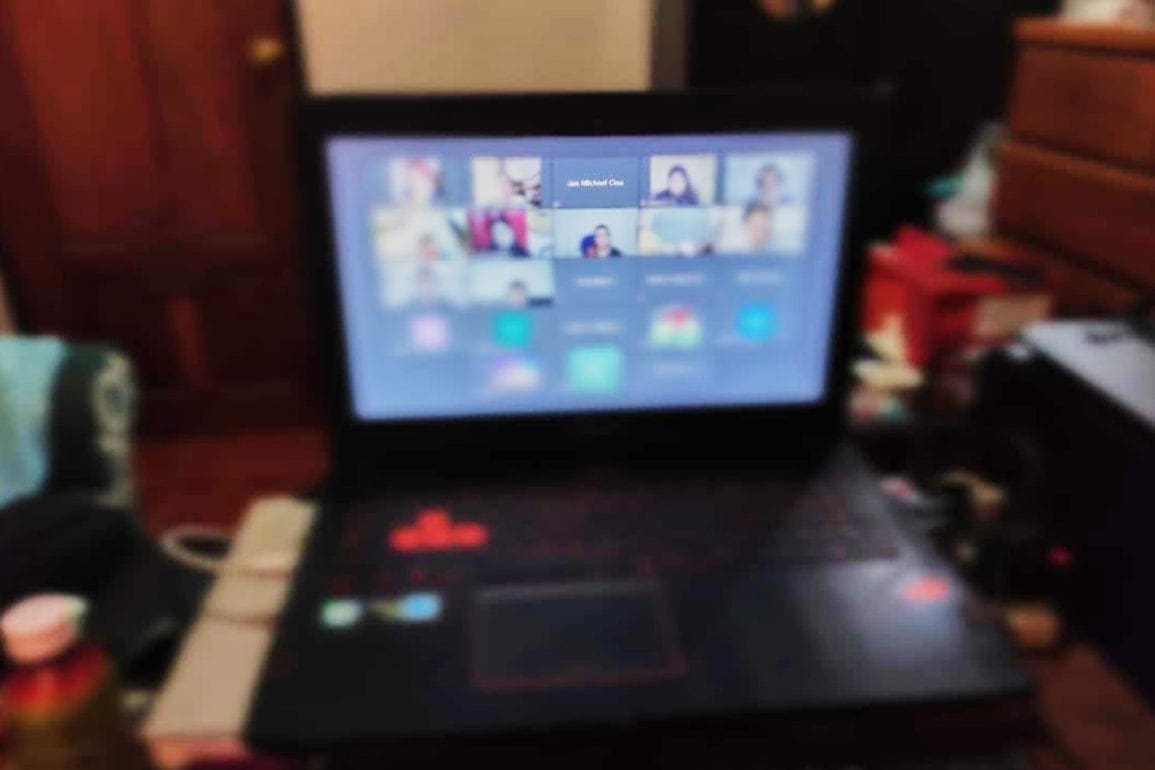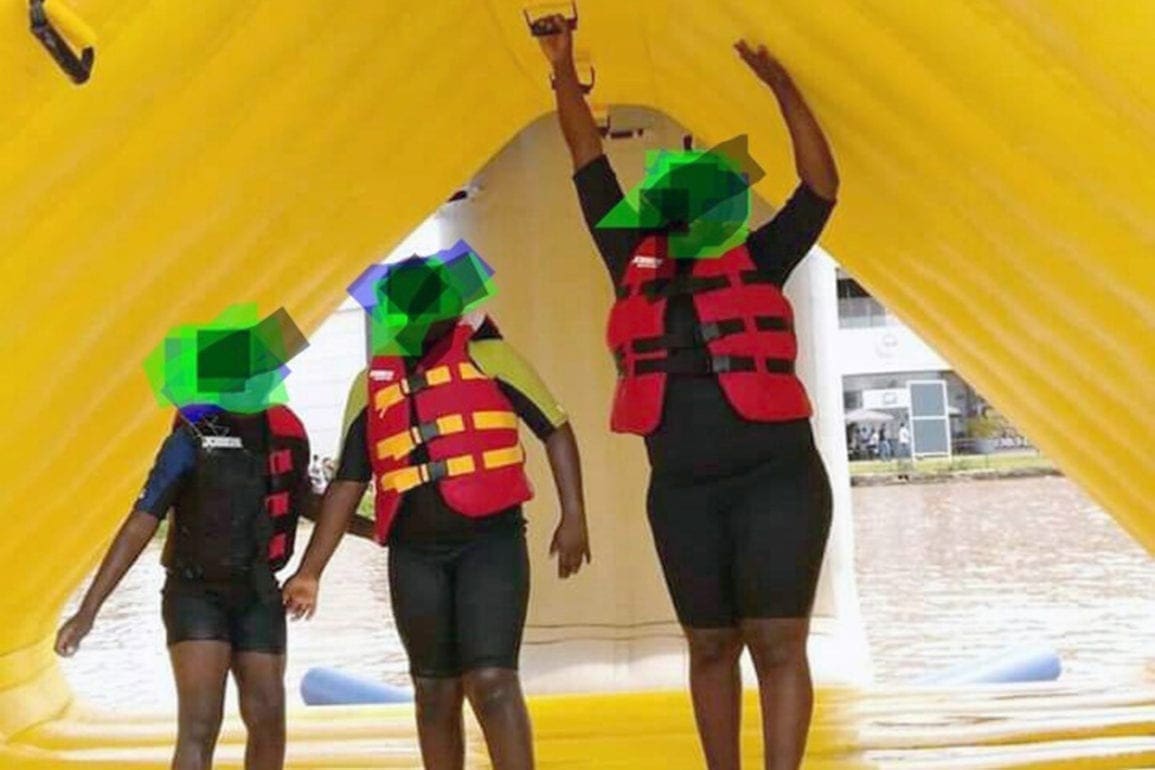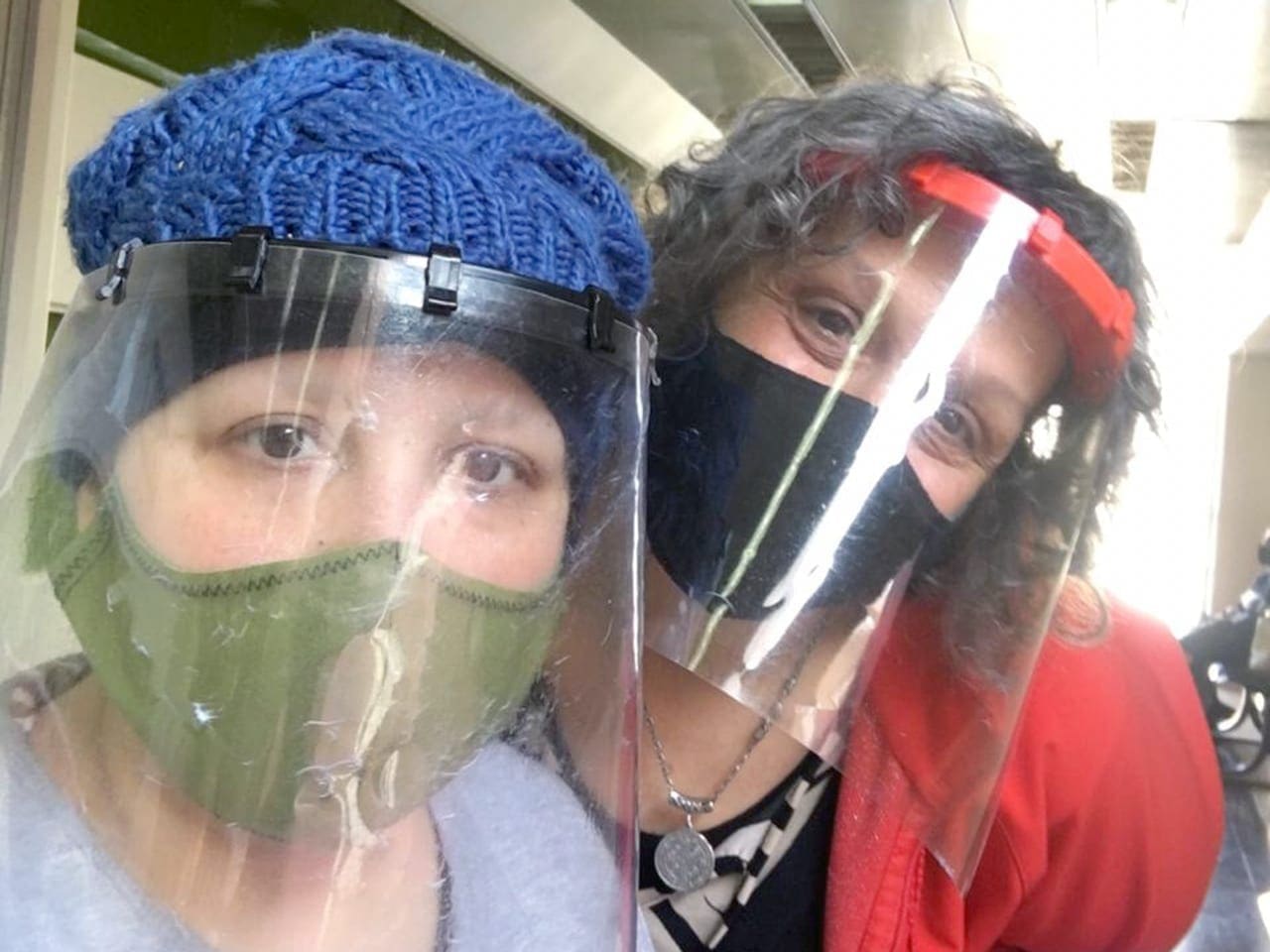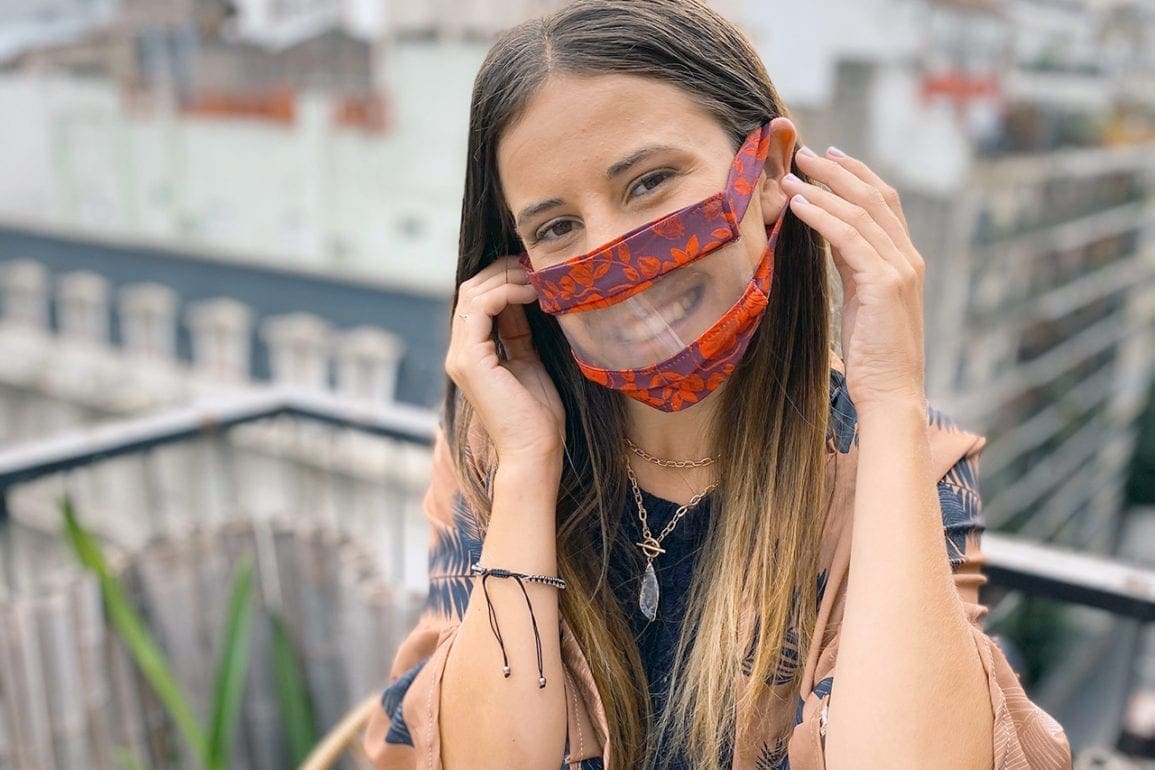Blind man identifies birds by sound memorizing 3,000 bird calls, named to 2024 Explorers Club 50
I combine my passion for nature and inclusion by using technology to enhance accessibility for the visually impaired. This effort led to the creation of Latin America’s first birdwatching route for visually impaired people in the San Antonio cloud forest, home to 300 bird species.
- 1 year ago
October 15, 2024
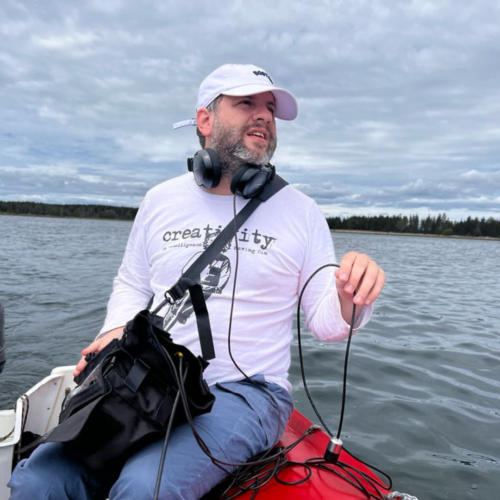
ANTIOQUIA, Colombia — As a blind person with only two percent vision, I experience only faint lights. It took years for me to truly understand I could not see. As a kid, I did everything other children did. I watched television, rode my bike, and climbed trees. My parents never held me back. They raised me not to see barriers, yet life does not always unfold in such a simple way. People constantly remind me what I supposedly cannot do because of my blindness.
Regardless of this, I embrace a passion that surprises many people. I enjoy birding: the hobby of observing and identifying birds in their natural environment. While most rely on sight, I identify birds by their songs. I trained my ears to recognize their melodies and made it my mission to capture bird sounds from around the world. So far, I have memorized over 3,000 bird calls and distinguished more than 720 species. Recently, I took my place in the renowned “Explorers Club 50” in 2024.
Read more science & technology stories at Orato World Media.
Memorizing shapes for colors: the moment I realized I was blind
I vividly recall the moment I realized I was blind. Growing up in the Prado neighborhood of Montevideo, Uruguay, I lived with my two brothers. At five or six years old, I navigated the world through my other senses. I memorized the colors of glasses in our house by their shape. Each size became associated with a specific color. I would say, “This is the yellow one,” not because I saw yellow, but because it had a double handle.
One day, my father brought home six identical glasses, all without handles. Suddenly, he asked, “Juan Pablo, give me the blue one and take the red one.” At that moment, I fully understood the reality of my blindness. Shortly after, when I started elementary school, my first-grade teacher sent me to another room with a different teacher, explaining she could not manage having a blind child in her class.
My parents sought solutions and consulted my mother’s former school, but they refused to accept me, claiming they lacked the resources to teach a child like me. Eventually, my parents found a school willing to take me, but I had to adapt to a system built for children without disabilities. My father stayed up late, translating my homework into Braille—one letter in Braille and one in ink, a process that took hours.
I made good friends at school and often joked with substitute teachers about my blindness. However, high school presented new challenges. I clearly remember a biology teacher remarking, “Oh, but Juan Pablo won’t be able to see under the microscope.” Of course, I could not, no matter how hard I tried.
Growing up visually impaired in Latin America
One time, a teacher failed to realize I was blind, even though I used a noisy Braille typewriter in class. She told my father she noticed an unusual noise but never paid attention to me. Another Spanish teacher suggested I attend a high school for the blind, even though no such school existed in Uruguay.
For most teachers, passing me was easier than learning how to teach me. As a teenager, life became more difficult, so I sought comfort in books, television programs, and the piano. I studied piano for eight years, receiving a strong musical foundation. It felt difficult. My parents had to persuade teachers to adapt their lessons for me.
Thankfully, we met Susi, who never worked with a blind student before but created a method just for me. She crafted staves and notes out of cardboard, allowing me to feel them, and I learned to play by ear and memory. One day, while walking with my father near the Arapey River, he threw stones into the water, and I said, “This stone is a C, that an F, this one is an E and this a D.” He immediately told my piano teacher what happened, and she said, “That is called absolute pitch.” Susi explained the rather rare condition, found in about one in 10,000 people.
My father felt overjoyed and gifted me an encyclopedia with recordings of hundreds of birds. He played the recordings, and I identified each bird using both my memory and absolute pitch. I could discern specific notes in each trill and treat them like parts of a musical composition. This skill allowed me to memorize how each species sings as if I recorded their melodies in my mind.
Turning nature’s sounds into a career
Years passed, and after finishing high school, I prepared for law school when something happened that changed my path forever. In 2003, my father began taking me into the countryside to identify birds. On one of those trips, I met Santiago Claramunt, a Ph.D. from the University of Louisiana. He handed me his recording equipment and asked me to capture sounds. When I recorded the call of Martín Pescador, something clicked.
The simple, magical sound blew my mind, and I instantly knew I wanted to do this for the rest of my life. What started as a hobby quickly became my passion for recording nature’s sounds. Yet, I struggled to find my path. When you step outside society’s expectations for someone with a disability, people often fail to understand or accept it.
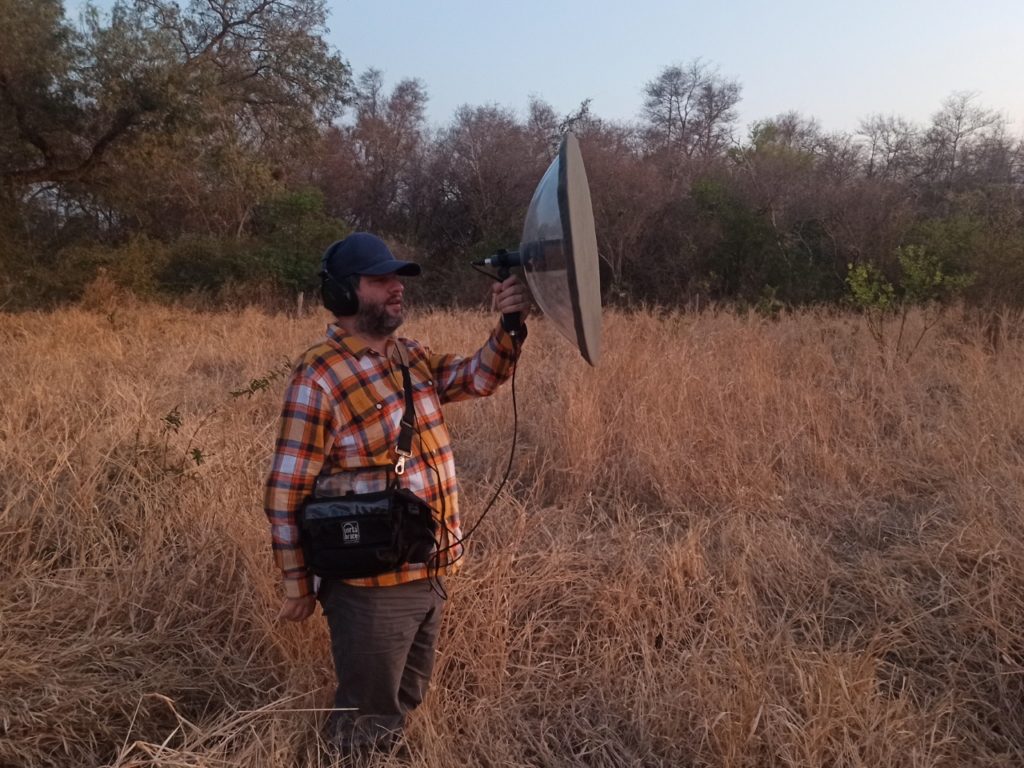
Later, when my father got a job in Brazil, I moved with him. There, I connected with Jacques Béliard, one of the most prestigious international sound engineers. He took me under his wing, teaching me how to use recorders and microphones, and how to edit and digitize sound. After two years of learning, I received my first recording equipment, and in 2010, I released my first CD, transforming my passion into my profession.
On June 5, 2013, I received an email from the National Geographic television show Super Cerebros, inviting me to participate. They selected me from over 300 candidates across Latin America for this competition, which sought to find the person with the most brilliant mind.
2013 milestone: winning the NatGeo SuperCerebros contest
As the show began, the audience applauded. With my guide dog by my side, I walked down the stairs and thought, “We are here. Like jumping off a diving board, there is no turning back.” On stage, I felt the spotlight hit my eyes, causing me to squint. The program had two stages. In the first stage, they divided 20 participants into five groups of four, with five semifinals leading to the final. I competed against Carmen from Colombia, Arturo from Peru, and Roberto from Mexico—each with extraordinary talents.
Carmen had binary memory, Arturo excelled at mathematical calculations, and Roberto had an incredible short-term memory. Then there was me, with my bird sounds. In my first test, the host said to me, “Juan Pablo, are you ready to test your auditory memory?” I replied, “More ready than ever.” I had to identify 10 bird songs from a pool of 240. Despite hesitating on one, I recalled it just in time and advanced to the next stage. Then, Roberto from Mexico made a mistake and got eliminated.
The audience voted between me, Arturo, and Carmen. Those seconds felt endless. I could barely feel the ground, and my heart raced. Finally, the host said, “The winner is…” After a dramatic pause, I heard, “Juan Pablo from Uruguay” I collapsed to the floor and hugged my dog.
For a while, I could barely speak. Immediately after, I called my father and told him what happened. He broke down on the phone. He always stood by me through thick and thin. I won the semifinal and $4,500, but I felt euphoric, not for the money, but because I worked for years without recognition. A few days later, I competed in the final and won the $45,000 prize.
I have memorized around 3,000 bird calls from 720 different species
With the prize money, I purchased top-quality equipment, and the prestige of the award opened the door to one of the most incredible experiences for any sound recordist: a two-month expedition to Antarctica. Recording at the Uruguayan station on King George Island, at the Artigas scientific base, felt truly magical. It became an unforgettable experience. Since then, I have dedicated myself to capturing high-definition sounds and songs of various species around the globe, often venturing to the most remote places.
I had one of my most unique experiences in a cave in Rio Claro, Antioquia, Colombia, where I captured the haunting calls of Guácharos, nocturnal birds whose cries evoke an ancient world, reminiscent of dinosaurs. I also love the cloud forests of the eastern Andes, where the crisp, clean bird songs, undisturbed by insect noise, create a stunning symphony of nature.
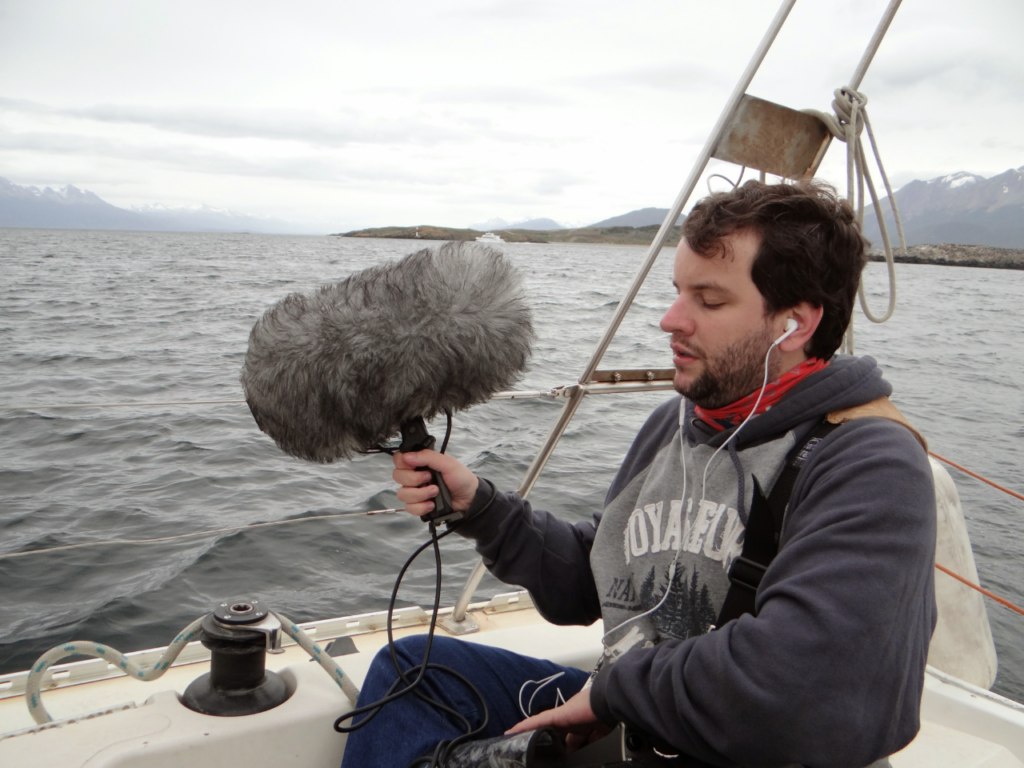
My experiences took me from recording the roaring of elephant seals after a five-hour snow hike to capturing the explosive sound of icebergs breaking off, echoing like an atomic blast. I also recorded humpback whale songs for the first time—a truly unforgettable experience. While walking alone in Iguazu Park, I captured the delicate sounds of swifts, set against the powerful backdrop of the waterfalls.
In Senegal, I recorded one of the most remarkable deltas, where the chorus of hundreds of thousands of birds created a sound unlike anything I ever heard. While it’s easy to identify a bird by its orange feathers or yellow quill, each bird has five or six distinct songs, sometimes even more. I memorized around 3,000 bird calls from 720 different species.
Enhancing accessibility for the visually impaired through technology and sound
Choosing a single standout song as my favorite is difficult, as each recording holds its significance depending on the location and conditions. For example, after five days of effort, I finally captured a few vocalizations of a rare owl species, making those moments particularly unforgettable. Recording is my passion, and I love sharing these sounds through videos, conferences, and discs, bringing nature to people in a fresh and immersive way.
Nowadays, I combine my passion for nature and inclusion by using technology to enhance accessibility for the visually impaired. This effort led to the creation of Latin America’s first birdwatching route for visually impaired people in the San Antonio cloud forest, home to 300 bird species. Many blind children leave the experience ecstatic—some even rolling in the grass for the first time, truly connecting with nature.
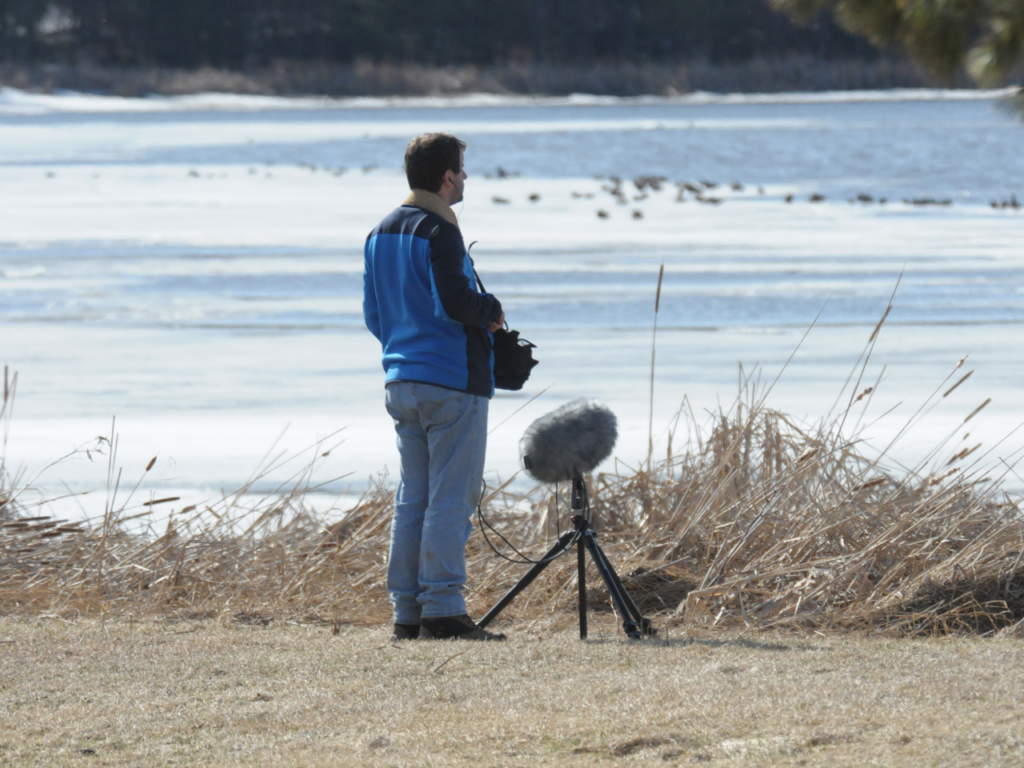
It feels incredibly gratifying. Recently, in Mexico, we organized activities for blind participants, filling a boat with more than 20 people. We took them out to listen to whales, and it was a thrilling experience for everyone. Many had never been on a boat before, let alone experienced the sounds of the sea. Recording natural soundscapes is a rare and challenging task, as much of this auditory heritage is disappearing.
Even in remote areas, human activity—whether from livestock, planes, or roads—often disrupts the sounds of nature. My mission is to seek out the most distant, pristine places to capture pure, undisturbed natural sounds. I often say that relying on sight is limiting. While sight gives a 70-degree view, I “see” the world in 360 degrees, receiving information from all directions. In a way, those who see may perceive less than we do.
Selected as one of the Explorers Club 50 for 2024
During a long trip, I received an email from The Explorers Club, inviting me to apply to be one of their 50 explorers of the year. At first, I had no idea what it was about. I even thought it might be a joke or spam. I was about to delete it, but curiosity got the better of me, so I decided to check it out. Soon, I realized it was something incredibly prestigious, but the deadline was in just two days. Almost immediately, I submitted my application, however, I had no hope.
The experience felt completely accidental. I had never been part of something like this before. I did not think much would come of it until, months later, I received incredible news. I had been nominated. I felt overjoyed and completely in awe. It went beyond anything I could have imagined and was incredibly inspiring.
Later on, they invited me to the Azores Islands to give a talk about my work at the Global Explorer Summit (GLEX). This presentation felt particularly challenging because, for the first time, I used visuals alongside my voice, creating a beautiful synchronization with help from my wife Sara. When I finished, I felt overwhelmed by the applause and cheers from the audience. The Explorers Club feels like a big family. In just a few weeks, I will be meeting with them again to continue our work together. Though the upcoming projects are still confidential, I can assure you they will be nothing short of extraordinary.

